HOSPITALITY EXPERIENCE & DESIGN
 RH GUESTHOUSE – NEW YORK • THE STANDARD – BANGKOK MAHANAKHON • THE JULIUS – PRAGUE
RH GUESTHOUSE – NEW YORK • THE STANDARD – BANGKOK MAHANAKHON • THE JULIUS – PRAGUE
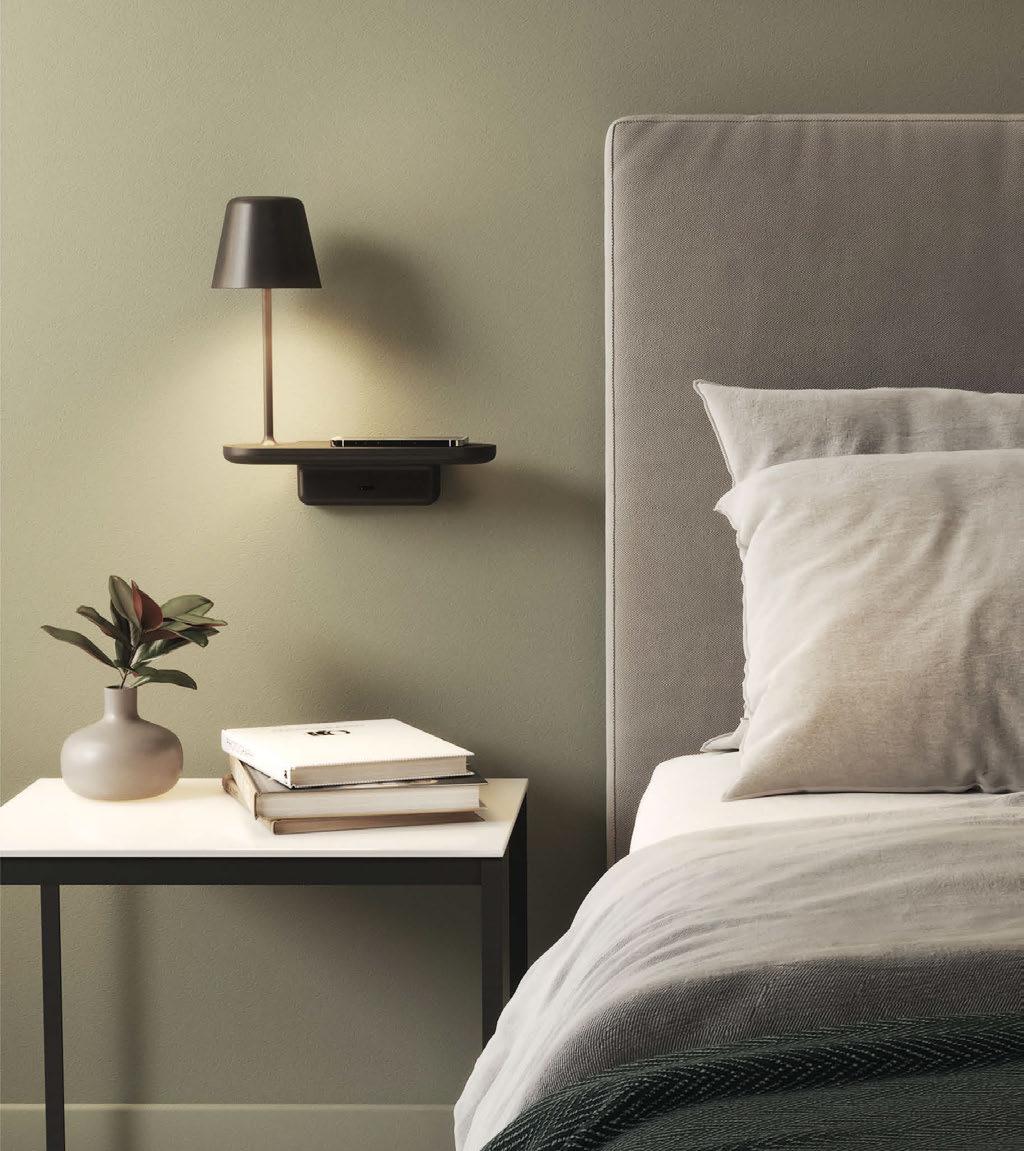
AUTUMN/WINTER COLLECTION astrolighting.com
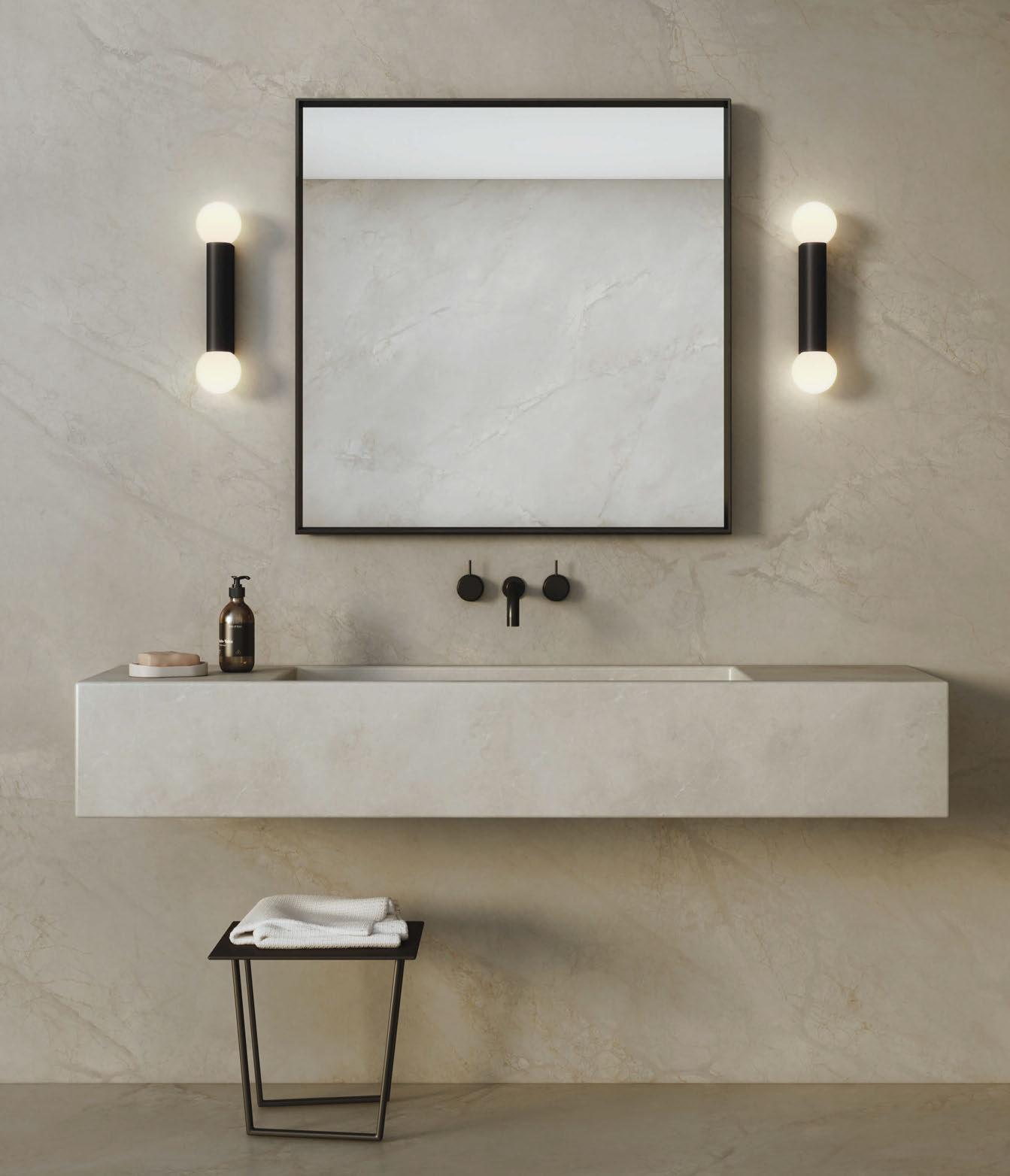

Centred around innovation, embracing where classic meets contemporary. Our latest lighting collection celebrates quality materials and aesthetics influenced by timeless architectural details.
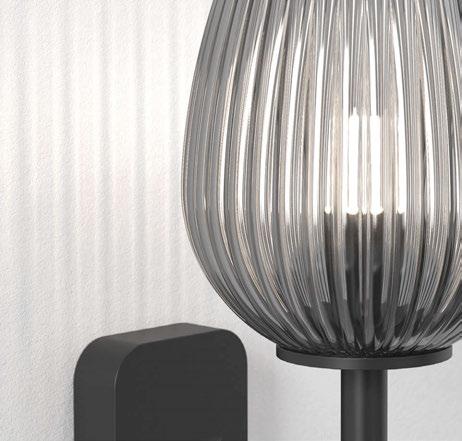

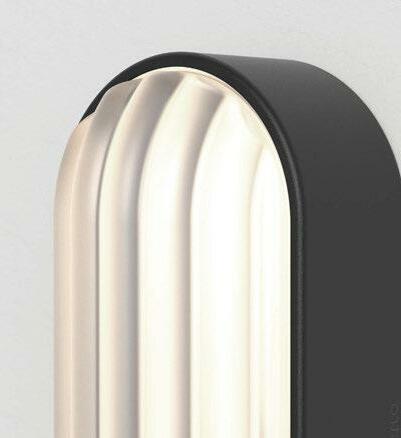
astrolighting.com

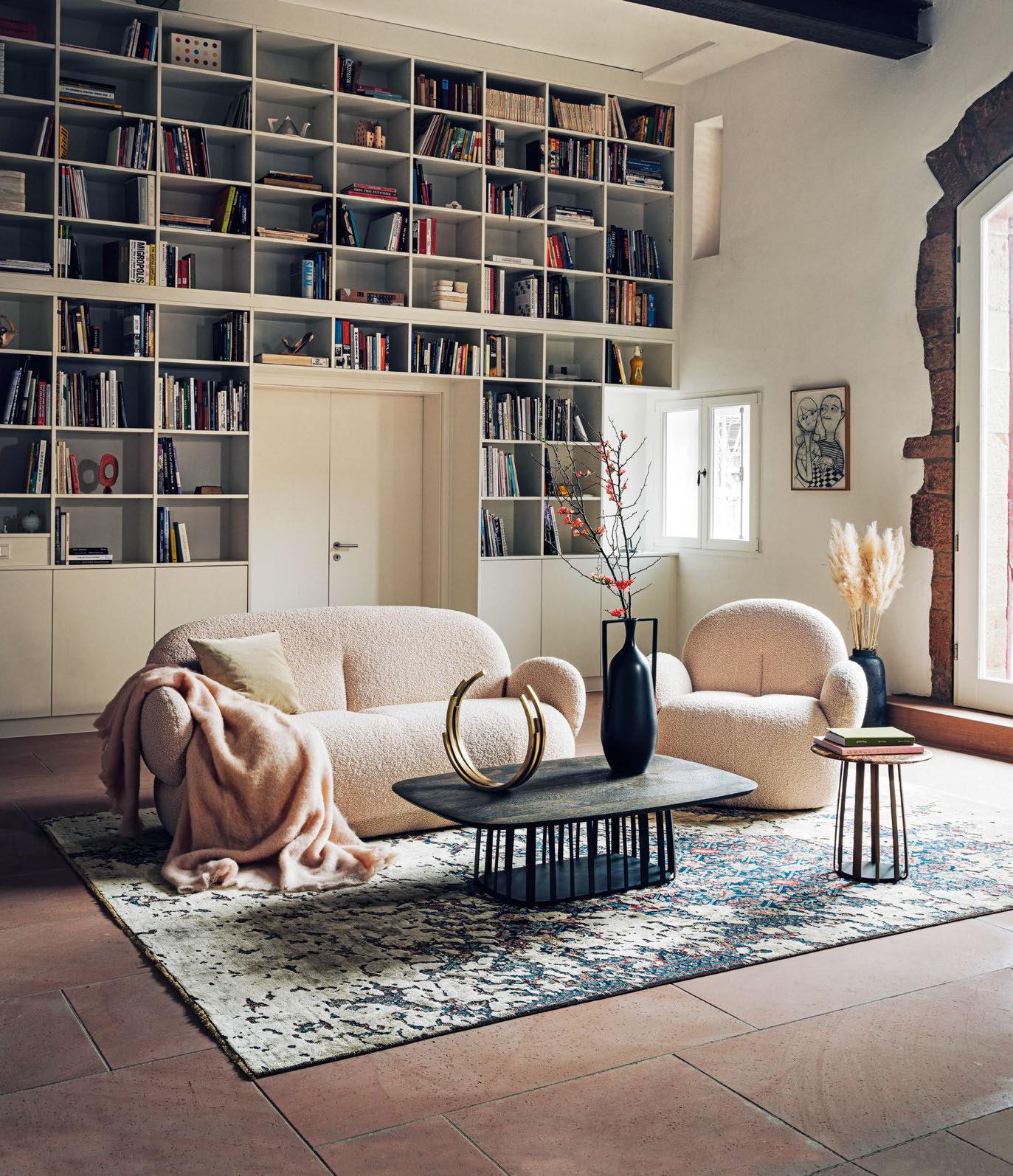







 designed by HANNE WILLMANN – Handmade in Germany by FREIFRAU MANUFAKTUR GmbH – www.freifrau.com
NANA
designed by HANNE WILLMANN – Handmade in Germany by FREIFRAU MANUFAKTUR GmbH – www.freifrau.com
NANA
FEATURES
Meeting... Gary Friedman
040 As RH opens the doors to its much anticipated Guesthouse, the furniture-maker’s Chairman and CEO tells of humble beginnings to scaling a global luxury brand.

Meeting... Teddy Mayer
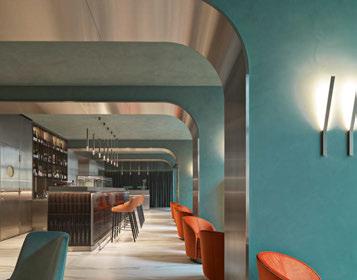
047 Following Virgin Hotels’ debut in the UK, Creative Director and Vice President of Design Teddy Mayer reveals how the brand is retaining a playful identity while tapping into the locale.

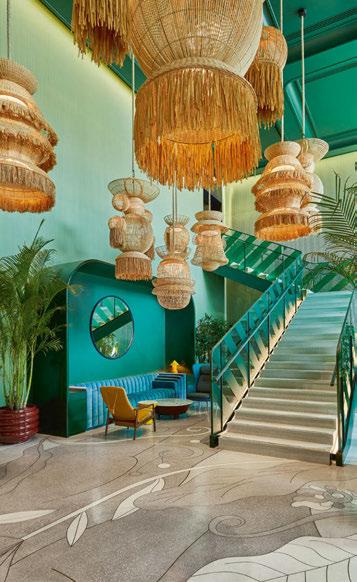
005 CONTENTS ISSUE 105
HOTEL REVIEWS Regent 060 Phu Quoc Adler Spa Resort 068 Sicily Parkroyal Collection Marina Bay 076 Singapore Immerso 083 Ericeira The Standard 086 Bangkok Mahanakhon The Julius 095 Prague 25hours Hotel Indre By 101 Copenhagen Bethlen Estates 106 Transylvania Lost Property 113 London
113 095 101 © Ica Studio © Gionata Xerra © Stephan Lemke 086
FEATURES
Design Details 118

From a timber-infused suite in London to a South Tyrol spa that appears to defy the laws of gravity, Design Details focuses on the specifics that contribute to the overall experience.


Challenging the Status Quo
123
Having disrupted the traditional hospitality model since its inception, Yotel hopes to shake up new markets during its next phase of growth.
Radical Innovation 146
The future-forward competition that challenges visionaries to pioneer innovation in travel and hospitality, names its winner.
AHEAD 135
Spanning the lengths and breadths of their regions, from the verdant uplands of Bali to the concrete jungle of New York City, the AHEAD Asia and Americas winners showcase the very best in hospitality experience and design.
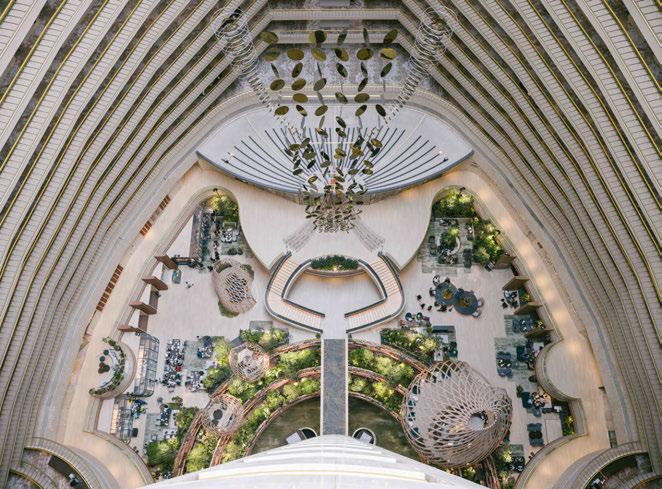

006 CONTENTS ISSUE 105
REGULARS Check-In 026 Drawing Board 028 The Lobby 053 Business Centre 152 Fabrics, Surfaces & Wallcoverings 165 Beds, Mattresses & Linens 177 Specifier 181 Check-Out 202 106 076 040 068 165 © Alex Filz © Philip Vile

SHADOW
EDITION 27 CHELSOM.CO.UK
by CHELSOM

RH.COM/CONTRACT
Six Senses Ibiza, Spain Winner of two AHEAD Europe Awards (2021)

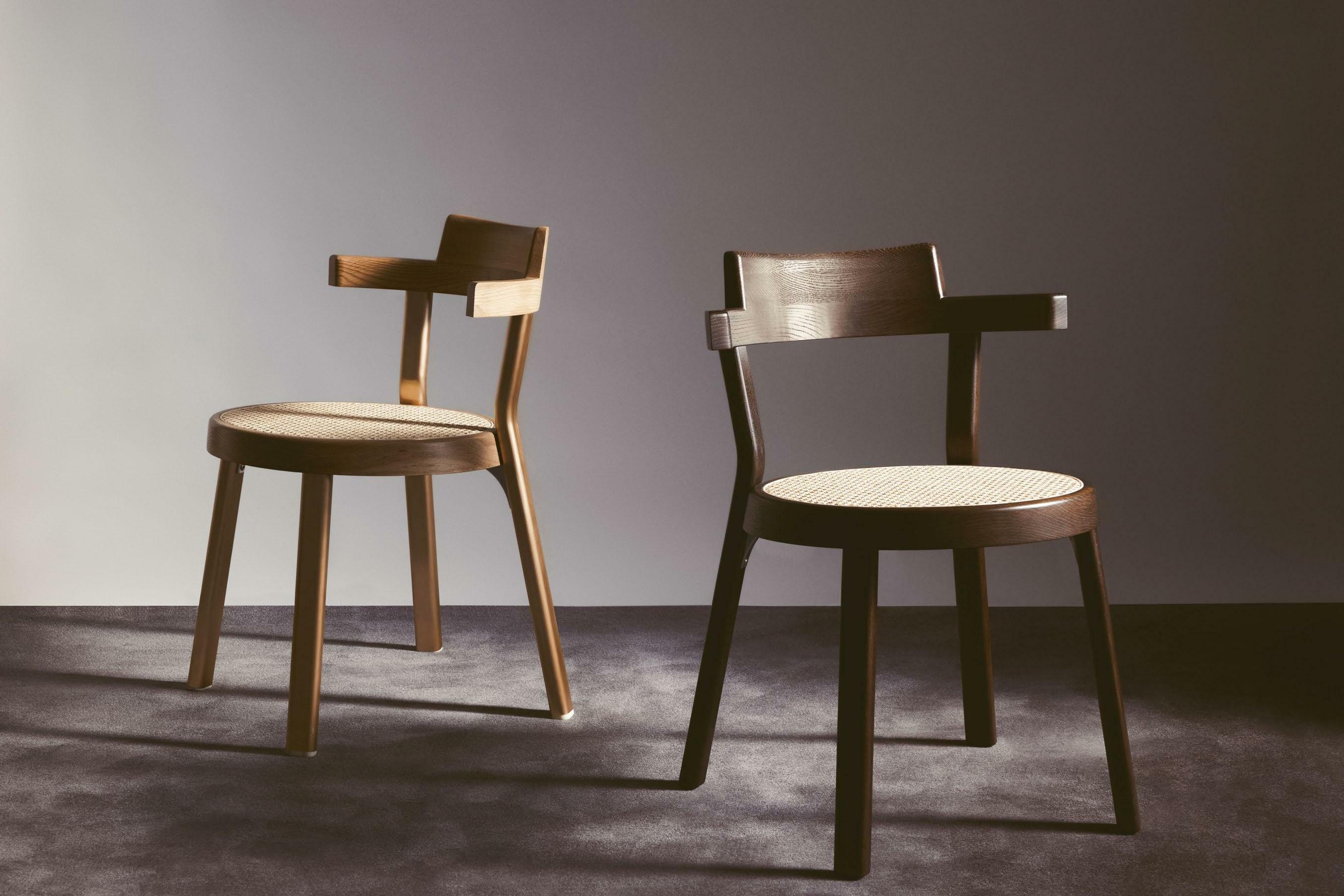


BY EDC 77 MARGARET STREET - LONDON W1W 8SY T. +44 020 73233233 - INFO@MINOTTI.CO.UK LONDON


HORIZONTE SEATING SYSTEM | MARCIO KOGAN / STUDIO MK27 DESIGN YOKO ARMCHAIRS | INODA+SVEJE DESIGN DISCOVER MORE AT MINOTTI.COM/HORIZONTE WATCH THE MINOTTI PAVILION FILM
Let’s weave a greener future
Carpets made with care for our planet and our future generations
At Ege Carpets, circularity is built into both our minds and our carpets. We’ve been working intensely with sustainability since 1996 and today we’re proud to have an EcoVadis platinum rating which is equal to a top 1% position among the 90,000 rated companies. On a product level, you get access to a 100% Cradle to Cradle Certified® assortment – whether you choose wall-to-wall carpets, rugs, carpet tiles or planks and whether you design for an office, hotel or cruise ship.
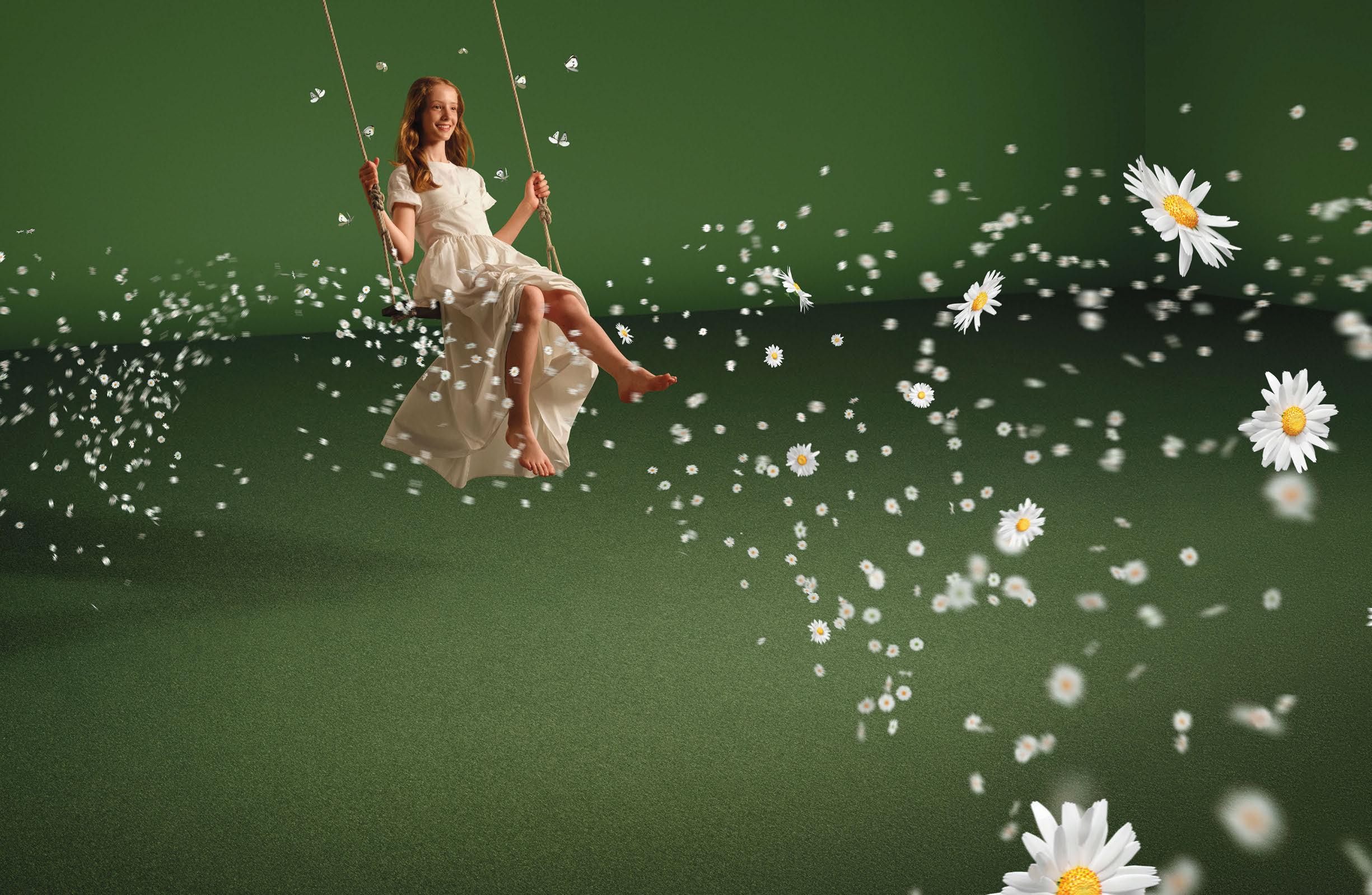
egecarpets.com

sustainable design at your feet
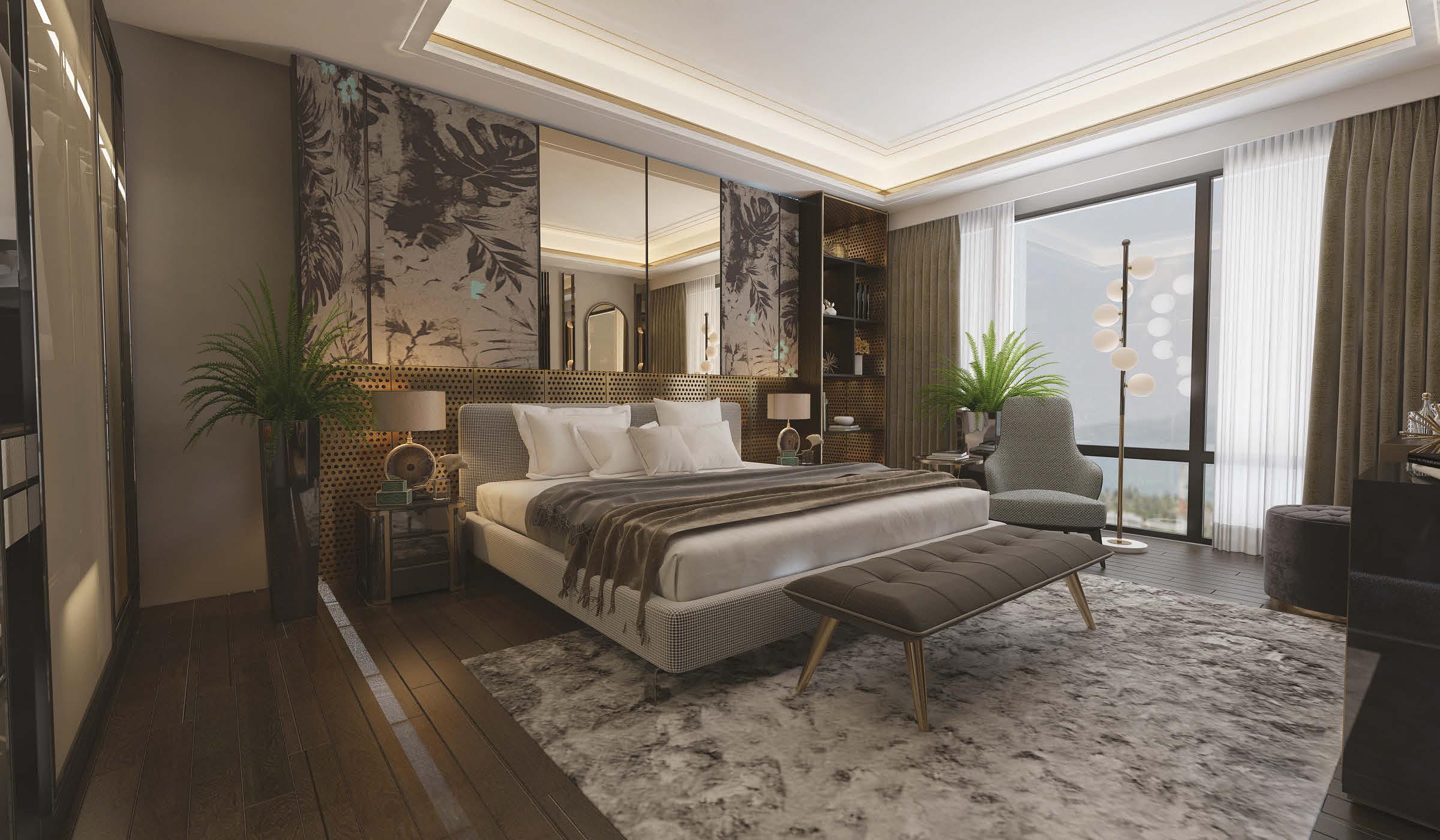



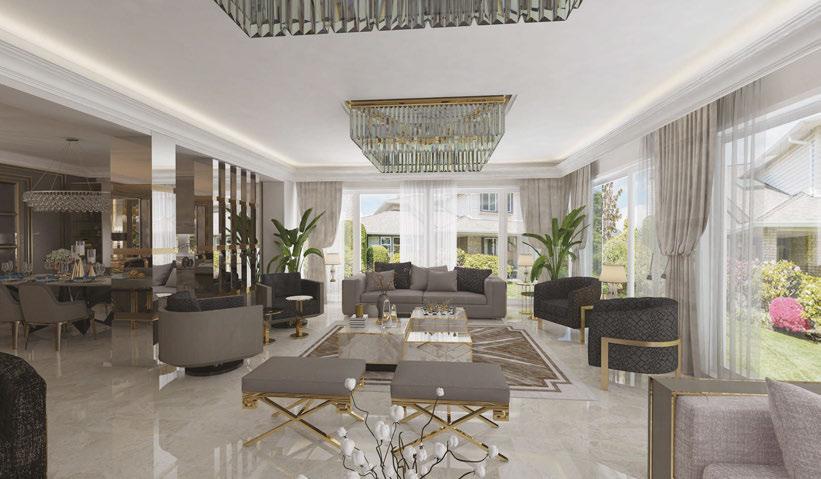
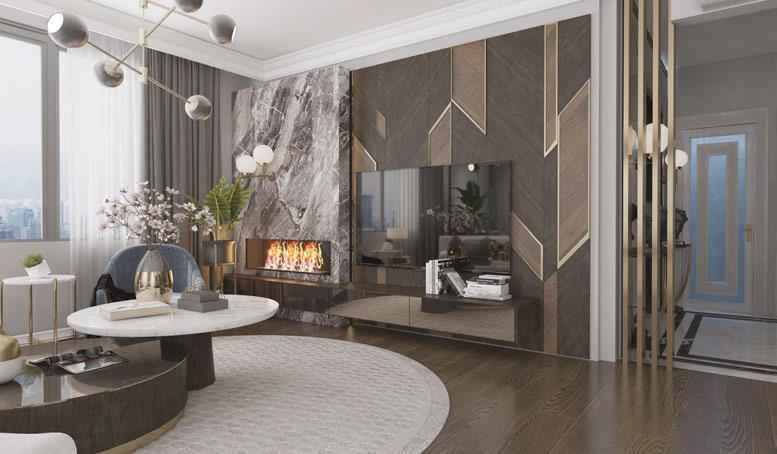

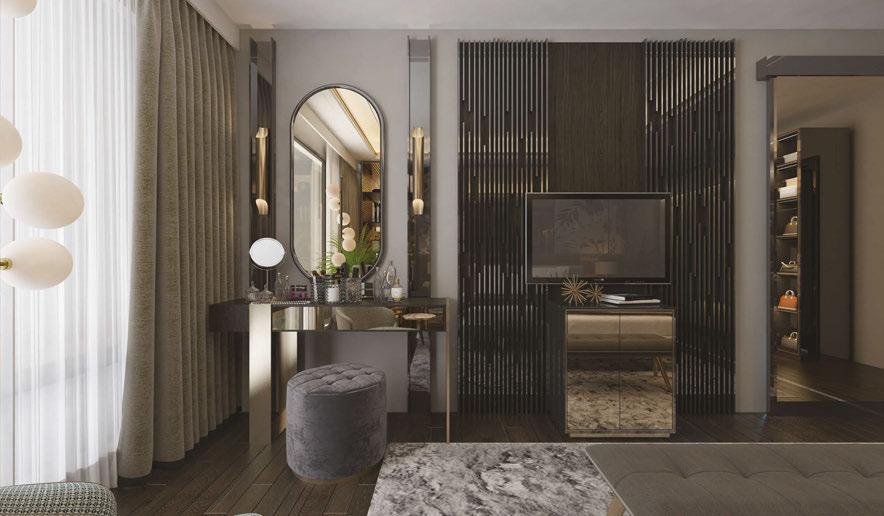
The Human Side of Guestroom Design
The guest room plays an essential role throughout a guest’s stay. It’s typically the first place they go upon arrival and the last place they’ll be prior to departure. In between, it serves as their home base: a sanctuary to which they can return for comfort, rest and relaxation. And, as such, it can also ‘make or break’ their stay and leave them with a lasting impression of the property.
That’s why hoteliers invest in making guest rooms both inviting and memorable using, for example, high-quality bedding, bathrooms with spa-like amenities, local artwork, turndown treats, and the latest digital technologies. With themed rooms – and some offering grand pianos, cocktail stations, arcade games, or even campsites for kids – nothing is off limits. However, the effect of these ‘extras’ is greatly reduced if the room doesn’t cater to its occupants’ basic needs.
In other words, while it’s important to create unique experiences that help guests break from the monotony of everyday life – and a property to stand out from the crowd – it’s equally important not to lose sight of the ‘human side’ of guestroom design. This necessity has been highlighted in recent years by initiatives such as StayWell™ by Delos, which call attention to the need for the built environment to support occupants’ physical and emotional well-being.
To make a space comfortable and responsive to guests’ needs, designers must draw on multiple resources, including psychology, sociology, anthropology – and an understanding of sensory perception. While hoteliers have often led the way when it comes to designs that appeal to more than just sight (e.g., introducing signature scents to trigger olfactory memory, adding textures to provide a more tactile experience), hearing is an often overlooked or misunderstood sense and, unfortunately, noise remains a top complaint across all property types.
Whether they intend to relax, work, receive an in-room spa treatment, or simply get a good night’s rest, guests need an acoustically comfortable room that supports their expectations for its use. Many are also paying greater attention to their personal health and are aware that the
negative impact of noise goes beyond irritation and sleep disruption; it has also been linked to variations in heart rate, blood pressure and metabolism – physiological effects that can result from volumes far lower than those associated with hearing damage.


Attempts to reduce noise itself (e.g., through quiet floors) have been largely unsuccessful given the variety of sources to which guests are exposed, including in-room equipment, occupants in neighboring rooms and corridors, bars, restaurants, and external traffic, to name but a few. To mitigate their impact, hoteliers must turn to acoustical design strategies. While many are aware of methods used to absorb and block noise, what often surprises those unfamiliar with the physics of acoustics is the need to provide cover, particularly in environments like guest rooms in which the background sound level is rarely more than 28 to 33 A-weighted decibels (dBA). In these ‘library-like’ environments, just about any noise seems loud and disruptive to guests.
For decades, sound masking systems have been used to address this issue within facilities such as offices, banks and hospitals. Using a sound often compared to softly blowing air, this technology provides a higher and more consistent background level, covering up many noises, while reducing the disruptive impact of others. Overall, masking creates a less variable – and, therefore, more acoustically comfortable – environment in which occupants can enjoy improved noise control, speech privacy and acoustical comfort.
MODIO® Guestroom Acoustic Control brings this commercialgrade technology to hotels.
Unlike ventilation or ‘white noise’ apps, its masking sound follows a spectrum specifically developed by the National Research Council (NRC) to balance the need for acoustical control with that of occupant comfort. Data collected from a wide variety of properties shows MODIO can reduce noise complaints by up to 85% and dramatically improve guest scores for comfort and quality of sleep. This solution is also quick to install, meaning no lost room nights.
While the ‘human side’ of guestroom design can easily be forgotten, it can just as easily be successfully addressed. A high-quality acoustical environment is calming, physically and psychologically restorative, and paves the way to better sleep—benefits that improve guest experience and, ultimately, lie at the very heart of hospitality.
THE LAST THING THIS GUEST NEEDED WAS A WAKEUP CALL
Make sure your guests wake refreshed and ready to face the day – with MODIO, the only sound masking device specifically designed to let them control their room’s acoustics, just as they do temperature and lighting. The result? Fewer sleepless nights for them. Fewer noise complaints for your hotel. And a lot of praise for MODIO. It’s a win-win-win situation.


CONTACT US FOR A DEMO | WWW.MODIO.AUDIO

© 2022 K.R. MOELLER ASSOCIATES LTD. PATENT INFORMATION AT MODIO.AUDIO/PATENTS. MODIO AND LOGISON ARE TRADEMARKS OF 777388 ONTARIO LIMITED
INTERCONTINENTAL LYON – HOTEL DIEU. FRANCE
 Studio Jean Philippe Nuel.
Studio Jean Philippe Nuel.
Shop ‘Til You Drop
Along with hospitality, retail is one of the sectors that has suffered most through the pandemic, with shuttered shops and deserted high streets taking their toll, further accelerating a move towards e-commerce. But with excessive use of devices comes digital fatigue, and many consumers are once again craving real life shopping experiences, having missed the delight in happening upon the perfect gift while browsing.
New developments meanwhile are increasingly mixed-use, blurring the lines between retail, residential, workspace and hospitality – each component supporting another in attracting footfall, keeping visitors on site for longer and encouraging spend. This convergence has led brands to venture into new markets; notably, fashion and luxury goods companies including Bulgari, Armani and Baccarat, as well as automobile manufacturers such as Aston Martin, Porsche and Bentley have all added hotels or private residences to their portfolio of stores and showrooms, cementing their bid to evolve into a comprehensive lifestyle offers.
The same is happening amongst furniture manufacturers too. Bedmaker Dux has its own hotel close to its factory in Malmö, ideal for clients wanting to test mattress comfort before specifying in their projects, and now RH has entered the realm, complementing its collection of galleries, restaurants, private jets and yachts with a guesthouse in New York City – the idea being that they’re not only selling a product, but an experience. Guests who stay at these types of hotels could well become so enamoured by a particular chaise longue or cabinet, that they find themselves hotfooting it to the nearest store to purchase their own.
Some have taken the approach a step further; The Audo in Copenhagen for example is a hybrid hotel and concept store, where guests can stay overnight then buy any of the
items that furnish the rooms, from furniture to artwork to accessories. A new venture called LiBi also offers a similar service, making a hotel shoppable through the use of QR codes. It’s an interesting idea, particularly when you consider the desire for brands to cultivate a lasting connection with guests.
But what of the hotels seeking to offer a more traditional shopping experience? In this issue of Sleeper alone, a number of the properties featured incorporate retail into their public spaces. At 25hours Hotel Indre By in Copenhagen, a lobby store selling souvenirs encourages guests to bypass the mass-produced knick-knacks in favour of a locally-made memento, while The Julius in Prague will soon cater to the local community through an outlet stocked with gourmet food products from House of Julius Meinl partners. And at The Standard Bangkok Mahanakhon, a curated collection of Thai design pieces are on sale in the boutique, where the vibrant interiors are reason enough to stop by.

Such concepts have benefits for all. Partnerships with local businesses support the community and offer a platform for artisans to showcase their crafts. For the operator, it’s an opportunity to monetise an underutilised space, not to mention the positive impact on brand awareness as the guest recalls the hotel experience every time they see or use their purchase back home. And for the guest, it harks back to the all-important desire for an authentic experience. Plus, with a comfy bed waiting just a few steps away, they can quite literally shop ‘til they drop.
Catherine Martin • Managing Editor
021
WELCOME
ON THE COVER RH Guesthouse, New York
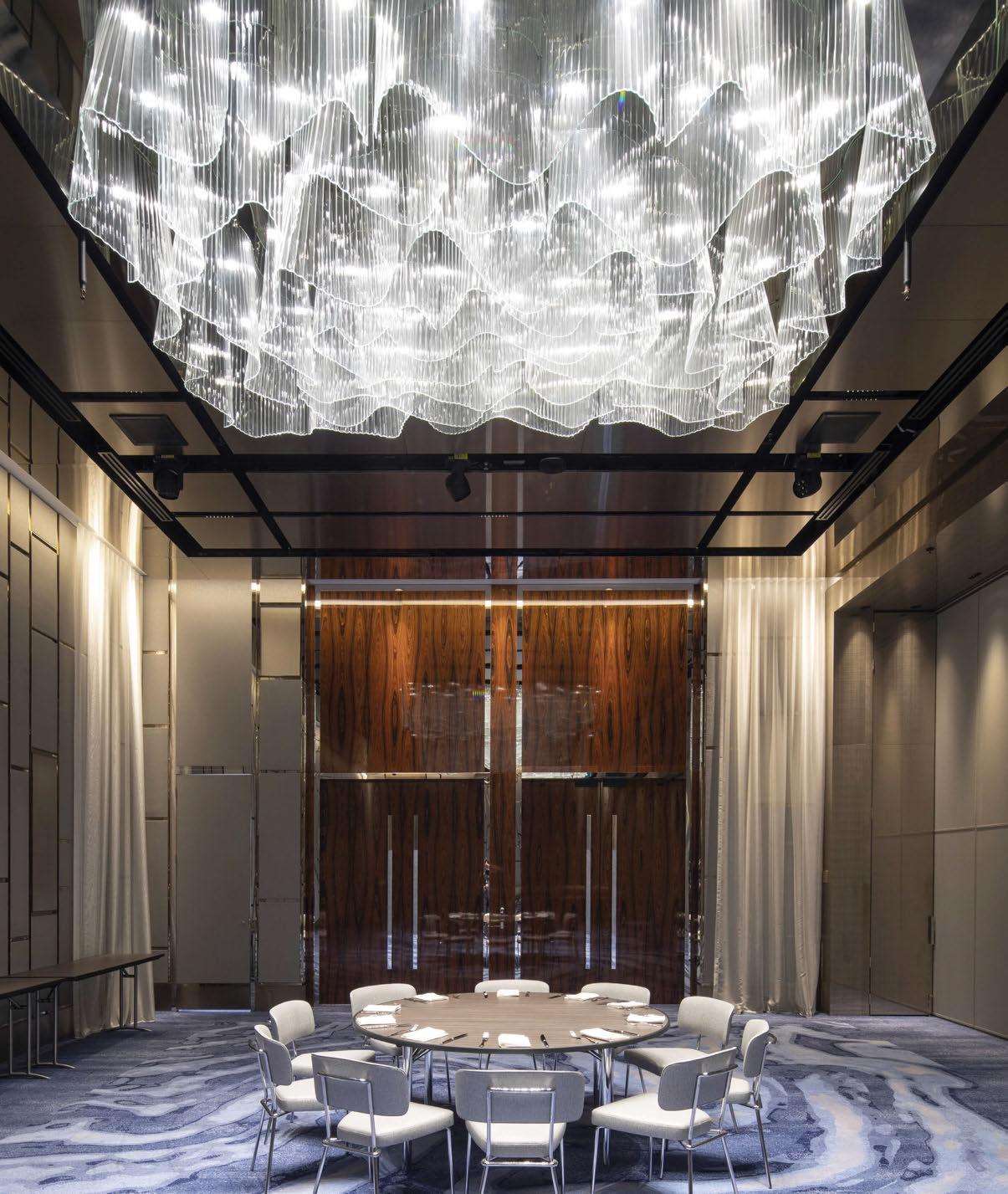
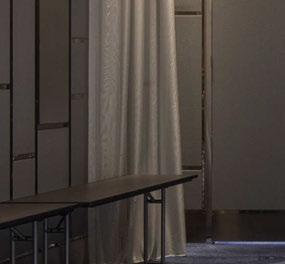
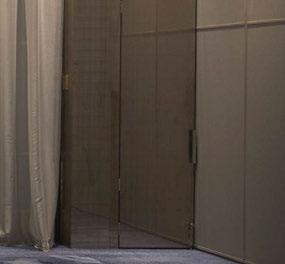
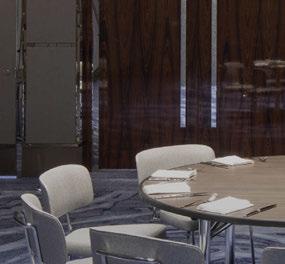
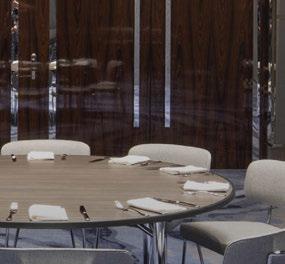


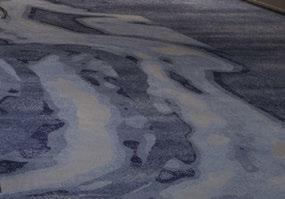


120 Jan Hendzel
A furniture-maker by trade, Jan Hendzel uses both traditional and digital techniques to craft oneoff pieces from his workshop in London. Expanding his repertoire, he has recently completed the design of two suites at Town Hall Hotel in Bethnal Green. “With this project, we were able to consider how guests experience the furniture as well as how they experience the space,” Hendzel explains, adding that his concept is a feast for all the senses. “It’s visual, but there’s as much for the hands as for the eyes.”

086 Verena Haller

“Our brand is in a constant state of evolution,” says Verena Haller, Chief Design Officer of The Standard. “We strive to create places that are at home in their surroundings while also being distinctive and unique.” Distinctive and unique can certainly be used to describe the group’s new opening at Bangkok Mahanakhon, where interiors by Hayon Studio, Ou Baholyodhin and CAP Atelier combine tongue-in-cheek exuberance, vintage styling and organic forms to create a variety of energetic and eclectic spaces.
095 Julius Meinl VI
“My family originates from the Czech Republic, so it was a natural choice for our first venture into hospitality,” says Julius Meinl VI, sixth generation member of House of Julius Meinl, on the group’s new serviced residences in Prague. As the driving force behind the Julius Meinl Living brand, which is now expanding across Central Europe, the entrepreneur enlisted Matteo Thun to execute his vision of bringing “accessible luxury to an underserved market”, all the while ensuring the property contributes to the surrounding neighbourhood.

140 Adam D. Tihany
Widely regarded as the founding father of restaurant design, Adam D. Tihany has built a successful career in hospitality, creating interiors for dining spaces before taking on full hotel projects, cruise ships and product design. Career highlights include Four Seasons Hotel at Dubai International Convention Centre, The Breakers Palm Beach in Florida, and a role as Creative Director for Costa Cruises. Tihany was recently honoured at AHEAD Americas in New York, picking up the coveted Outstanding Contribution Award.
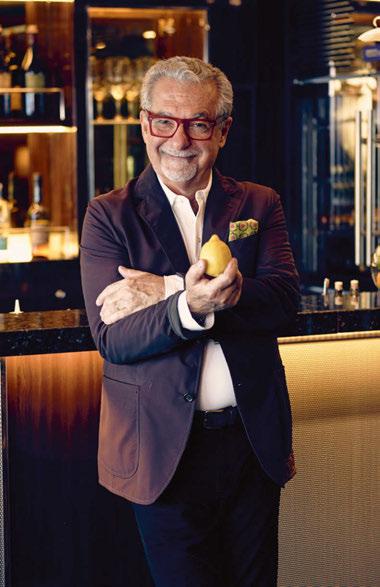
023
GUEST BOOK
086 095 120 140
© Thom Atkinson
© William Hereford
FRONT DESK
EDITORIAL
DESIGN
FINANCE
Editor-in-Chief
Matt Turner m.turner@mondiale.co.uk
Managing Editor
Catherine Martin c.martin@mondiale.co.uk
Assistant Editor
Ben Thomas b.thomas@mondiale.co.uk
Editorial Assistant Eleanor Howard e.howard@mondiale.co.uk
Editor-at-Large Guy Dittrich
Design Manager
David Bell d.bell@mondiale.co.uk
Production
Dan Seaton d.seaton@mondiale.co.uk
EVENTS & MARKETING
Commercial Lead
Kirsty Studholme k.studholme@mondiale.co.uk
Event Manager
Vicky Cruse v.cruse@mondiale.co.uk
Finance Director
Amanda Giles a.giles@mondiale.co.uk
Group Financial Controller

Sarah Healey s.healey@mondiale.co.uk
Group Credit Controller
Lynette Levi l.levi@mondiale.co.uk
Accounts Assistant Kerry Mountney k.mountney@mondiale.co.uk
@SleeperMagazine
PORTFOLIO
ADVERTISING
Business Development
Rob Hart r.hart@mondiale.co.uk
Business Development
Charlotte Gowing c.gowing@mondiale.co.uk
Content & Research
Olivia Mavers o.mavers@mondiale.co.uk
Data & Marketing
Lauren Blain l.blain@mondiale.co.uk
Subscriptions enquiry@sleeper.media
CORPORATE
Chairman Damian Walsh
POWERED BY
Annual subscription (6 issues): £120.00. Subscription records maintained at Sleeper Media. Sleeper (ISSN: 1476-4075 / USPS: 21550) is published bi-monthly by Mondiale Media Ltd and is distributed in the USA by RRD/Spatial. Pending periodicals postage paid at South Hackensack, NJ. Send USA address changes to Sleeper, c/o RRD, 1250 Valley Brook Avenue, Lyndhurst, NJ 07071, USA. Mailed by Spatial Global • Printed by Buxton Press
Strawberry Studios Stockport, SK1 3AZ, UK Tel: +44 (0)161 476 8390 www.sleepermagazine.com
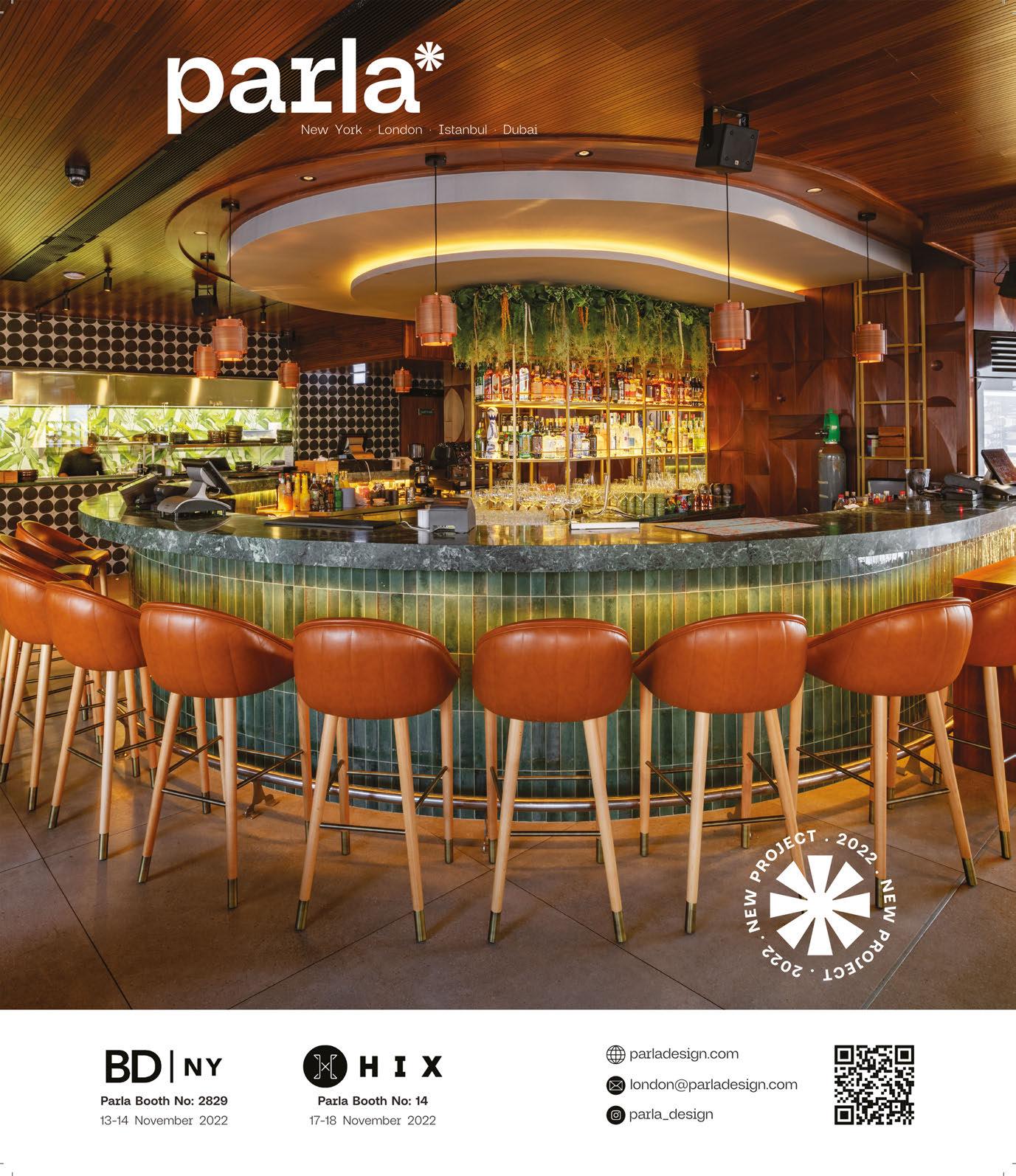
 © Ki Price, Emulsion London
© Ki Price, Emulsion London
CHECK-IN
Rami Fustok
Having made his mark on London with an eclectic hotel in Fitzrovia, the owner of The Mandrake escapes to Thailand for a seductive fantasy break.
Where are you?
On a remote Thai island.
How did you get there?
We flew in by private jet and upon landing were picked up by a black Land Rover SUV.
Who is there to greet you on arrival?
Ian Schrager, together with my personal wellness healer for the duration of the stay.
And who’s at the concierge desk?
The VIP concierge from Wynn Las Vegas.
Who are you sharing your room with?
My partner Silje Vallevik. And if she’s not available, then Barbarella.
Is there anything you would like waiting for you in your room?
Fresh mixed juices and herbal teas, as well as beautifully smelling candles and flowers.
Describe the hotel, your room and the view... We’re staying in a bungalow with an exclusive pool and private beach. The design exudes a Bohemian feel with natural materials and atmospheric mood lighting.
Who designed it?
Someone with a strong design aesthetic... like Frida Kahlo or Alexander McQueen.
What’s the restaurant and bar like?
The restaurant is rustic and warm, serving French and Thai dishes by candlelight. Adding to the ambiance is the enchanting sounds of a singer and pianist. The relaxing bar opposite features comfy sofas and plants scattered around original sculptures.
Who are you dining with this evening?
Our guests include Jesus, Leonardo de Vinci, Cleopatra, Caligula and Bruce Lee. Also on our table are Raquel Welch, Freddie Mercury, Gautama Buddha and Mohammed Ali.
Who’s manning the stoves?
Joël Robuchon and Thomas Keller.
And what’s on the menu?
Fried langoustines and foie gras pâté to start, followed by a fresh goat cheese and pear salad, scallops and a chocolate dessert to finish.
Montrachet to go with our first two courses, and a glass of Château Margaux red wine to accompany dessert.
What’s in the mini-bar for a night cap? Aphrodisiac drinks.
What’s on your nightstand at bedtime? Anything by Brazilian novelist Paula Coelho.
What’s your essential travel companion? Music and crosswords.
Would you like a newspaper or magazine in the morning?
A trashy Hollywood gossip paper please.
What toiletries would you like to freshen-up? Aromatherapy Associates.
Early morning alarm call or late check-out? Late check-out.
Bath or power shower? Both.
Full English, continental breakfast or something different?
Croque Madame followed by Middle Eastern dishes like manakeesh za’atar and labneh. To finish, a mix of avocado and tropical fruits.
NOTABLE HOTEL PROJECTS
The Mandrake, London www.themandrake.com
Would you like something to drink with that?
A buttery, Burgundy white like Puligny-
Swimming pool, spa or gym?
Spa, as we already have a pool in our room.
027
DRAWING BOARD
Life Tree
DNA Barcelona has unveiled Life Tree Tulum, a bird’s nest-inspired development in Mexico’s Yucatan region. Slated for completion in 2024, the project comprises 20 hotel suites and 10 villas surrounded by vegetation.
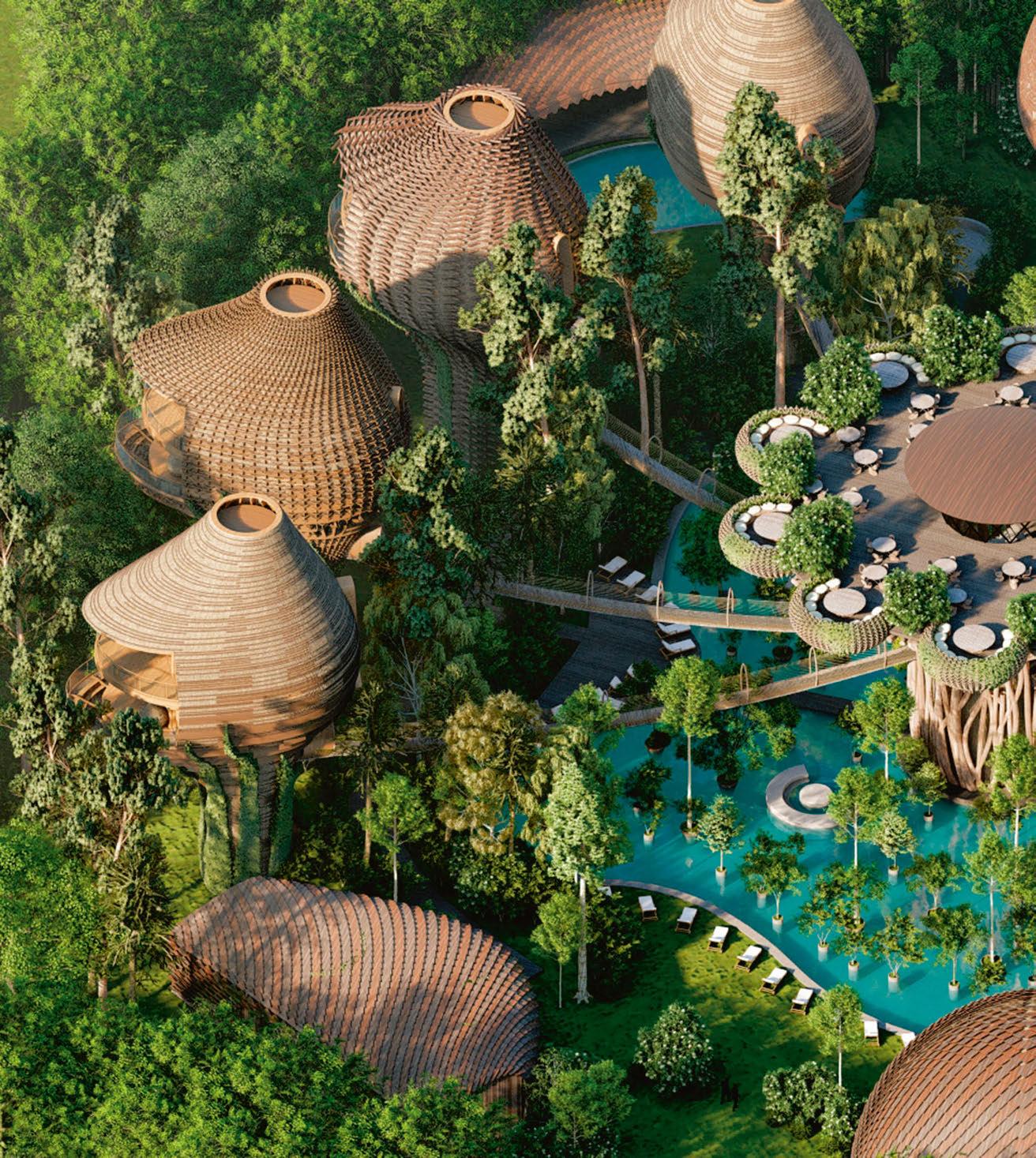
The communal areas, including natural pools, a gym, spa, restaurant and lounge bar, have been designed with the surroundings in mind, while the arrangement of the cocoonlike accommodations above offer privacy and maximum visibility of the landscape.
“Life Tree bases its design on the communion between the natural environment and naturally inspired geometry,” says the studio. “The set of volumes are therefore arranged in a way that promotes the inclusion of green space, allowing the architecture to coexist with Mother Nature.”
In its approach, DNA also looked to mimic organic forms and materials, embracing the setting and conceiving a tree of life that sits at the heart of the resort; guests can wander across elevated walkways to central shared spaces before reaching the privacy of their own nest.
“From a conceptual point of view, we always aim for a fusion between art and technology and in this case, we sought the fusion between nature and architecture, which generates the word ‘Archi-Nature’ as we call it at DNA,” the studio explains. “The project was born from the client’s desire to generate a unique hospitality offering, because today’s traveller wants to return home feeling nourished by a unique experience that is aligned with nature.”
TULUM

The West MINNEAPOLIS
EXPRESS CHECK-OUT
Developer: Commutator
Operator: Salt Hotels
Architecture: Snow Kreilich Architects
Interior Design: Neri & Hu
Main Contractor: Greiner Construction www.salthotels.com
Salt Hotels has revealed it will open a new hotel, The West in Minneapolis, in late 2023. A collaboration between local developer Commutator, Snow Kreilich Architects and Shanghai-based design studio Neri & Hu, the 123-key property occupies four historic buildings in the city’s North Loop.
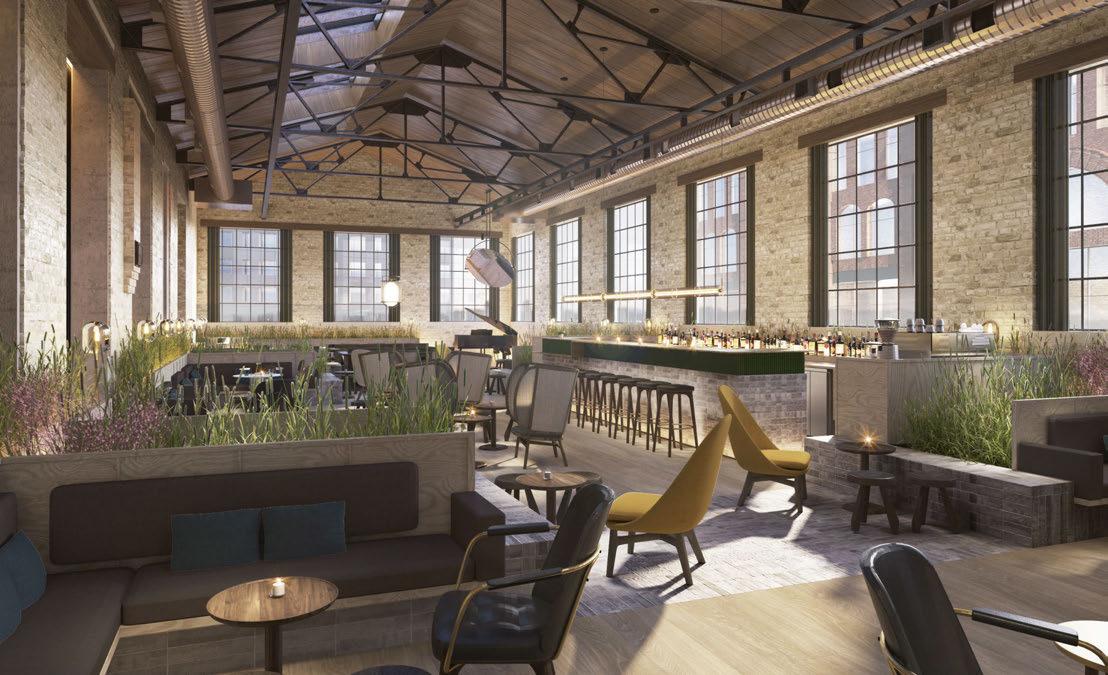
Inside, Neri & Hu’s scheme – marking one of their first hotel projects in North America –combines bespoke furniture, sumptuous fabrics and specially commissioned artwork with an industrial-style backdrop of exposed brick and metal trusses.
The hotel’s lobby meanwhile is housed in a former brass foundry and comprises communal workspaces, a fireside lounge, library and bar. There will also be a stone cellar cocktail bar, a rooftop bar with terrace offering sweeping views of the city, an outdoor dining patio and six flexible events spaces.
Spearheading the F&B programme is James
Beard award-winning chef Tim McKee, whose restaurant will offer Basque-inspired food drawing from the cuisines of northern Spain, with a particular focus on regions like San Sebastián, Bilbao and Pamplona. McKee will also be launching an Eastern Mediterranean bakery as well as taking charge of events catering and the in-room dining programme.
“I fell in love with Minneapolis the first time I visited,” explains David Bowd, CEO of Salt Hotels. “The people are incredible, and the beautiful architecture, along with its strong creative culture and appreciation for service and design – both cornerstones of Salt Hotels – solidified the city as the destination for our latest venture. We’re excited to be expanding here during a time when so many transformational developments are opening.”
The West adds to a strong pipeline of openings for Salt Hotels, which includes developments in Nantucket, Newport, Litchfield and Mexico.
DRAWING BOARD 030

Discover more at tribu.com
Four Seasons, Megève - Mood lounge chair by Studio Segers
Luxnam*
EXPRESS CHECK-OUT
Owner: P Q Hai Quoc Joint Stock Company
Operator: The Lux Collective www.theluxcollective.com
The Lux Collective and P Q Hai Quoc Joint Stock Company have signed a management agreement for a luxury overwater resort in Phu Quoc, Vietnam. Operating under the Lux* brand, the 126-villa Luxnam* Phu Quoc is expected to open in late 2024.
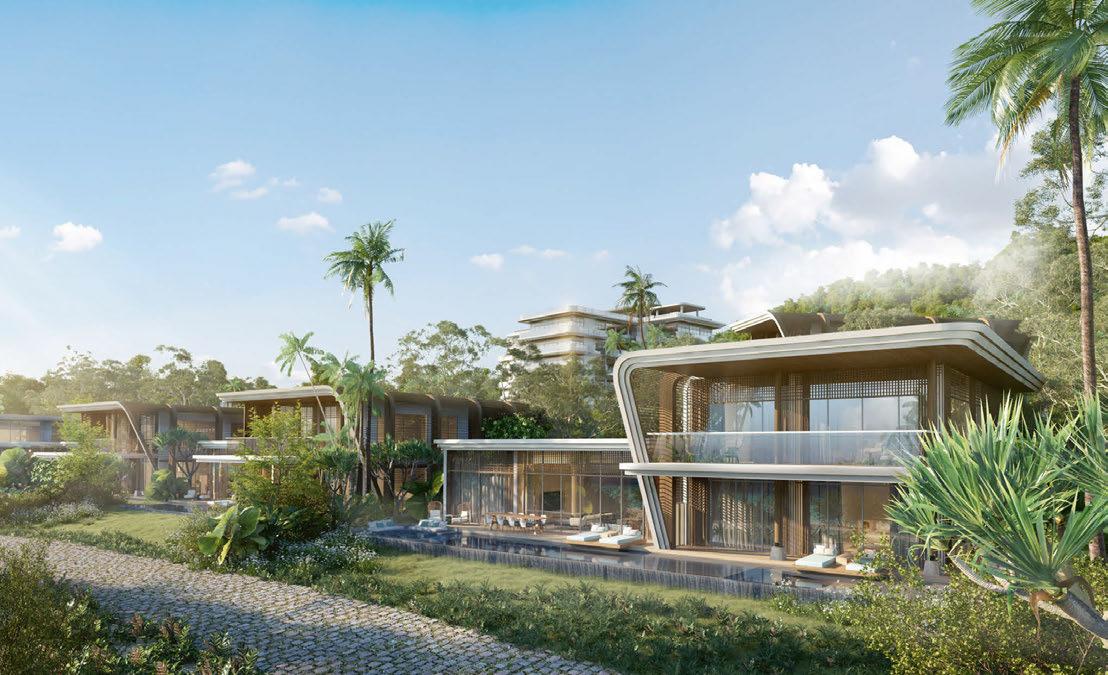
Nestled between beach and jungle alongside the coral reefs of the UNESCO-listed Kien Giang Biosphere Reserve, the resort comprises on-land and overwater wings connected by a 4km jetty extending over the lagoon. Though Maldivian in concept, the resort is designed with elements of Tropical Modernism, and draws inspiration from Vietnamese traditions reimagined with a Minimalist twist. The group’s commitment to sustainability will also be incorporated throughout, building harmony with the surrounding nature and biodiversity.
“Collaborating on the Lux* flagship brand, we envision Luxnam* Phu Quoc to become one of Southeast Asia’s top luxury resort
destinations with its unique overwater design and extraordinary experiences,” explains Duy Tran, CEO of P Q Hai Quoc Joint Stock Company.
“The Tropical Modernist resort, designed around sustainability, will showcase natural beauty from every room to inspire the most discerning traveller looking for a natural escape, exquisite design and conscious travel.”
Thought to be a first for Vietnam, the resort’s accommodation offering will include 109 overwater villas – the majority of which feature a private pool – as well as 13 beach pool villas, two penthouses and two beachfront mansions. Communal facilities will include several bars and restaurants – one with individual dining pods perched above the waves – a spa, fitness centre and four swimming pools.
Luxnam* is one of 12 hotels currently in the development pipeline for The Lux Collective across Southeast Asia, China, Europe and the Middle East.
DRAWING BOARD 032
PHU QUOC
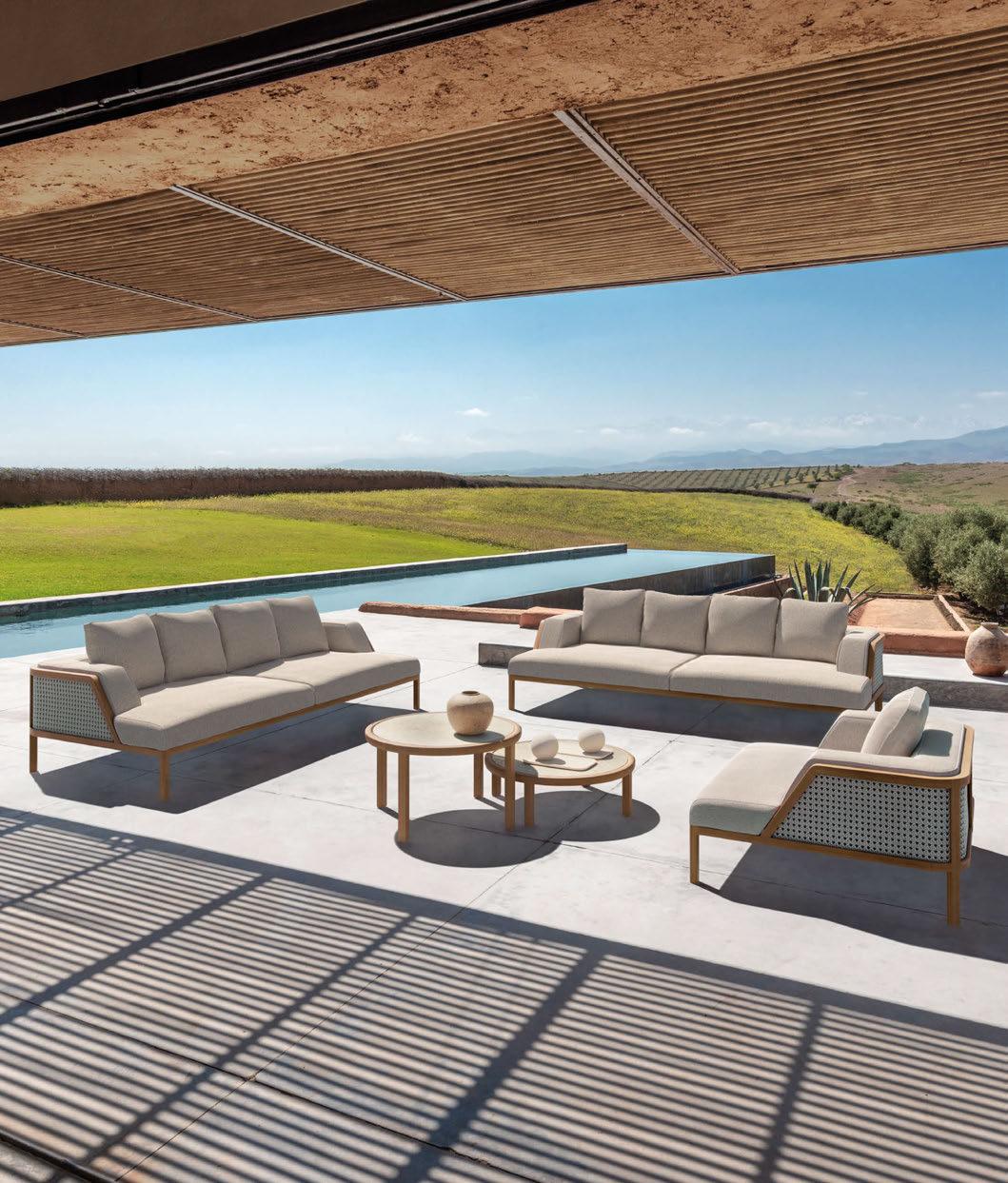
S ho P on -L ine : ethimo.com
t ou LL on g rand Life by c hr i S to P he P i LL et
Showroom London, de S i gn centre c he LS e a h ar bour m i L an / Pari S / r ome / c anne S / c o L og ne
Ph b ernard
BELFAST
EXPRESS CHECK-OUT
Owner: Lamington Group
Developer: Oakland Holdings Operator: Room2 www.room2.com
Room2, the hometel brand conceived by Lamington Group, has announced plans to open a fourth property, following in the footsteps of its groundbreaking net zero venture in Chiswick.
Situated on Queen Street in the heart of Belfast, the 175-key hotel will be spread across nine floors and comprises a restaurant, coffee roastery and bar, together with a lounge, 40m2 gym and laundry room. On the first floor, four meeting rooms will provide flexible space for events and networking, while a large kitchen is available to host cooking masterclasses.
In line with the Room2 approach, recycled and reclaimed materials will be used throughout: the reception desk is being constructed from reclaimed oak with recycled plastic bottles making up the countertop; carpets of repurposed fishing nets line the corridors; and pendant lampshades crafted from recycled coffee grounds will illuminate the co-working area.
Championing local producers and FF&E
suppliers is also an integral brand pillar for Lamington Group, and bespoke fitted joinery is therefore being sourced from a family business just 35 miles away. Local art students are set to take over the interior space too, using it as a canvas to display their works, while guestroom wallpapers are being made at a nearby factory that uses 100% renewable energy with recycled plastic acting as a base for the prints.
“Lamington Group strives to push the boundaries of net zero in the hospitality industry,” says Managing Director Robert Godwin, who reveals that properties in York, Glasgow and Manchester will follow Belfast as the company looks to expand its vision across the UK and reach 5,000 keys by 2030. “At the heart of each new property remains our commitment to social values, community engagement, collaboration and the promotion of sustainable values to educate guests on the importance of the sustainability agenda.”

DRAWING BOARD 034
Room2





bdbarcelona.com
Low Lounger by Jaime Hayon 2001 side table by Úbeda & Canalda
1 Hotel
MELBOURNE
EXPRESS CHECK-OUT
Owner / Developer: Riverlee
Operator: SH Hotels & Resorts
Architecture: Fender Katsalidis Architects
Interior Design: One Design Office (ODO)
Landscaping: Oculus www.1hotels.com
Melbourne-based studio One Design Office (ODO) has revealed further details about its involvement in the AU$550-million Seafarers development, housing a 277-room 1 Hotel and 123 branded residences that will launch in 2024.

Tasked with designing the guestrooms as well as common areas including the lobby, bar, signature restaurants, swimming pool and day spa, ODO is taking inspiration from the local natural environment to fuse luxury and sustainability. The development incorporates a number of 1 Hotels’ signature initiatives, from intelligent energy management systems that reduce consumption by an average of 17%, to in-room water refill stations that are estimated to save 1.2 million plastic bottles in one property alone. Repurposed materials will also be a common thread throughout, while other elements like wharf timbers, roof trusses, purlins and columns are being sourced from Melbourne’s heritage-protected Goods Shed 5.
“We’ve taken trips to various timber yards to explore the possibilities and have found an appropriate partner who has collected materials from 100-year-old demolished bridges,” says ODO Director Samson Tiew. “We’re using these materials as backdrops and bedheads in the guestrooms to reinforce not only the stories of nature but the maritime history of the site.”
Tiew continues: “Sustainability is our responsibility as designers, and we have a toolkit of sustainable elements that we can introduce to a project. It takes effort to pitch these ideas to clients, and requires receptiveness from the clients themselves, but if we can start by winning with small-scale initiatives, then there will be a general market uptake of these sustainable concepts in future. It’s been a joy to be part of the 1 Hotel process, as it has given us the chance to redefine what hospitality means and express what we believe in. A luxurious space doesn’t have to harm the environment.”
DRAWING BOARD 036

WWW.GOMMAIRE.COM
EXPRESS CHECK-OUT
Owner: Edyn
Operator: Locke Hotels www.lockeliving.com
Edyn will take lifestyle aparthotel brand Locke to Paris in 2024, following the acquisition of a historic property in the 5th arrondissement.
The redevelopment of the former mansion will result in a new flagship with 1,000m2 of social spaces, including a winter garden, highconcept restaurant and bar set under a restored glass atrium, as well as a coffee shop, coworking and a gym. Spread over seven storeys, the property’s 145 studio apartments will be housed in a new building to the rear of the site.
“The hotel will consist of three distinct architectural elements, each representing a different era,” says Eric Jafari, Creative Director at Edyn. “A classic 18 th century Haussman mansion house at the front leads to a 19th century industrial factory at the heart of the site, while a newbuild element is being built at the rear. Both historical elements are heritage-protected and will be brought back to life through a design approach that draws on the history of the 5th

arrondissement, the architecture of the building and the ethos of the Locke brand.”
The opening continues Edyn’s growth across Europe, following the acquisition and redevelopment of NH Hotel in London’s Kensington and the launch of Wunderlocke in Munich, with Berlin’s Locke at East Side Gallery next on the list. The group has also announced plans for Locke properties in Zurich and Lisbon, due to open in 2023 and 2024 respectively.
Stephen McCall, CEO of Edyn, comments: “Locke will be the first design-led lifestyle aparthotel in Paris, and we’re thrilled to introduce our forward-thinking brand to such an iconic city. After establishing ourselves as one of the most innovative hybrid hospitality groups in Europe, this flagship property further extends the reach of our Locke portfolio across the continent, at a time when awareness of extended stay is translating into record levels of consumer demand.”
DRAWING BOARD 038
Locke PARIS

DESIGNERS & MANUFACTURERS OF WORKSPACE FURNITURE WWW.GOF.CO.UK Part of the Portfolio FOR CONTEMPLATION OR COLLABORATION
MONOKO
Meeting… Gary Friedman
As RH opens the doors to its much anticipated Guesthouse, the furniture-maker’s Chairman and CEO tells of humble beginnings to scaling a global luxury brand.
Words: Ayesha Khan
Retail brands venturing into hospitality is no novel concept, but how many design brands that started as mere tchotchke shops have ventured into the world of jets, yachts and luxury guesthouses? That is the very trajectory of RH, originally known as Restoration Hardware, a little company from Northern California that has, ever since going public in 2012, peaked at a stock appreciation of 3,000% and is now worth nearly US$6 billion.
The man behind the brand is the first to admit that his humble beginnings belie the haute aspirations of the brand. “I’m the least likely guy to be doing what I’m doing,” says Gary Freidman, as he sits by a burbling fountain at RH Marin, a 60,000ft2 gallery in California that blurs the lines between residential and retail, indoors and outdoors, home and hospitality. “We didn’t have furniture growing up, I always tell people that I was a stamp collector as a kid –government food stamps!”
The young retailer got his start working as a stock clerk at Gap when a community college stint fizzled out – “the counsellor told me I was wasting taxpayers’ money by going to college,” he quips. He quickly rose through the ranks, first to store manager, then to district and regional manager. Working with visionary
retailer Mickey Drexler, who is credited with taking the Gap brand to its now-ubiquitous status, taught Friedman what it meant to grow a brand. “To this day, I call him one of my mentors. He led Gap through a complete renaissance, pointing it in the direction of a high-quality product in a cohesive and singular way. He was the inventor of vertically integrated retail where the store is the brand,” Friedman recalls, foreshadowing his own approach.
Friedman then went on to take a job at WilliamsSonoma, attracted first by the prospect of moving back to his native Northern California. “It gave me the opportunity to be close to my friends and my mother, they offered me this big job and doubled my salary – those things were important to a 29-year-old,” he notes. Over 14 years he grew Pottery Barn from a retailer of tabletop and décor to the multifarious outfit it is today, and went on to develop the West Elm brand, which saw design through a well-crafted Mid-Century lens. But with great success came great disappointment; in a career loss he still calls “heartbreaking” Friedman was passed up for the CEO position in favour of a more conventional choice. But the ever-tenacious Freidman didn’t skip a beat. He owes his success in the retail world to his work ethic. “I was just a kid who didn’t know what couldn’t
040

The brand’s galleries in Chicago, Marin and San Francisco (above) are designed as engaging hospitality experiences, while the newly launched RH Guesthouse in New York (opposite), features interiors clad in European white oak and veinmatched Italian travertine

be done, I out-worked everybody,” he says. “People say I had great vision; I don’t know if I’ve had a great vision, I just stay curious, keep learning and keep looking around the corner. I’m always on the move.”
The opportunity to join Restoration Hardware quicky reinvigorated Friedman, and he subsequently developed the brand to signify more than just a rusticinspired furniture-maker. One of his first initiatives was to build awe-inspiring galleries in historicallysignificant buildings around the US, from San Francisco to New York City, pushing the task of home furnishing and design to an elevated experience rather than an intimidating one. With the growth of RH’s interior design service, Friedman soon thought of offering RH’s clients an engaging hospitality experience.
“Our business progressed from selling products to selling projects,” he explains. “We arguably have the largest residential interior design firm in the world; people are spending hours, days, weeks and months in our galleries, so how do we make that experience more hospitable? Why should they have to leave to eat lunch or dinner?” The first gallery to integrate F&B was Chicago in 2015, and the concept has since
expanded to 14 locations. To this day, a table at RH New York’s Rooftop Restaurant, opened in late 2018, is a hot commodity.
So how does such a successful brand continue to flourish? For Friedman, it’s all about ambition. “Most luxury brands were born at the top of the luxury mountain,” he compares. “We believe we can be the first brand to climb to the top. We have to work hard to get there, and do something that is so extraordinary and so remarkable that it forces others to tip their hat and respect us.” One of those remarkable achievements was to create RH-branded jets and yachts, available for charter by the world’s elite. Featuring a slick phantom grey and metallic champagne-toned exterior and an interior lined entirely in European oak, RH One and RH Two are aviation masterpieces that truly push the envelope, even for reputed jet-maker Gulfstream. “We built the first all-wood jet interior,” Friedman explains. “Gulfstream told us that it couldn’t be done, but we took the risk and it paid off.”
RH Three, the brand’s 130ft expedition yacht is equally impressive, featuring four guest cabins and a lounge inspired by the subtle hues of the sand, sea
042
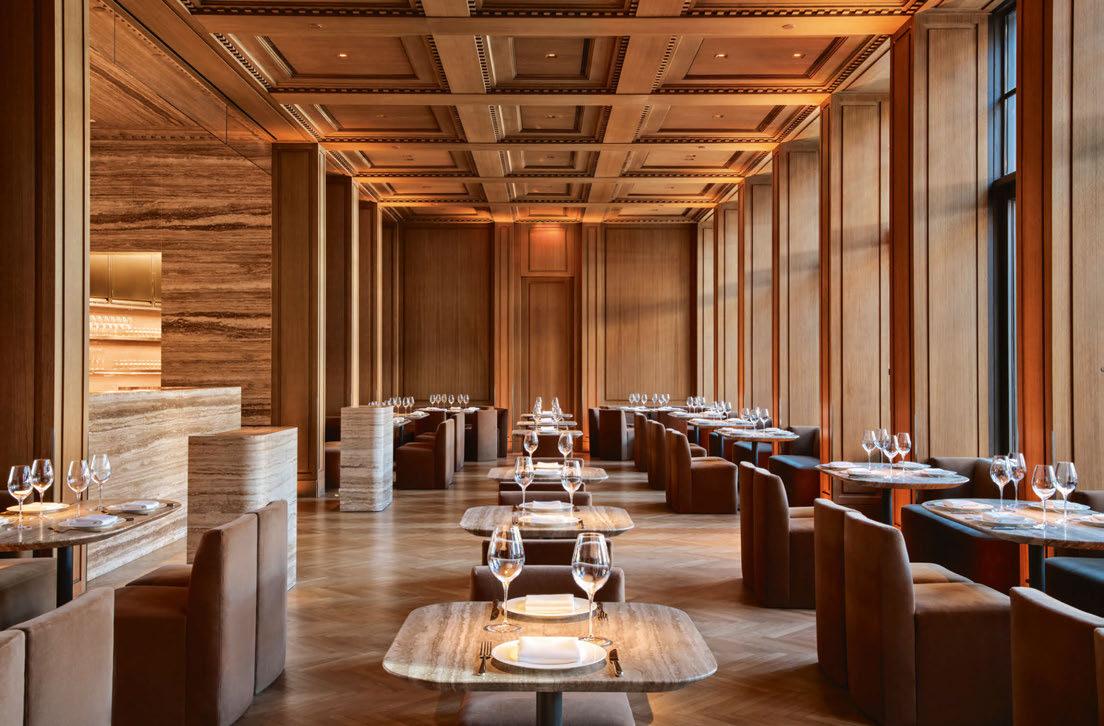

MEETING… 043
RH Three is the brand’s 130ft expedition yacht that is available for charter, featuring four guest cabins and a lounge inspired by the subtle hues of the sand, sea and sky
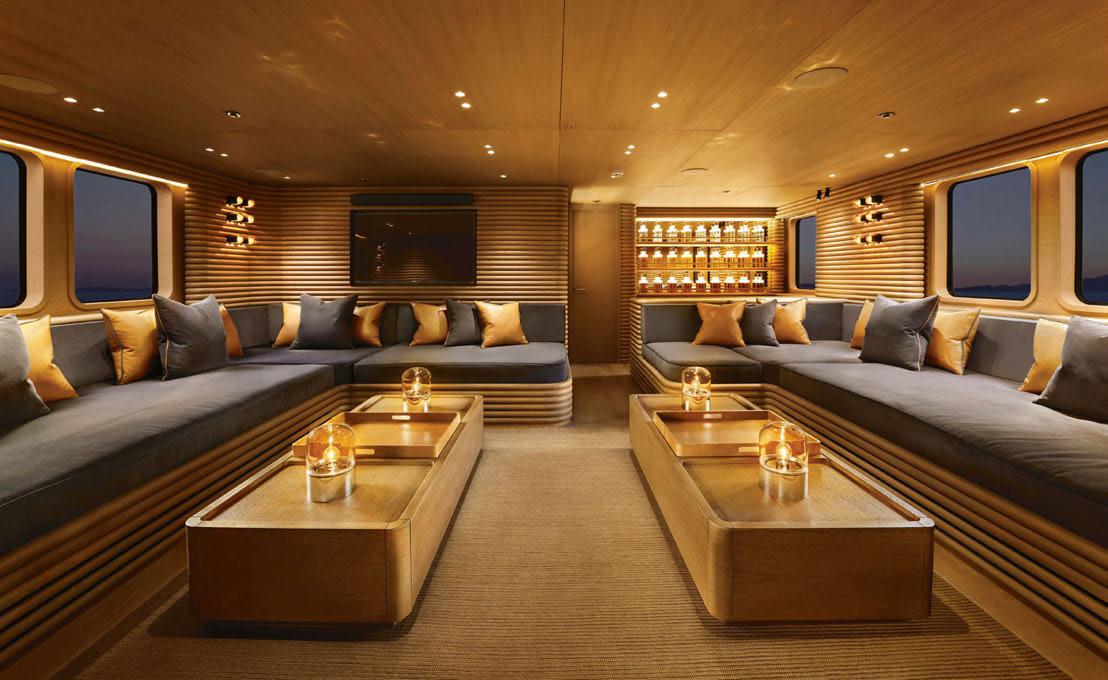
and sky. Entirely self-contained, the yacht features its own tenders, jet skis and snorkelling gear – enough to keep the Caribbean and Mediterranean sailing elite occupied.
For his next venture, the newly launched RH Guesthouse in New York’s Meatpacking District, Friedman scouted a historic building and filled it with RH glamour. “This is the biggest flag we have planted atop the luxury mountain,” he proudly states. “There isn’t any sheet rock or a drop of paint; it’s built entirely in European white oak and vein-matched Italian travertine,” Friedman says of the groundbreaking hospitality concept. The streetlevel restaurant, The Dining Room, features a charming Parisian-style indoor-outdoor patio and stunning timber-clad coffered ceilings. Upstairs, the six guestrooms and three suites feature sculpted furniture, no fewer than 52 integrated lighting points per room, two bathrooms, a gym, gourmet pantry and a stateof-the-art thermoregulated FreshBed sleep system. There’s also a Champagne & Caviar
Bar and a rooftop swimming pool with daybeds sculpted entirely from travertine; it’s a veritable sanctuary in the middle of the urban bustle.
The next RH Guesthouse is slated for Aspen and will include a branded Bath House & Spa. And having reached the heights of the US luxury mountain, Friedman soon plans to scale up internationally. The first project is RH England, The Gallery at the Historic Aynho Park, a 17th-century country estate some two hours from London. This will be followed by a host of openings in Paris, Milan, Madrid and even the French countryside.
To the naysayers who argue that RH’s development is too aggressive, Friedman simply explains his theory of scaling taste. “We always thought the idea of scaling taste was a large and far-reaching opportunity, and when you look at the top of the market, it is very fragmented,” he says, alluding to the opportunities for an integrated design brand whose development knows no bounds. “There are those with taste and no scale, and those with scale and no taste.”
MEETING… 044
“People are spending hours, days, weeks and months in our galleries, so how do we make that experience more hospitable?”
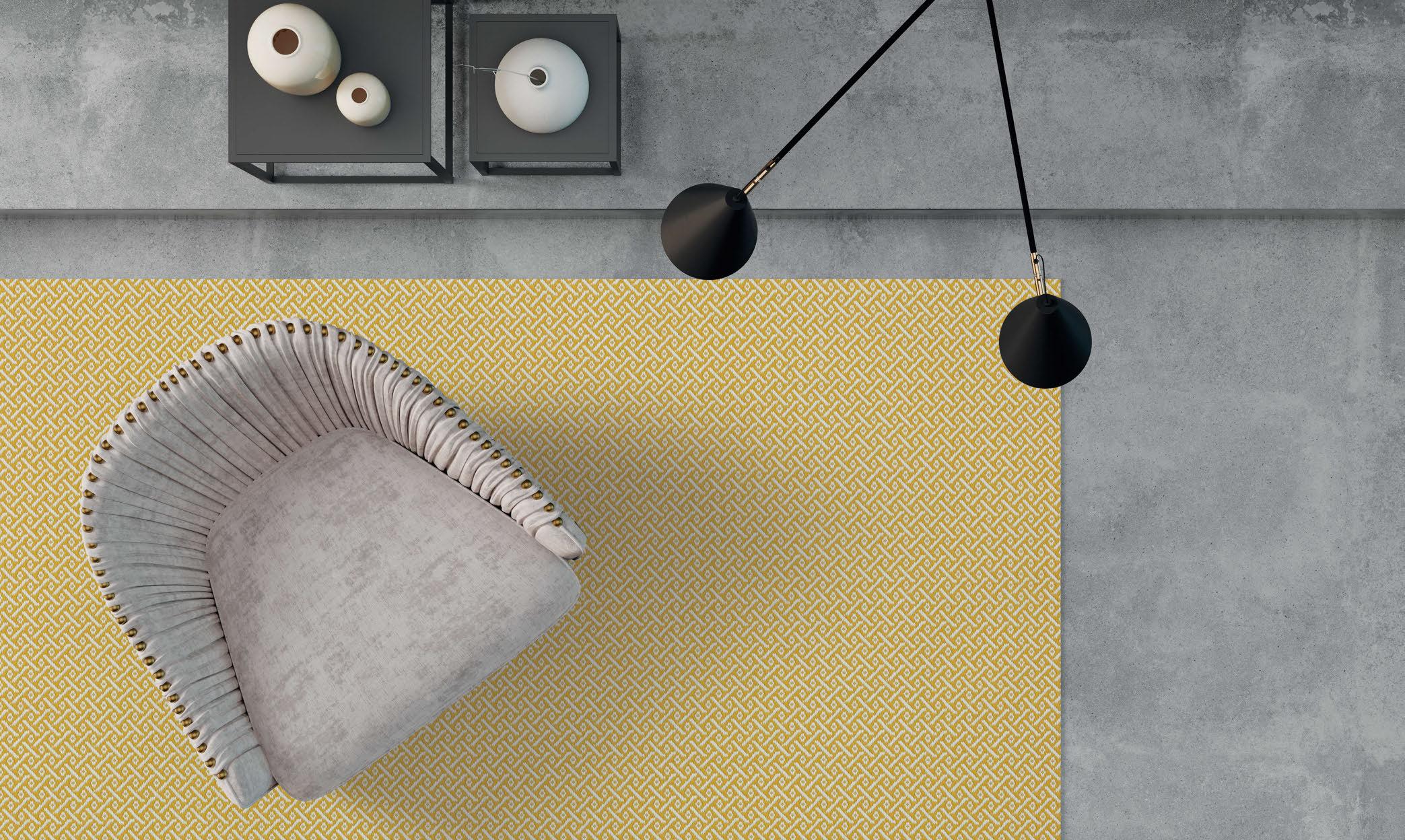 Costa Nova Sun Rug*
Costa Nova Sun Rug*

@lutecafurniture
Luteca.com
Contemporary design inspired by
Mexican
heritage PARIS | NYC | LOS ANGELES MEXICO CITY
Meeting… Virgin Hotels
As Virgin Hotels arrives in the UK, the group’s Creative Director and Vice President of Design Teddy Mayer reveals how the brand is retaining a playful identity while tapping into the locale.
Words: Ben Thomas
PROFILE
Hotels
Since joining Virgin Hotels’ Miami office in 2015, Teddy Mayer has overseen the vision and execution of the group’s portfolio, working closely with creative consultants to bring its properties to life.

Recent Openings: Virgin Hotels New Orleans, Virgin Hotels Edinburgh
Upcoming Openings: Virgin Hotels Glasgow (2023); Virgin Hotels New York (2023); Virgin Hotels Miami (2023)
Over the past 50 years, Virgin Group has built a reputation for disrupting the travel market, stamping its signature red on trains, planes and more recently cruise ships and spacecraft. And though Sir Richard Branson didn’t open his first hotel until 2015, the group has since made its mark, bringing a distinctly playful style to the hospitality industry.
But alongside the whimsical sculptures, eclectic artworks and ever-present splashes of scarlet, the brand is in fact taking a hyperlocal approach, ensuring its projects fit within the cities they call home. In Chicago for instance, where Virgin purchased a 27-storey former bank in the Loop neighbourhood, many of the structure’s original design features influenced the look and feel of the hotel; in the lobby, polished brass elevator doors, a limestone staircase complete with an oak banister, and a 1920s cigar bar – now used as a reception desk – all hark back to the building’s former life. This contextually aware ethos has been applied to the design scheme of every property since, from the Mojave Desert-inspired décor of Virgin Hotels Las Vegas – which pays homage to the surrounding landscape of cacti, Joshua trees and red rock mountains – to the southern residential feel of Virgin Hotels New Orleans, where tropical architectural motifs mirror the plant life that thrives in the region. Even the corridor carpets take cues from Henri
Matisse’s book Jazz, in keeping with New Orleans’ French Quarter.
“Virgin Hotels New Orleans has become our gold standard,” says Creative Director and Vice President of Design Teddy Mayer, who partnered with local firm Logan Killen Interiors to create a sense of authenticity through contextual references. “The spirit of collaboration has always been woven through Virgin’s design process, but in recent years we have shifted our strategy to focus on local creatives with their finger on the pulse of a community.”
Considering the New Orleans property is a newbuild, this insider knowledge of the city’s culture was fundamental in developing interiors that channelled the same easy-going, laidback attitude of local jazz clubs. “Logan Killen understood our brand but more importantly how to weave that into the story of the hotel without beating guests over the head with it,” explains Mayer of the practice, which brought a fresh perspective to the project having never designed a hotel before. “Richard Branson has famously supported entrepreneurs, but we forget that architects and designers are entrepreneurs too. We want to support up-and-coming creatives and those that haven’t worked on hotels; we know what works and what doesn’t work in our properties, so we can bridge the gap.”
The resulting scheme is a marriage of
047
Teddy Mayer
Creative Director and Vice President of Design, Virgin
MEETING…
homegrown art, historic detailing and Art Deco-inspired elements, with abstract works by New Orleans natives Ansley Givhan and Jane Talton hanging above rattan tables and rug-covered ottomans, and panelled doors reflecting the French style commonly seen across the city. The design team also referenced the beads worn by Mardi Gras Indians during their parades, collaborating with another native artist to create a wall mosaic of indigenous patterns. “We always like to include a little tongue-in-cheek – that’s the Virgin way – but also want to be the best neighbour on the block, tapping into the surrounding artistic talent,” Mayer affirms. “Our approach is neighbourhood-focused because no city is the same in every district.”
Local influences are aplenty at Virgin Hotels Edinburgh too, which opened earlier this year and marks the group’s first property outside the US. Occupying the historic India Buildings in the Scottish capital’s Old Town, the 222-key development blends Victorianera details with a surprisingly pared-back palette and
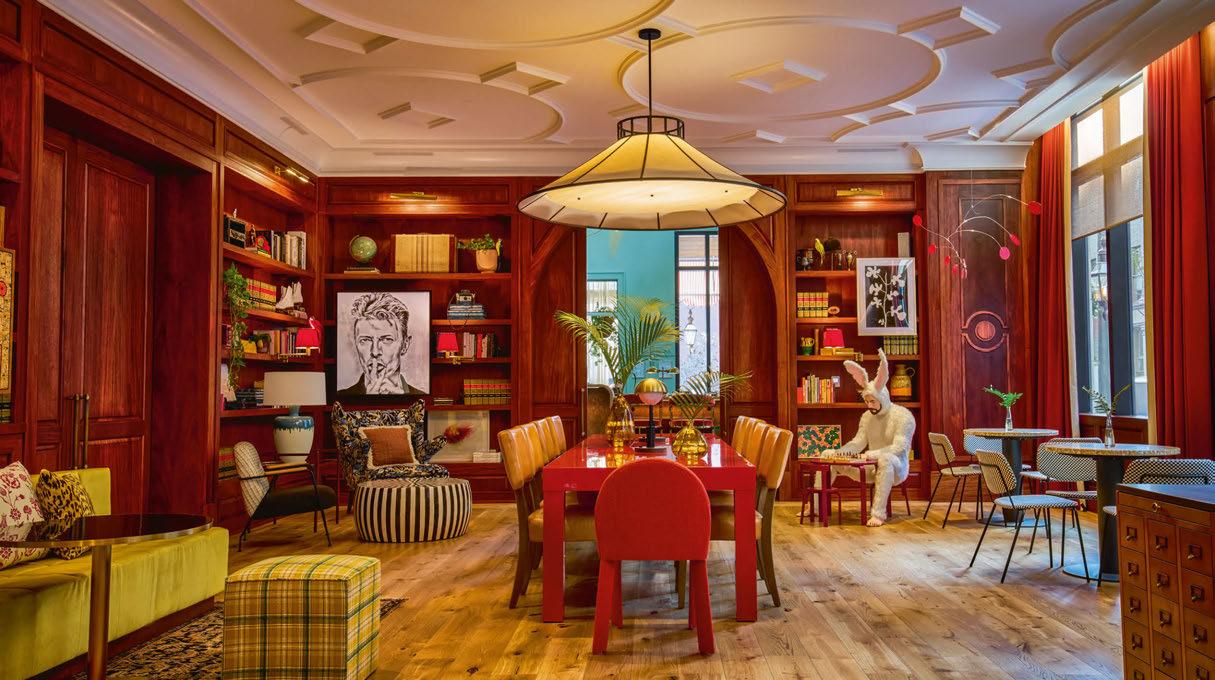
soft textures, channelling the Virgin spirit through an Edinburgh-inspired lens. “The design scheme is very much heritage driven, as there’s such a rich history and context to draw from,” says Mayer, adding that local partners Ica, Four-by-Two and Joelle Reid Interiors were brought in to help preserve the original structure’s notable elements while adding touches of luxury. “We could have hired any set of designers from around the world but they would have given us an outsider’s interpretation of Edinburgh. By collaborating with native firms, we’re able to understand what resonates with both travellers and residents, especially given the latter form a major part of our F&B strategy.”
Adapting its signature spaces to Edinburgh, Virgin positioned flagship restaurant Commons Club in the once sealed-up cellars below street level, honouring the history of the structure by building around exposed stone arches and converting some into wine cabinets. The group also wrapped the ground-floor bar in preserved timber panelling and retained an original fireplace, which roars away to create an atmospheric retreat from the busy capital. But don’t worry, there’s still plenty of signature elements to be found throughout, from the double doors on entry – painted in the group’s trademark colour – to an internal walkway clad entirely in red marble. Then there’s The Scarlet Lounge, known as The Shag Room in the States, where fringed curtains and sumptuous curving sofas – all red, of course – provides the ideal spot for throwing a party, which Virgin knows how to do all too well.
048
“The spirit of collaboration has always been woven throughout Virgin’s design process, but we have shifted our strategy to focus on local creatives with their finger on the pulse of a community.”
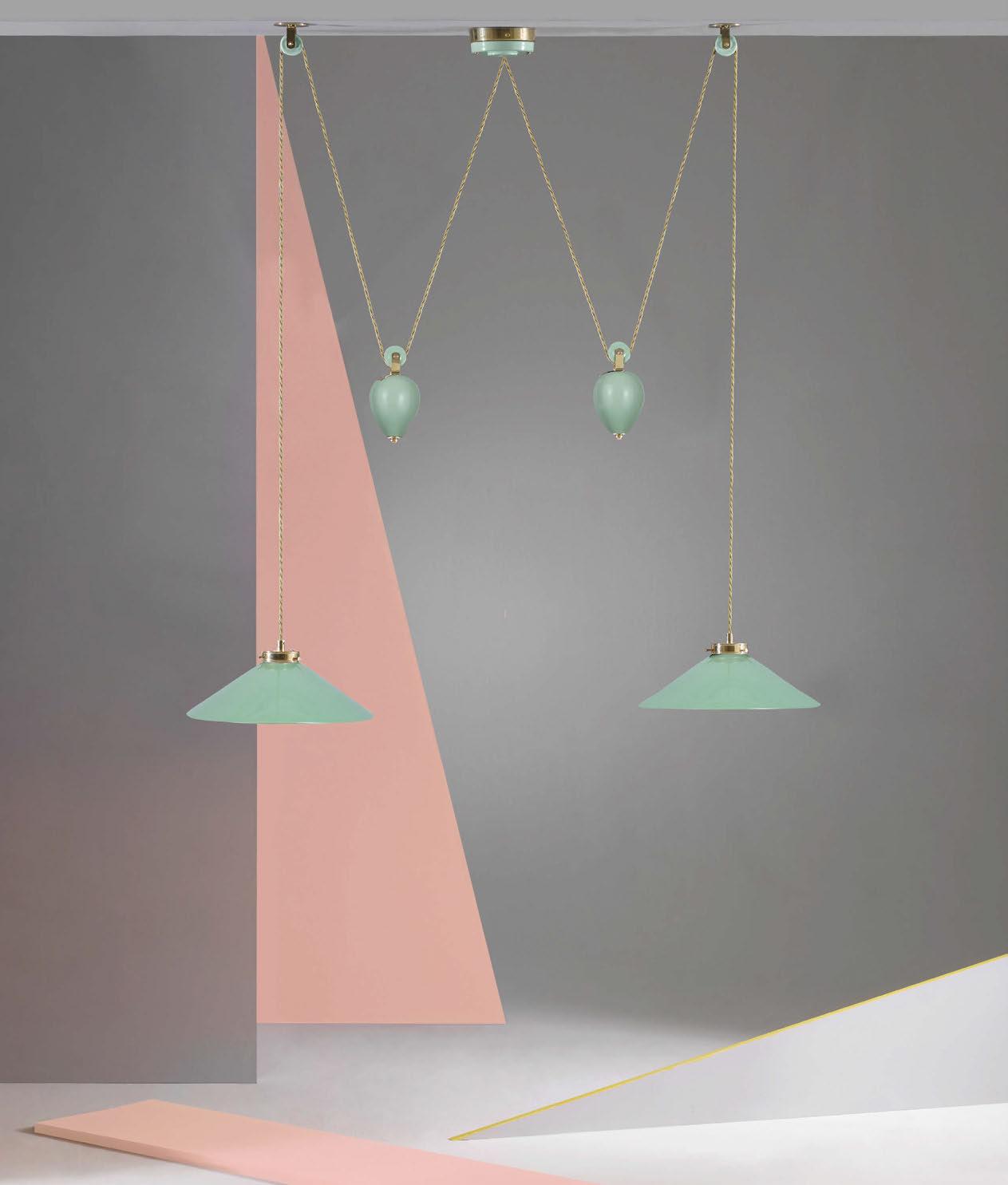
At Virgin Hotels Edinburgh, the ground-floor bar is wrapped in preserved timber panelling framing an original marble fireplace
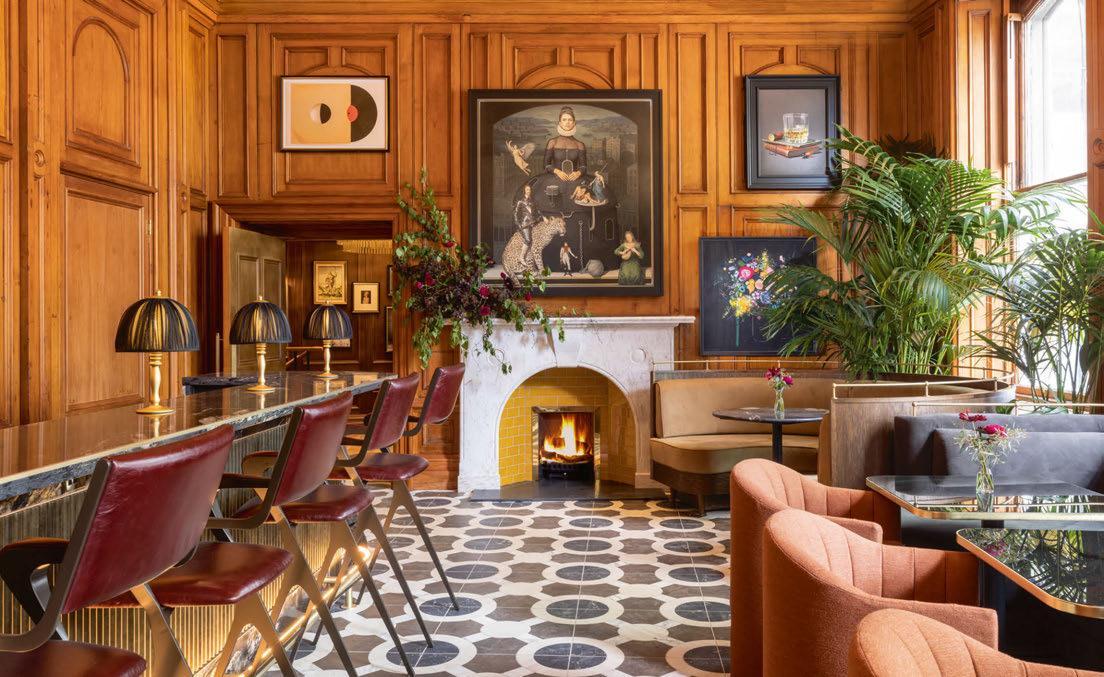
Across the interiors, eclectic artworks curated by Visto take cues from the character of Scotland, with cultural icons like Mary Queen of Scots depicted alongside seductive rouge lips, successfully intertwining tradition and playfulness in equal measure.
The history of the destination played a key role in developing the scheme for Edinburgh and does so across the board for Virgin, with Mayer highlighting the importance of cultural references in differentiating its signature spaces. “Our Commons Clubs are consistent across the portfolio and draw people into the hotel’s activity, but each has its own identity. Guests always understand what the experience is, though they see it through the eyes of the location.”
The same will be true of Glasgow and New York, both due to launch in the coming months. Despite its proximity to Edinburgh, Virgin Hotels Glasgow will take on an entirely different aesthetic, with interiors by Four-By-Two referencing the city’s metal and shipbuilding industries as well as its design and art heritage.
Across the Atlantic in New York’s NoMad neighbourhood, the visual narrative will be closer to that of a contemporary loft, with local firm Mark Zeff Design injecting the light, airy ambiance of residential apartments into the décor of signature Virgin venues like Commons Club, Funny Library Coffee Shop and The Pool Club – a staple introduced at some of the group’s North American properties. “In New York, our Commons Club features a large terrace and lots of natural materials,” says Mayer. “But then we have a bright-red staircase to connect the two levels. Sometimes, a little red goes a long way!”
While Virgin’s design approach has evolved to become more in tune with the surroundings, the brand doesn’t plan on toning down its spirited style anytime soon, so expect to see splashes of red for years to come. “We always try to build a timeless experience, which may come as a surprise for those new to the Virgin Hotels brand,” Mayer concludes. “From a guest perspective, our aim is to create sensitive and soulful spaces that add to the culture of a city.”
050 MEETING…
“We always try to build a timeless experience, which may come as a surprise for those new to the Virgin Hotels brand. Our aim is to create sensitive and soulful spaces that add to the culture of a city.”
THE NEW STANDARD IN SHOWERING
Featuring a sleek look and intuitive operation, Anthem™ digital valves and controls elevate showering beyond the expected. Users can finely tune each outlet’s temperature and volume to their exact preferences, creating fully personalized environments. This is where simple functionality and seamless installation meet immersive experiences. This is total shower mastery.

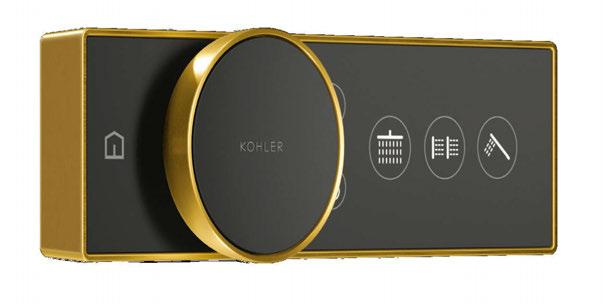

the new collections at KEC
Come and see
THE QR CODE TO EXPERIENCE YOUR VIRTUAL ESCAPE ON MOBILE
SCAN
StudioKOHLER.com
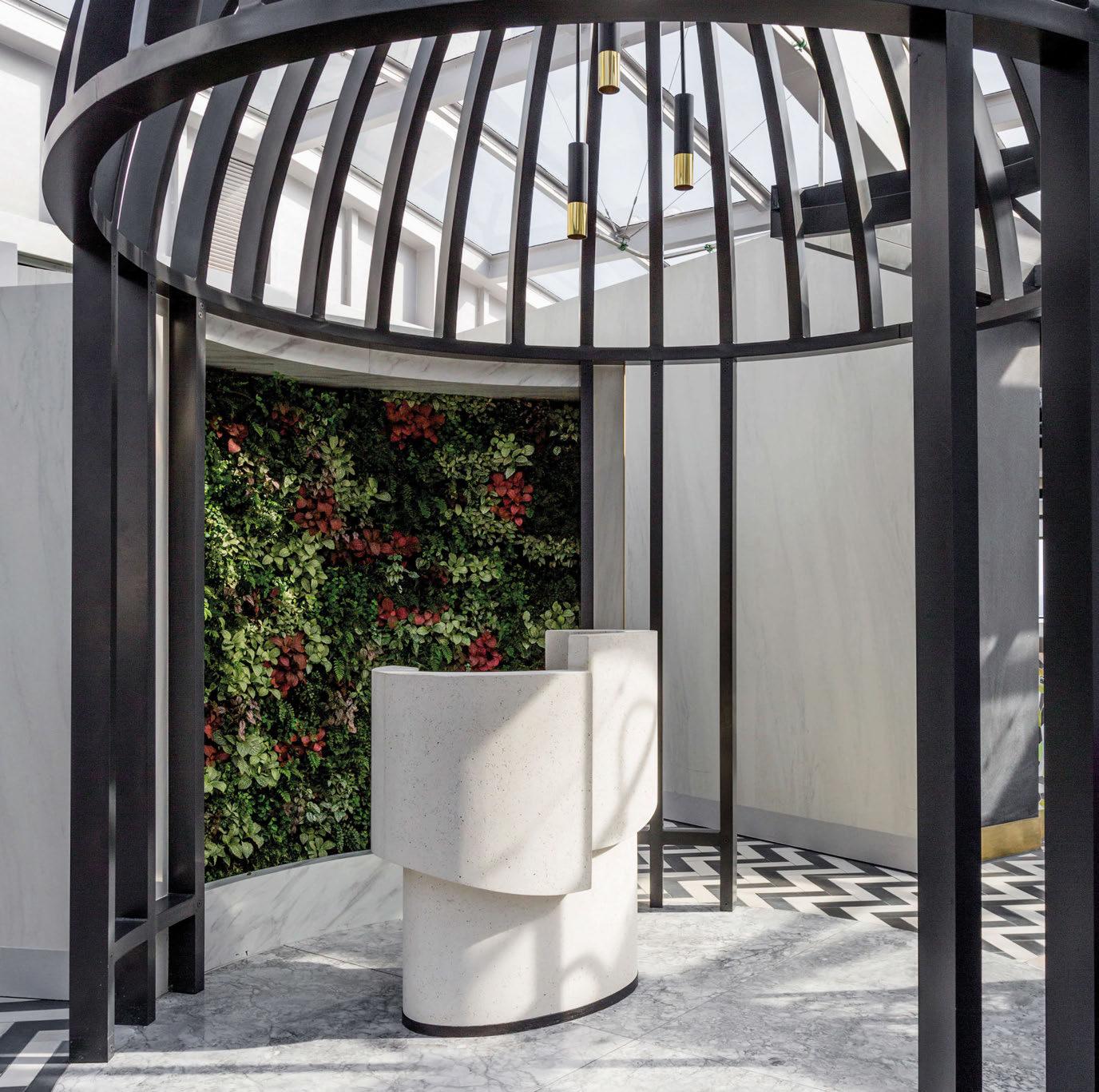
Octagon Point 5 Cheapside London EC2V 6AA www.adassociates.london Strategy & Concept Architecture & Interiors Identity & Wayfinding Artwork & Styling
THE LOBBY
On The Move
With one-of-a-kind experiences in remote destinations topping the wish-list for today’s discerning travellers, architects and designers are dreaming up novel accommodation concepts that enable hoteliers to develop in previously inaccessible locations, without impacting the landscape.
Leading the charge, visionaries at OBMI have designed Habitāre, a moveable hotel that fuses luxury with sustainability. Perched atop a frame that limits disruption to the land, the modular unit comes in two distinct models for different settings, amenities and aesthetics. Habitāre S is suitable for more compact sites while the larger Habitāre W optimises panoramic views thanks to a glass façade. Inside, each structure features a bedroom, en-suite bathroom and
lounge while outdoor facilities include a wraparound deck, plunge pool and fire pit. There’s also the option of a retractable canopy roof for camping out beneath the stars.
Not only is Habitāre an environmentally conscious proposal, it is also economically viable, dramatically reducing costs, approvals and timelines. According to OBMI, the luxe units can be assembled within a quarter of the typical construction timeframe and at less than one-third of the cost.
Muhammad Moussa, Design Director of OBMI MENA, comments: “As travel trends uptick to lean into remote, disconnected experiences, Habitāre is a portable, lightweight design solution that provides travellers access to some of the world’s most awe-inspiring, natural landscapes.”
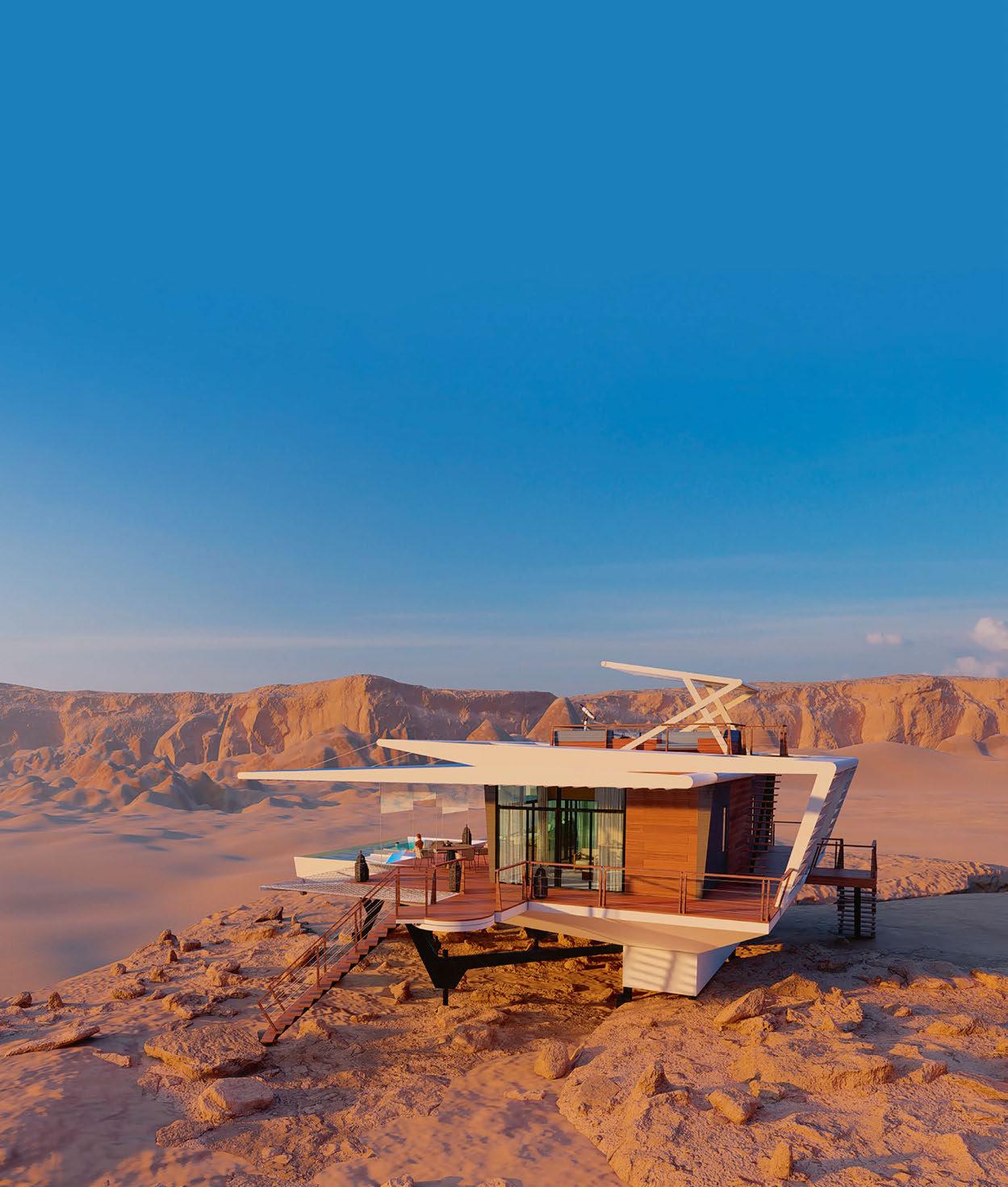
Written in the Stars
In celebration of Cora Cora Maldives’ first anniversary, the sustainable resort is taking guests to new heights with the introduction of a Star Gazing Tower.
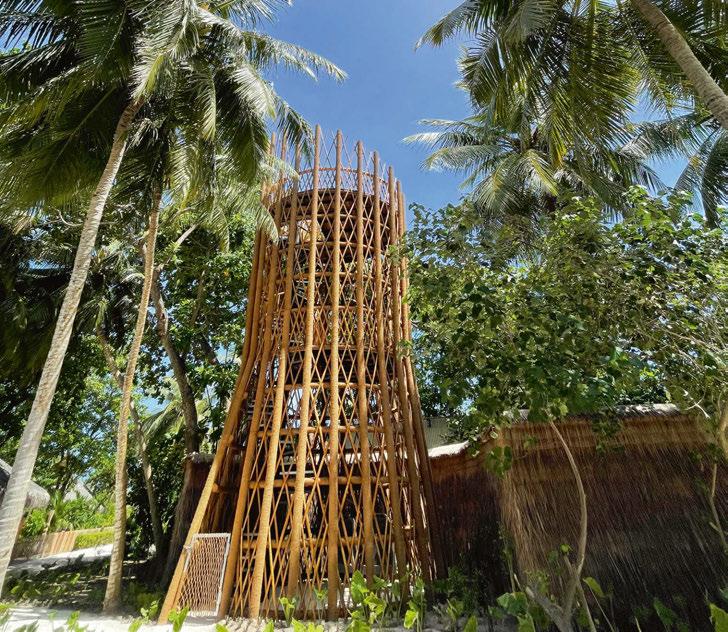
Nestled amongst swaying palm trees close to the beach, the tower serves as a viewing deck by day – an ideal spot to take in the Indian Ocean –while at night, guests can get close to the stars, observing constellations via the resort’s powerful new telescope. The multi-platform venue can also be booked as a unique dining destination, where guests sip on champagne before heading up to the roof to feast on local delicacies.
The structure has been designed by Topo, a Singapore- and Bangkok-based firm responsible for a number of resorts across the Maldives. As such, the studio is well-versed in creating concepts that are at-one with nature, merging environmentally-sound ideas with thoughtful guest experiences. At Cora Cora, the aim was to bring the outside in, so the team opted for
natural, sustainable materials such bamboo, coconut rope and locally sourced timber, thus emulating the aesthetic present across the island.
This approach neatly aligns with the overarching philosophy at Cora Cora Maldives. Since opening, the resort has prioritised environmental conservation, creating sustainability policies to protect the pristine Raa Atoll. Energy-efficient lighting, waste-reduction practices and limiting single-use plastics are amongst the initiatives, while financial support for the Atoll Marine Centre helps rescue local wildlife and promotes the awareness of turtle conservation.
“We are excited to continuously improve our guest experience through the creation, improvement and introduction of new facilities and activities,” comments Martin Van Der Reijden, Managing Director of Cora Cora Maldives. “We will strengthen the Cora Cora brand and eventually will begin work on the next Cora Cora!”
Fashioning Design

“Ultimately, what Lee designs is not just a lamp or just a chair, but an object created with a unique character of its own,” writes Stephen Jones in the foreword to Fashioning Design, the first illustrated monograph presenting the work of British designer Lee Broom.
Published by Rizzoli, the 224-page hardback explores the influences and ideas behind Broom’s portfolio of products, installations, exhibitions and films. Written by Becky Sunshine, the book is divided into four sections, each focusing on a defining aspect of Broom’s design personality: Art Form explores his relationship with architecture and silhouette; History Repeats Itself delves into the designer’s techniques in looking to the past to inform the future; Material Boy focuses on Broom’s approach to the process of making, as well as his use of materials and the art of collaboration; and Drama of Design is a study of his background in theatre and fashion, reflecting on how both have influenced his creative thinking. Along with contributions from Kelly Wearstler, Vivienne Westwood and Christian Louboutin, Fashioning Design features insight from Broom himself. “I consider myself a storyteller and have always designed emotionally since my time in fashion,” he explains.
“It’s visceral, but balanced with a focus on materiality, form and function.”
THE LOBBY 054
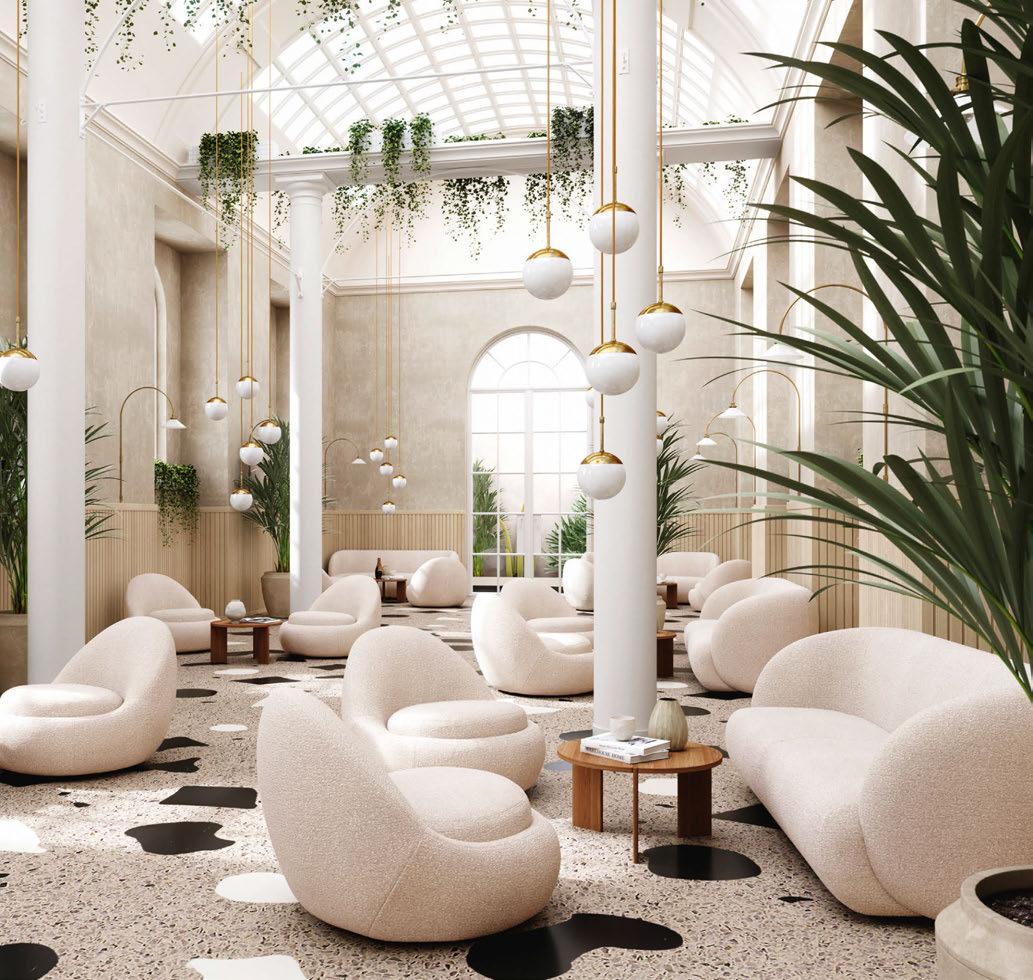

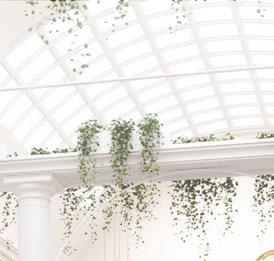

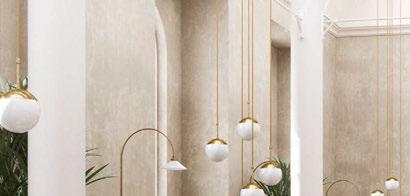
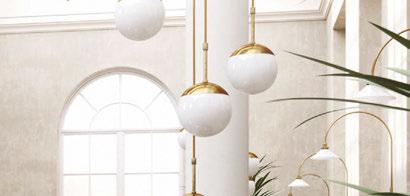
and delivered
your
YOUR
MADE BY US
We make everywhere feel like home. Unique Danish design, built by skilled hands,
directly to
project at a fair price. DESIGNED FOR
PROJECT.
From Rosewood Residences in Beverly Hills to One & Only Private Homes on Malaysia’s Desaru Coast, branded residences are increasingly becoming a key component of hotel projects worldwide. For developers, the mixeduse model boosts viability in a challenging climate, while operators benefit from deepening relationships with their customers – not to mention creating an additional revenue stream –and loyal guests get the opportunity to call their favourite hotel home, making use of the luxury amenities on offer.
The sector has experienced significant growth over the past two years thanks to new ventures from Mandarin Oriental, Six Senses, Aman and Four Seasons, some forming part of a hotel
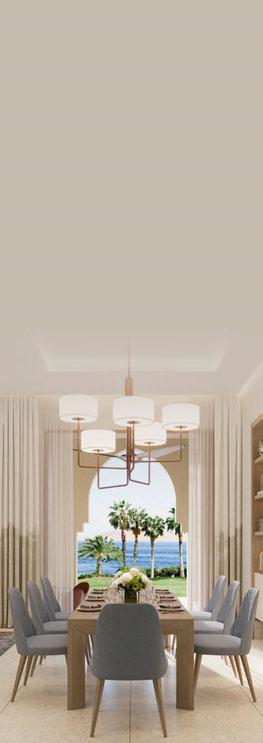
Welcome Home
the traditional powerhouse brands of the luxury hospitality sector,” Sykes continues. “However, the tide is turning. As the global economy has shifted, we have seen development momentum move towards Asia and the Middle East.”
Delving into regional hotspots, the report names Vietnam as one of the most active markets in Asia, while in the Middle East, Dubai leads the way, rivalling Miami for the title of world’s leading branded residential destination. Behind Miami and Dubai, the global rankings reveal a diverse mix of destinations adding to their inventory; Cairo, Istanbul, Los Cabos and the Red Sea are amongst the top ten, demonstrating that both gateway cities and resorts are of interest.
In Europe, WATG Strategy counts 70 branded
Increased appetite for branded residences is paving the way for global growth, according to a new whitepaper from WATG Strategy.
scheme, others as standalone concepts. With this in mind, multidisciplinary design firm WATG has released a new whitepaper entitled Branded Residence Atlas, tapping into its expertise across a range of geographies and settings to provide insight. Having published the first edition in early 2020, the firm has continued to track new supply – 700 projects accounting for 100,000 completed and planned units, to be exact – helping build a picture of key players, regional trends and emerging markets. “Since early 2020, 84 new projects have opened and 123 deals have been signed,” states Rob Sykes, the report’s author and Director of WATG Strategy, adding that “the global pipeline is set to double the number of branded units in the market today”.
To put a figure to it, the report cites 363 existing branded residences globally and a pipeline of 377, equalling 61,100 new units. By region, Asia Pacific boasts the largest pipeline with 94 projects on the boards. “Branded residences have historically been a North American phenomenon, driven by
residences in the pipeline, 55% of which are in resort destinations. “European markets were initially tentative to embrace the concept, but this has given way to unabated enthusiasm,” Sykes notes. “The region now has a strong pipeline that far outweighs the current inventory, especially in the heavyweight destinations of Portugal, Spain and Greece.”
There’s no let-up in demand for branded residences in North America either, with 68 new projects recorded, 15 of which are in Miami; notable additions are set to come from The Standard in 2023 and NoMad in 2024.
Across its masterplanning, architecture and interiors divisions, WATG is working on a number of mixed-use projects that incorporate both hotel and branded residences. Such growth in the sector further blurs the boundaries between home and hotel; according to the whitepaper, success lies in developing synergies between the two functions operationally, while ensuring market appeal through the creation of exceptional destinations.
056
Words: Catherine Martin
© Four Seasons Private Residences at Sharm El Sheikh
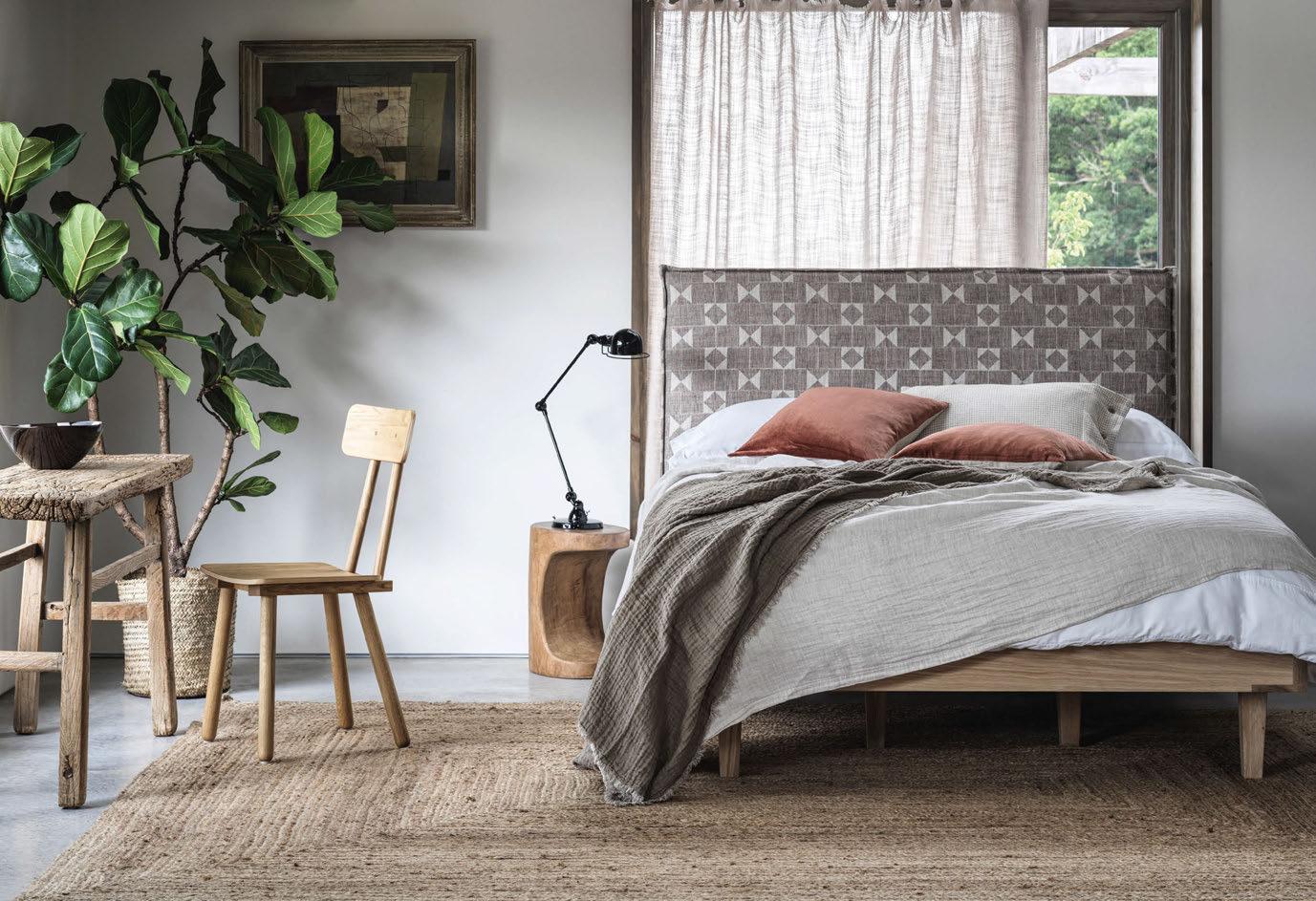
The AHC doubles down on ESG and sustainability, offering actionable advice for those striving towards more conscious hospitality.
Returning to Manchester with another action-packed programme in October, The Annual Hotel Conference delivered valuable insight on pertinent topics facing the hospitality sector, with hotel leaders, economists and analysts sharing their top tips on how to chart the course through uncertain times.
Those seeking greener economic solutions were given actionable advice through sessions across both days, with the agenda doubling down on sustainability and ESG. Speaking in a one-onone interview focused on leadership in pivotal moments, Kenneth Macpherson, CEO for EMEAA at IHG Hotels & Resorts, explained that while some owners and developers may have shifted their priorities away from ESG initiatives in
practices can increase asset value and long-term ROI, and why conscious construction should be prioritised going forward. “Sustainability doesn’t have an exact definition that enables those of us working in the design industry to focus our thoughts,” said Patrick Reardon, Chairman at Reardon Smith Architects. “But in our view, we believe that projects should be built once and loved forever.” Zeal Hotels’ Managing Director Tim Wheeldon agreed, stating that the market is calling for developments that are as close to net zero as possible. “We must remove carbon from both the construction phase and day-today operations,” he emphasised. “Investors are pushing for it and more importantly the guests are too. And they’re the ones paying the bills.”
Forging a Greener Path

light of surviving the pandemic, current market challenges are in fact driving the argument for long-term investment in such practices. Noting the recent shift, Macpherson pointed out that spiralling energy costs for example could be alleviated through policies that focus on energy efficiency and reducing carbon emissions.
The CEO also stated that eco-friendly assets are commanding a higher market value – a result of ESG-reporting requirements on businesses –while guests are now willing to pay more for hotels with sustainability credentials, marking a major shift in mindset from a decade ago. With that in mind, IHG is targeting a 46% reduction in emissions from the energy used across its owned, managed, leased and franchised estate by 2030, towards which it has been establishing partnerships to support its hotels to secure financing for energy-saving alterations.
The same sentiment was shared in Planning for Longevity: Good for the Planet, Good for the Asset, which considered how lifecycle design
On the subject of net zero, it was perhaps Robert Godwin, Managing Director of Lamington Group who provided the most impassioned call to action of the conference. With the group set to open three new properties across the UK, the hotelier outlined how others can follow in the footsteps of Room2 Chiswick. By avoiding, reducing and offsetting, he urged the audience to fully embrace rigorous carbon reduction programmes within their businesses, drawing on initiatives like the United Nations Sustainable Development Goals. “Why should you care?” he asked. “Well, an increasing number of your stakeholders care and their awareness and education is rising. They will demand more and more. Your lenders and investors care. Your team cares. Your customers care.” Godwin also stressed that for one of the most energy-intensive asset classes, sustainability benchmarks had been set far too low for too long. “The world doesn’t need any more lip-service and baby steps. It needs action. And it starts with taking responsibility.”
058
Words: Ben Thomas

Regent
PHU QUOC
A new flagship for Regent Hotels & Resorts captures the soul of Vietnam’s island life while cosseting guests in sybaritic living and understated majesty.
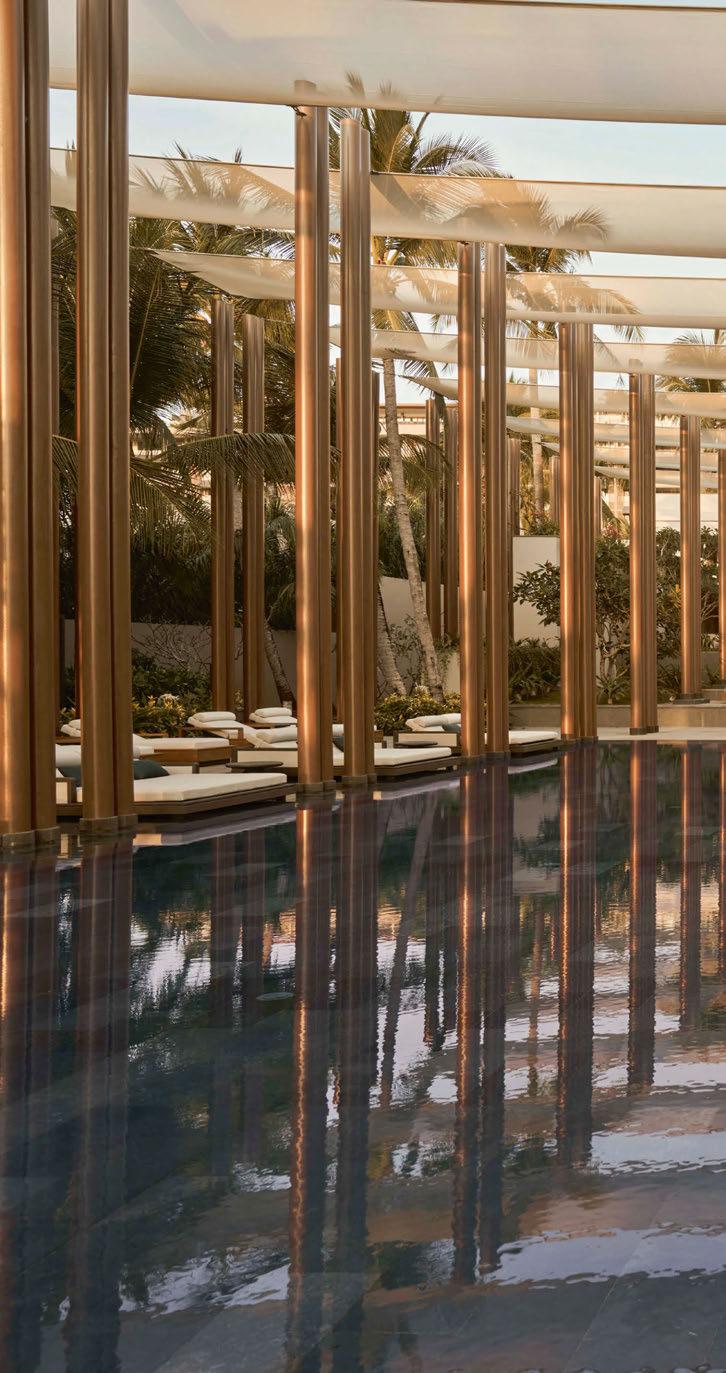
The serene and sensual experience that characterises Regent Phu Quoc has all the requisite touchpoints to catapult this property into the top flight of Southeast Asian resorts. The island that it calls home is part of a UNESCO-designated World Biosphere Reserve found on the southwest coast of Vietnam. This brings a richness and vibrancy to land and sea alike so that Phu Quoc’s landscape varies from dense tropical rainforest to coral reefs to the white-sand Long Beach on which the resort is located. Life here is truly indoor-outdoor, with the resort’s generous openings and thoughtful orientation ensuring that guests are always connected to the natural environment beyond their private havens. Lush foliage lines the walkways while water meanders through the koi-filled pools and channels, flowing into central lagoons from where lotus flowers bloom. But there’s an added layer of detail to the generous vertically and horizontally stacked spaces that ensures the new resort succeeds as a flagship for the brand, which – under the remit of IHG Hotels & Resorts since 2018 – is making a strong comeback at the luxury end of the market.
Tasked with architecture and interiors, Blink Design Group tapped into its strong track record of placemaking to identify the cultural elements, indigenous materials, traditional craftsmanship and local artworks that would inform its approach. “The goal was to create a luxury resort experience, set in an enviable location on the island’s most beautiful beach, imbued with the soul and culture of Phu Quoc,” says founder and Creative Partner Clint Nagata. As always, the
060
Words: Neena Dhillon • Photography: © Owen Raggett
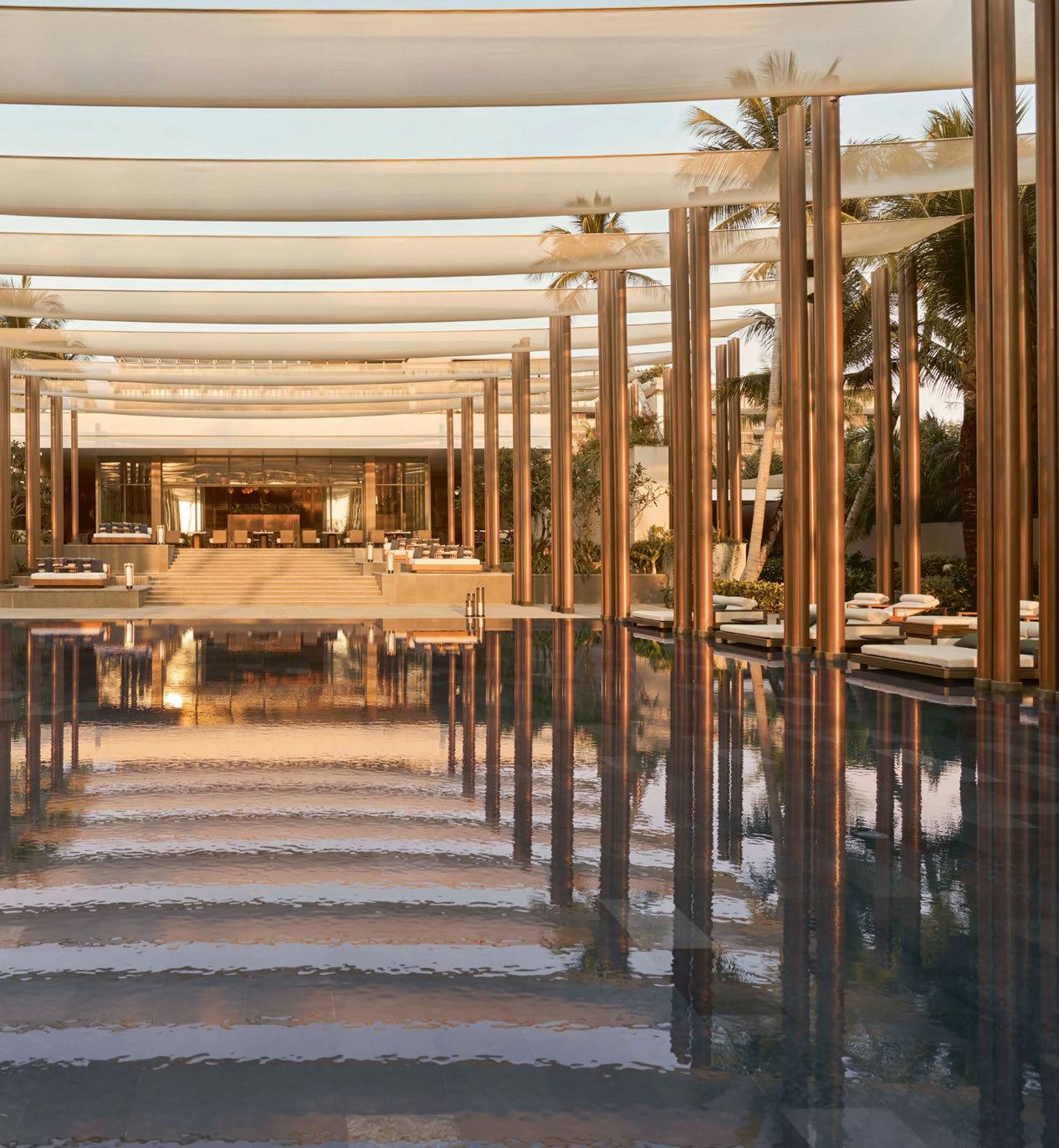
061
Tiles, brickwork, screens and shutters inject intimacy and rhythm to public spaces and guestrooms
firm invested time in the preliminary phase of research, exploring ideas that would reflect the fundamental qualities of Phu Quoc, as seen through the eyes of locals. “While we strive to source materials that help to convey a sense of the locality, we always use them in a different manner or highlight a common pattern in a modern way,” he continues, adding that “design should be reflective and respectful of the past”.
Vietnam’s architectural vernacular is referenced through the reinterpretation of water gardens, courtyards and tropical landscaping, all of which, in combination with strong axial spaces to frame views, serve as the building blocks of the masterplan. The slick use of natural materials such as basalt stone, Asian marble and wood species including cypress, ash and natural teak, provide the backdrop for recurring patterns and motifs that gently remind visitors of the locale in which they are situated. Take the ‘bovi’ brackets typically found in traditional Vietnamese timber-frame construction for instance; not only are wooden
trusses occasionally replicated in modern form, but the shape of the brackets forms the basis of all cast-metal screening as well as appearing on rugs, accent fabrics and the flickering candle holders in private villa bathrooms. Then there’s the considered use of lacquerwork, a staple of the Asian resort experience, which is rendered here as delicate eggshell inlay on luminous room dividers to nod to the island’s penchant for duck eggs. The tradition of fishing too is recalled through decorative design details, with swirling nets the inspiration for lighting fixtures, art and printed fabrics.
Standout moments include the arrival experience, where an alluring corridor of grand proportions points the way, its flanks adorned with plinths from which porcelain and ceramics rise. This is the first glimpse of the “framed views” that Blink has achieved throughout Regent Phu Quoc, maximising the volume of space in corridors where vanishing points play with perspectives, almost as if the architecture is replicating the shutters of a camera. It’s an

062
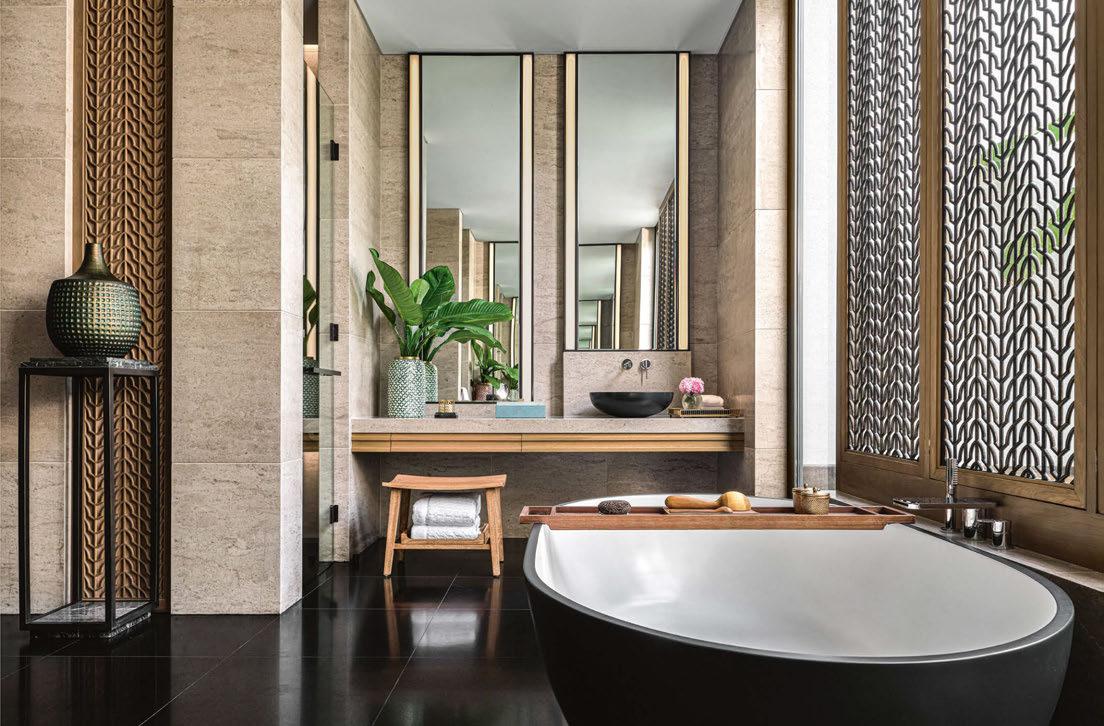
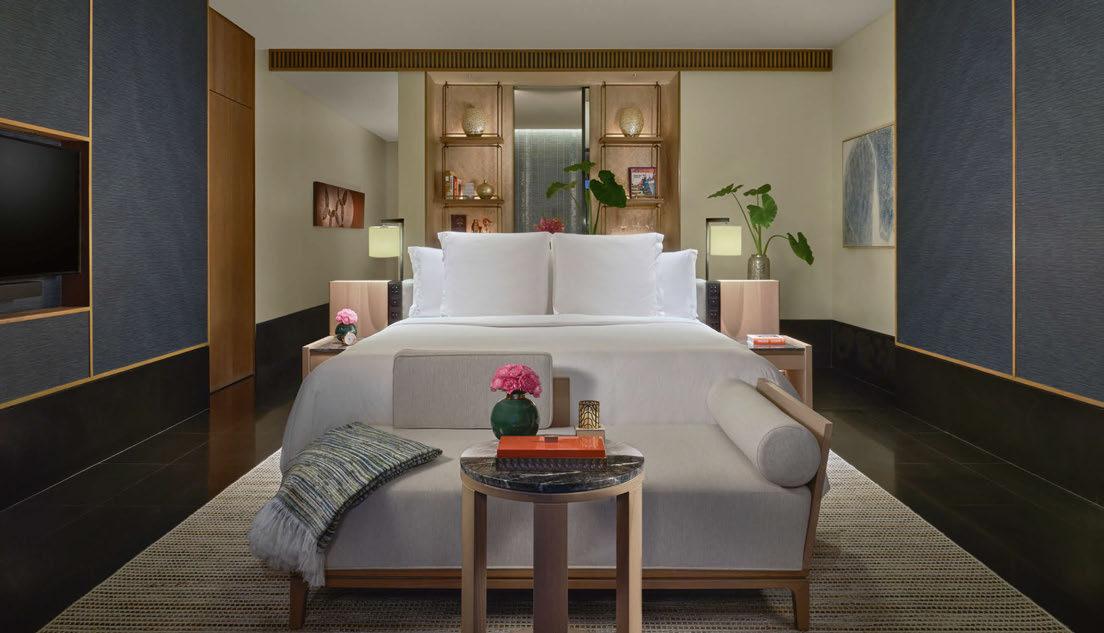
063
The centrepiece at Regent Club is a bar counter with a handpainted custom wallcovering by de Gournay, inspired by the native plants and animals of Phu Quoc
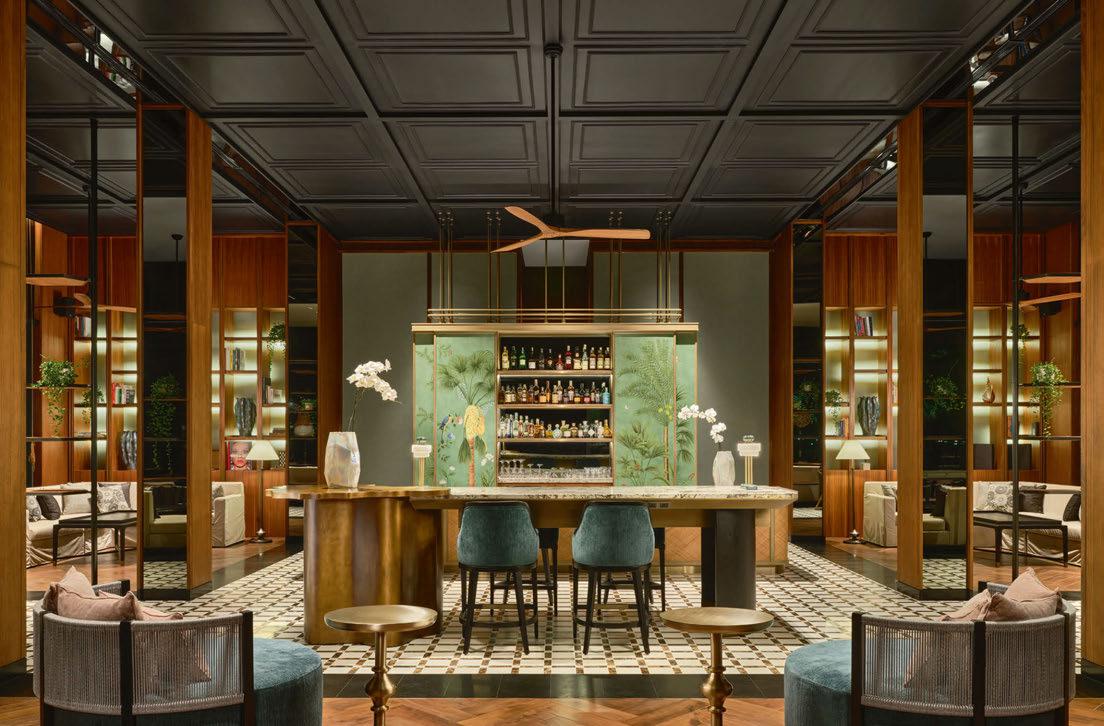
effect that instantly engages visitors, teasing them with hints of discovery ahead. “First impressions are important,” confirms Nagata. “A processional staircase leads guests to the lobby where they are greeted by an iconic space, featuring a crystal installation designed by Lasvit.” Petra Junova of Lasvit turned to the underwater environment of Phu Quoc to create her glass artwork called Charming Deeps. “I love scuba diving and I observed the corals very closely,” she describes. “The sea around Phu Quoc is undoubtedly rare – it’s hard to find such beauty anywhere else.” With the reefs as her muse, Junova treated the vibrantly coloured handblown glass in different ways from rods with components either silvered, sandblasted or crackled to slumped glass adorned with frits and lacquers. Externally lit with water-surface projections and floating in phosphorescent powder, the installation changes appearance throughout the day.
From its rooftop position, Regent Club also captivates, its long pool suspended in the air,
the lounge and library providing a sophisticated oasis in the sky. “While the general theme of neutral undertones is reflected in all public areas, there are still clever twists in each venue,” notes Nagata. “At the Regent Club, the centrepiece is a bar counter with a handpainted custom wallcovering by de Gournay, inspired by the native plants and animals of Phu Quoc.”
Sharing the rooftop, Fu Bar features a dark blue feature wall dotted with gold accent pieces, similar to the rays of a sunset. Suites and villas meanwhile offer new-age comforts, with salubrious pools extending accommodation out to terraces on high, garden courtyards and verandas. “Our design goal was to create a guest experience in which spaces feel more like an extension of the outdoors,” explains Nagata. “Even the bathrooms filled with natural light are retreats in themselves, complete with private landscaped tropical courtyards.”
Examples of how villas cater for every desire range from fully equipped kitchens and utility rooms to beautiful millwork display cabinets
064
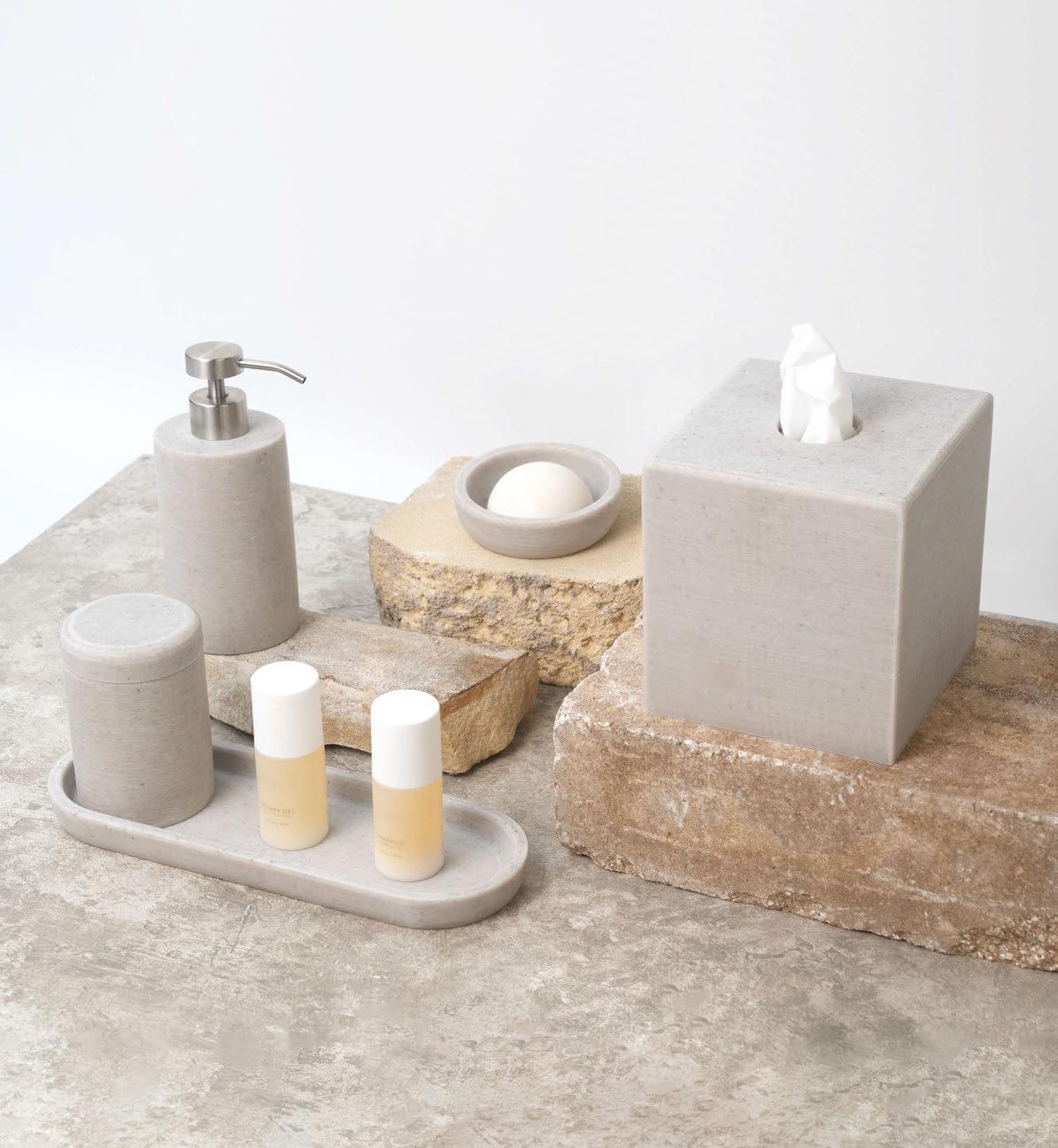




YEAR ANNIVERSA RY
decorated with artefacts, wildlife sculptures and gorgeous coffee-table books. Dressing areas are so ample that there’s room for hat boxes and woven laundry baskets in the wardrobes. Handwoven abaca wallcoverings complement stone flooring and stunning timber doors, with the layouts of the villas borrowing from the concept of compartmentalisation seen in traditional Vietnamese houses.
Equally offering a glimpse into local life, allday dining restaurant Rice Market invites guests into a central courtyard where subtle decorative flourishes include twists on rice mills and water wheels while fabric textures borrow from burlap rice bags. Tiles, brickwork, screens and shutters inject intimacy and rhythm to the generously sized venue, which also includes open kitchens and display counters laden with fresh food. The signature dining restaurant at the resort is Oku, a Japanese-French Omakase atelier and salon de boeuf with a handsome sculptural metal installation at its heart, suspended over the monumental chef’s counter. Describing
some of the other design highlights at Oku, Nagata says: “We have reinterpreted classic elements of the brasserie from globe lights, patterned floors, cosy banquettes and modern ironmongery details while Japanese woodwork hints at Oriental nuances.”

A secret door in Oku leads to the intimate speakeasy Bar Jade, which pays tribute to the rich tradition of jade in Vietnamese family culture. The regal colour naturally plays a leading role in silk wall panels and tiling, while the choice of club seating and bronze filigree detailing lend an old-world feel. The dining choices keep coming, with the beachfront Ocean Club affording stunning views of the Gulf of Thailand, both from the main restaurant and the chaise longue-lined beach pool. There’s extensive spa and wellness facilities, a kids club and events spaces, but the final mention must go to the resort pool that unfolds as a central jewel, its swathes of waterproof fabric providing shade to sunbathers and bringing to mind the sails of Vietnamese ships of old.
EXPRESS CHECK-OUT
Owner / Developer: BIM Group
Operator: IHG Hotels & Resorts
Architecture and Interior Design: Blink Design Group
Lighting Design: LPA phuquoc.regenthotels.com
066
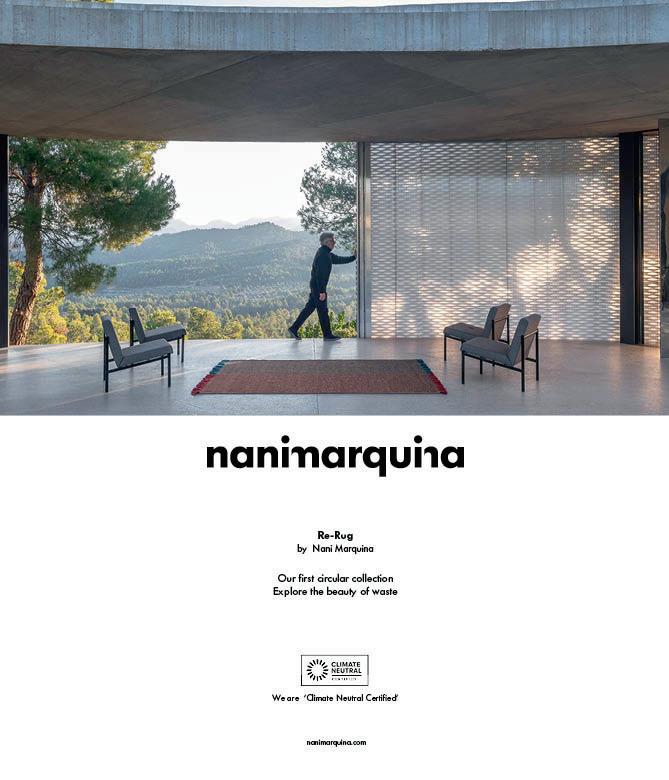

068
Adler Spa Resort
SICILY
The Sanoner family expand their portfolio with a new resort that is designed and built to the principles of bio-architecture.
Perched atop a coastal plateau overlooking the pristine beaches and crystal-clear waters of Sicily’s southern shores, Adler Spa Resort stands out for only the right reasons. Its location, wellness facilities and cuisine together offer a memorable guest experience, but its physical form is intentionally designed to blend into the background, so much so that from a distance, the sprawling resort looks as if it’s part of the landscape.

Operated by Adler, a family-run company with a collection of spa resorts and lodges across Italy, the new development occupies a plot of land that borders the Torre Salsa Nature Reserve, a 760-hectare expanse of beachfront, sand dunes and chalky white cliffs that is home to an array of flora and fauna. As such, it was imperative that the resort be in harmony with its surroundings, not only for the sake of strict environmental regulations imposed by the municipality, but to keep a promise made to the former landowners to preserve the setting. Fortunately, this promise already aligned with the Adler approach of combining hospitality
with ecological sustainability, a pledge that extends across the portfolio, from the lowimpact chalets of Adler Lodge Ritten in South Tyrol to the timber and stone façade of Adler Spa Resort Balance in the Dolomites.
With six properties in total, the group is now run by the seventh generation Sanoner family, whose history with hospitality spans centuries – they still operate the very hotel that Josef Anton Sanoner established in 1810. And while the coastal retreat may seem like a change in direction from the mountain lodges for which it is known, Adler Spa Resort has in fact been a decade in the making. The family acquired the site back in 2008, and have since been steadfast in their commitment to the environment. “From the beginning we were aware that this place, more than any other, requires a prudent and sustainable design approach,” say the family. “Protecting the natural treasures around us is important, so sustainable supply chains and construction methods as well as natural regional materials and careful use of resources are inherent to our methods.”
069
Words: Catherine Martin • Photography: © Alex Filz
Timber is used generously across the resort with locally sourced cedar framing floor-to-ceiling windows and providing shaded terraces for public spaces
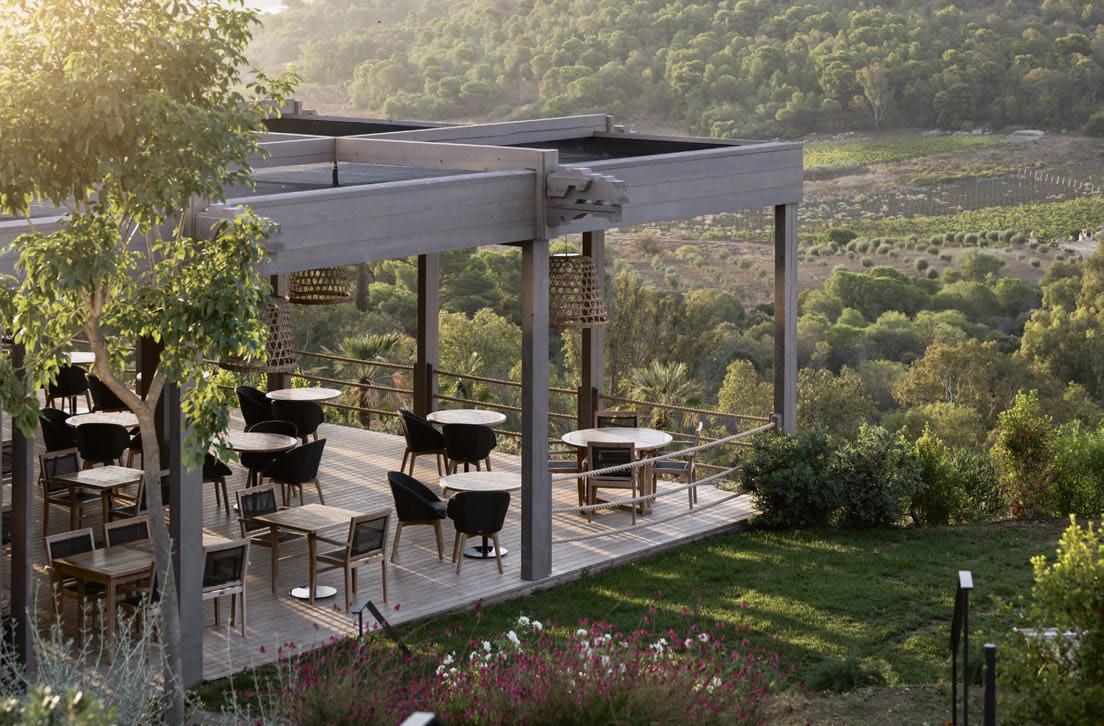
With this in mind, the Sanoners turned to longstanding collaborator Demetz Arch, a Bolzano-based practice founded by Hugo and Alessia Demetz. Having worked on all of Adler’s properties, the duo were well-versed on the group’s approach, and set about designing a resort that was appropriate for the site. “We started the initial architectural concept 10 years ago and it has been a special journey for us,” explains Hugo, adding that the challenges they overcame – such as constructing on difficult terrain and complexities surrounding building permits – contributed to a successful end result. “We used natural materials such as washed wood and volcanic tuff; simple materials combined into a luxurious ensemble without the need for gold and marble. Everything we have designed blends harmoniously with the surroundings and enhances it even further.”
Indeed, the material palette is key to the approach of being in harmony with nature, as is the decision to construct clusters of lowrise buildings rather than a single monolithic
block. The volcanic tuff is sourced from Mount Etna while walls are clad in unbaked Sicilian clay and flooring is opus signinum, a material used in ancient Rome comprising minutely crushed tiles. Timber is used generously across the resort with locally sourced cedar framing floor-to-ceiling windows and providing shaded terraces for both guestrooms and public spaces. It can also be seen inside as panelling, often handcarved with decorative patterns or subtle motifs of Adler’s signature eagle.
Aligning with the idea of ‘a resort in nature and nature within the resort’, water channels and reflection pools are integrated into the scheme, while roofs are covered with vegetation and wild grasses and scented heather grows between the buildings. Furthermore, vineyards, olive groves and fragrant herb gardens are taking shape as the landscaping beds in.
The guest experience is designed around a connection to the surroundings too. All 90 suites face the expansive gardens and offer views of the Mediterranean beyond, while
070
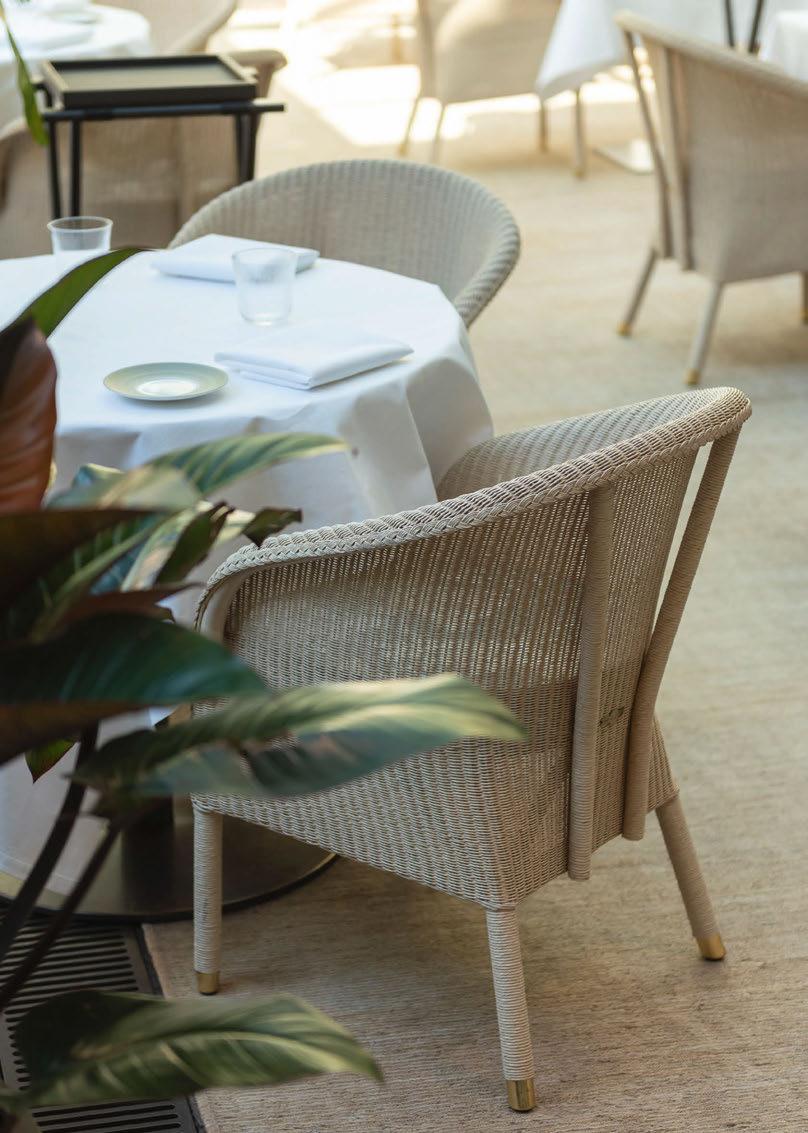
WWW.VINCENTSHEPPARD.COM
al fresco living is aided by sliding doors that open out to a private terrace. Natural materials once again pay homage to the landscape and are enhanced here by pops of lemon and burnt orange in the soft furnishings, selected to reflect hues of the Sicilian sunset.

In the main resort building, a restaurant, bar and spacious lounge follow the same aesthetic and showcase the overarching concept of ‘leggerezza’, literally translated as lightness and referring to both the light touch of the resort on the landscape and the use of light throughout the interiors. Floor-to-ceiling windows and a glazed ceiling allow sunlight to filter through horizontal timber slats, which are functional in limiting heat radiation yet also showcase the dramatic interplay between light and shadow. The slats are used to great effect at Osteria too, a casual al fresco eatery housed within a simple timber structure. Cuisine here and at the main restaurant focuses on Sicilian produce, with fresh ingredients harvested from the resort’s gardens and other delicacies sourced from local

072
Interiors feature natural materials that pay homage to the landscape, enhanced by pops of lemon and burnt orange in the guestrooms

Decorative Collection Circular by Benedito Design
farms and fishmongers. Rounding out the F&B offer is the bar – its outdoor terrace perfectly positioned to watch the sunset – where guests can sample volcanic wines from nearby Etna. For those wanting to experience more of what the region has to offer, there’s excursions to neighbouring producers – cheese-tasting in the pine forest with Azienda Agricola Todaro is notto-be-missed.
For most however, it’s the spa that is the main reason for their stay. Facilities are extensive and programming ranges from active to the more sedate, curated to nourish mind, body and soul and leave guests feeling their own sense of ‘leggerezza’. There’s a large gym kitted out by Technogym, an outdoor yoga platform and a lap pool as well as hairstyling, beauty services and a relaxation room with luxurious tilting beds. Traditional spa treatments such as massages and facials take place in a separate building that nestles into the hillside, its location intentionally set away from the main resort to encourage guests to begin their spa journey
in the natural world. Inside, all 15 spa cabins offer uninterrupted views of the Mediterranean while treatments are given a Sicilian twist through the combination of local essential oils and volcanic dust. The feeling of being close to nature continues throughout thanks to an earthy palette that grounds body and mind. And guests are quite literally amongst nature as they take the short stroll along the hillside to the trio of Swedish saunas, each occupying a timber cabin and overlooking the landscape. Harnessing its healing powers, water is used in both the design of the spa and the wellness experiences. Treatment rooms are accessed via small footbridges across a water channel while a secluded Thalassotherapy pool amongst the wild grasses soothes away aches. Even the main pool, in which guests can swim from indoors to out, is fitted with therapeutic jets, and it’s from here that the Adler philosophy can be seen in all its glory. A combination of nature, bioarchitecture and wellness facilities will surely leave guests feeling a little lighter.
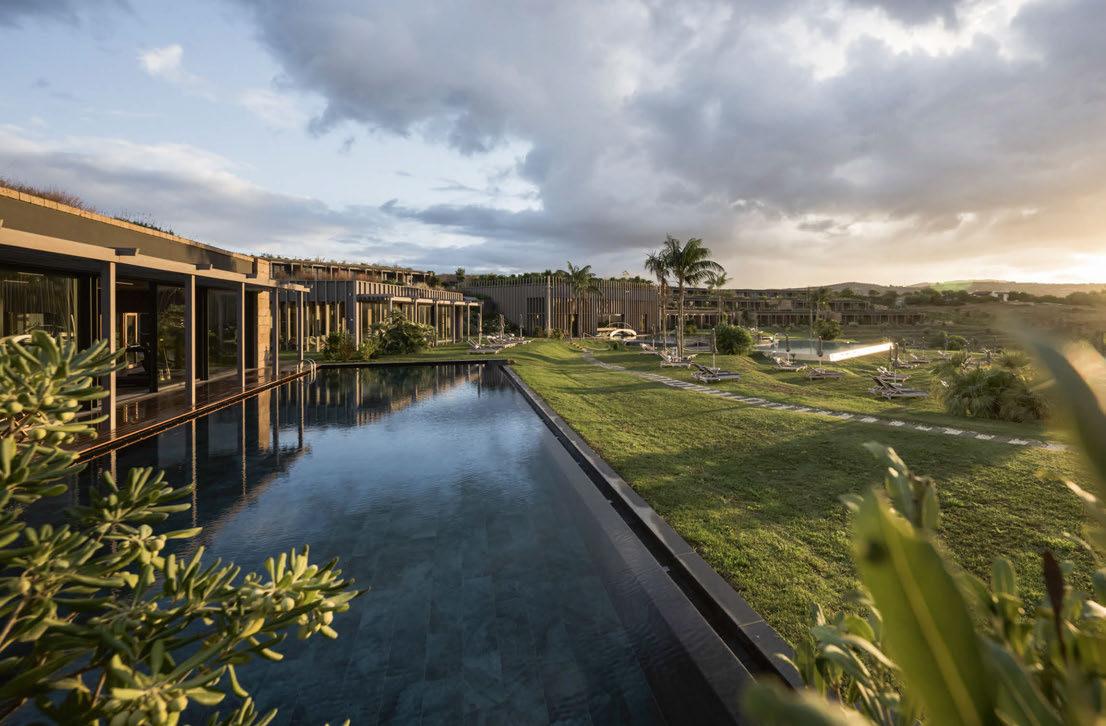
EXPRESS CHECK-OUT
Owner: Sanoner Family
Operator: Adler Spa Resorts & Lodges
Architecture: Demetz Arch
Planning of Execution: G22 Projects
Lighting Design: Studio L Plan
Landscaping: Radicepura www.adler-resorts.com
074

Parkroyal Collection Marina Bay
SINGAPORE
FDAT injects nature into Singapore’s former Marina Mandarin hotel, breathing new life into John Portman’s vertiginous structure.

Opened in 1987, Marina Mandarin was one of a triumvirate of Singapore hotels, with a soaring atrium designed by American architect John Portman in the mid-1980s as part of his Marina Square development. Now, the property has been extensively refurbished and relaunched by Pan Pacific Hotels Group under its Parkroyal Collection brand.
This was not Portman’s first Neo-Futuristic building –for that you must look closer to his hometown of Atlanta, where his design for the Hyatt Regency, opened in 1967, broke the mould for hotel lobbies. Previously enclosed spaces were opened to the skies, with towering tiers of guestroom corridors wrapped around an open central core, and glass elevators whooshing their guests smoothly between floors. But it was arguably in Singapore, with the opening of Marina Mandarin, Pan Pacific and Mandarin Oriental, following on from his first international hotel project, Regent Singapore, which saw Portman’s lobby design reach its apogee.
Now rebranded as Parkroyal Collection Marina Bay, the vertiginous structure of Portman’s original design remains intact, brought back to life by the interventions of Singapore-based architects FDAT. Standing at the foot of the
076
Words: Matt Turner Photography: Courtesy of Parkroyal Collection Marina Bay

077
Natural forms feature throughout FDAT’s scheme, from a 13m-high green wall to a moss-like rug that reflects onto a mirrored ceiling above the reception desks

atrium looking up, one can’t help but wonder how many developers would back such a scheme today, when all that open space could be infilled with revenue-generating guestrooms, extra F&B outlets, or a floor or two of events space. Yet it remains the very definition of an Instagram moment, even though Portman created it long before the invention of the digital camera, let alone the smartphone or social media.
In a 1975 interview, Portman explained his approach to hotel design thus: “I had thought a lot about hotels – dim, dark lobbies with a desk and newsstand. I wanted to do something different. I wanted to create almost a resort – a change of pace to bring in nature.”
And nature has certainly been brought into the property by FDAT, who oversaw the refurbishment. Some original features have been retained; Orchidea, a floral sculpture by wire artist Richard Lippold, which was installed in 1986 and likened to a windfall of coins falling into cupped hands, still hangs proudly in the atrium, signifying the hotel’s prosperity.
New elements include a set of lush, biophilic structures that have been inserted across the lower floors of the atrium, creating what Pan Pacific Hotels Group describe as Singapore’s first ‘garden-in-a-hotel’. A sky-bridge spanning four levels links these areas, providing various vantage points for guests to immerse themselves in the rainforest-like environment. And a 13m green wall in the lobby, with its cloud and mountain abstracts, is evocative of a traditional Chinese landscape painting.
As FDAT explains: “Greenery features prominently from the moment guests enter the hotel. The rear of the lift-core is transformed into a three-storey-tall green wall, while 180-degree ascending planters, clad with lightweight screens, bring the gardens up into the main atrium. Guests then enter the atrium via a treetop bridge, flanked by 6m trees below.
The firm continues: “Garden pavilions, playfully called Bird’s Nests, perch on the edge of the stepping planters to produce a more relatable scale. These lightweight organic
078
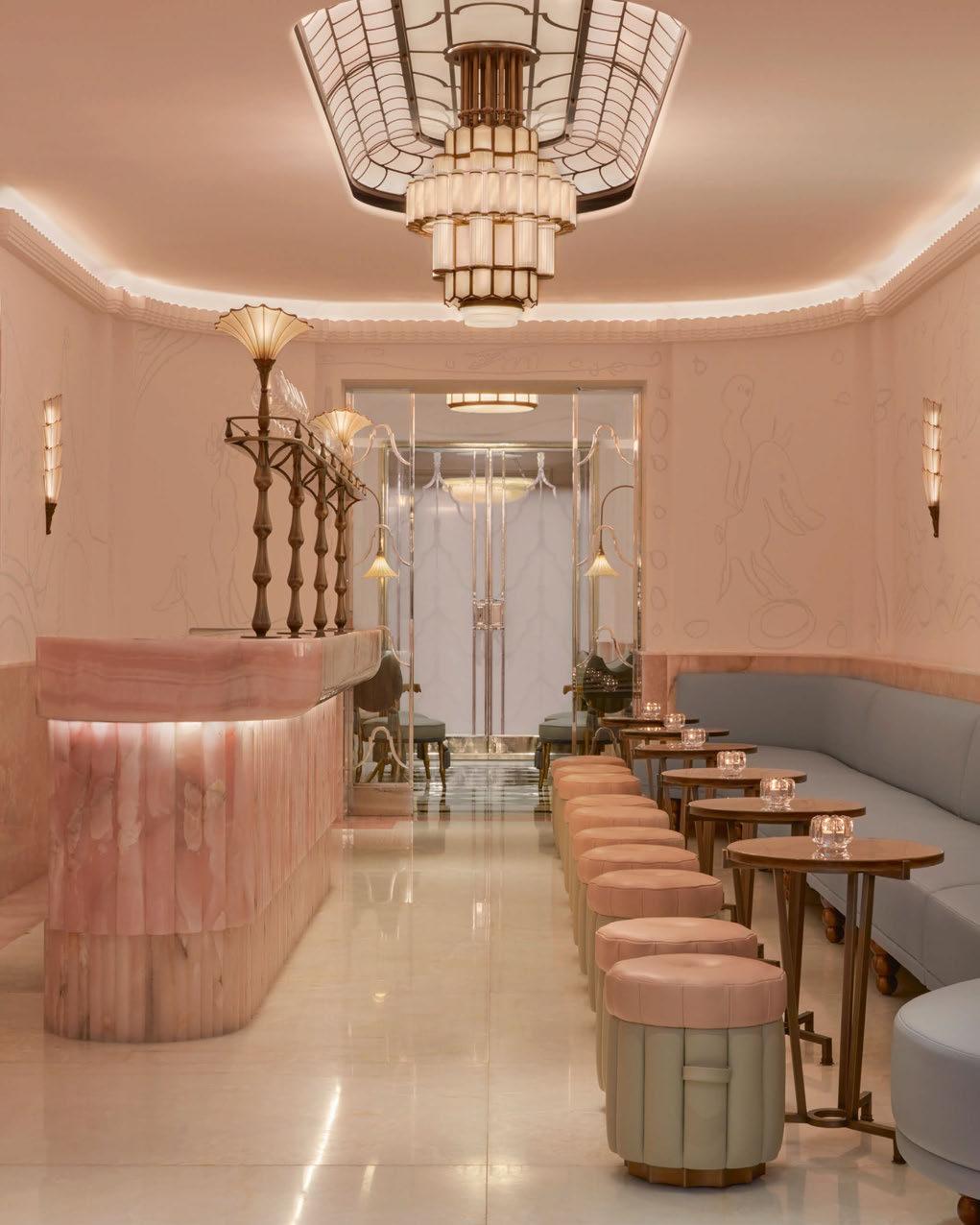
J.T. Kalma rG mb H| Bennogass e8| 108 0 Vienn a| Austri a| +4 31 40908 8 0- 0| sales@kalmarlighting.co m ww w.k alma r lig ht ing.co m
The hotel’s biophilic design style extends to the guestrooms, where a palette of earthy tones combines with timber panelling and large box windows
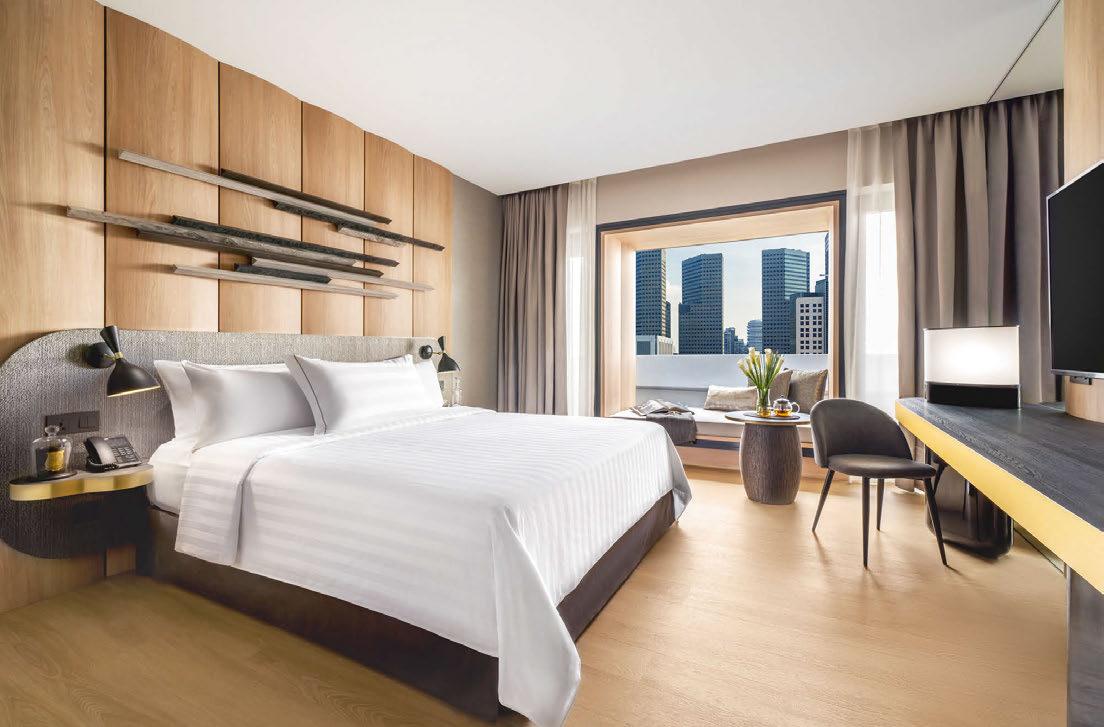
structures create delightful focal points within the gardens and were inspired by songbirds that the hotel was renowned for. The atrium floor was designed as a plaza with green spaces inhabiting the nooks and edges, interspersed with lounge spaces and garden pavilions.”
This phased SG$45-million renovation is testament to the way an existing, somewhat dated hotel can be refurbished and renovated into a modern, urban property with sustainability at its heart. Indeed, the very fact that the building has been retained rather than razed to the ground to make way for a newbuild structure is sustainable in itself.
“The decision to retain the building felt right on many fronts, economically as well as ecologically,” says FDAT. “One tenet of sustainability is not to first create unnecessary waste, which applies to buildings as well as plastic bags. Pre-eminent engineer Dr Hossein Rezai describes the demolition of a typical highrise, which emits 51,300 tons of carbon dioxide, as equivalent to wiping out 10,000 hectares of
forest – an area larger than all of Singapore’s nature reserves. Retaining the elder building brought about many challenges – internal spaces had rather low headroom crowded with existing services. This was contrasted unfavourably with the open atrium space, which at 21 storeys tall, was urban-scaled and intimidating.”
The new property has seen the very opposite of tree-felling with some 2,400 trees, shrubs and plants introduced to the space, aligning the hotel with Singapore’s ‘OneMillionTrees’ movement that aims to restore nature back into the city over the next ten years: “The extensive foliage softens hard surfaces and improves indoor air quality,” FDAT explains. “We also believe in its psychological effects, helping to bring people closer to nature, showing that large scale greening is not only possible in newbuild projects, but also in older repurposed ones.”
The F&B spaces throughout – including all-day dining space Peppermint, elevated Cantonese cuisine at Peach Blossoms, Ruth’s Chris Steak House and Japanese spot Sushi
080
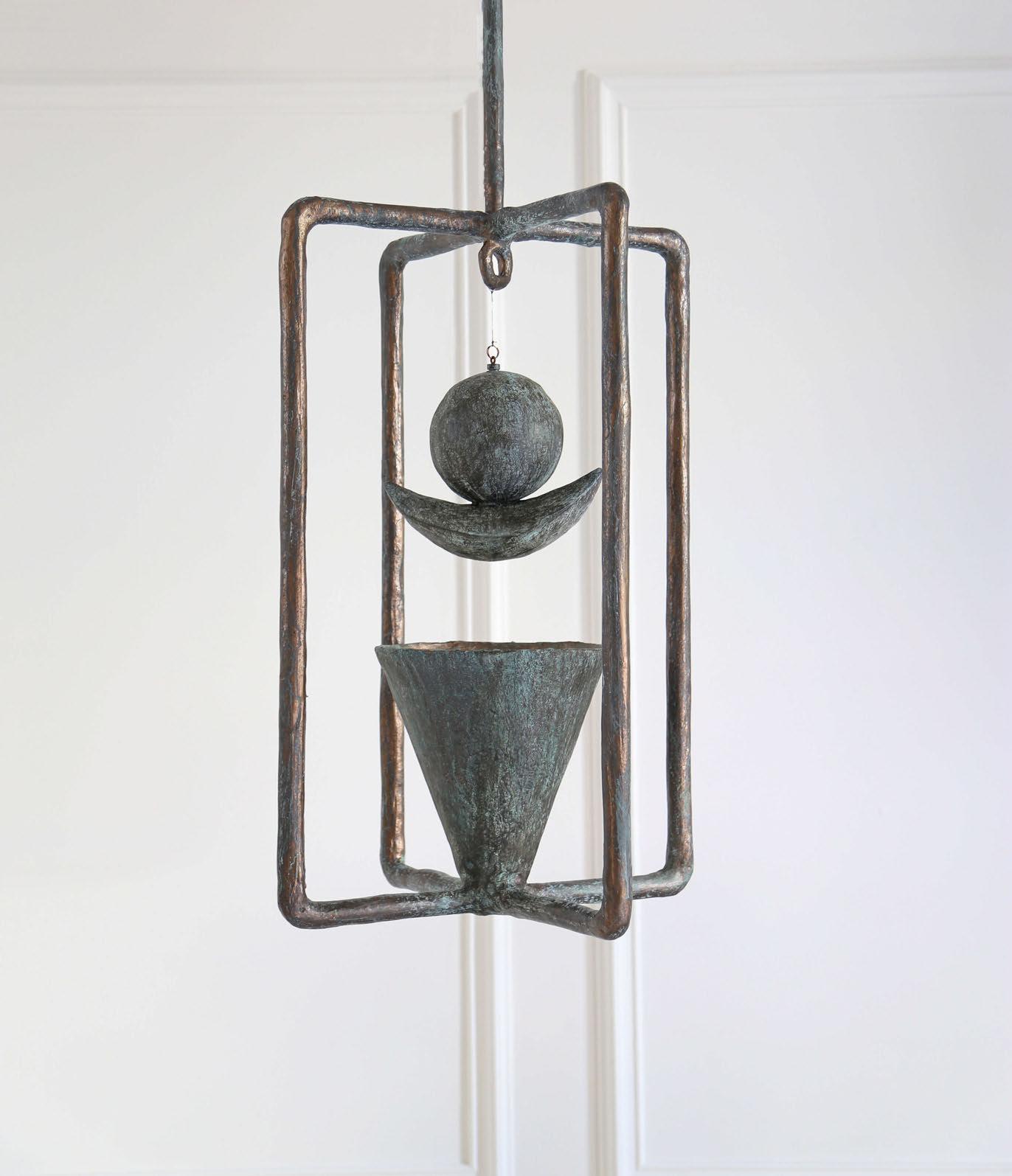
























paolomoschino.com
Jiro – also embrace the garden concept. Private dining rooms are expressed as glass-encased greenhouses that extend into the atrium gardens, allowing in natural light, and for diners to see and be seen.
Unused rooftop areas adjacent to the restaurants have been transformed into an urban farm, whose ingredients make the short journey from farm-to-table with herbs, edible flowers and vegetables used as garnishes and aromatics in many dishes and cocktails. In a nicely circular process, an on-site food digester breaks down food waste to provide nutrient water for the gardens.
This commitment to the environment and sustainable operations extends to the 583 guestrooms, where glass bottles and a filtered water system assist with the reduction of single-use plastic bottles, and amenities come in biodegradable packaging.
According to its developers, the new hotel provides a harmonious balance of “iconic design, eco-friendliness and wellbeing”, with a
plethora of wellness options accessible from the fifth floor. Fitness-focused patrons can enjoy the two-studio gym with a spin bike studio and fitness centre, while the adjacent St Gregory spa offers a range of treatments and therapies.
Outdoors, alongside the club lounge, a mineral-water swimming pool is fitted with 1,380 fibre optic lights, transforming it into a galaxy-themed experience at night with expansive views over the Marina Bay skyline.
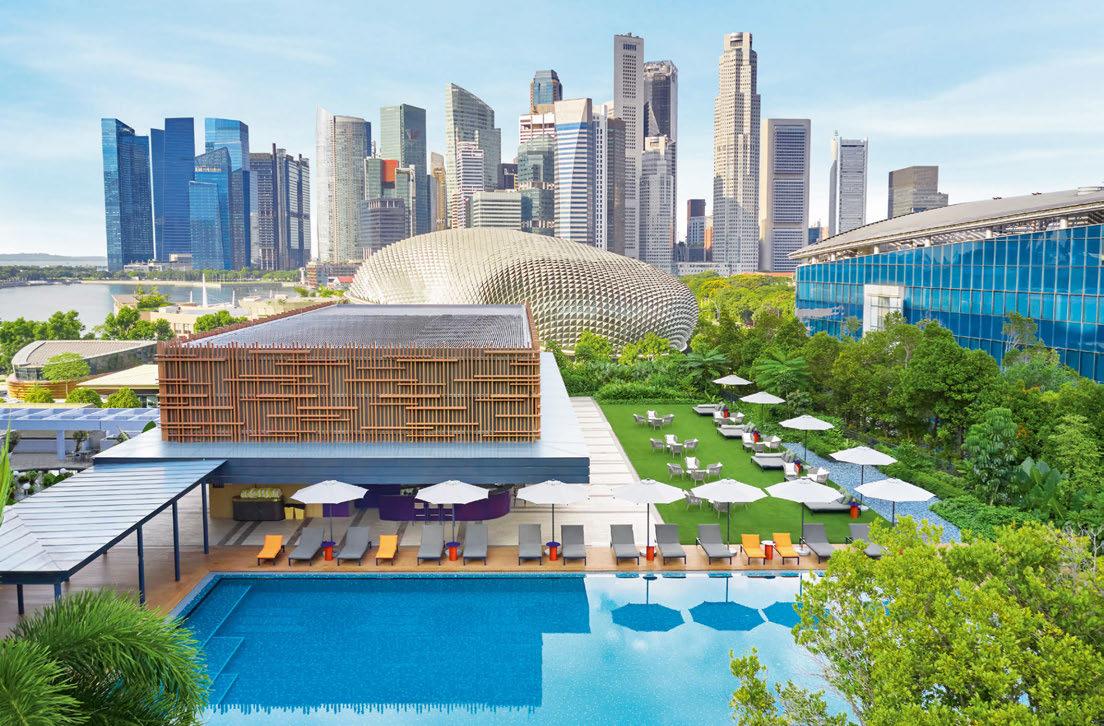
As FDAT concludes, Parkroyal Collection Marina Bay has seen the reinvigoration of a 30-year-old building on a prime city site in land-scarce Singapore, one of the redevelopment capitals of the world where older buildings are often torn down and replaced on a daily basis. “The existing structure was robust and interesting, and our challenge was to craft a new hospitality experience within this framework, capitalising on its strengths,” they reflect. “Our design focuses on repurposing and transforming the experience of this significant structure through a biophilic approach.”
EXPRESS CHECK-OUT
Owner / Developer: UOL Group, Singapore Land Group
Operator: Pan Pacific Hotels Group
Architecture: Portman Architects (1987) Architecture and Interior Design: FDAT Architects
Lighting Design: Light Collab
Visual Identity: Blak Lab
Landscaping: Ramboll Studio Dreiseitl Main Contractor: TG Decor www.panpacific.com
082
Join the world’s prestigious hotels that trust DUX for their guests’ comfort

At Pater Noster we pride ourselves on offering a unique and high-quality experience. Our partnership with DUX complements us with just that. Our DUX beds provide our guests with an outstanding level of comfort and sleep. The one-piece bed/mattress option is perfect for us, a minimalistic Scandinavian design, yet it delivers a level of rest and ’recharge’ for body and busy minds matched perhaps only by the breathtaking tranquillity of this isolated island itself.

Visit us to try the DUX bed and enjoy a cocktail on stand 17
Mirja Lilja Hagsjö, General Manager Pater Noster Hotel, Hamneskär, Sweden
DUXIANA is one of the differentiators of the sleep experience we offer here at The Langham, New York, Fifth Avenue. We pride ourselves on providing our guests with a respite from the hustle and bustle of life through the most luxurious experience possible, and that begins and ends with the quality of the sleep they experience with us. Thanks to DUXIANA, we know that our guests get the best rest they possibly can in the ‘city that never sleeps’.
 Richard Bussiere, Managing Director The
Richard Bussiere, Managing Director The
1
Langham, New York, Fifth Avenue
The world’s most prestigious hotels

Hotels know their guests demand excellence in service, design and hospitality. Unlike any experience in the world, the most prestigious hotels are meticulous about every single detail to make a guest’s stay perfect. Uncompromising high standards are the bedrock of the world’s best hotels, from the way a hotel operates what is perceived to be effortless quality and character, to how the staff treat guests, and every design detail in-between.
That is why those same hotels choose DUX beds. The greatest luxury of all is a good night’s sleep. At the end of a long day, your guests deserve to be wrapped in comfort and to awaken feeling refreshed and revitalised. DUX beds are the result
of over 90 years of innovation and a deep study of sleep science. Today, we have a cultural focus on sustainability. Not just in the materials we choose, and our build practices, but in the longevity of our beds.
You can rest assured our beds meet the highest standards of material sustainability, with Oeko Tex 100 certification, meaning DUX beds meet strict human-ecological requirements by being completely free of any unhealthy or harmful substances. In a DUX bed you can be sure you are sleeping on a bed that is toxin-free. Alongside this, we have engineered every part of the bed to be replaceable and upgradable; if a layer gets damaged, it can be easily replaced. Our range of beds have a longer room cycle, and can last even longer.
At The Setai, Miami Beach, our sophisticated, international clientele has enjoyed DUX beds for nearly 20 years. Our guests are well-travelled and expect only the best while staying with us, and our DUX beds are consistently praised as a favourite part of The Setai experience. We are grateful to have this wonderful, continued partnership with Duxiana.
Alex Furrer, General Manager The Setai, Miami Beach
1. THE LANGHAM, NEW YORK, FIFTH AVENUE New York, United States
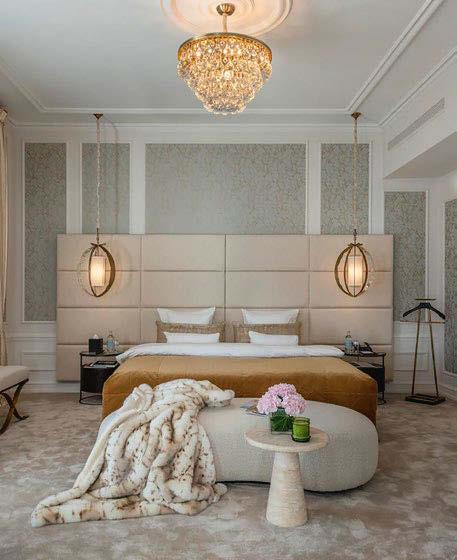
2. HOTEL D’ANGLETERRE Copenhagen, Denmark
3. THE SETAI, MIAMI BEACH Miami, United States
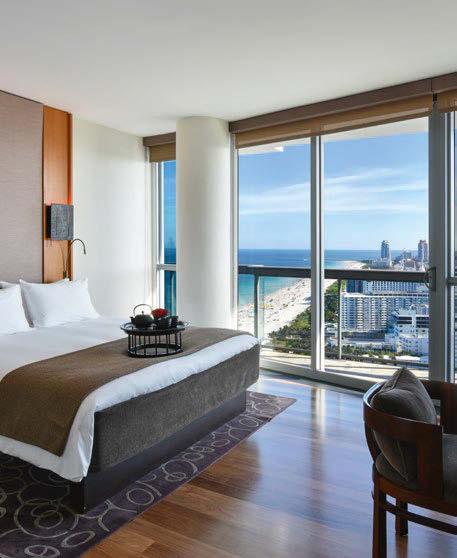
2 3 Visit us to try the DUX bed and enjoy a cocktail on stand 17
Why hotels love our beds
They last longer with a 4x increased room cycle. They are easier on housekeeping, designed to be shown off, only the top pad needs to be dressed. They are sustainable; certified materials and being component-based means you only replace the parts you need, not the entire bed.
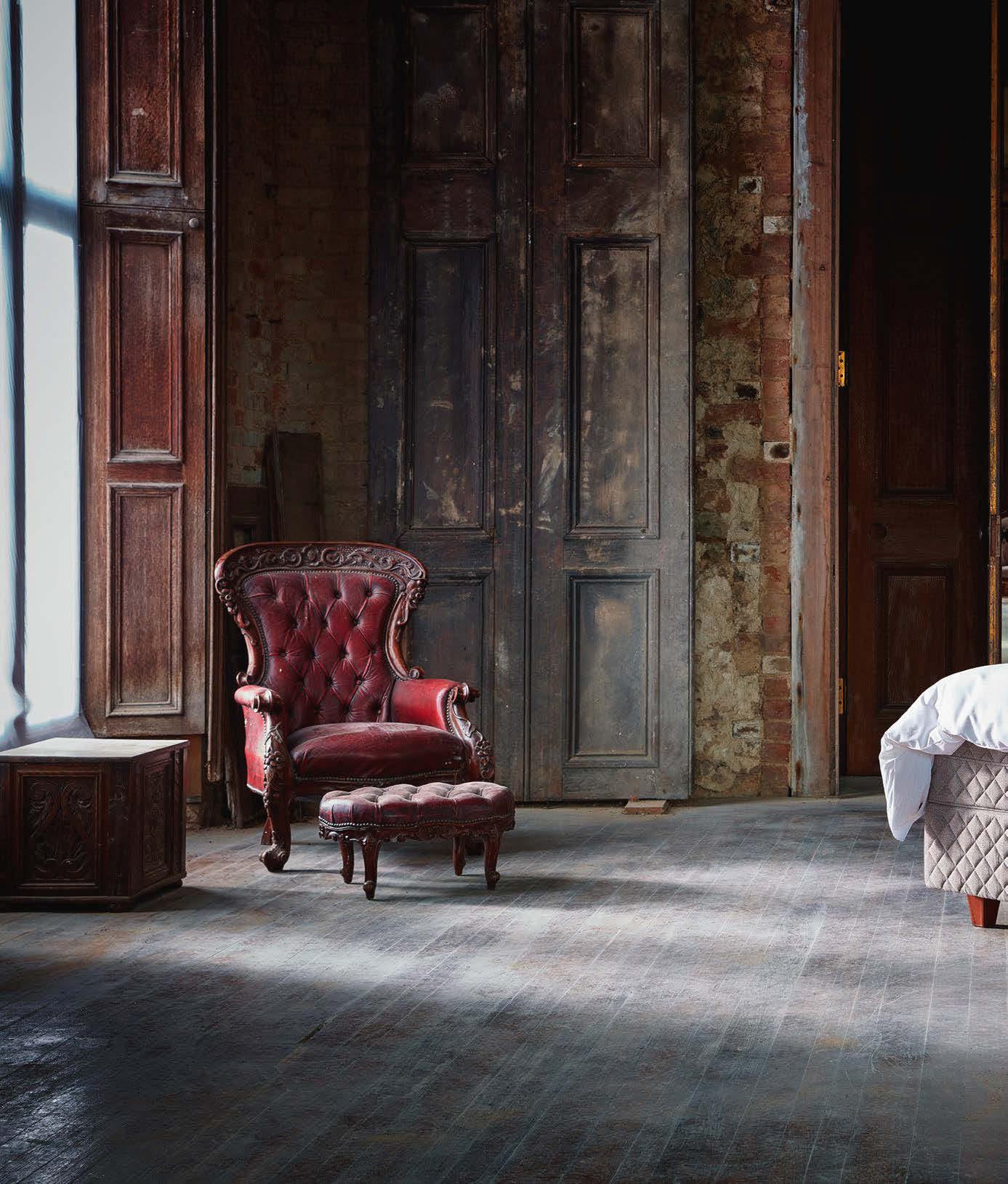
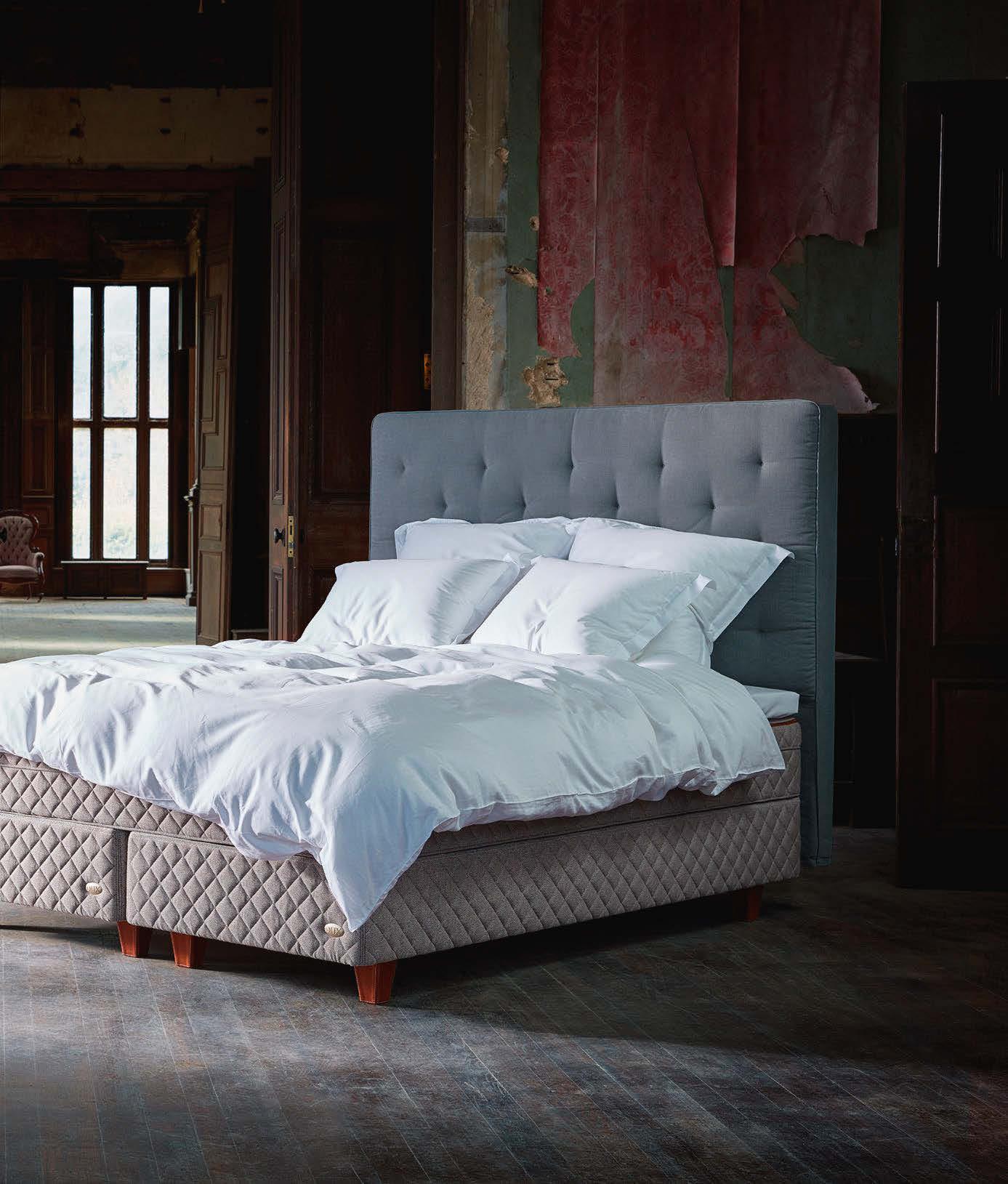
H1 is made from natural, durable materials, a component-based bed designed for years of use.


H3 features our interconnected springs coupled with Pascal interchangeable spring cassettes, bringing a superior level of comfort leading to deeper and longer sleep.
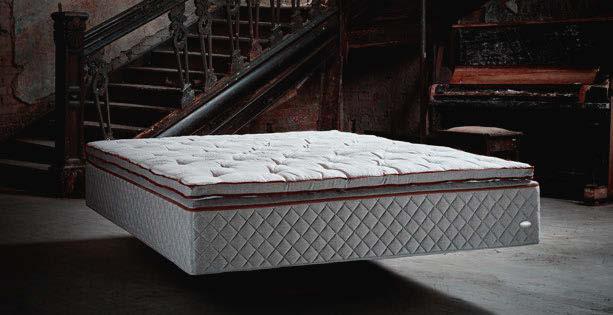
HF1 is the perfect introduction to the DUX standard of comfort.
HF3 is the ultimate frameless mattress with customisable comfort zones.

H6 is the ultimate realisation of our innovations and decades of commitment in the pursuit of a good night’s sleep.
DUX is more than just a bed. It’s a vehicle for wellbeing. The DUX bed is about deep sleep to allow your body to repair, rebuild and restore itself.

PASCAL SYSTEM
FIRE PROOF
DUX SPRING SYSTEM
OEKO-TEX
Visit us to try the DUX bed and enjoy a cocktail on stand 17

Talk to us about your hotel and specific requirements. Our bespoke service can configure a sleep solution perfect for your guests.
contract@DUX.se
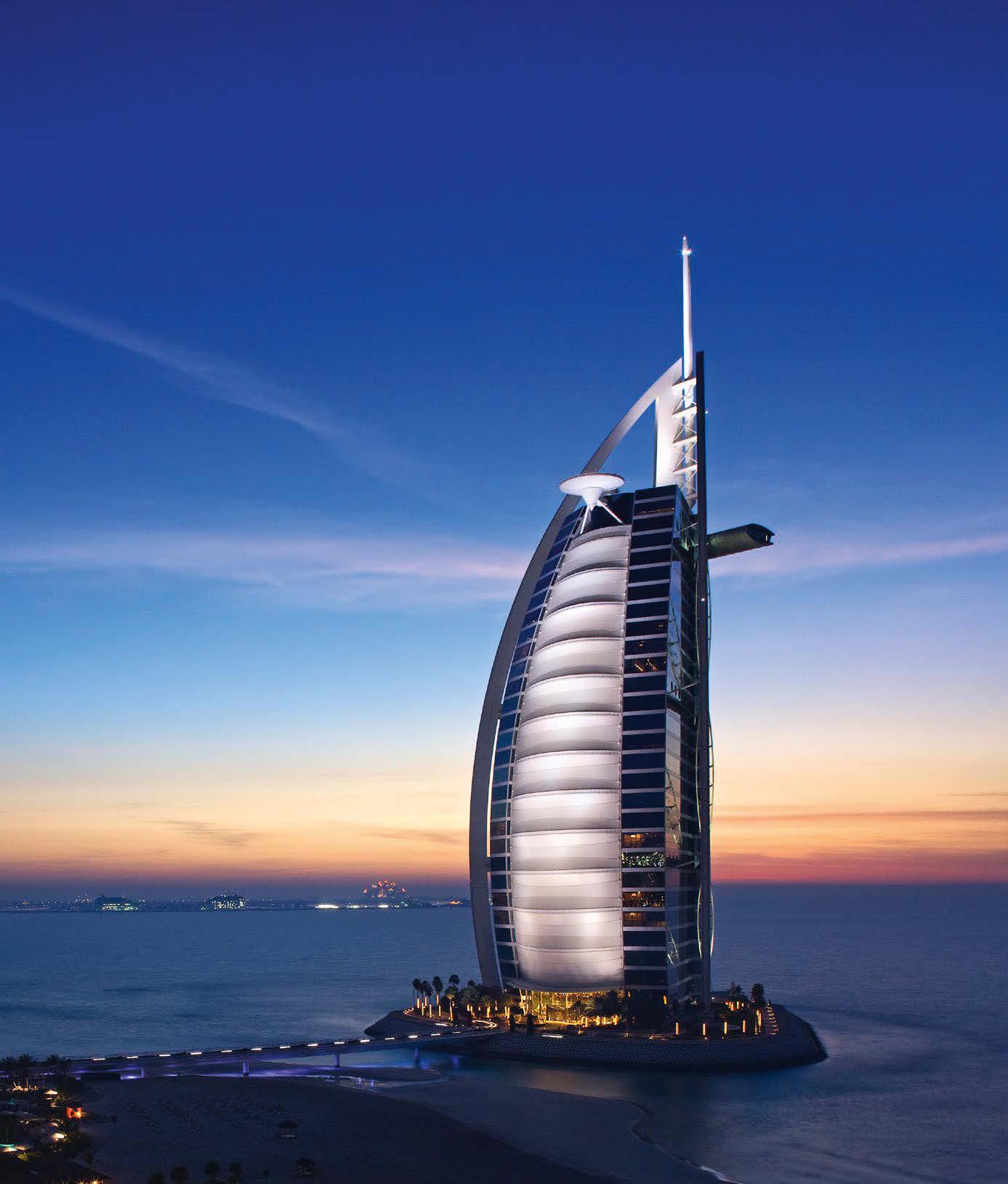

Visit us to try the DUX bed and enjoy a cocktail on stand 17
Join the world’s prestigious hotels that trust DUX for their guests’ comfort
BURJ AL ARAB JUMEIRAH Dubai, United Arab Emirates
Immerso
ERICEIRA
Emphasising the connection between outside and in, a new hotel in a Portuguese surf town aims to immerse guests in their surroundings.
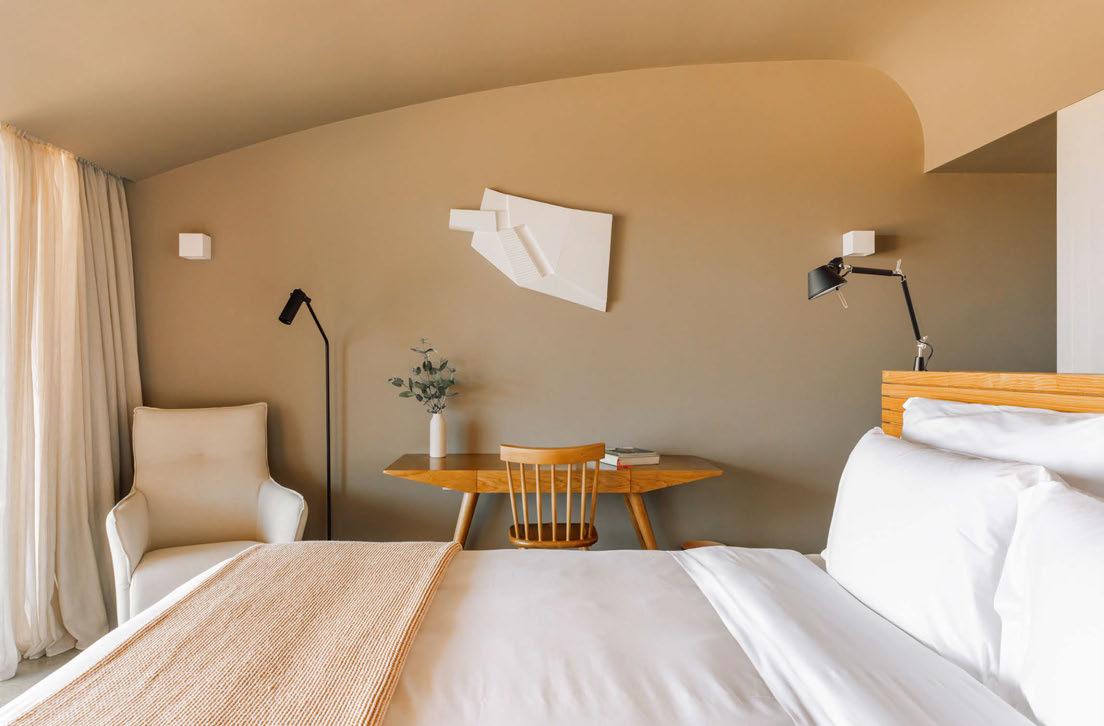
Words: Elly Earls
Photography: © Francisco Nogueira
At Immerso, a new hotel that has opened in the small surf town of Ericeira, some 40 minutes north of Lisbon, the valley site is the protagonist. In the style of southern Iberian architecture, the main building is at the highest point, while the three others follow the contours of the land. “The guestrooms and restaurant are positioned to make the most of the view, taking in the valley and the sea,” explains Portuguese architect Tiago Silva Dias. “That was the first and most important aspect to our approach.”
Silva Dias was involved not only in the architecture of the buildings, but also in the furniture design and, together with the hotel’s co-founder Alexandra Almeida d’Eca and Bárbara Neto from Lemon Variance, the recruitment of local artisans. Both guestrooms and public spaces feature pieces by contemporary artists, primarily Portuguese, spanning decorative vases and mirrors to artisanal rugs and lighting. Outside, the site is dotted with sculptures, the most striking of which is ‘Mergulho em Ti’ –
translated as ‘I dive in you’ – by João Noutel, which sees a gigantic diver’s head complete with snorkelling gear seemingly emerge from an underwater adventure. Nearby, a colourful ring bench crafted by Los Pepes Studio, sure to be popular amongst Instagrammers, overlooks the ocean.
Every element of Immerso is designed to make use of the site and connect guests to their surroundings. A wooden walkway leads to a yoga platform with panoramic views, while interiors are a multi-sensory experience.
Elvis Veiguinha was tasked with producing a distinctive soundscape for the hotel, while Lourenço Lucena – the only Portuguese member of the International Society of PerfumerCreators – developed an olfactory identity, translating the scent of the ocean into an aroma that stays with guests long after they leave.
Inside, the foundational elements of the design use the rawest of raw materials – concrete, wood and steel. “Again, it’s to emphasise the connection with the environment,” confirms
083
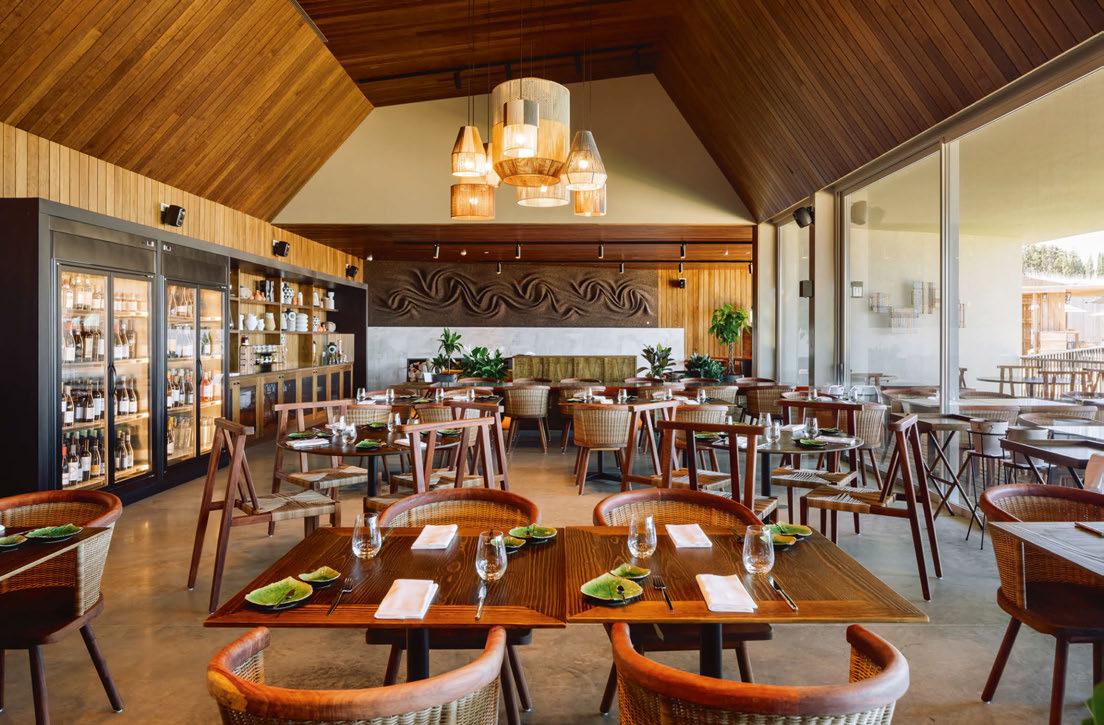
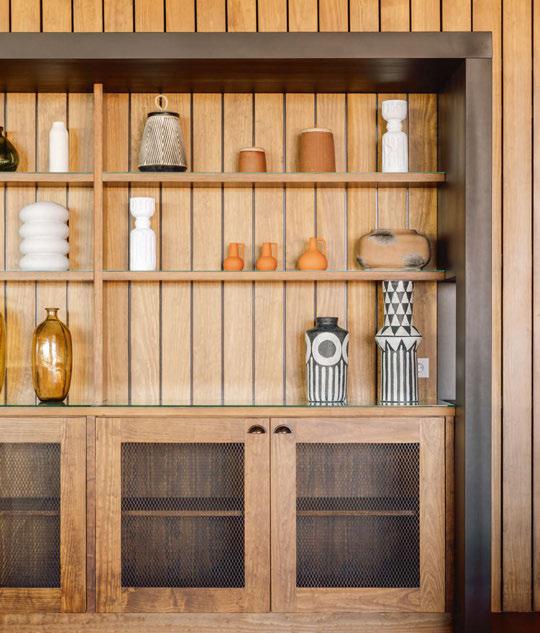
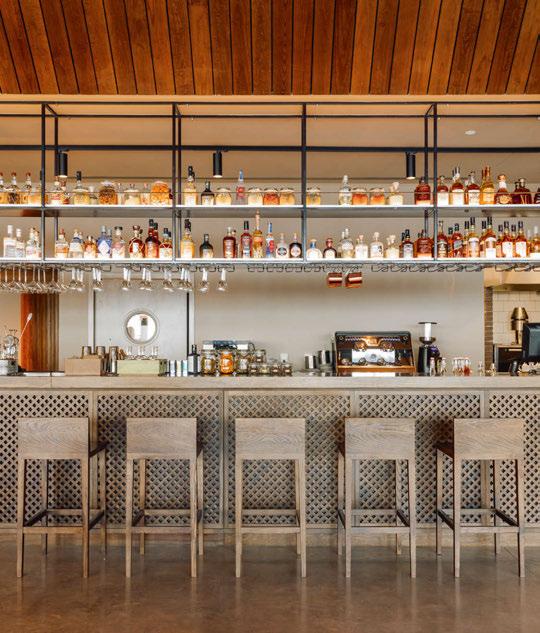
084
Silva Dias. These are paired with softer elements like the cotton and rope used on the lighting fixtures and the carpets braided with cork and recycled materials, bringing the outside in. Plaster sculptures – including a replica of the hotel’s site in miniature, demonstrating just how snugly it fits into the valley – give form and volume to the walls. Each of the 37 rooms also features plastercasts of a different section of the property, while ceilings are gently curved to evoke the silhouette of the waves, resulting in a cocooning effect. “The idea is that you feel protected, with the curve then drawing the eye to the view,” Silva Dias describes.
The property’s F&B is similarly ‘immersed’ in its location. Overseen by Portuguese Michelinstarred chef Alexandre Silva, Emme – the main restaurant occupying a significant part of the ground floor – draws its main inspiration from what the nearby ocean provides, supplemented by goodies from the hotel’s organic vegetable garden. The grilled octopus, a staple of most Portuguese seafood restaurants, is presented in
its own skillet and tastes even better than it looks, while local prawns are served on a bed of the freshest algae. Even some of the cocktails contain sea foam. When the weather is right, Emme extends beyond the veranda to a fire pit level built into the valley. It is conceived for shared community experiences, although guests may end up fighting for the seats at the table built around a tree.
The team has further optimised the site by positioning the pool deck atop one of the four buildings, and unsurprisingly, the view across the valley takes centre stage. Pool time is best followed up by a trip to Immerso’s spa, which includes a sauna, steam bath, sensory bath and three treatment rooms, all offering therapies in partnership with organic vinotherapy brand Vinoble Cosmetics.
For Silva Dias, designing Immerso was an exercise in bringing the atmosphere of the locale inside and emphasising the connection, everywhere, between outside and in. The hotel truly lives up to its name.

EXPRESS CHECK-OUT
Owner: Alexandra Almeida d’Eca Architecture and Interior Design: Tiago Silva Dias, Lemon Variance www.immerso.pt
085
The Standard
BANGKOK MAHANAKHON
The Standard’s Asian flagship is a creative stage on which Bangkok’s tongue-in-cheek exuberance meets vintage styling and organic forms for sensory experiences galore.
Our brand is in a constant state of evolution,” says Verena Haller, Chief Design Officer of The Standard. “It’s important to create destinations that appeal not only to the international traveller, but to the local community too. We strive to create places that are at home in their surroundings while also being distinctive and unique.” Delivering on this vision in spades, the brand’s flagship property in Asia breathes fresh life into the Thai capital’s hospitality scene with multidimensional, energetic and eclectic spaces that serve as a magnet for Bangkok’s bright, young things as well as the world’s digital nomads.
Set in the 78-storey Ole Scheeren-designed Mahanakhon tower, a spiralling intrigue of a building that makes its mark on the skyline, The Standard’s second Thai property has been conceived by the brand’s in-house design team in collaboration with Jaime Hayon of Hayon Studio, as an ultra-social urban retreat in the heart of the Central Business District. Here, the cultural vocabulary of the city is translated into a backdrop for a sequence of immersive experiences, from art installations to sky-high cocktails, culinary programming rich in contrasts to one-of-a-kind meeting spaces. “Visible from all parts of Bangkok, the architecture of the building is stark and prominent,” Haller notes. “We wanted to create interiors that are warm and filled with landscape, life and colour to complement it.”
Rather than overwhelm with size and grandeur, the ground-floor lobby welcomes visitors into a green oasis that acts as a foil to the height and dimensions of the building. Oversized rattan lamps, made in Thailand, sway above stone flooring depicting a couple in an embrace, while textural inlays and curves, tactile banquettes and tropical planters inject warmth and an enveloping quality. The lobby shop is a treasure trove, filled with a selection of luminous lanterns, contemporary jewellery and take-home objects made by local artisans. There isn’t a straight edge in sight – and there rarely will be in the journey yet to unfold.
Elevators hint at the audiovisual aspects to come, the graded glass giving the appearance of a mirror that stretches to eternity while curated music by DJ Rui plays – the soundtrack morphing from venue to venue. With the arrival experience continuing up on reception level, all the senses are engaged. The eyes are drawn to displays of curios, collector items and porcelains while art pieces include the bronze Personnage sculpture by Joan Miro, located in a niche near the elevators, and a kaleidoscopic Marc Quinn painting in the lobby – both from the collection of owning company King Power. Installed behind the reception desks, Heaven’s Gate by video artist Marco Brambilla nods to the brand’s New York flagship, and elsewhere, further pieces come courtesy of Saatchi Art.
086
Words: Neena Dhillon • Photography: Courtesy of Standard International

087
Designed by Ou Baholyodhin, Ojo is a study in rose-gold glamour, where a feminine rose-quartz-inspired circular bar takes centrestage
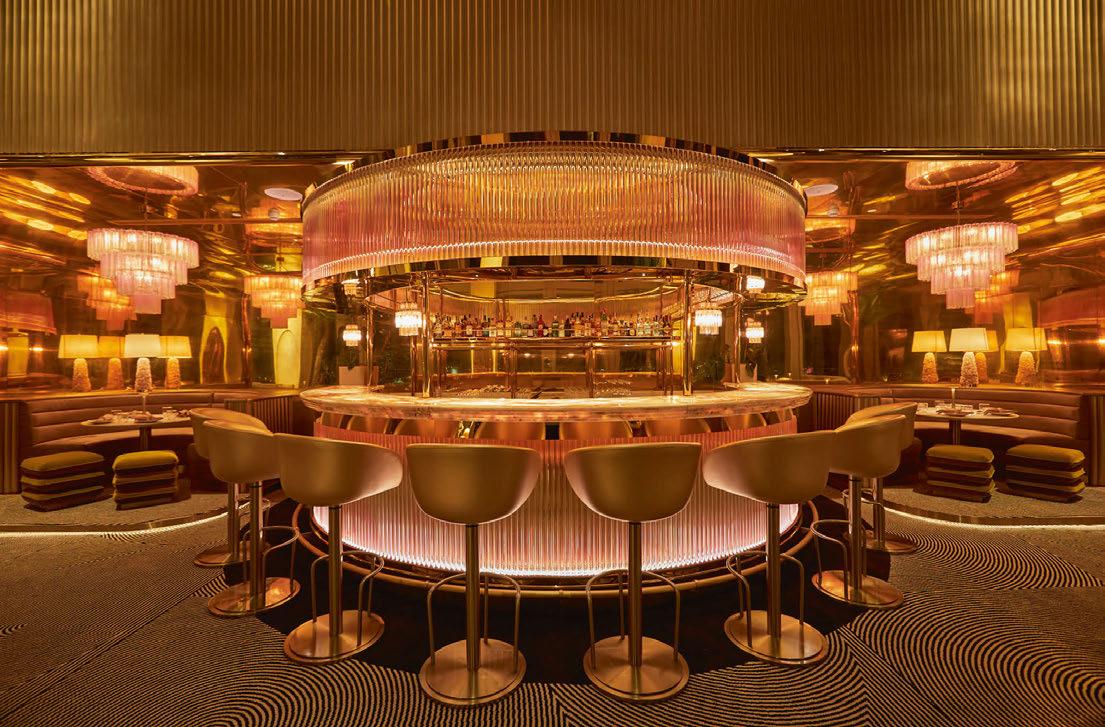
Reception wraps around to the first of six food and beverage venues, which really draw in the crowds. The airy Parlor spills from inside to outdoor terraces and features a range of vintage-styled banquettes, sofas and armchairs while greenery drips from the top of the oversized DJ booth and attractive marblelined bar. The palette plays on primary colours yet each shade is given a twist to add depth or rounded to a sophisticated hue. The mischievous character of Bangkok emerges in painted red lips that adorn prints or are smacked all over busts. “Our guests can mingle or hide away, they can move from one area to the other, and enter new pockets of energy complemented by entertainment,” explains Haller. “There will always be something that inspires.”
This energy shift continues as guests move from The Parlor through a set of doors into Tease, a tearoom with the vibe of a Mad Hatter’s tea party. For the interiors, the team turned to Vienna, specifically the work of Austrian architect and designer Josef Hoffmann, to
develop a monochromatic scheme of symmetry and whimsy, the graphic black-and-white furniture complemented by quirky papiermâché models. “We look at each F&B outlet as its own destination,” confirms Haller. “They are not just hotel outlets but rather distinctive venues where people go to be social. The Parlor, with its sound booth and lounge furniture, offers a place to hang-out, work through the day and socialise into the night. Then there’s Tease, with its Viennese-inspired patterns –each one tells a story and can stand alone.”
This intention is never lost. In homage to the iconic Standard Grill in New York, the Bangkok version melds notes of the original – take the subway tiling, vaulted ceiling and penny-strewn flooring – with motifs more familiar to Thailand. Hayon’s hand-drawn graphic frieze adorns the soft furnishings, as do fantastical depictions of local wildlife printed onto fabric dividers, while the outdoor sections of the all-day brasserie are reminiscent of a greenhouse. Back inside, rattan dining chairs to Hayon’s own design and made
088
Ona Collection
Simple as Nature
Inspired by the Mediterranean, the warm spirit of Ona makes your guests feel at home. Discover Ona: a timeless, versatile and sustainable bathroom collection. roca.com/ona
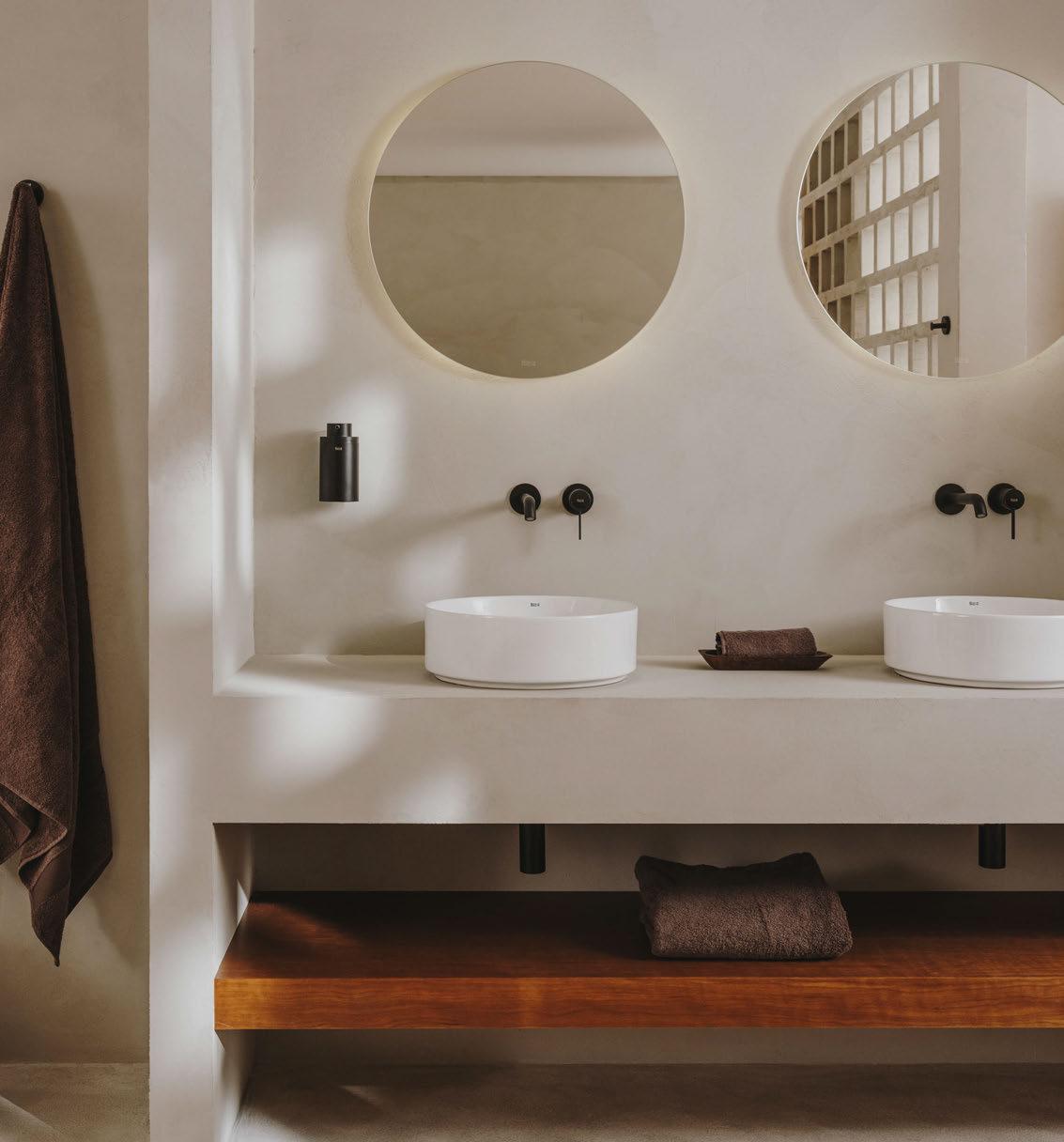
by Expormim accompany sociable booths, with additional seating available at the slick metalaccented bar with bold checkerboard backdrop. Each venue also benefits from its own set of staff uniforms, which never fail to impress, the collection designed by Fah Chak Woman.

Up on the 76th floor, the culinary adventure continues. Bringing the contemporary Mexican cuisine of Chef Francisco Paco Ruano to Bangkok, Ojo is a study in rose-gold glamour. Design here is by Ou Baholyodhin, who drew on the mysticism of Latin American civilisations and the long tradition of mining precious metals and gemstones to develop the aesthetic. Deeply rooted in Mexican folklore, the all-seeing eye (Ojo de Dios) from which the restaurant takes its name is translated into a structural entrance feature while the Mexican art of macramé informs wallcoverings. Sculptural uplighters take the form of yucca trees, sprouting from golden dining booths complemented by a feminine rose-quartz-inspired circular bar. The hotel’s fifth dining venue delivers the food of
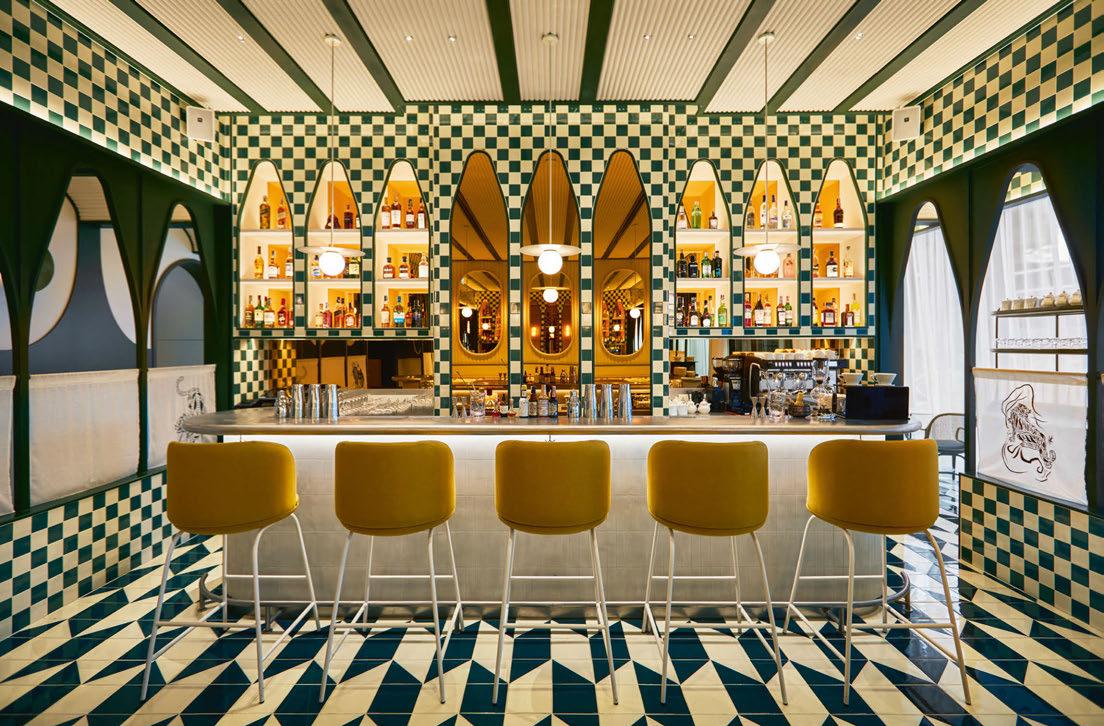
090
JUNG UK Showroom · 6 / 7 Albemarle Way · Clerkenwell · London Visit by prior arrangement: jung-group.com/london

DESIGNED
are
to visit us
JUNG.DE/LS-TOUCH MADE TO TOUCH.
TO CONTROL. THE SMART KNX ROOM CONTROLLER. You
welcome
at:
Photographer: Constantin Meyer, Interior: Design Post Cologne
Hong Kong’s celebrated Cantonese restaurant, Mott 32, to Bangkok. Design studio CAP Atelier has evoked the feel of a modern and sensuous conservatory rooted in shutters, metal accents, neutral-toned furniture and handpainted murals of bygone Chinese and Thai lifestyles that illustrate columns, walls and bathrooms.
At the heart of the venue is a hexagonal island bar while private dining rooms are influenced, in turn, by Chinese and Thai music cultures, the silk trade and teak. Public spaces are completed by the open-air rooftop bar Sky Beach and the chic Standard Pool, its sorbet-shaded loungers and striped umbrellas overlooking the cityscape.
Introducing a more restful design rhythm, The Standard’s accommodation makes the most of city views and home comforts. “You can relax on your bed, invite friends to sit around the table and catch up or, if you need to, work in peace and quiet up in the sky,” observes Haller. “It’s about slowing down and letting go.”
Wrapped in floor-to-ceiling glass, the 155 guestrooms and suites touch on Mid-
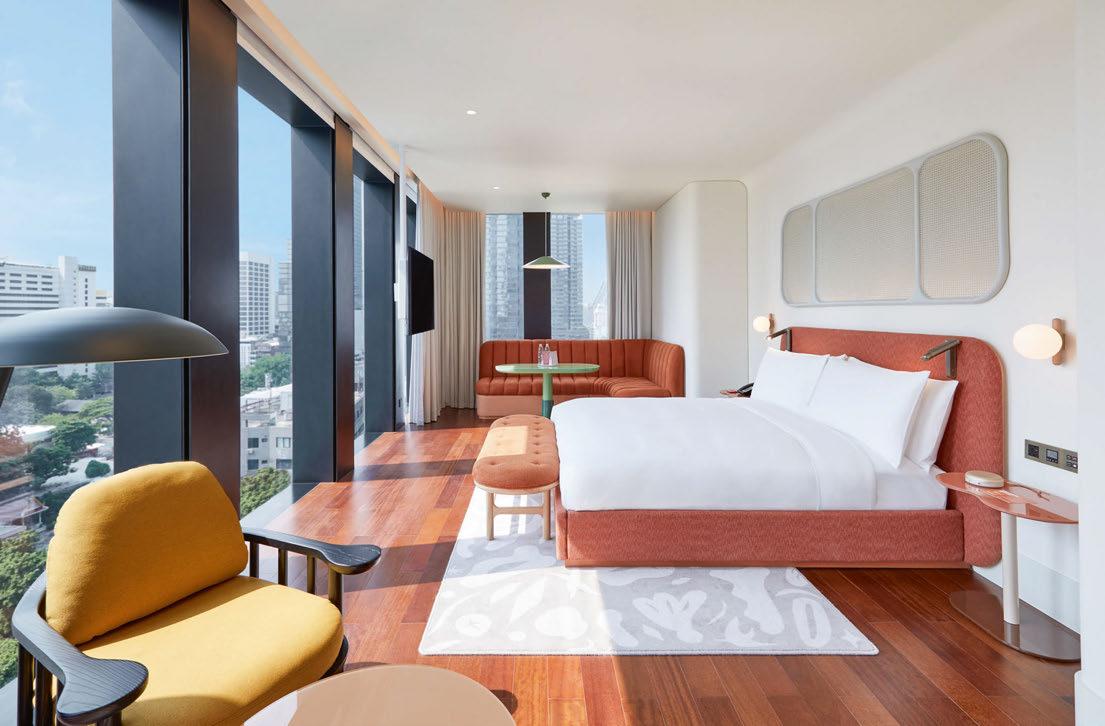
Century Modern styling, expressed through the organic lines of banquettes, chairs, wardrobes and mirrors. There’s no high-shine gloss. Glass sits over matt finishes while textured stone bathrooms are soothing and carefully considered for the utmost functionality, from the generous shelf niches to the deep soaking tubs. Adds Haller when describing the rooms: “The minibar is stocked with anything you desire, the lounge chair in the corner makes you forget the time and just relax and read.”
With such an array of unexpected and meticulously-designed spaces, do Haller and her team have any standout moments? “There are so many. I love our carefully collected styling elements and the shelves filled with items from around the world, it’s our own version of a flea market,” she responds. “I hope that guests find it difficult to choose a favourite too, there shouldn’t be just one aspect of the design that they love or are inspired by. One informs the other, it needs to be a symphony – only then have we succeeded.”
EXPRESS CHECK-OUT
Owner / Developer: King Power Group
Operator: Standard International Architecture: Büro Ole Scheeren
Interior Design: Standard International in-house design team, Hayon Studio, Ou Baholyodhin (Ojo), CAP Atelier (Mott 32)
Brand Identity: Be Our Friend
Lighting Design: Light Collab
Landscaping: Landscape Collaboration
Main Contractor: Ritta
Project Manager: CM49 www.standardhotels.com
092
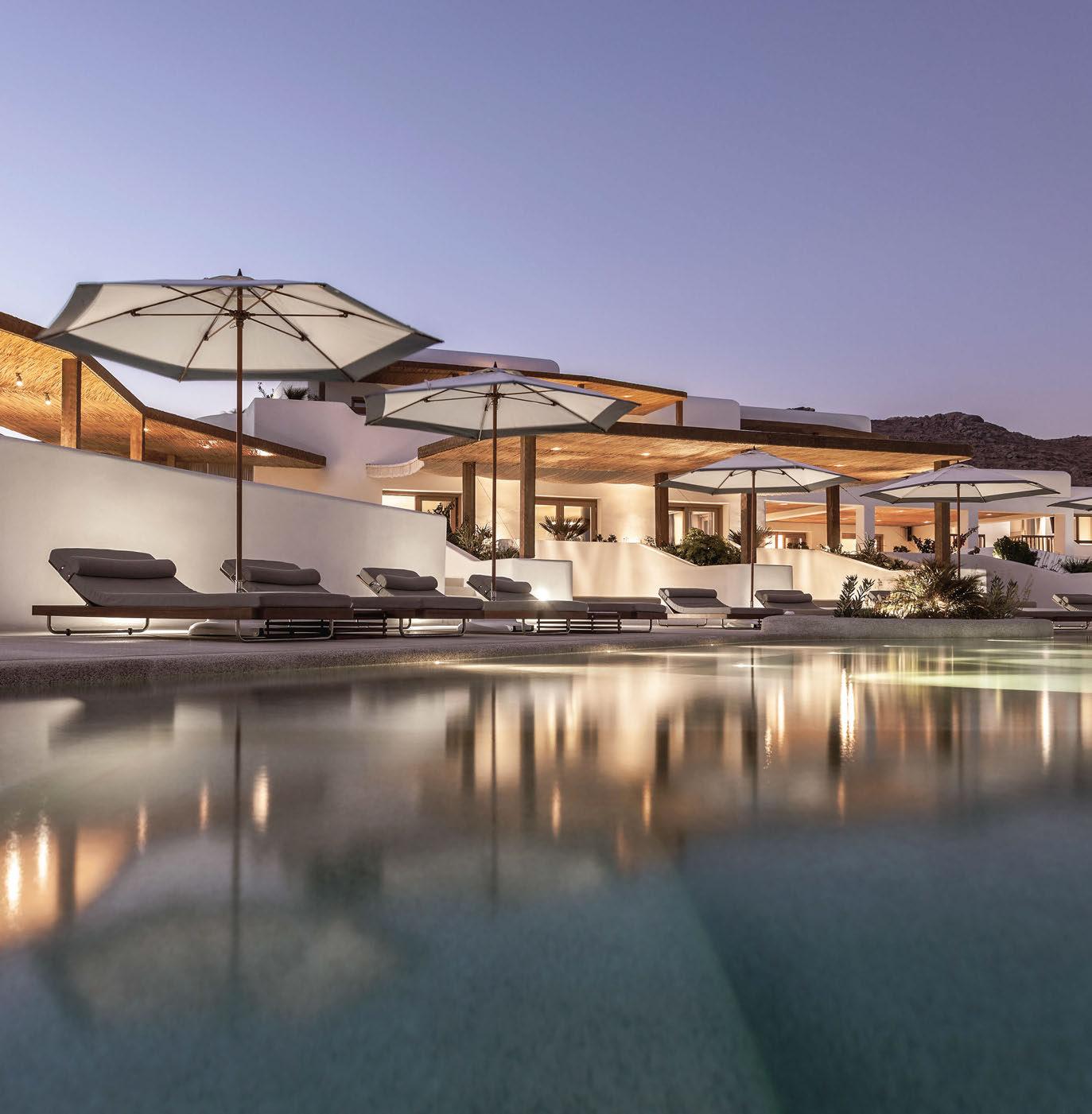
TUUCI.COM
BAY MASTER M1 FIBER-FLEX


Visit us at 17 & 18th November Stands U1 & U3 www.bagnodesign.it
The Julius PRAGUE
House of Julius Meinl brings its retail expertise to the hotel sector, opening a serviced residences designed by Matteo Thun.
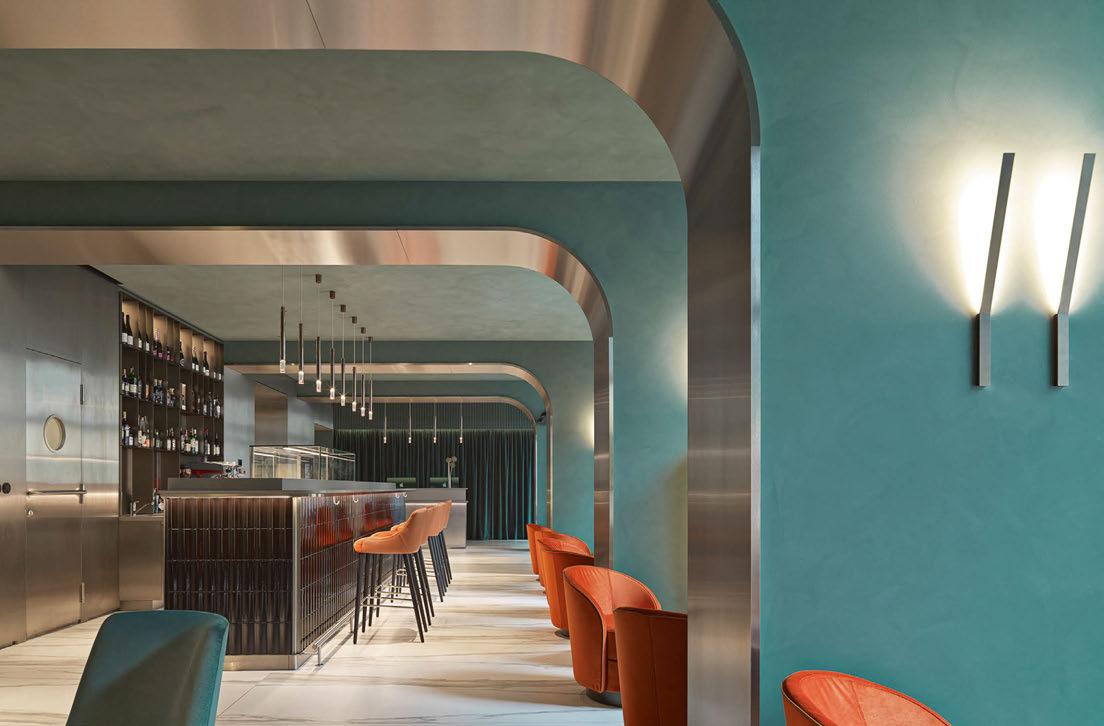
My ancestors originated from the Czech Republic,” says Julius Meinl VI, sixth generation member of the House of Julius Meinl, as he sips a fresh cup of coffee at the group’s debut hotel in Prague. “We have roots here, so it was a natural choice for our first venture into hospitality.”
Breathing new life into a Neo-Renaissance building on Senovážné Square in the city’s New Town, the 168-key property looks to bring “accessible luxury to an underserved market” according to Meinl, who is the driving force behind Julius Meinl Living. With the family name known as a manufacturer and retailer of coffee and gourmet foods, the new-generation Julius Meinl has ventured into hospitality, leading the development of an accommodation offer.
“A hotel wasn’t the only option we considered after acquiring the site several years ago, but following lengthy conversations, we landed on hospitality, specifically serviced residences,” he explains. “Our goal is to offer a temporary home for those travelling to Prague.”
Given the anticipation surrounding the new endeavour, not to mention the historical significance of the structure, Meinl needed someone he could trust to execute the brand’s vision. Enter Matteo Thun & Partners, with whom House of Julius Meinl has partnered on retail outlets for over 15 years. “Matteo knows what we’re about, so the brief was brief,” he confirms. “The fundamental objective was to preserve and enhance the building’s heritage while at the same time weaving a contemporary narrative into the fabric of the city. Rather than removing a sense of community, we wanted to create a space that respected the shared history, whilst catering for future generations.”
In practice, this meant working with Prague City Hall Heritage Department to retain original elements, from the façade colours to the paved flooring outside the hotel’s entrance – though Meinl did convince the council to inscribe its name into the footpath. “It was important to meet aesthetic standards but also transform the site into a luxurious space,” he reflects.
095
Words: Ben Thomas • Photography: © Gionata Xerra
For the guestrooms, Thun took inspiration from the works of Czech artist Alphonse Mucha to curate a pared back aesthetic with organic materials and a warming palette of caramel and terracotta

Granted creative freedom thanks to his relationship with the family, Thun set about devising an interior scheme that worked within the parameters of the building yet injected fresh energy, much of which was influenced by the Czech Republic’s artistic heritage. “We wanted to design a timeless scheme in tune with a contextually aware, nomadic way of living,” Thun reveals, noting the importance of meeting various needs through a modern-day formula.
On the ground floor, the guest journey begins in a sleek lobby, where a series of stainless steel archways are offset by bold turquoise walls and burnt orange furniture. From here, a mirrored walkway leads to the Emporium bistro and bar at the centre of the complex. Lit by statement lighting from Czech brands such as Preciosa, the venue takes on a more autumnal colour palette, combining shades of green and orange with natural materials like timber and stone. “The idea was to channel a local feel through urban materials, reflective surfaces and Modernist colours,” says Thun, citing the works of Czech artists Alphonse Mucha and František Kupka as key sources of inspiration. “In the communal areas, we drew on
Kupka’s abstract pieces to channel a more energetic atmosphere through vibrant tones and the ambient glow of bohemian glasswork.”
For the guestrooms meanwhile, of which there are 40 varying shapes and sizes due to the existing floorplate, Thun took cues from Mucha’s works to curate a pared back aesthetic with organic materials and a warming palette of caramel and terracotta. Homely touches come in the form of artisan rugs, cosy armchairs and soft textiles, echoing a distinctly residential style. And in the bathrooms, marbleeffect ceramic tiles from Italy – which also serve as flooring in the in-room kitchens and public areas –were used to clad the walls and vanity units, bringing a luxurious feel alongside freestanding bathtubs and fittings by Zucchetti. Throughout the hotel, Thun’s custom-made pieces ensure every space “arouses curiosity” – from the reception desk and black-tiled bar to the benches, upholstered headboards and bedside tables in the guestrooms.
With apartment living in mind, the design team also decided to separate the bedroom from the openplan kitchen and lounge. The residential feel comes
096
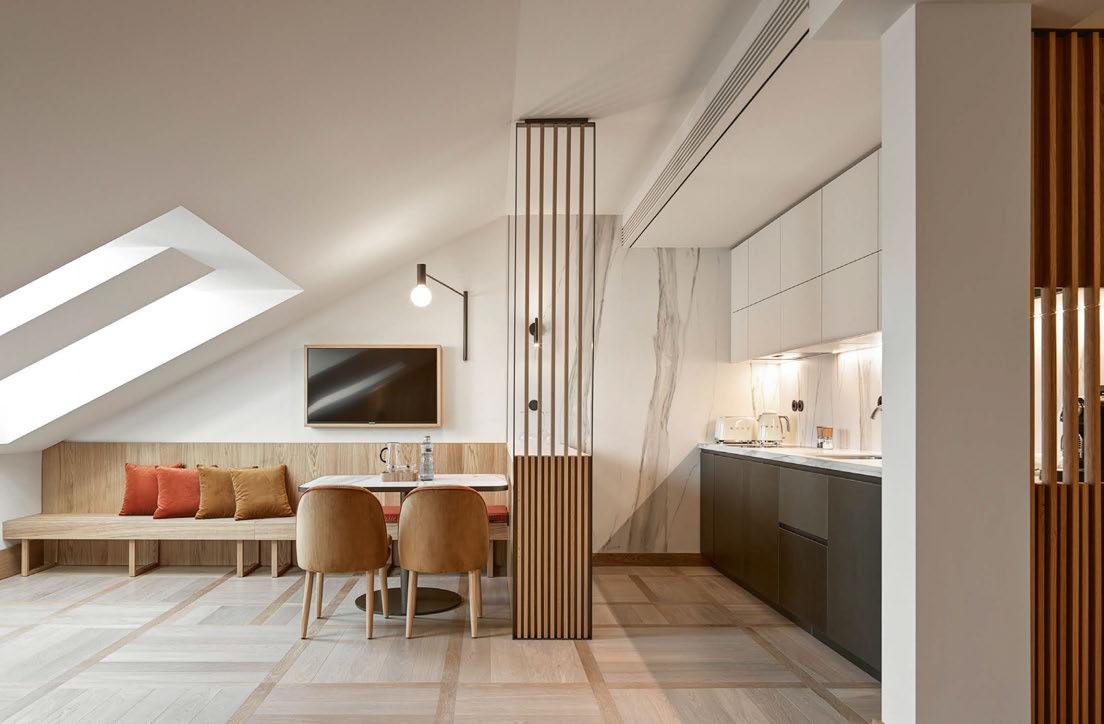
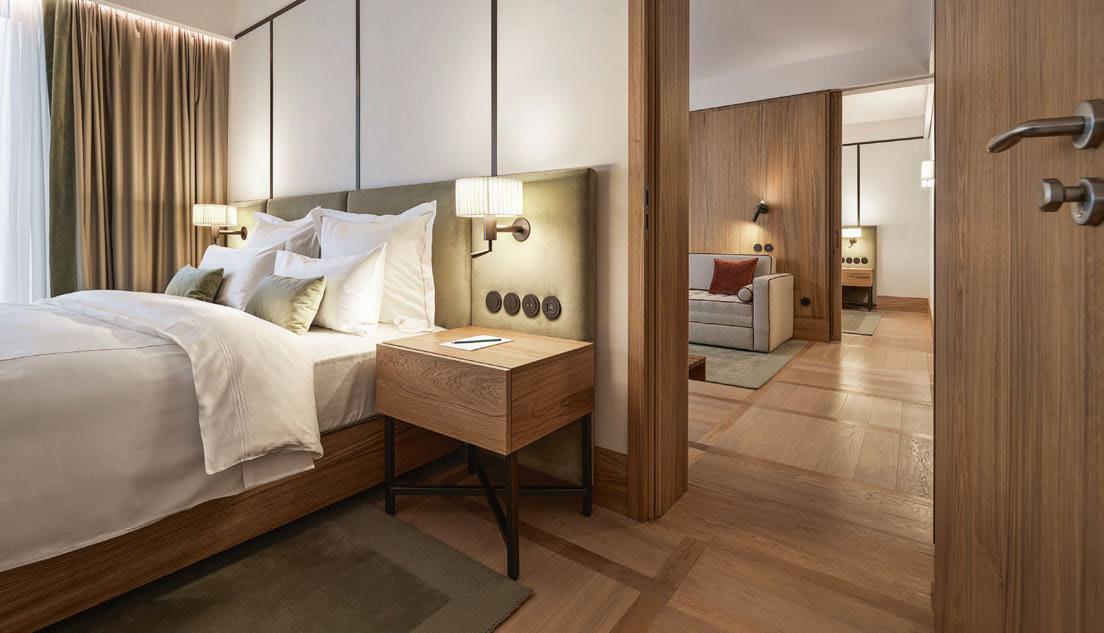
097
across in the use of technology too, with services available via an app to save guests the hassle of traipsing down to reception when in need of assistance. “The key was to offer flexibility and convenience, as well as the ability for people to help themselves,” Meinl explains, stressing that while the property does offer a service element, digital initiatives are geared towards evolving travel habits. “Nowadays, most people own a smartphone. We use it to order food, reserve restaurants and book taxis. Why should things change when we travel?”
The same ethos will be applied to future developments, with the family already on the hunt for prime European locations to grow its hospitality division; Warsaw, Budapest, Vienna have all been touted as possible destinations along with Rome, Paris and London. “The ultimate goal is for 15 assets in city centre locations, with a focus on historic buildings,” Meinl confirms, though is realistic in the challenges of finding such properties. Much like Prague, the new ventures will take
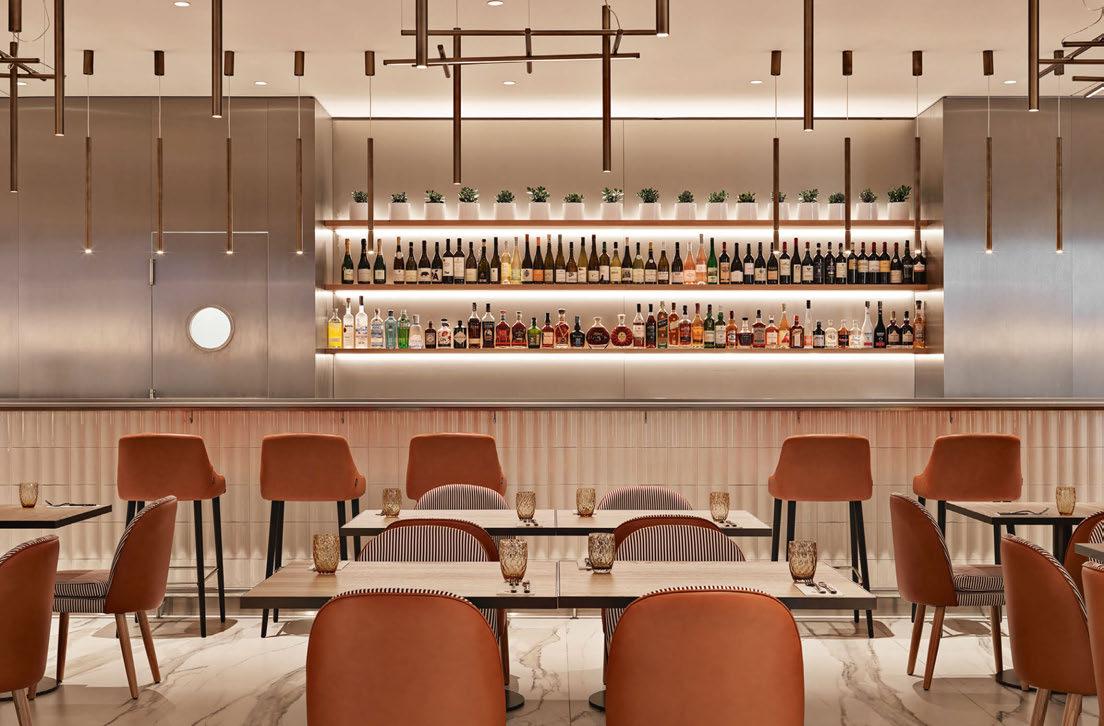
inspiration from the architectural, artistic and cultural history of their location, designed in a way that aligns with the fabric of the city. “We’re flexible and we’ve shown that with this particular building,” says Meinl. “What we will not compromise on is our accessible luxury concept and the location, as we believe those two things are key for the customer experience and the long-term value of the asset. As an integrated owner, developer and operator, we must take a long-term view.”
Before Julius Meinl Living expands its offering across Central Europe, the brand is set to bring its retail expertise to The Julius Prague, opening an adjoining outlet where guests and locals can purchase gourmet food products from House of Julius Meinl partners. Something of a full circle moment, the move feeds into the group’s philosophy of giving back to the places it calls home, as Meinl concludes: “We build businesses with the view of multiple generations down the line, making sure that everything we do adds to the surroundings.”
EXPRESS CHECK-OUT
Owner: PPH Nove Mesto
Operator: Julius Meinl Living
Architecture and Interior Design: Matteo Thun & Partners
Visual Identity: Studio LP, Something More Near www.thejulius.eu
098
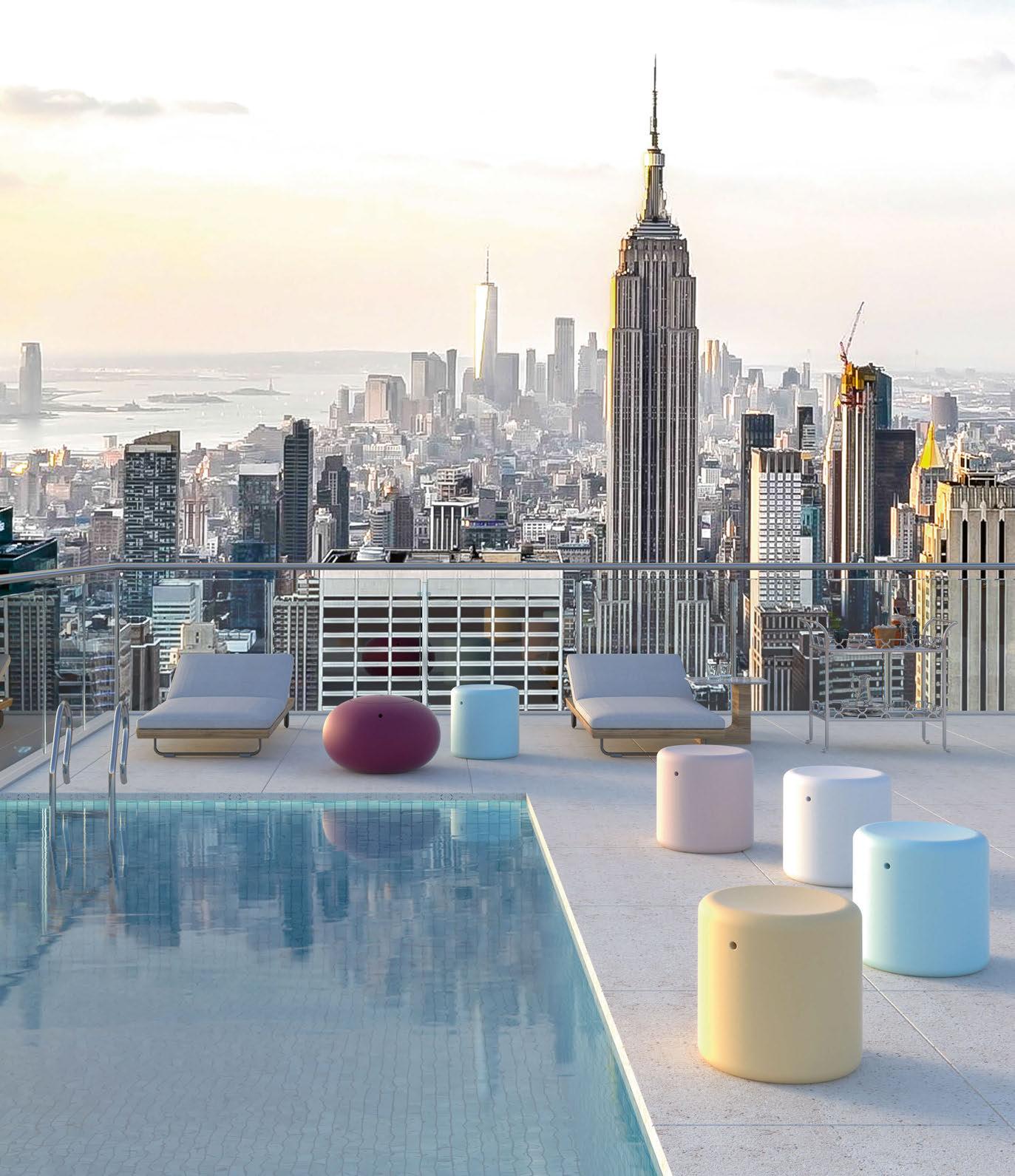
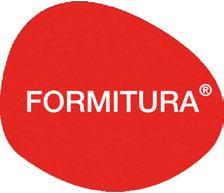
TOPFLOOR BY ESTI, 206 DESIGN CENTRE CHELSEA HARBOUR, LONDON SW10 0XE WWW.FORMITURA.COM TEL: +44 (0)20 7795 3333
pretty
Sitting
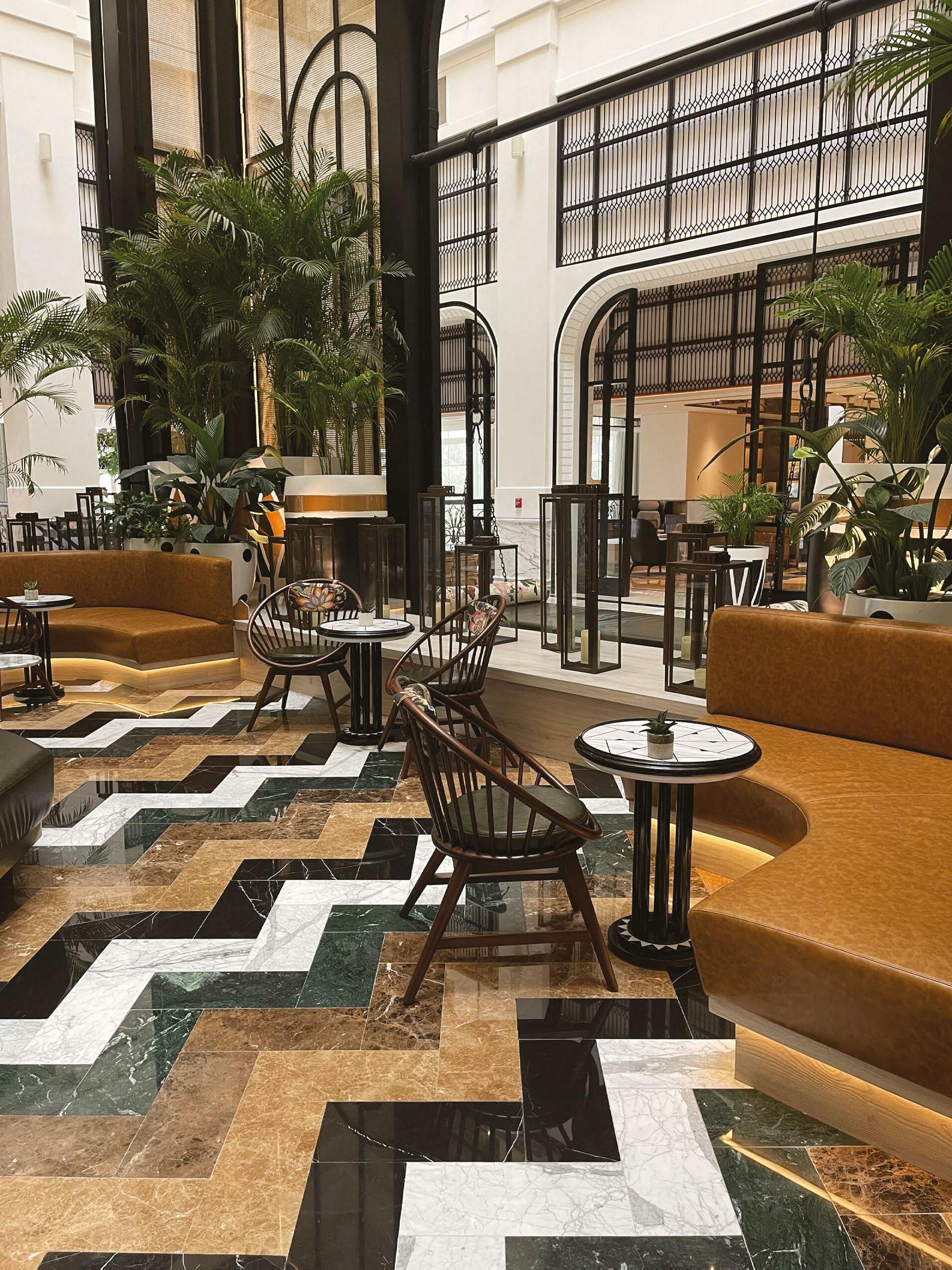
25hours Indre By
COPENHAGEN
Martin Brudnizki combines old and new at 25hours’ first hotel in Scandinavia, exploring the idea of coming of age at a time when the brand is doing so itself.
The first 25hours hotel in Scandinavia has opened its doors in a converted porcelain factory turned paper mill in the heart of Copenhagen. And as you’d expect from the eclectic, ephemera-filled designs of other properties in the brand’s portfolio, its interiors offer a marked contrast to the Nordic minimalism of most other lifestyle hotels in the Danish capital.

This 1885 building, most recently used by the university, is centrally located close to many of Copenhagen’s educational institutions as well as its main shopping district, and the Rundetaarn astronomical observatory with its spiralling helical corridor. Local architects BPP Arkitekter worked with Martin Brudnizki Design Studio (MBDS) on the project, and their combined efforts have reinvigorated the architectural quality of the building with a design described as “a fascinating, dichotomous arena that delivers a wealth of contrasting experiences”. Old and new elements have been carefully juxtaposed in a scheme with abundant references to art and
literature based around “the conflict between knowledge and passion”.
Having researched the neighbourhood’s heritage, MBDS created a concept that blends old-school academia with the raw edge of industry. Colour and pattern is used to bring the building alive and ensure a cohesive thread throughout. With sustainability in mind, and mindful of global supply chain issues, the studio partnered with local brands and manufacturers on a number of pieces, making the most of Copenhagen’s rich design scene.
The studio also built on the idea of the hotel being like a campus, where everything is available in a central location. “Not only did this provide the backbone to the project, it also helped create a clear flow that ensures a smooth ride for operations,” says MBDS. “There is an intuitive sense to the layout, having been designed on a long linear formation. As soon as guests arrive at the front desk, there is a clear and seamless path to lead them on an adventure to discover the rest of the property.”
101
Words: Matt Turner • Photography: © Stephan Lemke
The Vinyl Lounge plays host to a pair of analogue turntables and a collection of LPs that sit beneath a neon sign declaring ‘Oh You Pretty Things’ in homage to David Bowie
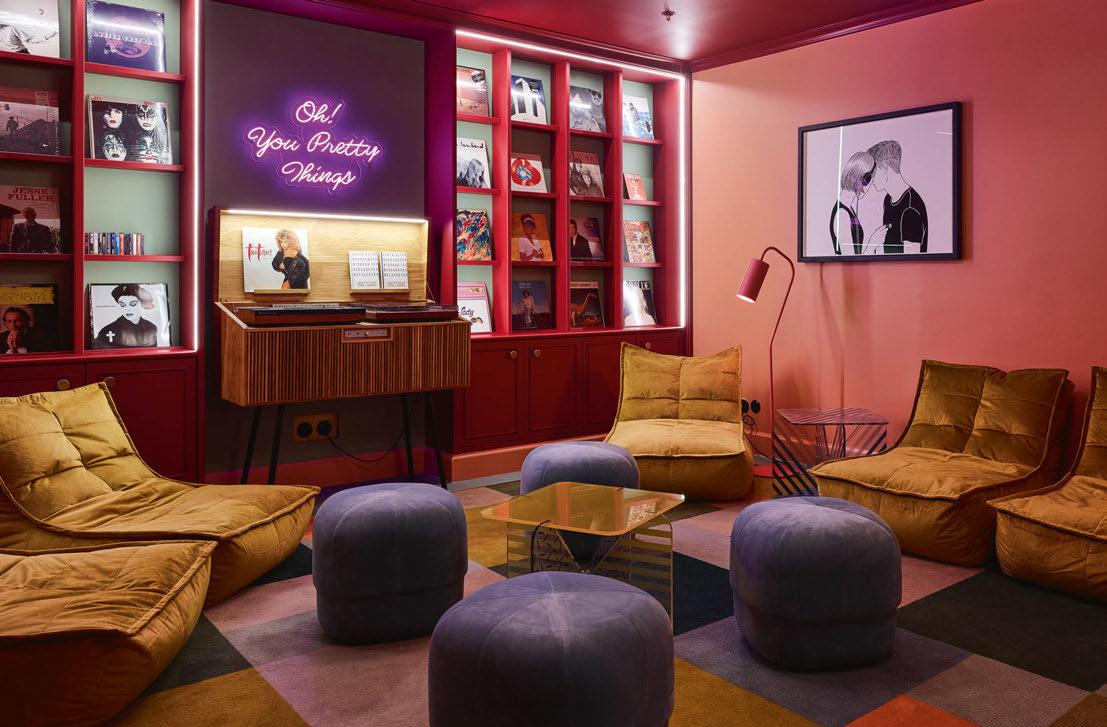
That linear journey includes a series of recessed lounge spaces and literature-lined bookshelves along the corridor from the entrance, with its foliage-filled Assembly Hall central bar, through to the circular lobby area where a spiralling, gravity-defying sculpture comprised of second-hand books references the hotel’s educational heritage. The Vinyl Lounge plays host to a pair of analogue turntables and extensive collection of ‘70s and ‘80s LPs beneath a neon sign declaring ‘Oh You Pretty Things’ in homage to David Bowie. The Love Library features risqué artworks by South Korean illustrator Henn Kim on the walls, and an eclectic array of books on the shelves. A set of vintage typewriters are on display alongside Mid-Century Modern chairs by the entrance to the tuck-shop with its tastefully curated collection of artefacts and travel essentials. Visual diversity is a constant feature throughout too. The Assembly Hall is decorated with jacquard fabrics by Finnish artist Kustaa Saksi, while the hotel’s Neni restaurant acknowledges
its Levantine roots with a mural showing Tel Aviv from a variety of perspectives.
Neni is one of two large F&B spaces located at the front of the property, situated either side of the Assembly Hall. The Israeli-inspired restaurant is a familiar hallmark of several 25Hours hotels including Berlin, Paris, Zurich and Vienna. Café Duse meanwhile is a new concept created for the Copenhagen site by Italian pastry chef Melissa Forti, who named the café after acclaimed theatre actress Eleonora Giulia Amalia Duse, aka ‘La Duse’. The Boilerman Bar in the basement below is another signature concept, developed in collaboration with celebrated mixologist Jörg Meyer, and one that will be familiar to anyone who has visited the 25hours Altes Hafenamt in the brand’s Hamburg hometown.
On the upper floors, 243 guestrooms traverse two design schemes – Passion and Knowledge across a range of room sizes from Small to Gigantic. Some offer a small terrace – a rarity in Copenhagen – and access to a
102
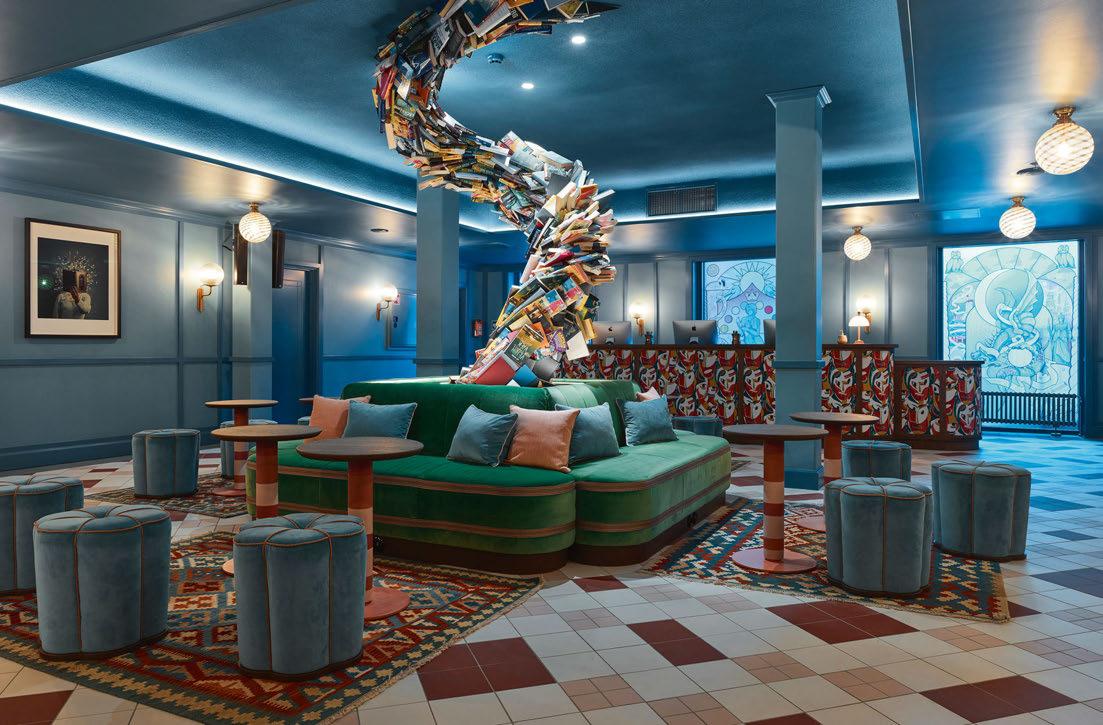
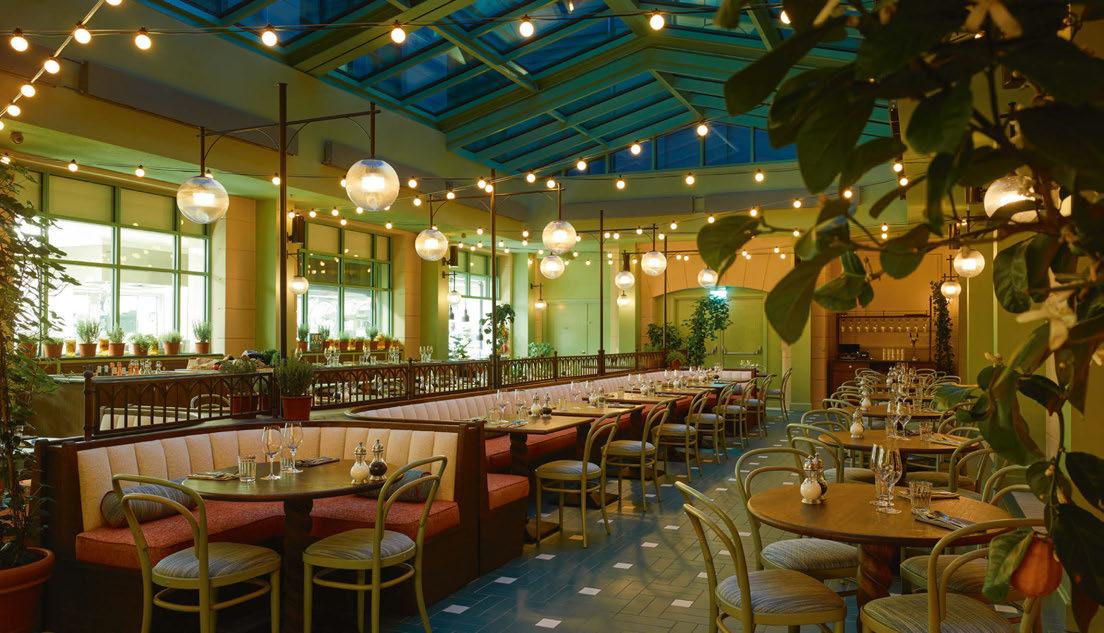
103
Secret Garden within. The Passion rooms feature richly patterned furnishings, geometric tiles and vibrant artwork, whilst the walls in the Knowledge rooms are adorned with reproductions of notes inscribed by Danish astronomer Tycho Brahe and English naturalist Charles Darwin.
“This project was a lot of fun to work on,” says Martin Brudnizki. “We’ve really pushed the boundaries with the design, mixing high and low materials and incorporating expressive artwork, colours and pattern.”
Brudnizki adds that his studio always tries to ground a project in its location; in this case, the colourful buildings of Copenhagen emanated a certain warmth and playfulness that he wanted to bring into the hotel. “There is a riot of different shades, but they hang together peacefully because each colour has a similar tonality. Buildings are another starting point. Here, we were presented with a fascinating structure that has had a number of functions and gave us the opportunity to be creative.”

Feeding into this notion of being creative, the hotel’s art collection is centred around a concept of coming of age. Art consultancy Visto assembled a series of over 100 artworks, all of which express a variety of styles around the idea of growing up. And although the sign above the door says, in inimitable 25hours-style, ‘We Will Never Grow Up’, 25hours Indre By Copenhagen – along with other recent openings in Dubai, Florence and Paris – seem indicative of a hotel brand that is itself coming of age under the new stewardship of Ennismore, following its acquisition by Accor.
As 25hours spreads its wings outside the Germanic locations that shaped its earlier years, the brand’s expansion will continue with a second Copenhagen property – opening in 2024 with 128 guestrooms – on the island of Christiansholm, colloquially known as Paper Island due to the giant rolls of paper that were stored there for printing of Danish newspapers. While new in its construction, the hotel will, like Indre By, turn to history for inspiration.
EXPRESS CHECK-OUT
Owner / Developer: Hines Nordics
Operator: 25hours Hotel Company
Architecture: BBP Arkitekter
Interior Design: Martin Brudnitzki Design Studio
Art Consultant: Visto www.25hours-hotels.com
104
Proud to play our part in the conversion and restoration of some of London’s most significant hospitality projects

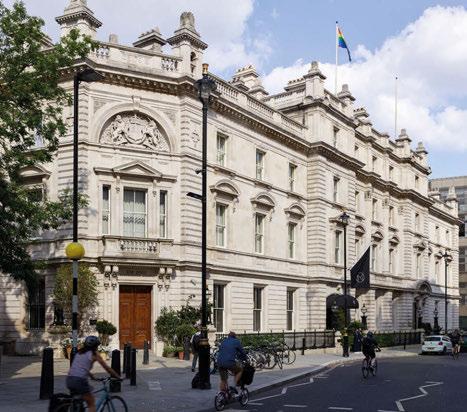
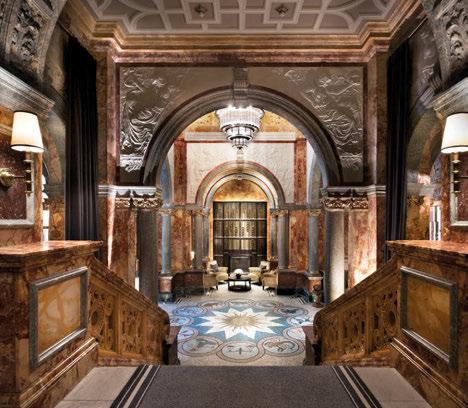
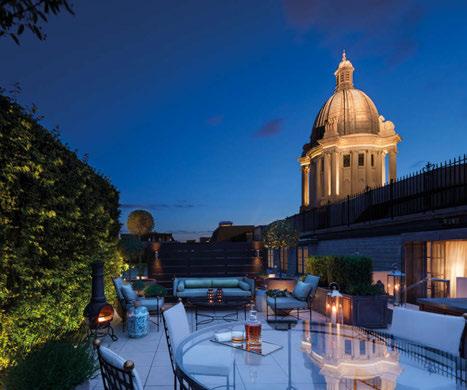
Clockwise from top: The OWO / Raffles London, Rosewood London, NoMad London, Kimpton Fitzroy and The Ned
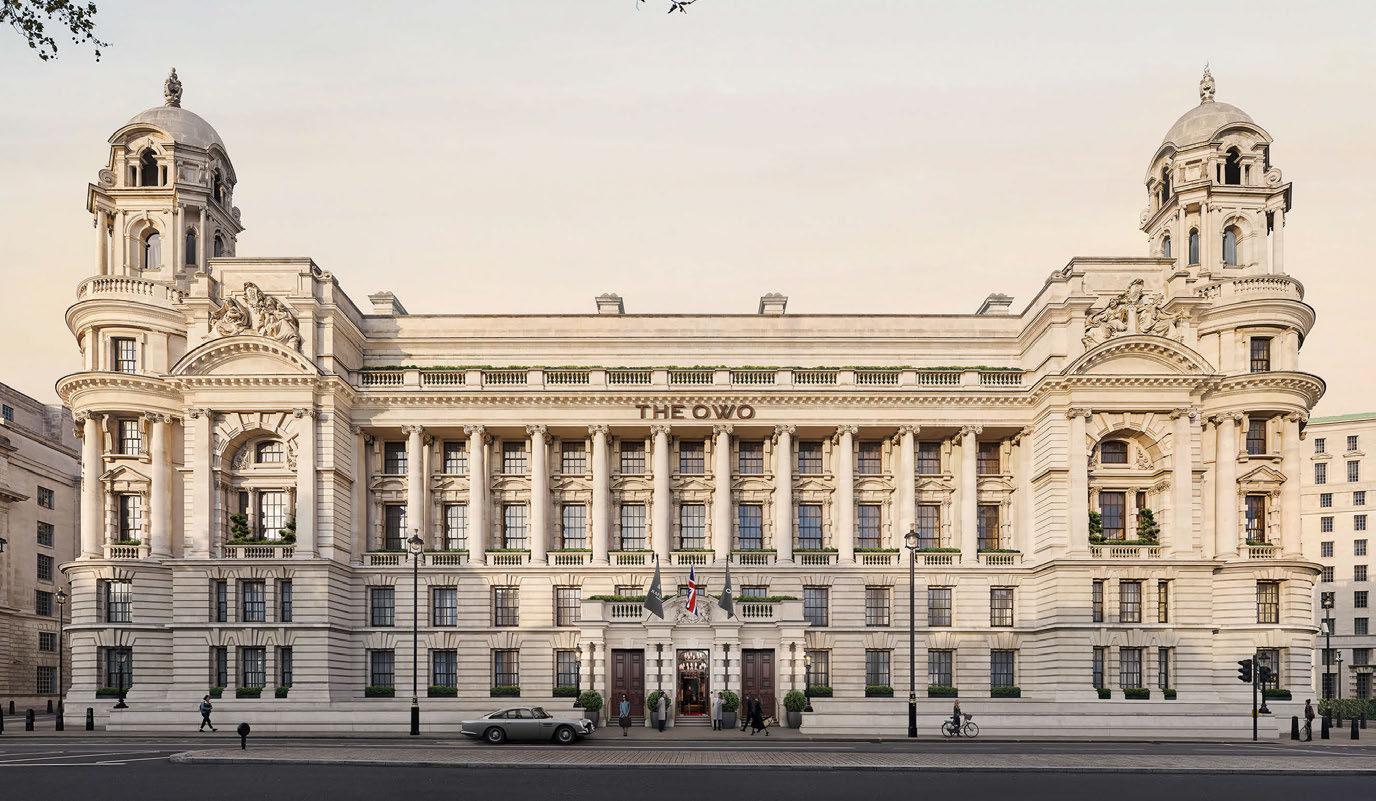
www.epr.co.uk
Bethlen Estates
TRANSYLVANIA
A clutch of guesthouses in the Romanian countryside embody one family’s decades-long mission to preserve their cultural heritage.
Words: Lizzie Pook • Photography: © Philip Vile
Our builder wanted to get rid of that 90-yearold walnut tree,” says Countess Gladys Bethlen as she strolls around the manicured gardens of Transylvania’s Bethlen Estates. “I told him: ‘Over my dead body!’ So here we have it. It remains.”
The majestic walnut tree isn’t the only mark of the past, having stood the test of time. Bethlen Estates – nestled in the traditional hamlet of Criș – is a relic of a forgotten way of life. Bears roam the surroundings, valleys are shrouded in mist and the tinkle of cow bells mixes with birdsong and the meditative clip-clop of passing horse-drawn carriages. The land here is dotted with fruit trees – mulberries, apples, pears and mirabelles – which are gathered and used to make after-dinner brandy for well-heeled guests who stay in the finely restored, exclusive-use properties on the grounds.
Criș is the ancestral home of Count Milós Bethlen, who was forced to flee from Transylvania in 1948 as communist forces encroached. But the count never cut ties with the village in which he grew up and was endlessly committed to supporting the community and reviving its historic buildings. When he died in 2001, his wife Gladys pledged to continue his legacy. She and her son Nikolaus ploughed their savings into buying up derelict and abandoned houses in the village, with the aim of restoring them to their former glory, providing enticing tourist accommodation as well as employment opportunities for the local community.
The resulting buildings – the luxurious Caretaker’s House,
the Saxon-style Depner House and the new four-bedroom Corner Barn – look as if they have been untouched by wear or weather since they first stood centuries ago. They have, of course; the mother-and-son team worked tirelessly to ensure they were all restored with pin-sharp historical accuracy. “You have to look around and be patient if you want to build with old materials,” says Gladys. “If I hear of a roof being demolished in the village, I’ll send a builder to save the tiles. I’ve salvaged old beams and hand-forged nails, and taken original hinges and locks to local artisans to ask them to reproduce the exact design.”
The aim, she explains, is to maintain the precise look of the structures as they would have appeared from the outside, using traditional lime plaster and paint, as well as retaining the proportions of the buildings – raising the height of certain parts of the roofs where, hundreds of years ago, a farmer would have entered with his cart. Even new additions, such as mosaic floorcoverings from Mandarin Stone, appear as if they’re part of the fabric of the building.
It’s been a real labour of love for the countess who, during early winter renovations, lived in the then-derelict Caretaker’s House, where the pipes burst so often she had to shuffle through the thick snow to a neighbour’s building in order to shower. “It’s getting harder and harder,” she admits. “The biggest challenge now is finding local plumbers, electricians and carpenters who can work to our standards.” As such, the Bethlens have begun sourcing
106
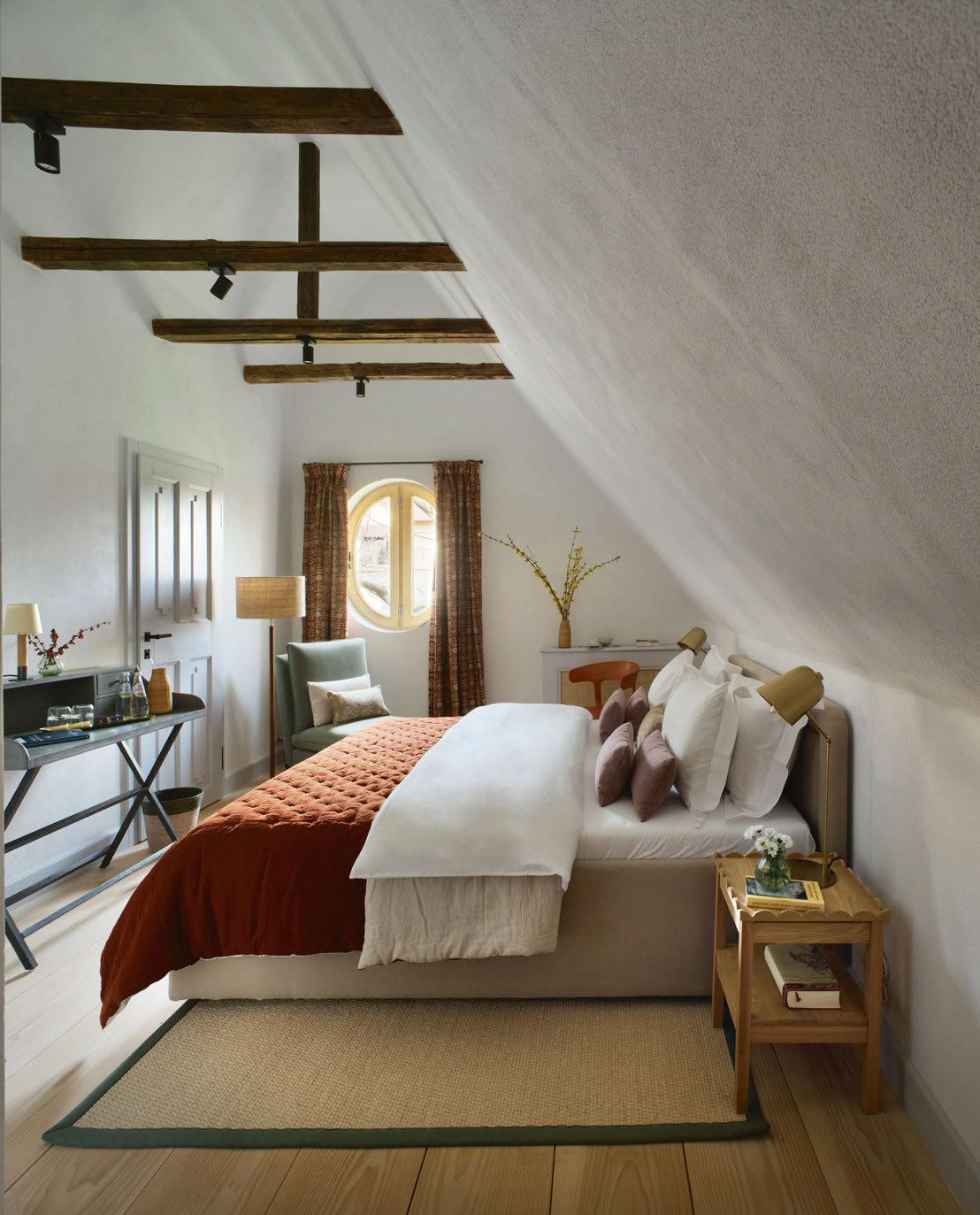
107
fixtures and fittings from Germany and the Czech Republic, and specified products from Tom Dixon, Miele and The White Company to deck out the Caretaker’s House.
The family also brought in Stefanie de Castelbajac to oversee the interior design. And once guests step through those historic doors, they’ll find a far more contemporary aesthetic. In the recently completed Corner Barn – the only property that can be booked on a roomby-room basis – a palette of nude, cream and grey makes for an elegant, restful space. Danish Douglas fir floors meet wicker, tan leather and jute accents; bathrooms are adorned with pale marble and terracotta tiles imported from Spain; brass fixtures have been shipped in from Italy; and sumptuous fabrics come courtesy of Romo and Designers Guild. But still, these modern touches have to hold up against a sometimes hostile natural environment, and so snowresistant copper guttering and chimneys have been implemented, red larch panelling protects against the rain, and windows throughout the
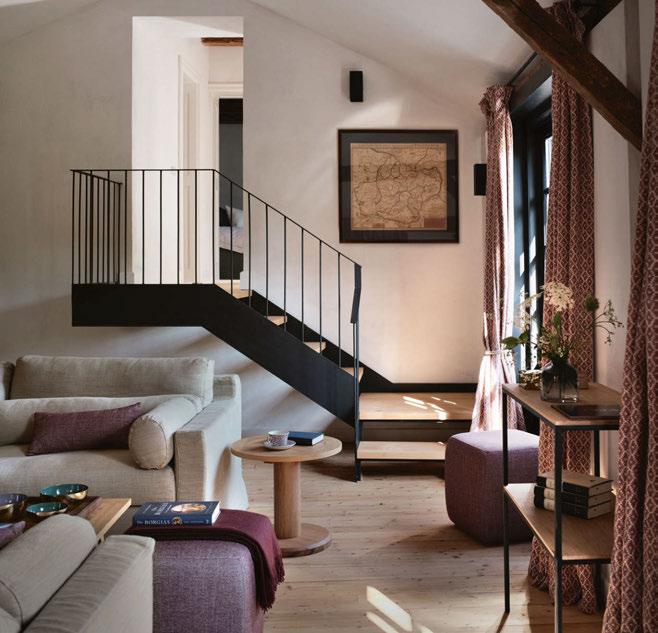

108
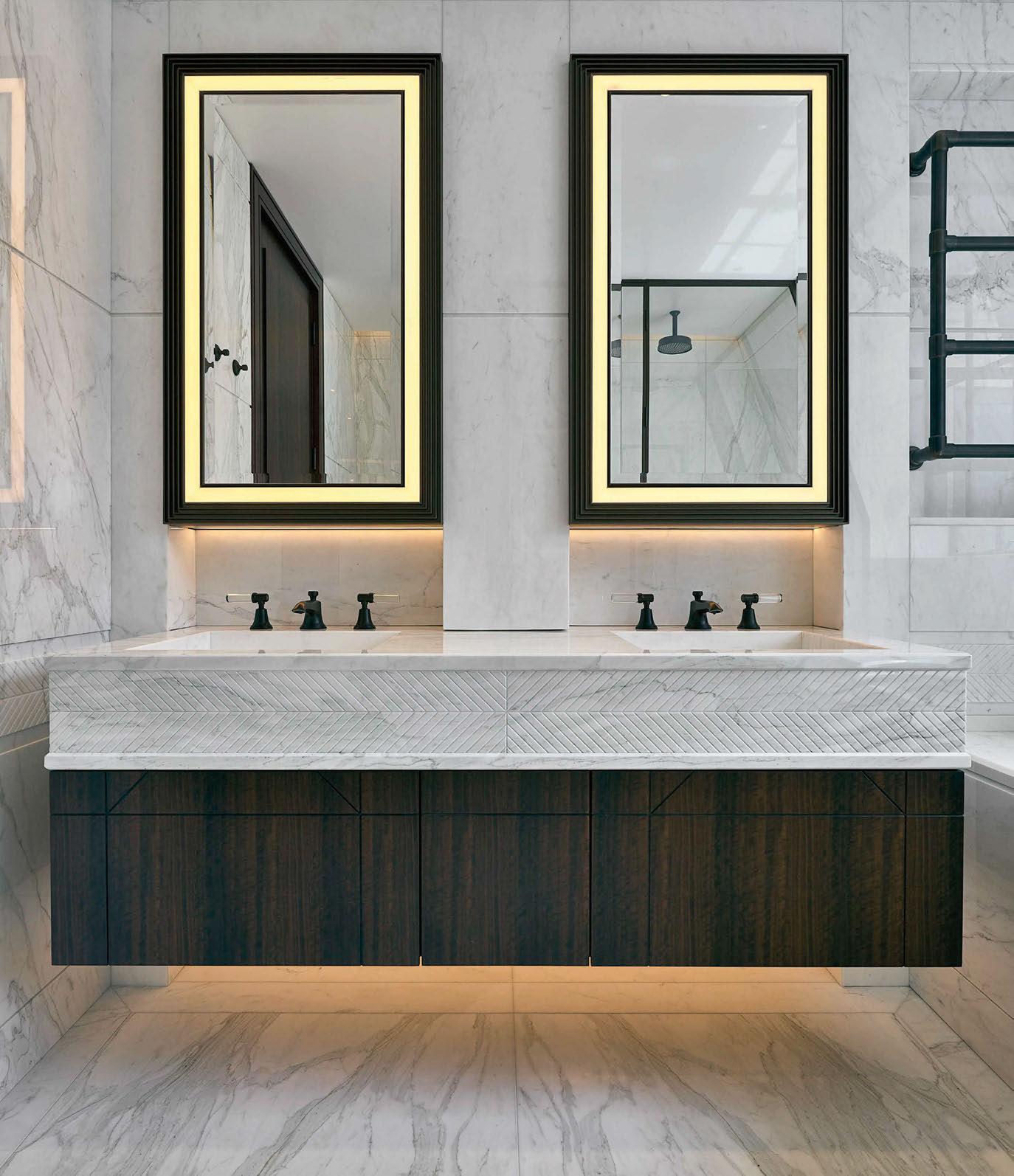
bespoke stonefabrication forover50years #stoneexperts #bringingstonetolife www.stone-circle.com LaraGabrielleInteriors|JaysamContractors|MarcoJoeFazioCreativeAgency
estate are double-thickness to endure winter temperatures that can plummet to a bonenumbing minus 28 degrees. Rooms are warmed with underfloor heating as well as traditional wood-burning stoves, for which Gladys worked with a small company in nearby Medias, visiting them multiple times over the years-long project and saving them from the brink of bankruptcy on more than one occasion.
Given the chilly winters, the food overseen by Chef de Cuisine Robert Tordai at The Kitchen Barn is hearty and belly-warming, focusing on traditional Romanian and Hungarian fare; beef goulash is cooked over an open fire on the terrace, while pressed duck and beef cheek are served with baked beetroot salad and pillowy papanasi doughnuts. Breakfast is a spread of homemade bread, local cheeses and meats, and help-yourself fridges are stocked with up-andcoming Romanian wines sourced from nearby Cetatea de Balta.
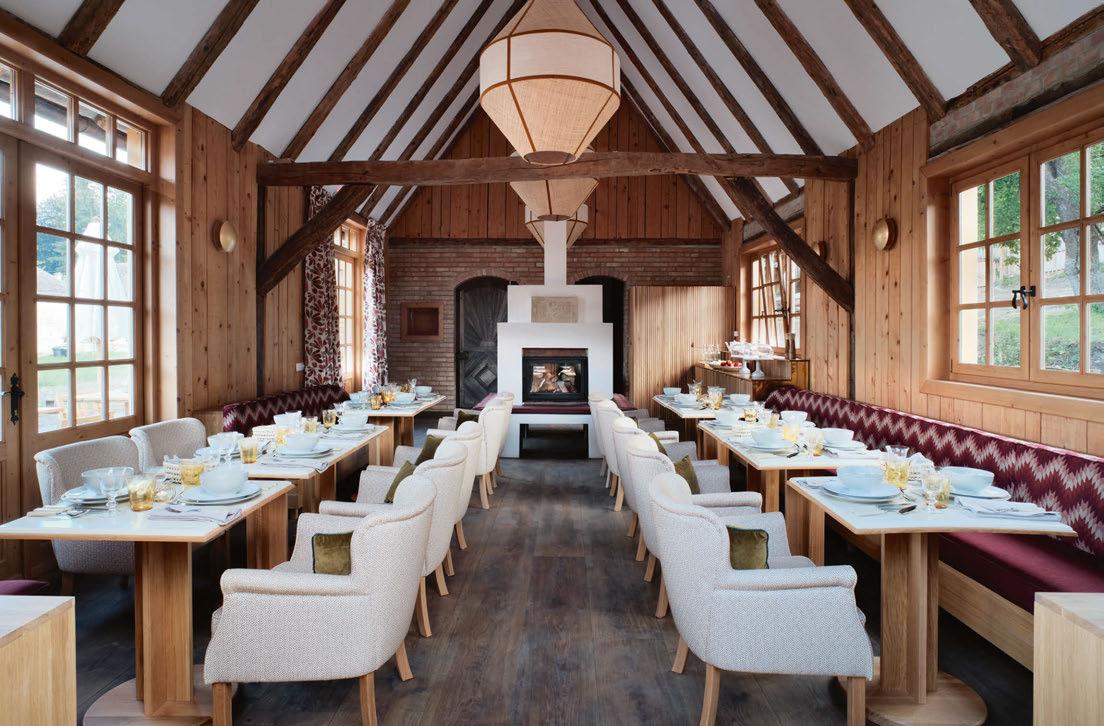
Activities are offered year-round, and the team can organise snowshoe adventures,
heliskiing and e-bike cycling tours. In the long, lilac-washed summer evenings, horse rides, bear spotting and bird watching tours take place in the surrounding area, while the centuries-old forests of Transylvania form the perfect location for a spot of truffle hunting and picnicking. Looking ahead, the Bethlen family has plans to tear down the old Saxon school house on site and rebuild it – accurately, of course – as new accommodation with a restaurant and swimming pool. The family will also continue to support scholarships at a school in nearby Sighișoara and raise funds for the medical treatment of local children with disabilities. What’s clear is that this will be a life-long passion project for Countess Bethlen and her son. “Before my husband died, he knew every water pipe, every stone and every brick on this estate,” she recalls. “Now, Nikolaus and I are mentally, spiritually, emotionally and financially invested in this project. But it’s not just for us, it’s a product for the future generations. It’s for everyone.”
EXPRESS CHECK-OUT
Owner: Gladys and Nikolaus Bethlen
Operator: Bethlen Estates
Interior Design: Stefanie de Castelbajac www.bethlenestates.com
110
DESIGNED FOR YOUR PROJECT.
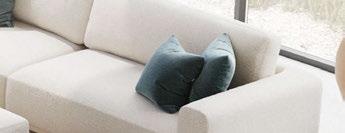

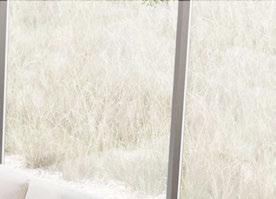
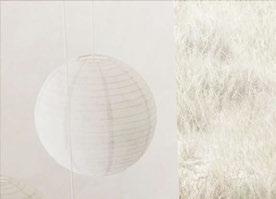

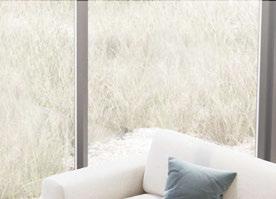

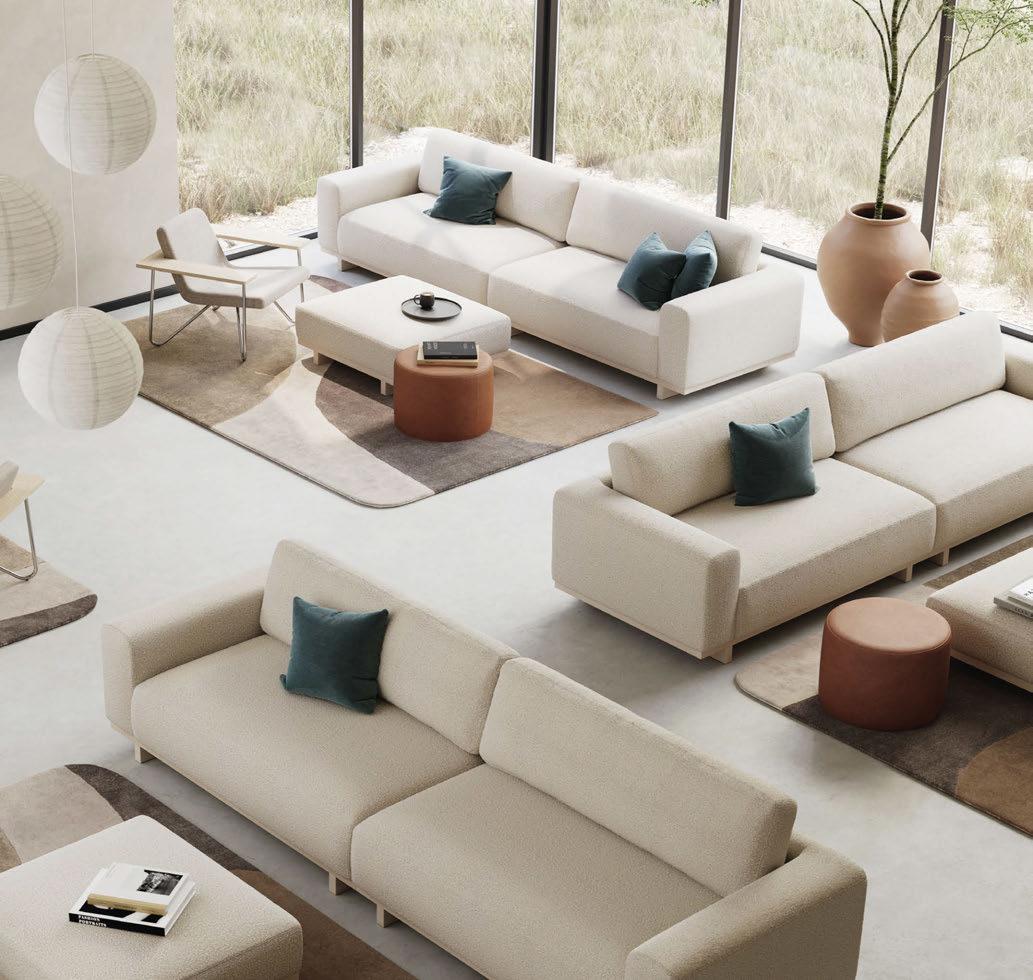
BY US We make everywhere feel like home. Unique Danish design, built by skilled hands, and delivered directly to your project at a fair price.
MADE
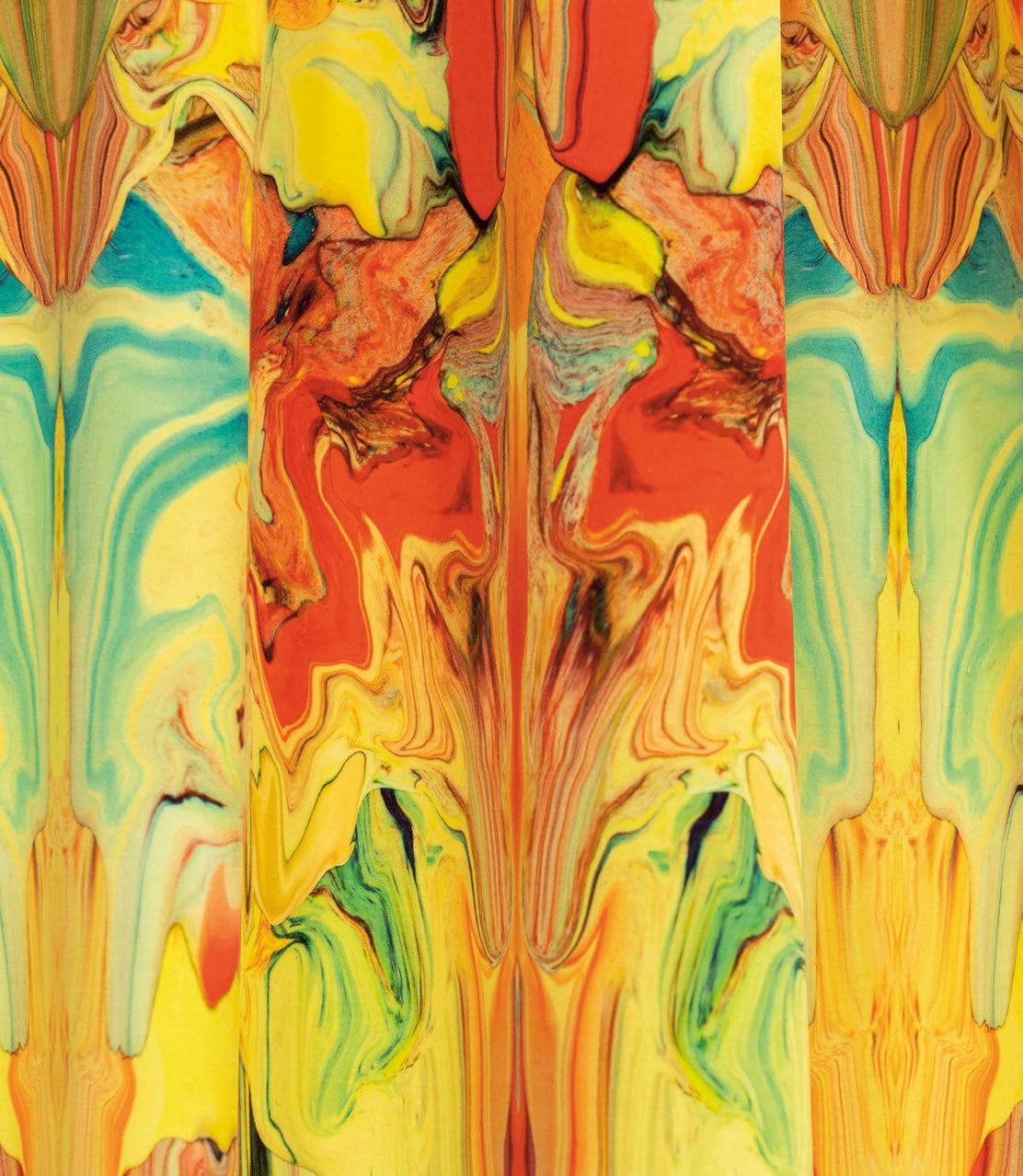
Glasgow +44 (0) 141 337 2622 London +44 (0) 20 7833 5010 Berlin +49 (0) 1520 4855316 www.timorousbeasties.com TIMOROUS BEASTIES Surreal and provocative design for interior spaces Distinctive Fabrics & Wallcoverings Marble Gum Original Velvet
Lost Property
LONDON
Curio Collection expands its presence in the capital, opening an escapism-inspired hotel where being lost is all part of the fun.
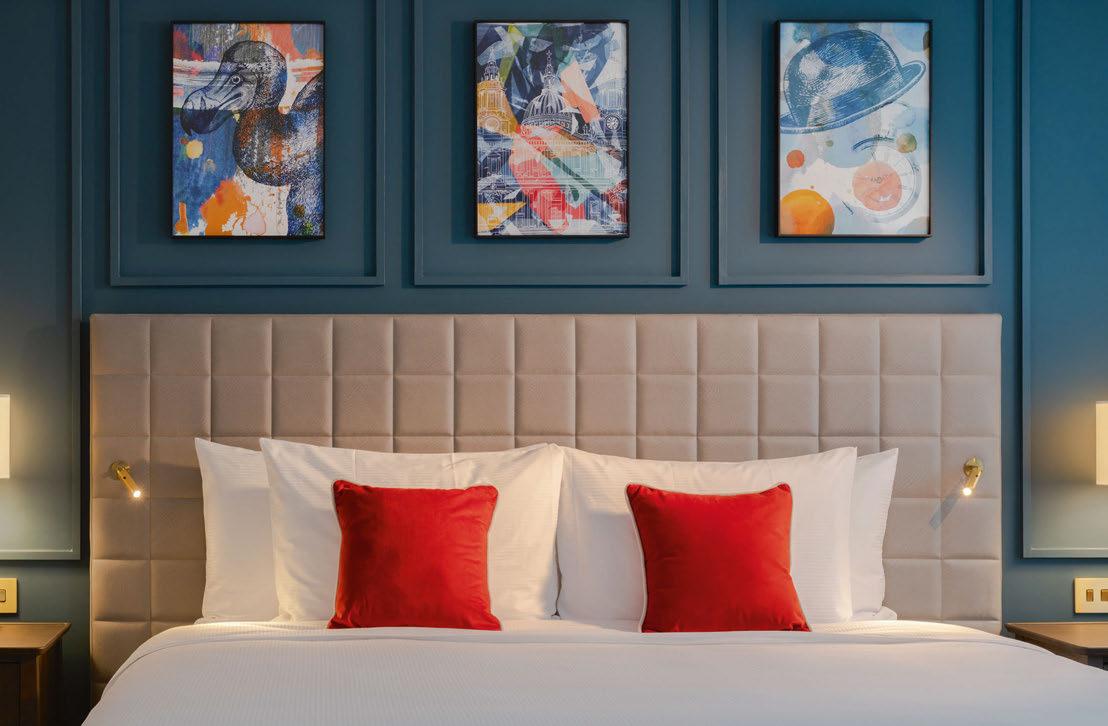 Words: Ben Thomas Photography: © Viktor Kery
Words: Ben Thomas Photography: © Viktor Kery
Converting an existing structure in the City of London is no mean feat, but to do so within a conservation area like St Paul’s requires even greater perseverance, as hotel investment firm and developer Dominvs Group found out with its most recent project.
Following three years of planning negotiations, the company was given the green light to begin transforming a site on Ludgate Hill – the main thoroughfare leading to St Paul’s Cathedral – between narrow one-way streets Creed Lane and Ludgate Square. Owing to the compact footprint, construction company McAleer & Rushe knew it would be a challenge to revive the former office building, especially given that the new hotel was to follow the same massing as its predecessor, abutting the neighbouring structures on two elevations.
Despite the complexity of the development, as well as disruptions caused by a slew of lockdowns later in the build, McAleer & Rushe persisted with construction and the BREEAM Excellent property was soon complete, rising
six storeys above ground and descending several levels below, with an exterior that combines precast brick and stone panels, curtain walling and mansard roofs. And while the construction process did involve the demolition of existing buildings behind a Grade II-listed façade, the partial retention of the latter – specifically the section facing Ludgate Hill – ensures that the hotel remains in keeping with the vernacular.
Inside, the layout has been largely dictated by the existing floorplate – meaning no two guestrooms are alike – however the designers were afforded more creative freedom with the interiors and branding, helped in part by the relaxed brand standards of Hilton’s Curio Collection label. With that in mind, Londonbased design agency Yard Creative set about developing an identity that captures the feeling of being lost, settling on the name Lost Property after considering the hotel’s location, somewhat hidden between the two lanes.
Permeating through the collateral and into the interior scheme, this sense of escape informs
113
© Ica Studio
Centred around the theme of being lost, the hotel’s design brings together an eclectic mix of artwork, motifs and materials

everything from the colour palette to the choice of materials throughout. “The branding sets the tone for the design narrative,” explains Ashley McCabe, Lead Interior Designer at Ica Studio, who worked closely with Rani Ahluwalia of Dominvs Group and Key Interior & Designs during the creative process. “Rani had a clear vision from the get-go and brought a great deal of energy. Working with a client who is also an interior designer meant the brief was more of a journey than a challenge, opening up new possibilities and resulting in prompt decisions.”
Bringing Ahluwalia’s vision to fruition, McCabe and the Ica team curated an eclectic mix of art installations, motifs and tactile materials that allow each space to develop its own identity. Nowhere is this more prevalent than at Found, the aptly named restaurant and bar that anchors the ground floor. While a bold resin bar and Art Deco-style lighting catch the eye on arrival, it’s the glass chandelier hanging above an iridescent blue epoxy table that soon takes centre stage. Specially commissioned
by Ahluwalia herself, the ornate sculpture was crafted in Italy from Murano glass and features a flock of extinct birds – or lost natural treasures – that together form the silhouette of a two-metre-long hovering eagle.
The idea of lost treasures continues through the public spaces. Bespoke wallpaper by Timorous Beasties showcases more birdlife, while a tactile wall installation behind the reception desk plays out the moment Prime Minister Winston Churchill met Queen Elizabeth II. Designed by Artistic Licence, the piece comprises a series of 3D panels and also features local landmarks such as the British Museum, Westminster Abbey and Bank Underground Station. “We brought Rani’s ideas to life by sketching, designing and producing the panels in bas-relief,” says the Nottinghamshire-based studio, adding that many of the individual elements were sculpted in clay, with moulds and casts created using Jesmonite resin. “We carved and inscribed details from various materials, wrapping them all with a stone finish.”
114
As a timeless classic of interior design, elements in black are a great way to make a statement. Whether in monochrome bathroom design or to create colour contrast to tiles, the various Schlüter-Systems products in the TRENDLINE coating matt graphite black offer numerous design options in combination with premium ceramic tile or natural stone coverings. Match your shelves, tile edge trims and drainage channels for a bold and contemporary finish. To find out more, visit


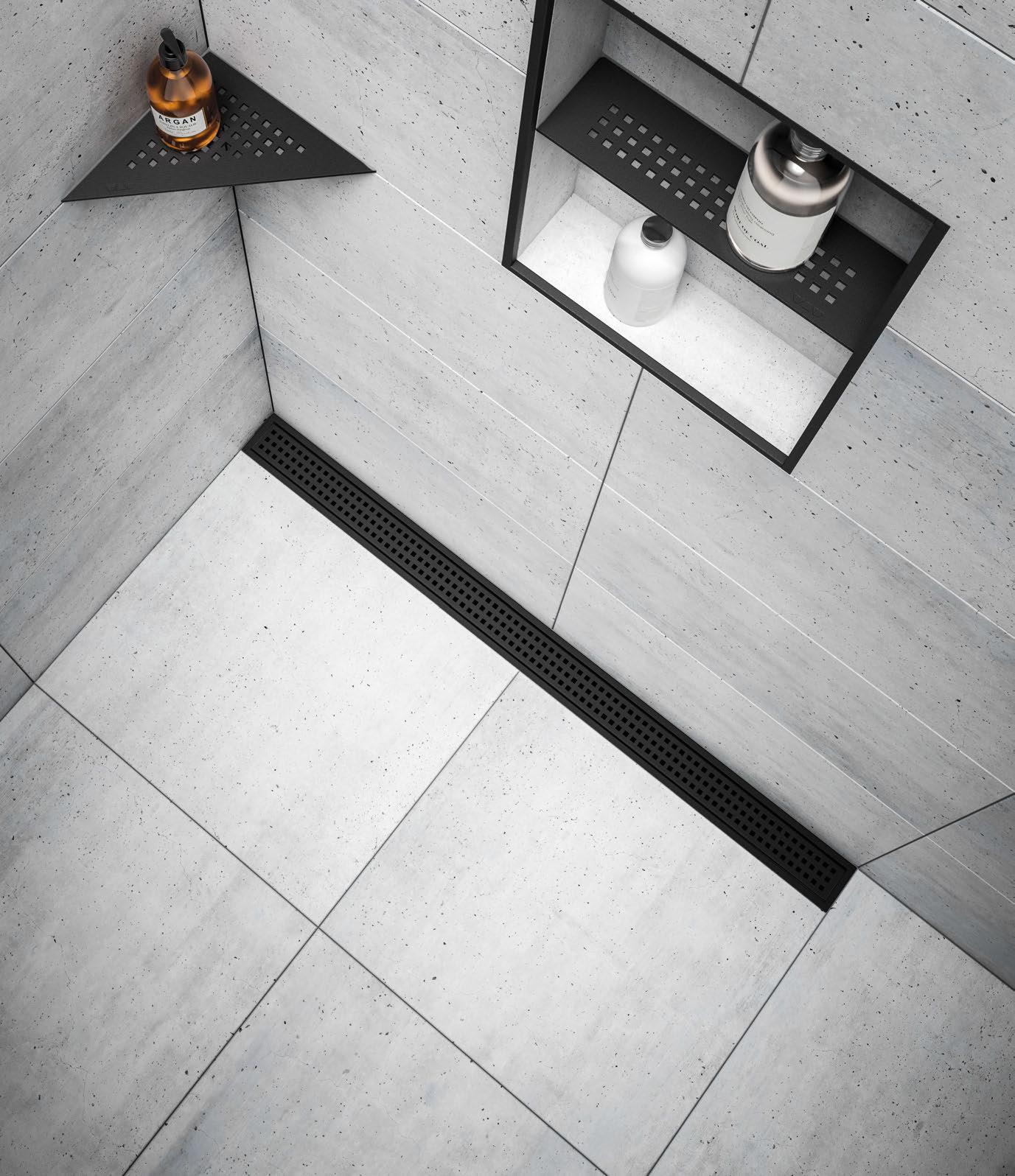 MattGraphiteBlack
MGS
MattGraphiteBlack
MGS
Artistic installations also play a key role at ground-floor coffee house Tattle, which has its own separate entrance to offer direct access from the street. Drinks and pastries are served against a backdrop of sage green and timber panelling, while shapely Murano pendants cast a warm glow and a display of mounted teacups feature handpainted quotes that subtly reflect the narrative.
Like Tattle, many of the Ludgate Hill facing guestrooms – particularly those on the upper floors – catch glimpses of the nearby cathedral and its iconic spires. Here, the interiors take on a bolder identity, with the 150 rooms alternating between a vibrant red or deep blue colour palette. Art Deco and Mid-Century inspired shapes accompany English brass fittings, while lighting has been supplied by Chelsom and marble bathrooms are kitted-out with sanitaryware from Kohler. There’s playful touches too, such as the abstract prints of bowler hats that nod to those originally produced by London hatmakers, as well as references to the
locale; carpets by Ulster for example draw from the black and white tiles that line the floor of St Paul’s. “Lost Property embodies the culture and spirit of the community in which it resides; it’s a celebration of individual spirit defined by the uniqueness of the Curio collection,” concludes McCabe. “Several instances throughout the design therefore mimic the architectural forms and aesthetic features of St Paul’s Cathedral; the building was of great inspiration.”
With London’s oldest district sparking the imagination, the design team felt it was only right to explore the history of British craftsmanship along the way, tapping into the bygone techniques that had perhaps been lost over time. And it’s this fusion of past and present that gives the newly constructed hotel its authenticity and charm, complementing the immediate vicinity while forging its own path through a series of intimate, multi-layered spaces. Guests may well find themselves getting lost amongst the many design details here, but that’s all part of the fun.
EXPRESS CHECK-OUT
Owner / Developer: Dominvs Group
Operator: Madison Group
Architecture: Consarc Design
Interior Design: Ica Studio, Key Interior & Designs
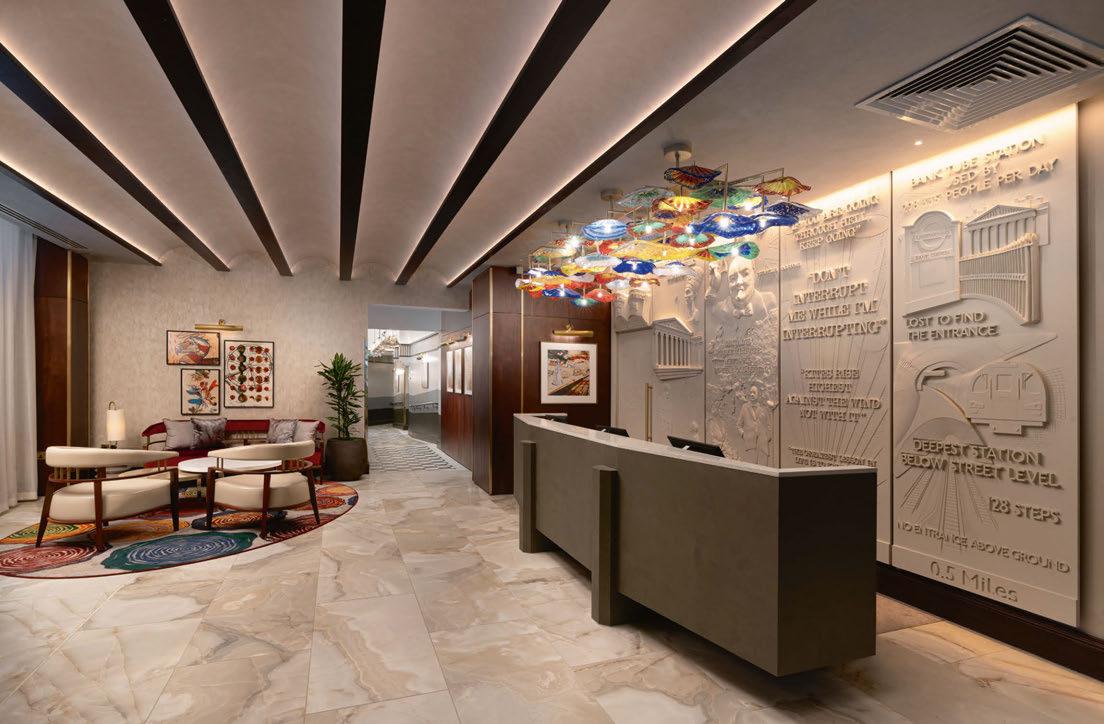
Graphic Design and Branding: The Yard Creative Lighting Design: Nulty
Art Consultant: Wrapped LA, Artistic Licence
Main Contractor: McAleer & Rushe www.lostpropertyhotel.com
116





2022 *Manufacturing Headquarters, Durham www.roman-showers.com
enclosure with
hardware, integrated solid surface panel and vanity unit.
shower tray, Onyx Dust vanity top and
unit ▪ UK Manufacturer and Dedicated In-House Design Team ▪ Supplier to Major International Hotel Groups ▪ Experienced in Large Project Work with Bespoke Product Capability ▪ Bespoke Joinery and Case Goods Manufacturer ▪ Products Exceed all Compliance Standards ▪ Promotes Sustainability and Circular Economy ▪ Global Manufacturer to over 70 International Markets ▪ Solid Surface Fabrication of Basins, Vanity Units and Bathroom Structures Roman has been designing and manufacturing showering solutions for over 37 years, and is home to the UK’s largest manufacturing plant. All Roman products are designed and created in Britain, offering the ultimate in quality, precision and craftsmanship.
Shower
Matt Black
With a Matt White anti-slip
Chicago Concrete drawer
DESIGN DETAILS
Hub of Huts
Drawing inspiration from the reflective nature of water, Network of Architecture (noa*) has returned to Hotel Hubertus in South Tyrol to turn the wellness experience on its head, creating a new spa that appears to defy the laws of gravity. Designed to evoke the architecture of a mountain village, the structure plays with the horizon line to create the perception of a dwelling mirrored on water. Hovering 15m above the rolling hills, the aluminium-clad cabins are supported by towering pillars of larch, the same material that punctuates the hotel façade and forms a brise soleil system to screen the windows of the spa. Inside, the skyward village features whirlpool baths, an ice-mist shower, a Finnish sauna and relaxation room, with the experiences arranged so that guests descend from the cooler waters of the cantilevered swimming pool on
the upper platform, down to the heated areas below. Though the upside-down structure is an eyecatching feat, its rotation through 180 degrees is partly motivated by function, with the inverted pitched roofs making space for the installation of a water purification system. On the lower level, the angle of the pitch also allows for tiered seating, so that the mountain vistas – the real centrepiece, according to noa* – are visible from every viewpoint. “The essence of this project is the overturning of horizons, with the resulting effect of wonder for the observer,” explains Lukas Rungger, the studio’s founder. “Changing perspectives is a common exercise in wellness areas, where, depending on whether you are lying in the sauna, sitting in the relaxation area or diving headfirst into the pool, the views are constantly changing.”
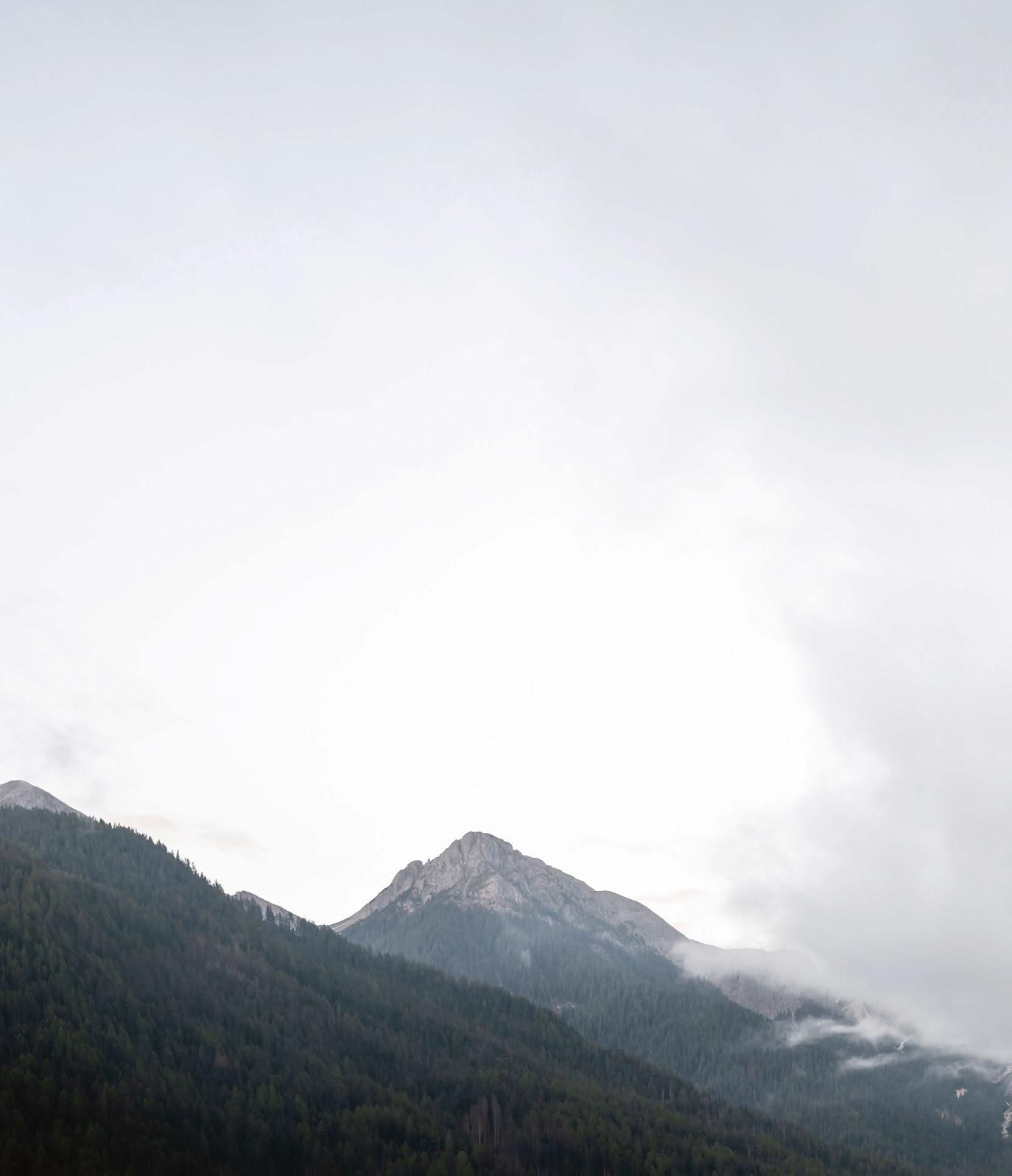
& WELLNESS
SPA
© Alex Filz

SUITE Town Hall Hotel
x Jan Hendzel
Creating a calming, serene environment in a bustling city centre location is one of the great challenges of urban hotel design, but it’s a feat that Jan Hendzel has successfully accomplished in his renovation of two suites at London’s Town Hall Hotel. Marking his first interiors project, Hendzel was enlisted to redesign the spaces after hotelier Loh Lik Peng visited his London workshop, where the furniture-maker uses both traditional and digital techniques to craft one-off pieces. Hendzel has optimised natural daylight through original sash windows and opted for a soothing colour palette of blush and olive in custom shades mixed by eco-friendly Pickleson Paint. The star of the show however is the timber, with locally sourced ash, elm and London Plane used to craft headboards, mirror frames and sculptural furniture pieces. Hendzel’s timber-first mentality permeates every space, inviting guests to explore the varying characteristics and finishes. Hand-
carved, straight lines intersect with softly curved edges, natural ripples and cracks remain, and the studio’s signature loose-tongue joinery is seen in armchairs and dining tables. Tactile grooves, scallop detail and brushed grain further encourage touch. Alongside pieces such as the Bowater Chest of Drawers and Wharf Coffee Table – notable for its textured domes in reclaimed pine – Hendzel has designed the new Peng Dining Chair, named in honour of the hotel’s owner. Made from ash, the seat and backrest are digitally created before being hand-carved with a knife and buffed with beeswax to accentuate the faceted edges. “Typically we’re furniture-makers, but with this project we were able to consider how guests experience the furniture as well as how they experience the space,” explains Hendzel. “The concept is to offer a place of calm and wellbeing that is a feast for all the senses – it’s visual but there’s as much for the hands as for the eyes.”

120 DESIGN DETAILS
© Fergus Coyle
Where it all comes together.

Whatever environment you’re designing for, Singular™ o ers a seamless journey to the perfect bathroom solution.
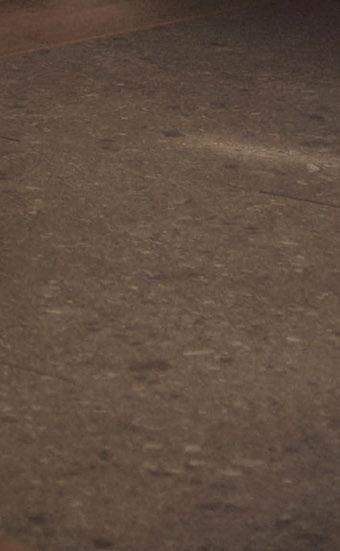
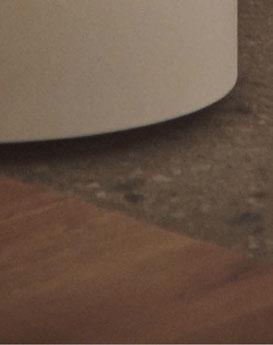


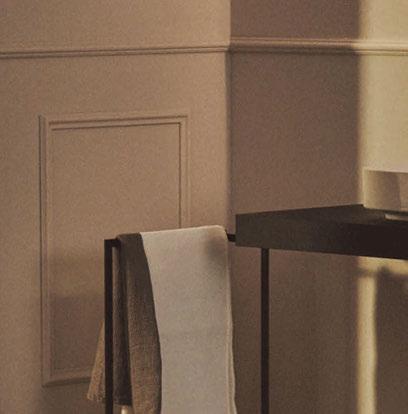



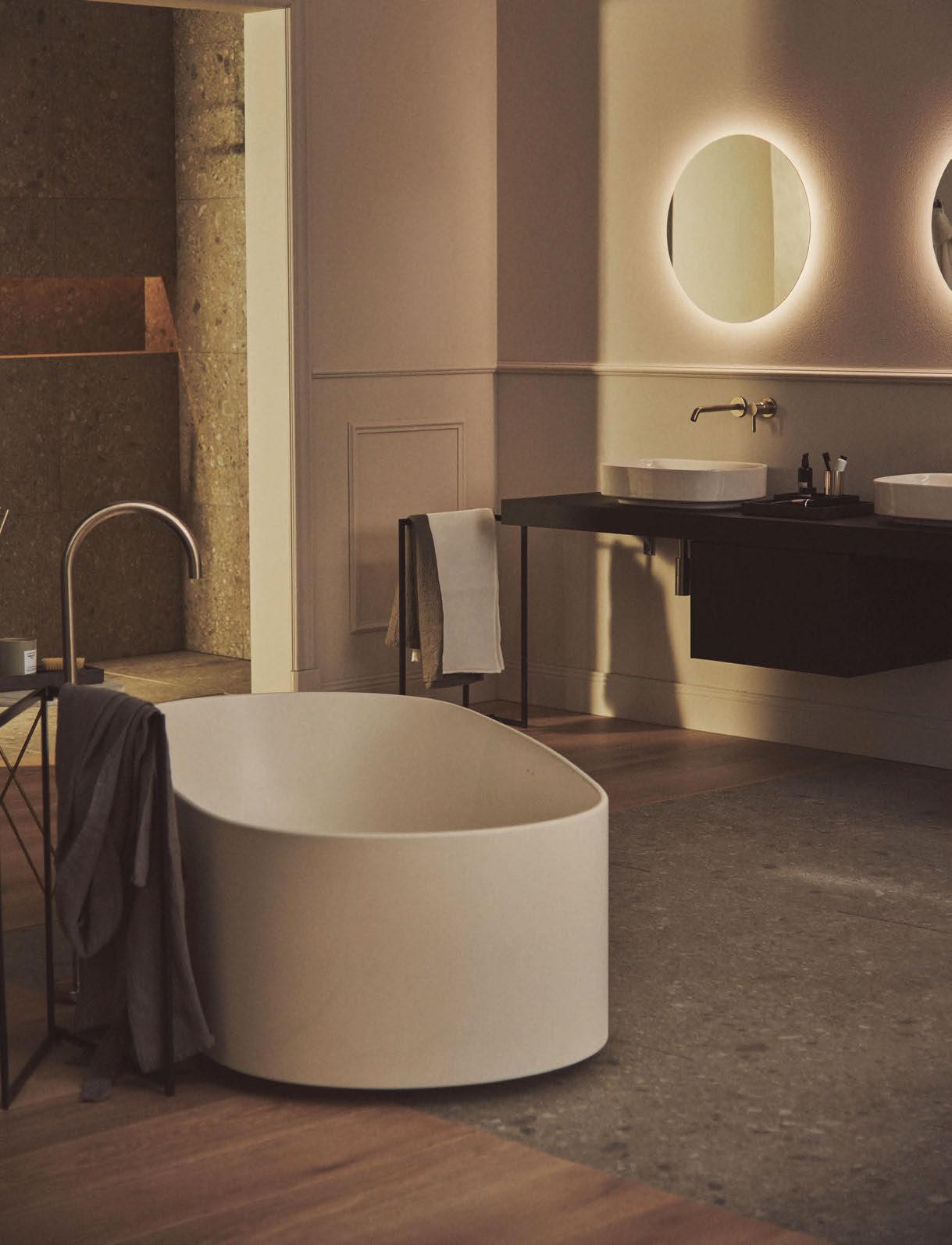 Linda X Freestanding bath
Linda X Basin
Joy Basin mixer
Conca Mirror
Linda X Freestanding bath
Linda X Basin
Joy Basin mixer
Conca Mirror

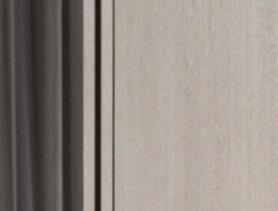
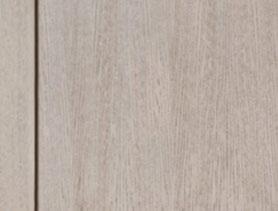
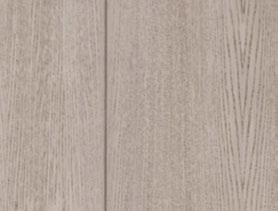




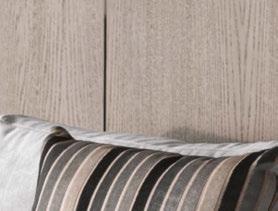
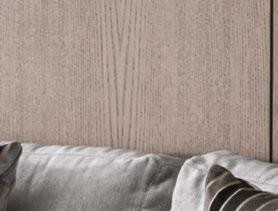
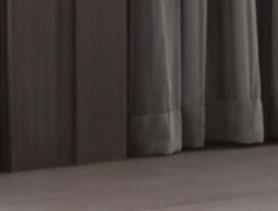
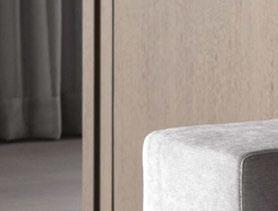


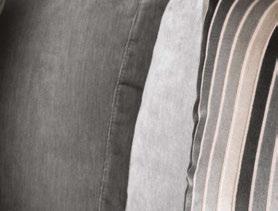








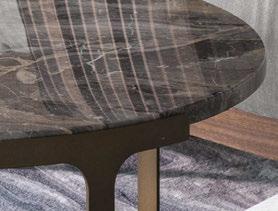


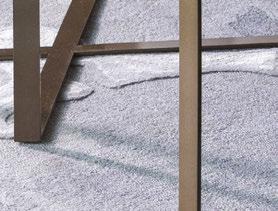
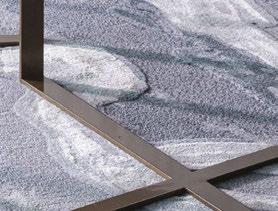

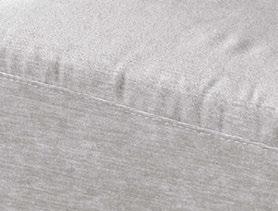

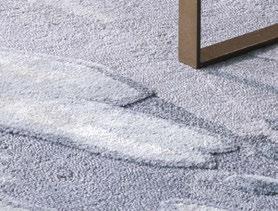
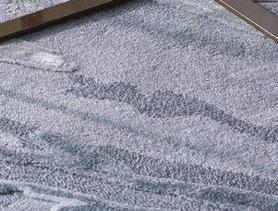

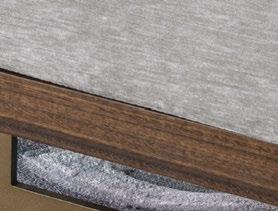



OF
WELL AS PROMOTING
PRODUCTION.
WWW.CREATIVEMATTERSINC.COM LABEL STEP PARTNER – IMPROVING THE WORKING AND LIVING CONDITIONS
CARPET WEAVERS, AS
ENVIRONMENTALLY FRIENDLY METHODS OF
Area Rugs in the Guestrooms at The Ritz Carlton Hotel. In Mexico City with Chapi Chapo Design. CARPET DETAILS: Wool and Prism Nylon, Handtufted in Thailand.
PHOTO COURTESY OF: CHAPI CHAPO DESIGN
Challenging the Status Quo
Having disrupted the traditional hospitality model since its inception, Yotel hopes to shake up new markets during its next phase of growth.
Words: Ben Thomas
Like all great ideas, the original vision was simple and came from someone outside of the industry,” says Hubert Viriot, CEO of Yotel, as we sit down during The Annual Hotel Conference to discuss the group’s evolution over the past 17 years. That someone who Viriot is referring to is serial entrepreneur and Yo! Sushi founder Simon Woodroffe OBE, who on his many business trips was struck by how slowly the hospitality industry was moving in comparison to other sectors. Looking to first-class airline cabins for inspiration, Woodroffe conceived a product that offered all the necessities of a hotel room – a comfortable bed, en-suite bathroom and free Wi-Fi – within the compact footprint of 11m2. “Simon’s objective was to disrupt the star-rating system in which the more guests pay the more they get,” Viriot explains. “His moment of genius came when he realised that airlines were doing it pretty well, ticking every department in a small space but with one caveat – the price. He recognised that if he could do the same in hospitality, whereby the customer is offered everything they need at an affordable price, then he could strike the jackpot.”

Gatwick Airport proved the ideal testing ground for Woodroffe’s in-transit hotel concept and the launch of its first-ever Yotel in 2007 won praise from the industry, customers and the press, despite having no windows. Reinventing the guestroom by removing unnecessary items, the Japanese-style capsules were revolutionary at the time, delivering a taste of what future hospitality could be by pushing the boundaries. London-based practice PriestmanGoode – a savvy choice given its specialism in aviation and transport design – kitted the pods out with high-tech amenities like MP3 connectivity, a techno wall equipped with a flatscreen TV, a space-saving desk with charging points and a double bed that became a sofa at the touch of a button. “The world was evolving and people
were getting connected to the Internet, so Simon decided that rather than fearing technology, he would embrace it in the same way that airlines had. Back in the day, that certainly wasn’t part of the hospitality spirit, but the tech was only going to facilitate and improve the guest experience,” explains Viriot.
Having applied its founding pillars to sites at Heathrow and Amsterdam Schiphol that were again cleverly designed and packed with advanced features, the brand took a leap of faith in 2011 by stepping into the city. And not just any city, but New York City. “The company was trying to prove something more fundamental, that small spaces can work if they are well designed and utilise tech effectively,” says Viriot. “For the first time in Manhattan, a hotel was built with intentionally small rooms.” While the key principles remained the same, with computerised kiosks and a robotic concierge greeting guests as they strolled in from Times Square, the hotel was to cater for urban dwellers, who weren’t staying six or seven hours but rather one, two or three nights. Rooms were therefore expanded to 16m2 – still smaller than most in the Big Apple – and communal areas were incorporated to service those occupying its 713 keys, with Rockwell Group designing lounges, events spaces and a restaurant and bar offering a sprawling terrace and the same panoramic views as the uberluxury properties adjacent. While the move marked a step up from the vending machines found in the brand’s airport hotels, there was much debate as to whether this new direction would upset its core philosophy. “It took time for us to agree on what was required for the public facilities as there was a lot to consider, from both a design and operational perspective,” Viriot reveals. “The lounge space needed to be a multifunctional for both guests and the community, morphing from a breakfast bar in
124
“Small spaces can work if they are well designed and utilise tech effectively.”
HUBERT VIRIOT
NEW SOAP DISPENSER






THE DELIGHT IS IN THE DETAILS

The new Reframe soap dispenser – like the entire Reframe Collection – is first-class Danish design for the bathroom. It is beautiful in itself and a daily delight thanks to clever design solutions such as non-slip bottom, easy dosing and a spout angled to perfectly aim at your hand. The entire Reframe Collection series is available in five colours, ensuring that all metal details in your bathroom can be perfectly matched.

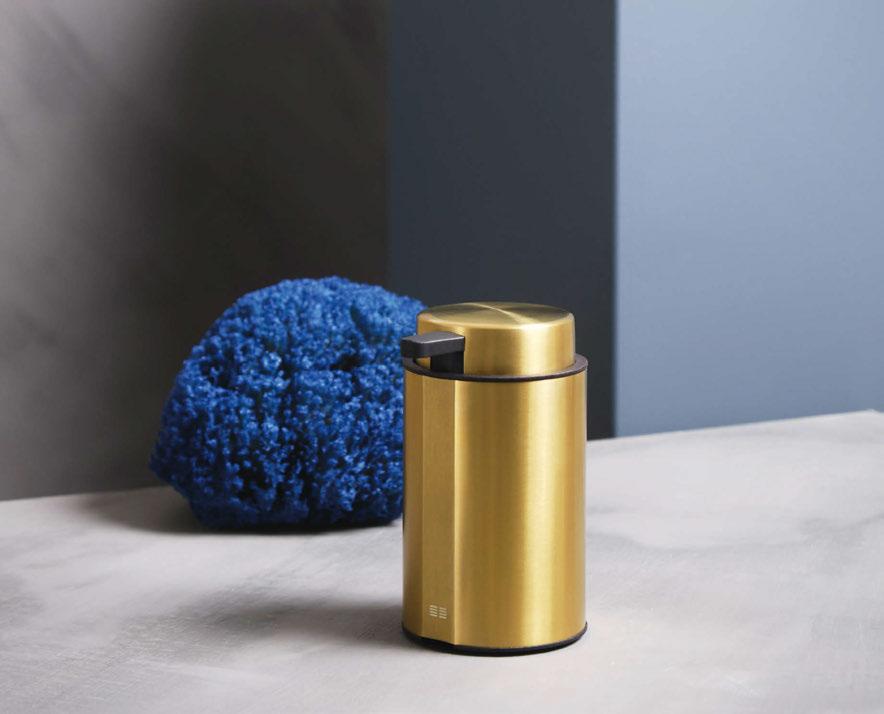
unidrain.com/reframe
HENDERSON
the morning to a co-working spot during the day and an entertainment venue after work.”
The process prompted an entirely new way of thinking for the brand, who knew its future developments would present individual challenges depending on size and location. As such, the team paused and took stock of its offer. Only then did they conclude that they would need to explore collaborations with local designers and F&B operators, briefing them on Yotel’s brand guidelines before coming up with a concept that worked in harmony with the building and community. “We had a clear design strategy but soon realised that with our global expansion plans, we couldn’t just turn up with a one-size-fits-all solution,” says
Viriot, highlighting that today, the group’s three brands each brings a different offer –YotelAir with compact cabins and limited public spaces; Yotel, the urban offering that makes up around 70% of the portfolio; and YotelPad, an extended-stay venture.
Joining our conversation, Vice President of Technical Services Mark Henderson, who is responsible for supporting all projects from design feasibility and interiors to construction, handover and operation, notes that after 2011, the group realised it could no longer work with a single interior design company when expanding worldwide. “The location is hugely important to the design of our public spaces and was the primary reason we began working with local partners. We don’t repeat our schemes, so while residents can count on the same room concept wherever they travel with us in the world, they will see a communal area bespoke to that setting.”

Since its arrival in New York, Yotel has collaborated with a roster of studios when opening properties in different parts of the globe – from Studioninedots in Amsterdam to DP Design in Singapore – curating a list of musthaves to ensure they are delivering a product that is consistent with the brand DNA, while at the same time suited to its environment.
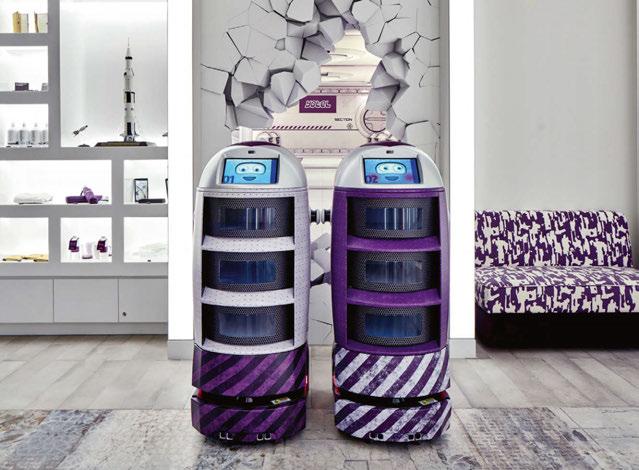
“I’m a firm believer in the idea that hotels are constructed in phases and everybody contributes,” Viriot affirms. “For a long time, we focused on what we were doing and weren’t influenced by external factors, plugging away in our own little bubble. But to reach the next level, we knew we needed to open up and bring in fresh pairs of eyes, especially as we moved into new markets.”
And with expansion comes caution, with Chief Development Officer Rohan Thakkar revealing that the group’s considered methodology
126
© Christopher
O’Grady
“Understanding guests’ needs has determined the design direction of our three brands.”
MARK
RAK-METAMORFOSI
Introducing RAK-Metamorfosi, a brand new vibrant collection inspired by colours and shapes found in nature. Available in large-format brushed resin porcelain slabs to create striking wall decorations in 9 colours and 11 decors.

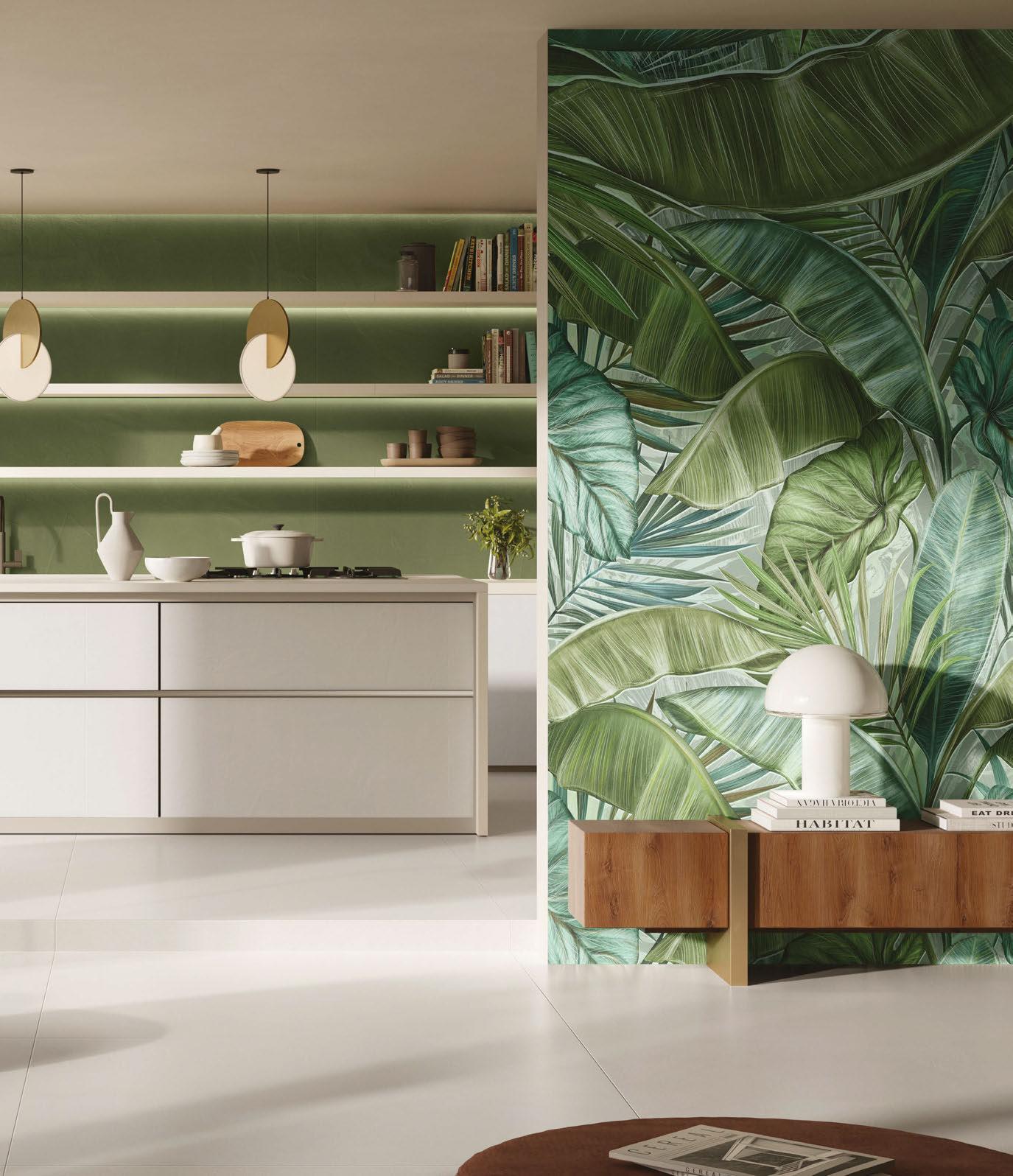 KATIE EDGAR
KATIE EDGAR

involves analysing several key factors when determining a new location, including the proximity to local demand generators, access to public transportation and the surrounding offerings. “Our team prepares a detailed market feasibility report for potential destinations to ensure they align with our ambitions,” he confirms, stating that YotelAir’s strategy is slightly different in that the focus is on major transit hubs with significant passenger numbers; Singapore’s Changi Airport, for instance, was seen as the ideal spot for the company’s first airport hotel in Asia, which opened in 2019 with 130 cabins and a two-level social hub featuring co-working and dining space.
Having typically built its properties from the ground up, a venture into conversions five years
ago “demonstrated that Yotel can work in any environment” according to Viriot, who stresses that if the company hadn’t challenged itself and simply stuck to newbuilds, it may have been viewed as “the strange piece of real estate” amongst the skyline. The first conversion came in San Francisco with the transformation of the city’s historic Grant Building, and has since been followed by adaptive re-use projects in Edinburgh, Porto and Glasgow.
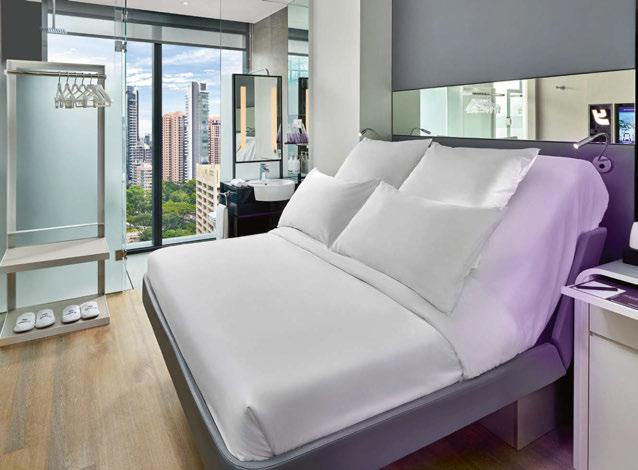
Then came the conversion of an existing hotel in Washington DC, which sent a clear message to owners that their underperforming stock could be better utilised as a Yotel. “In today’s environment, as the demands and travel habits of customers have evolved, many owners have realised that their concepts are not exactly in line with what the market wants,” says Viriot. “It’s a timely opportunity for conversions.”
Using DC as a blueprint, Yotel has transferred its expertise to Shoreditch and now Manchester, expanding its in-house capabilities to create a rounded portfolio. “We’ve learnt a lot and know where to be flexible, so it gives us more opportunities and in the short- to- mediumterm, we believe there will be many in this area,” adds Viriot. “Most cities don’t need more hotels, they just need better hotels. There are plenty of assets in great locations, but with the wrong concept. The goal should be to convert them, not build another hotel.”
In Manchester’s Deansgate, the former Qbic property has been undergoing a redesign while operational, with newly appointed Director of Interior Design Katie Edgar taking charge of refining the look and feel. “I see my role as a brand guardian,” she explains, having worked for architecture and design practices prior to joining the operator. “When working on conversions in particular, we must remain flexible on our standards and look at the bigger picture, finding ways to apply the Yotel ethos
128
“We must remain flexible on our standards and find ways to apply the Yotel ethos to a specific location.”
© Christopher O’Grady
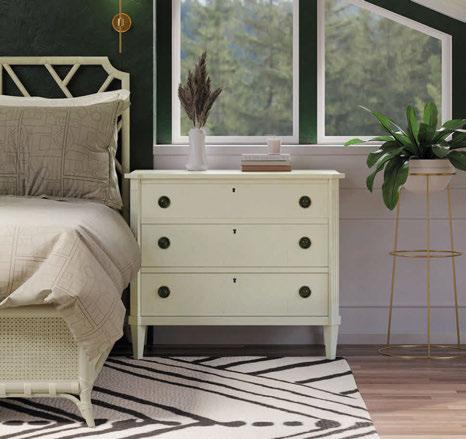


 Ritz Carlton - Maldives, Fari Islands
Ritz Carlton - Maldives, Fari Islands
to a specific location. It’s not just a copyand-paste job, so smart thinking is crucial.” Viriot agrees, noting that while the property in Manchester doesn’t follow the traditional brand standards, minimal alterations are being made to the predecessor as a result of customer satisfaction. “We haven’t changed much, apart from a few operational tweaks, because people love the hotel and it’s successful. We’re learning and finding solutions with every project, which is the beauty of what we do.”
The same will be true of future conversions, with Edgar weighing up the pros and cons of existing spaces before deciding how much to revise – a refreshing change in an industry where designs are often renewed for renewing’s sake. “The task is to work within the parameters
of the building and help designers to see that,” she explains. “With our public areas, it’s about providing a brief of what we want the space to achieve before letting local designers bring their expertise. We must take on board their advice as having a knowledge of the area is invaluable.”
Determining which solution is right for which location also led Yotel to enter the extendedstay sector, after the company spotted an opportunity – particularly in the US market – to disrupt the segment in the same way it had done with conventional hotels. “Airbnb has changed what people book and how they book it,” says Viriot. “The problem however remains that there is limited service; travellers have a host, but they simply hand them the key. With YotelPad, we’re delivering a service element –through F&B, housekeeping and fitness centres – together with 22m2 accommodations that offer the same facilities as a two- or three-bedroom apartment.” The move not only allows the brand to cater for remote workers and nomadic travellers – of which there are plenty following the pandemic – but also means it can build a presence in leisure areas where a YotelAir or Yotel might not work. “For our investment partners, YotelPad can diversify their portfolio so they are not reliant on a single use,” Viriot continues, pointing to Utah’s Park City as the perfect example of a year-round destination that can provide steady occupancy through the seasons. “Suddenly it opens up new real estate avenues and instead of a traditional hotel, we can create an attractive mixed-use project. They can be more complicated to design, but they also have a greater USP.”

While YotelPad follows the same philosophy as Yotel and YotelAir, the key difference comes in room size and service offering, according to Henderson: “We always provide an efficient stay but also acknowledge that the requirements of our YotelPad guests vary, be that with enhanced

130
©
Viktor Kery
“Our team prepares a detailed market feasibility report for potential destinations to ensure they align with our ambitions.”
ROHAN THAKKAR
CURTAIN SYSTEMS FOR SMART HOTELS






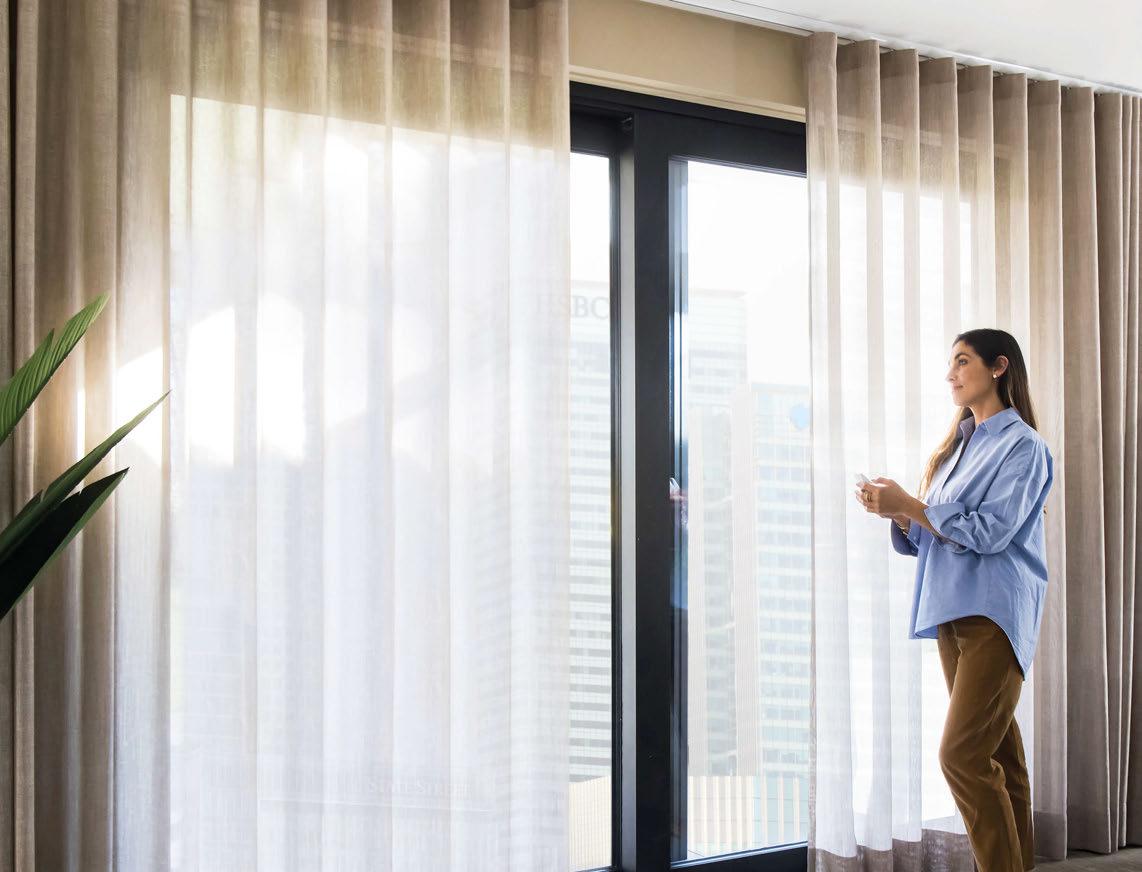
Forest Group offers different drapery hardware solutions especially made for the hospitality industry. Whether you choose for our motorised curtain tracks or rods, blinds or manual curtain tracks your hotel guest will experience ‘the Forest Factor’. Which stands for a unique combination of smooth hanging curtains, comfortable luxury and optimal ease of use.
www.forestgroup.com
THE WORLD BEHIND YOUR CURTAINS For more info
workspace or additional storage, relaxation areas and kitchen facilities,” he observes. “Understanding their needs has determined the design direction of our three brands.”
And though Yotel has looked at other segments, the focus remains on growing its three core brands, consolidating existing markets and entering new ones. “We’ve explored things like co-working and hostels, but it made us realise that we need to execute what we have thoroughly,” says Viriot. “The brand is so unique that we want to occupy a global territory.”
For now, at least, the group is on a mission to strengthen its trio of solutions, taking a considered approach to ensure each new site is fit for purpose. And though YotelAir has a slower growth rate due to the complexities of working within airports, from vetting to shifting passenger needs, Yotel’s urban portfolio is picking up pace. “Right now, we’re pushing into Western Europe as there is still space for us to exploit,” Viriot explains, adding that on top of Geneva and Porto, the brand is also expanding its reach in markets like Japan, where a new flagship is set to open in Tokyo in 2024. “Japan’s focus on technology and innovation has been an important source of inspiration for us ever since our inception,” he reveals, describing the move as a full circle moment given that Woodroffe’s initial concept derived from his travels to the country. “The Yotel concept is perfectly suited to the Japanese market, so the Tokyo hotel will be a stepping stone for our roll-out in key cities like Sapporo, Yokohama, Nagoya, Kyoto, Osaka and Kobe.”
In between new openings will be opportunities for conversions, with the design team minimising disruption by working floor-by-floor. Despite labelling himself as a “growth junkie”, Viriot is cautious that it has
to be worthwhile. “I know what it takes,” he reflects. “Entering a new market is a huge step and can be challenging for the entire team, so it is never a decision taken lightly.” An approach that means being realistic, not just aesthetically but operationally too, in the words of the CEO.
“We’re not in a race, we’re growing with high objectives. Every project is a flagship and has to be perfect. We owe it to our stakeholders.”
As well as the properties in the pipeline, there’s also existing stock that needs refreshing – a constant undertaking that ensures the group’s hotels retain their touchpoints wherever they are in the world, whether that be a YotelAir in Paris or a YotelPad in Miami. “17 years on, our key pillars remain the same,” Viriot concludes.
“We’ve polished our room designs and improved our technology, but fundamentally we’ve followed the same approach since the very beginning. Simon changed the face of hospitality and we’re now seeing others adopt our methods. But we’re not looking over our shoulder, we’re looking forward.”
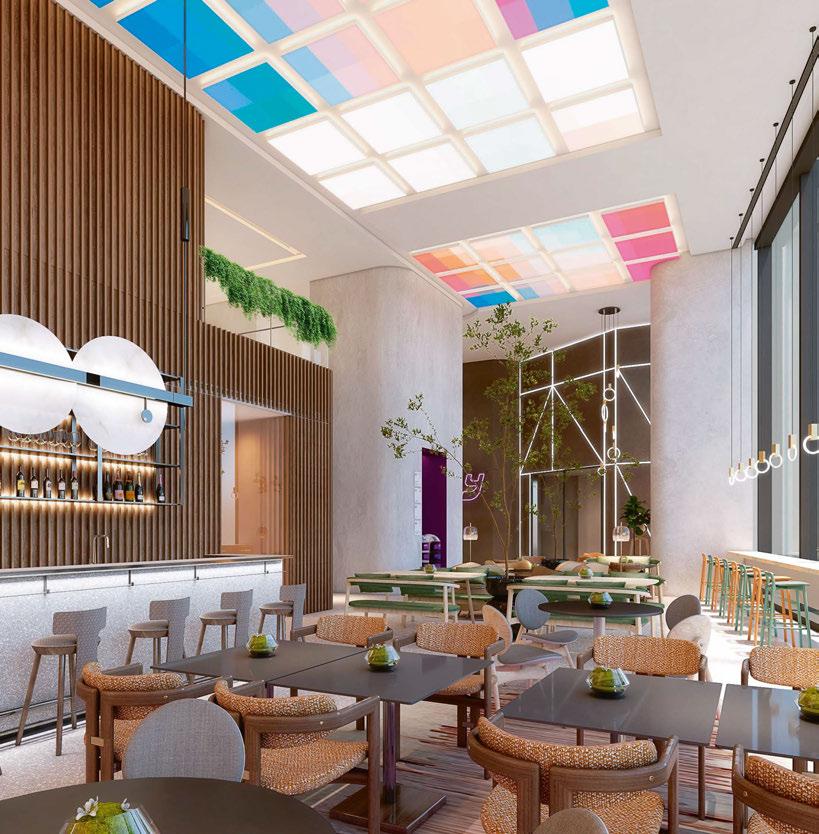
132
ZENCHA
Design by Sebastian Herkner
CEREMONY OF ZEN
A homage to mindfulness: a balanced bathroom design blends with high quality material combinations. www.duravit.co.uk and pro.duravit.co.uk

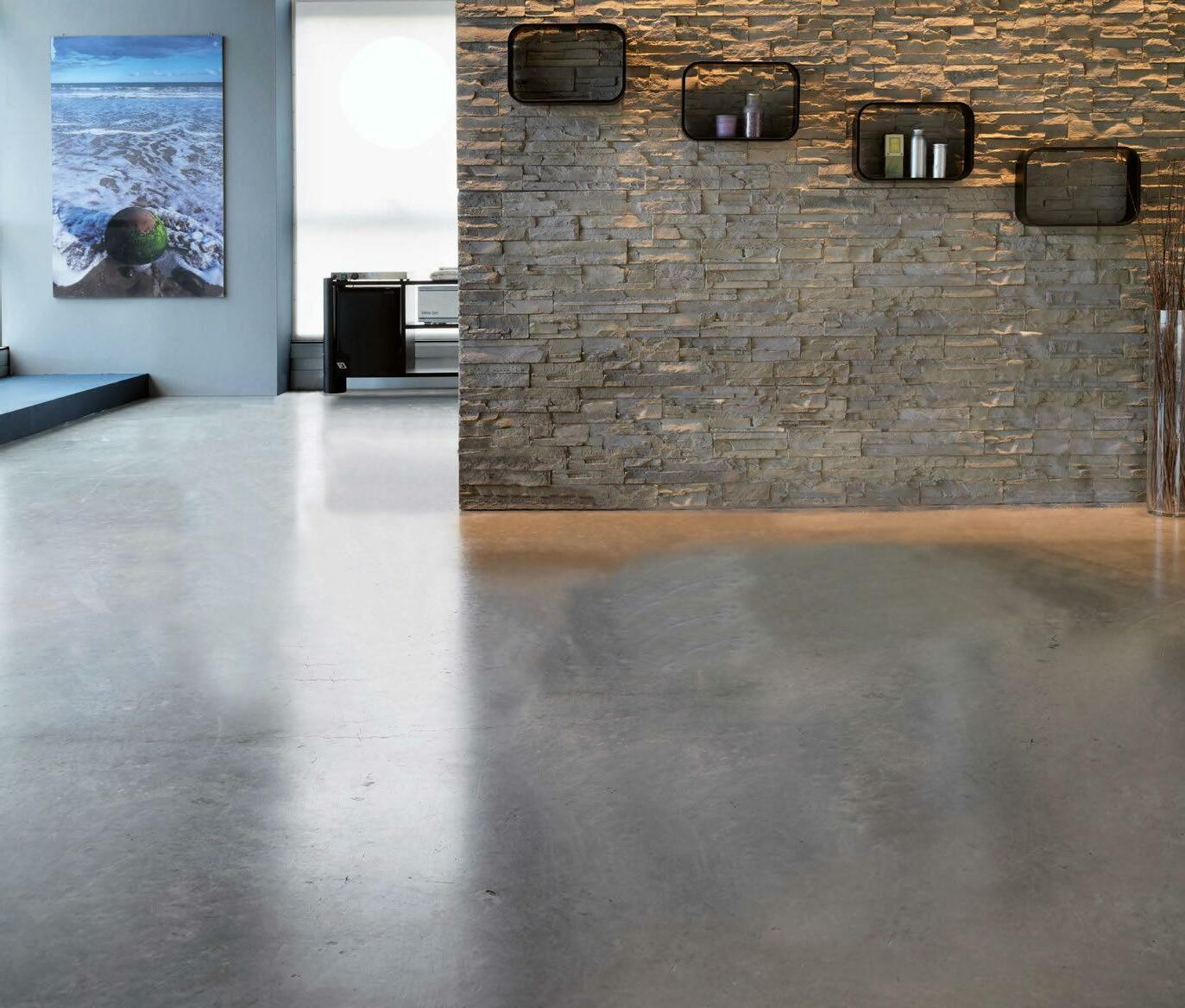
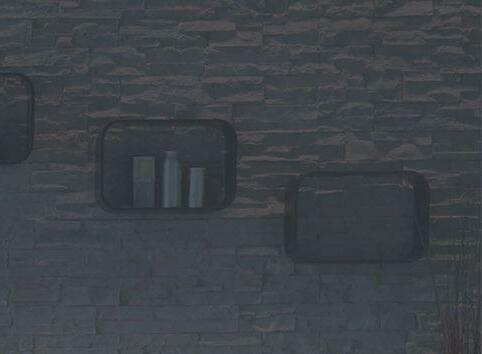
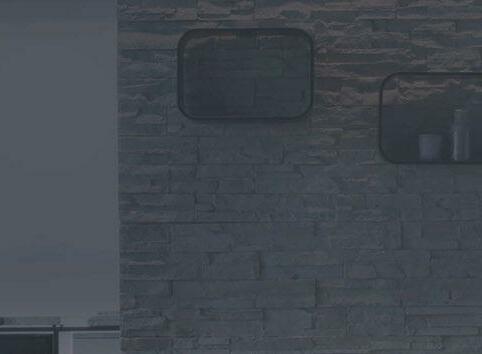





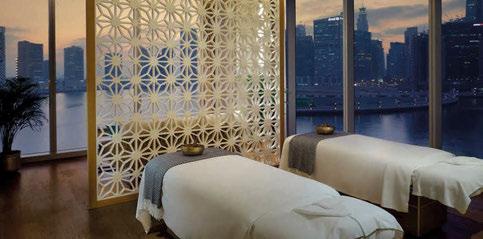






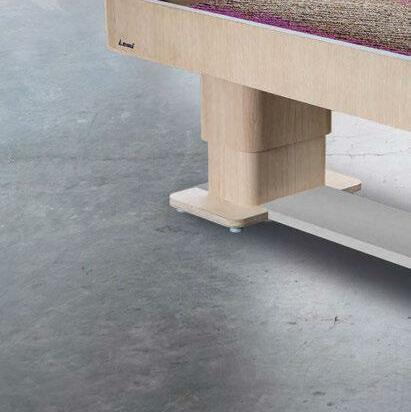
















www.aheadawards.com
AHEAD Asia made a triumphant return at Andaz Singapore in September, bringing together owners, operators, architects and designers for the first time in three years to celebrate the region’s best new hotels.
In the Bar, Club or Lounge category, The Aubrey at Mandarin Oriental Hong Kong emerged victorious with Silverfox Studios applauded for “delicately illustrating a strong East-meets-West narrative”. Demonstrating that the Singapore-based firm knows a thing or two about hotel F&B design, they went on to scoop a second award later in the night for their work on the same hotel’s restaurant Man Wah. The panel commented: “This is a very thoughtful design that respects the history of the restaurant with a new modern take on luxury Chinese dining”.
Japanese hotels came up trumps with two different hotels receiving recognition from the 14-strong judging panel. The award for Event Spaces went to W Osaka, where Amsterdam-based studio Concrete left the judges wanting to host their next event at the hotel. In the next city over, Roku Kyoto – a 114key property designed by Blink Design Group – was commended for its spatial planning, as well as its “delicate and beautifully restrained” guestrooms that are “steeped in culture and a sense of place”.
Described by the judges as “a celebration of the Balinese jungle”, Buahan – A Banyan Tree Escape wowed in the landscaping and outdoor spaces category. Another project that put nature at the forefront was Parkroyal Collection Marina Bay, winner of the Hotel Renovation & Restoration prize. The panel stated: “The conscious decision to preserve
instead of rebuild is fundamental to the success of this transformation, but the nature of the transformation sets a benchmark in the region for biophilic elements, and bringing the outdoors inside on such a scale in a downtown, urban environment.”
Maldivian resorts also fared well on the night, with previous Sleeper cover star Joali Being – a 68-key first-of-its-kind wellbeing retreat designed by Autoban – recognised for its Spa & Wellness offering, which uses biophilic design principles that harmoniously integrate the architecture and design into nature enhancing the flow of energy, while The Ritz Carlton Maldives stood out in the Resort category by “taking the over-water villa concept to another level, with a necklace of accommodation laid over the marine environment, supplemented with a collection of diverse yet equally exacting spaces and facilities”.
Taking home the trophy in the hotly contested Lodges, Cabins & Tented Camps category was Raas Chhatrasagar in Rajasthan, with judges praising the ingenuity of creating a hospitality experience above a centuriesold dam, likening the project to “a bird on the back of an elephant”. The tented camp also received the inaugural Sustainability award for its ecological conservation efforts, rewilding the once agricultural landscape of the rural camp and protecting the natural wildlife that occupies it. Reflecting on the eco-credentials of the property, the judges commented: “Raas Chhatrasagar is a unique project built on an existing dam; the sensitivity to the existing structure and maintaining of the integrity of the embankment was well addressed. Engaging
the community with using local material and craftsmanship really completes the full circle of sustainability.”
Fresh off the back of his work on the buzzworthy Aman New York, Jean-Michel Gathy flew in from Kuala Lumpur to receive the AHEAD Asia Outstanding Contribution award in honour of his work over the past 40 years revolutionising the sector with his multi-disciplinary firm, Denniston. Having worked alongside previous recipients Adrian Zecha and Kerry Hill, the Belgian designer is no stranger to AHEAD, with several of his past projects being shortlisted.
The big winner of the night however was Shangri-La Shougang Park, scooping up three awards in total including the highly coveted AHEAD Asia Hotel of the Year. When picking their Lobby & Public Spaces winner, the judges applauded Lissoni & Partners’ “sophisticated and spectacular shared spaces that create a bridge between the industrial architectural fabric and the new function of the space as a hospitality destination”. Ultimately, what set the Beijing-based project apart from its competitors, both in the Conversion category and overall, was the exceptionally sensitive approach taken by both the operator and designers: “It’s admirable when the choice is taken to retain an existing industrial structure, work within the constraints and be able to create a memorable experience out of the volumes – Shangri-La Shougang Park is a rare, well-executed example of this. The intimate luxury spaces are very smartly carved out of the vast factory space with human scale and function. The project is a credit to the owner, operator and designers’ shared vision.”
Shangri-La and Lissoni & Partners reign supreme at AHEAD Asia, taking home three awards for their 20th century factory turned luxury hotel.


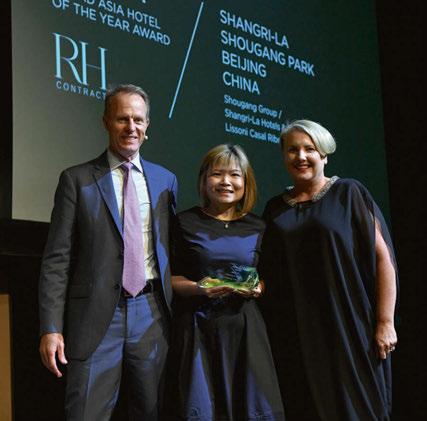

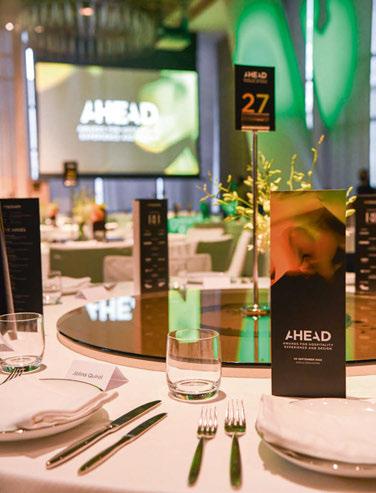

AHEAD © Macro Studio
CLUB OR LOUNGE
BAR,
The Aubrey at Mandarin Oriental Hong Kong – China Mandarin Oriental Hotel Group / Wilkinson & Cilley / Silverfox Studios EVENT SPACES W Osaka – Japan Sekisui House / Marriott International / Nikken Sekkei / Tadao Ando Architect & Associates / Concrete / Nikken Space Design GUESTROOMS Roku Kyoto, LXR Hotels & Resorts – Japan Tokyu Land Corporation / Hilton Worldwide / Tokyu Architects + Engineers / Blink Design Group HOTEL CONVERSION Shangri-La Shougang Park – Beijing, China Shougang Group / Shangri-La Hotels & Resorts / Lissoni Casal Ribeiro HOTEL NEWBUILD The Standard, Bangkok Mahanakhon – Thailand King Power International / Standard International / Hayon Studio HOTEL RENOVATION & RESTORATION Parkroyal Collection Marina Bay – Singapore UOL Group / Pan Pacific Hotels Group / FDAT Architects LANDSCAPING & OUTDOOR SPACES Buahan, A Banyan Tree Escape – Bali Banyan Tree Holdings / Banyan Tree Hotels & Resorts / Gede Kresna / Ramawijaya International Design / Studio Tana LOBBY
PUBLIC SPACES Shangri-La Shougang Park – Beijing, China Shougang Group / Shangri-La Hotels & Resorts / Lissoni Casal Ribeiro LODGES, CABINS & TENTED CAMPS RAAS Chhatrasagar – Nimaj District, Rajasthan Walled City Hotels / Nikhilendra Singh / Studio Lotus RESORT The Ritz-Carlton Maldives, Fari Islands – Male, Maldives Pontiac Land Group / Marriott International / Kerry Hill Architects / WATG RESTAURANT Man Wah at Mandarin Oriental Hong Kong – China Mandarin Oriental Hotel Group / Wilkinson & Cilley / Silverfox Studios SPA & WELLNESS Joali Being – Bodufushi, Maldives Gurok / Autoban / Atolye4n SUITE Presidential Suite at Hilton Singapore Orchard – Singapore OUE / Hilton Worldwide / DP Architects / Avalon Collective VISUAL IDENTITY Carlyle & Co. – Rosewood Hong Kong – China Rosewood Hotels & Resorts / Studioilse / Yang Rutherford SUSTAINABILITY RAAS Chhatrasagar – Nimaj District, Rajasthan PTT Family / Oma / Andra Matin OUTSTANDING CONTRIBUTION Jean-Michel Gathy HOTEL OF THE YEAR Shangri-La Shougang Park – Beijing, China Shougang Group / Shangri-La Hotels & Resorts / Lissoni Casal Ribeiro
&

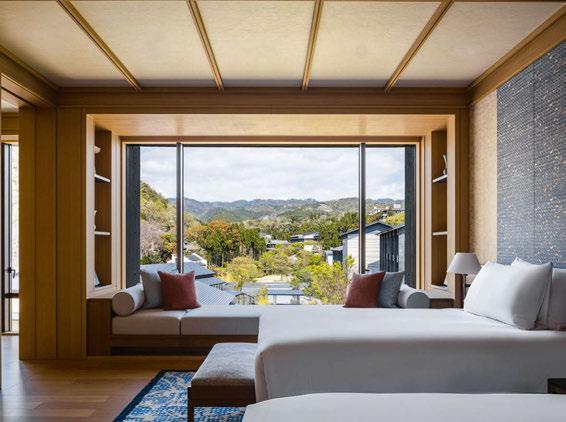

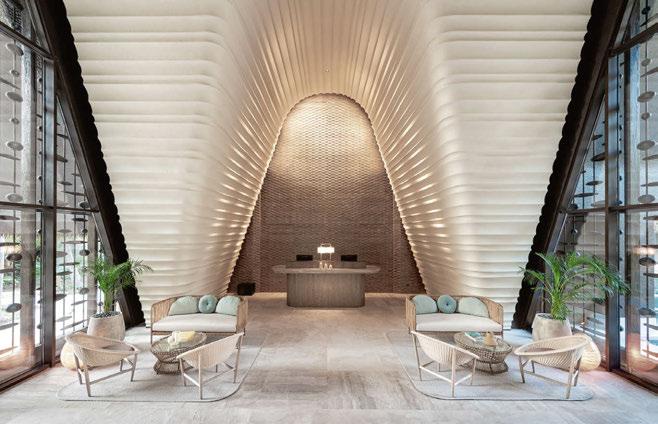

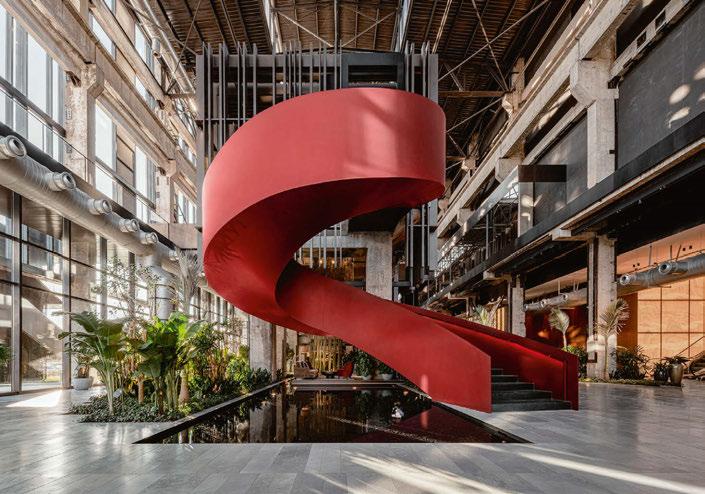
AHEAD
Clockwise from top left: RAAS Chhatrasagar; Joali Being; Roku Kyoto; Man Wah at Mandarin Oriental Hong Kong; Shangri-La Shougang Park; The Ritz-Carlton Maldives
The AHEAD community reunites in New York for an evening of celebration, with “a true urban oasis” scooping the top prize for the Americas region.
Following two years of virtual ceremonies, AHEAD Americas finally touched back down in the US last month, moving up the coast from its traditional spot in Miami for an evening of celebration at Weylin in Brooklyn, New York.
After receiving over 200 regional entries spanning 11 countries, AHEAD’s regional judging panel selected their winners in 18 categories, including a new prize for a hotel project that has demonstrably followed principles of sustainability in its development and delivery.
With leading hoteliers, architects, interior designers and industry commentators all in attendance, the awards showcased some of the most compelling and original hospitality projects to debut across the Americas over the past year, from the mountains of Montana’s Big Sky to the shores of Mexico’s Bacalar Lagoon.
Mexican properties scooped several accolades on the night, from Landscaping & Outdoor Spaces to Lodges, Cabins & Tented Camps, both handed to Playa Viva on the country’s Pacific coastline. Described by the judges as “completely immersive and perfectly executed”, the property gained plaudits for its visually striking structures – inspired by local mobula rays – that subtly integrate into their surroundings. “This property feels truly part of the landscape” said another judge, labelling the project as “nothing short of beautiful” with an inspiration, concept and execution that is extremely respectful to the location.
Mexico also triumphed in the Hotel Newbuild, Resort, New Concept and Sustainability categories – the latter of which was introduced this year. Taking home this special trophy was Hotel Terrestre, a solar-
powered resort in Oaxaca constructed using locally sourced materials. Judges praised Grupo Habita for being “bold, brave and spectacular” by combining pre-Hispanic design elements with Brutalist-inspired architecture to create an almost otherworldly aesthetic, with one noting that the site is “completely absorbed by the natural landscape yet absolutely contemporary”. Oaxaca produced another winner in Casa Silencio – a boutique hotel and working distillery set upon the agave plains of the Xaagá community – which collected the New Concept accolade for “spectacularly different” design by local architect Alejandro D’Acosta, who evoked both mythology and modern Minimalism to create what the judges called “a conceptually and aesthetically brilliant property”.
Projects in Massachusetts and California also fared well, receiving two honours respectively, while New York – owing to its plethora of luxury hotels – picked up a total of four prizes across the board. The Big Apple’s F&B venues in particular struck a chord with the judges, namely the recently renovated Dowling’s at The Carlyle – winning best Restaurant – and newcomer Nearly Ninth at Arlo Midtown, which was granted best Bar, Club or Lounge. “A visual feast peppered with rich detailing” in the words of the judges, tonychi’s scheme at Dowling’s was lauded for injecting new life into the beloved Upper East Side haunt, shedding its former décor in favour of a sleeker supper club look that marks “a step back into history seen through a fresh lens”. Gerber Group and Meyer Davis’ collaboration at Arlo Midtown meanwhile creates a sense of “layered materiality” that resonated with
the panel, who described the result – a muted colour palette awash with shades of grey, sage furnishings and gold lighting accents – as “beautifully balanced, calming and inviting.”

F&B is also the calling card of this year’s Outstanding Contribution winner, Adam D. Tihany, founder of Tihany Design, who is widely regarded as the pioneer of restaurant design having revolutionised the sector for the past four decades with his multidisciplinary atelier. The studio’s relationship with AHEAD is longstanding, having scooped the coveted Hotel of the Year at AHEAD MEA 2017 for Four Seasons Dubai International Financial Centre, and being shortlisted in the Transport category at AHEAD Americas two years later for Seabourn Ovation. This year, Tihany’s work on the Mandarin Oriental Bosphorus in Istanbul is also shortlisted at AHEAD Europe.
The ultimate prize on the night however was scooped by Rosewood Sāo Paulo, a former maternity hospital turned luxury hotel that the judges described as “a true urban oasis”. Marking the brand’s first property in South America, the project was envisioned by Pritzker Prize-winning architect Jean Nouvel, while acclaimed designer Philippe Starck brought the interiors to life. With a striking new vertical garden tower that is an exception to the urban landscape of the sprawling South American city, the property was commended for “boldly bringing the outside in” with a design that “deftly references Brazilian modernism whilst confidently staying true to its own intentions”, evoking “an almost ethereal quality” within the bustling metropolitan surrounds.

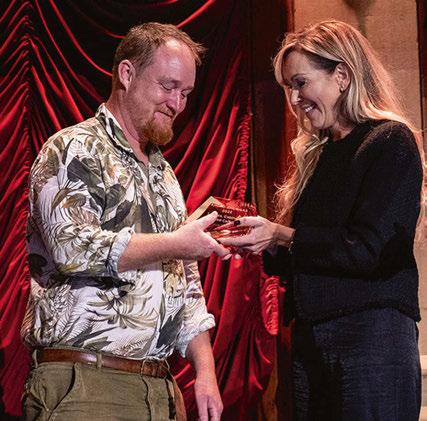
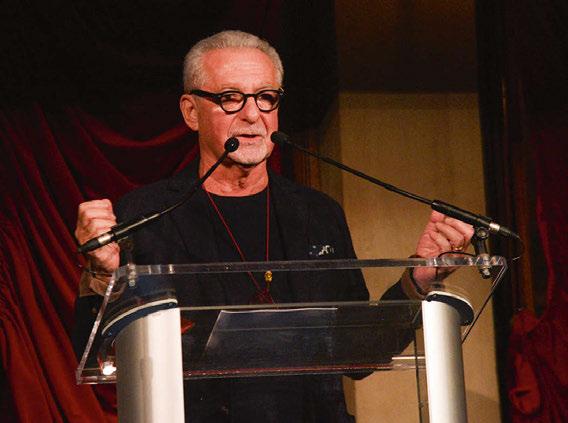
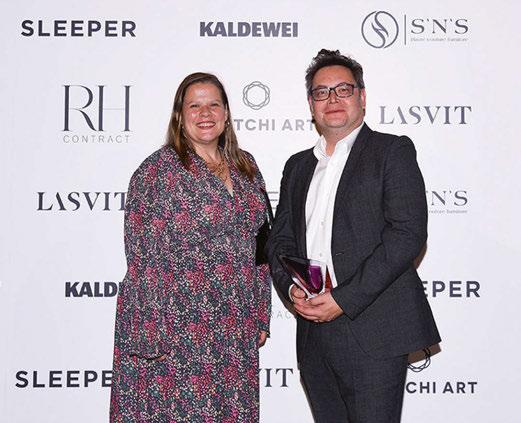
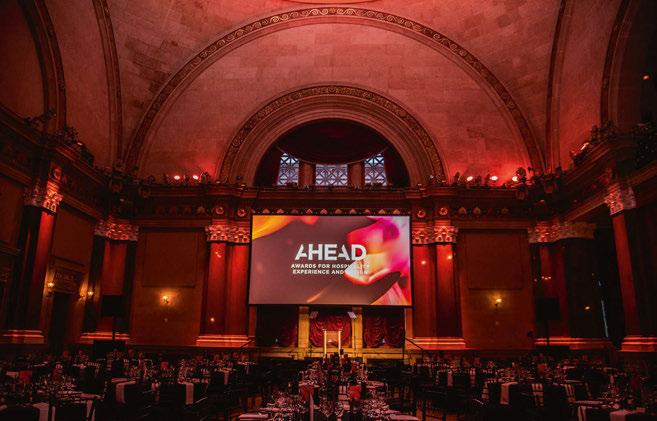

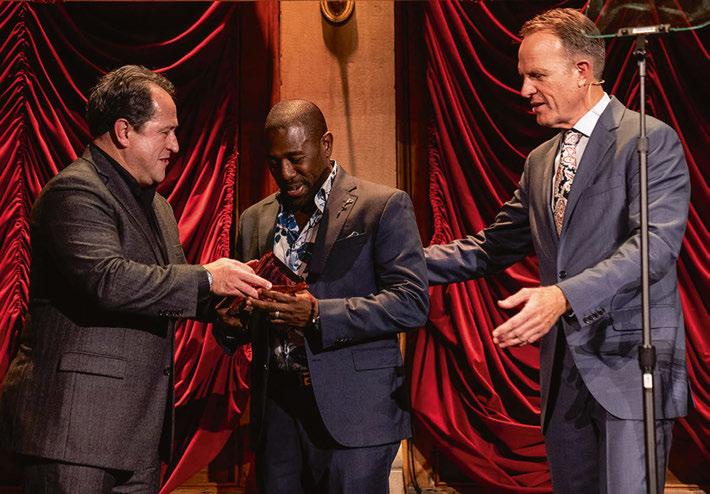
AHEAD
© Aurora Rose Studios
BAR, CLUB OR LOUNGE
EVENT SPACES
GUESTROOMS
HOTEL CONVERSION
HOTEL NEWBUILD
LANDSCAPING & OUTDOOR SPACES
LOBBY & PUBLIC SPACES
LODGES, CABINS & TENTED CAMPS

Nearly Ninth at Arlo Midtown – New York, USA Quadrum Global / Gerber Group / Marvel Architects / Meyer Davis
The Langham – Boston, USA Great Eagle Holdings / Langham Hotels International / Dyer Brown / Richmond International
Rosewood Sand Hill – California, USA Rosewood Hotel Group / NicoleHollis
Hotel Saint Vincent – New Orleans, USA MML Hospitality / Zach Kupperman / Christian Strobel / Jayson Seidman / MetroStudio / Lambert McGuire Design
Hotel Terrestre – Oaxaca, Mexico R&B+K Constructora / Grupo Habita / Taller de Arquitectura X / Fernanda Romandia & Diana Backal
RESTORATION Park Lane New York – USA The Witkoff Group / Highgate / PBDW Architects / Yabu Pushelberg
HOTEL RENOVATION &
Playa Viva – Juluchuca, Mexico David Leventhal / Playa Viva / Nomadic Resorts / Jorg Stamm / Regenesis
El Prado Hotel – California, USA Ferrado / The Ness Group / Crestline Hotels & Resorts / Carrasco & Associates / NicoleHollis
Playa Viva – Juluchuca, Mexico David Leventhal / Playa Viva / Nomadic Resorts / Jorg Stamm / Regenesis RESORT Habitas Bacalar – Mexico Habitas RESTAURANT Dowling’s at The Carlyle, A Rosewood Hotel – New York, USA The Carlyle / Rosewood Hotel Group / tonychi studio / Stonehill Taylor SPA & WELLNESS Piaule Catskill – New York, USA Piaule / Garrison Architects SUITE Rooftop Suite, The Modern Wing at The Drake Hotel –Toronto, Canada The Drake Hotel / Drake Hotel Properties / Diamond Schmitt / DesignAgency / +Tongtong TRANSPORT Aqua Nera Aqua Expeditions / Studio Noor / DJC Studio VISUAL IDENTITY Faraway Nantucket, Massachusetts Blue Flag Partners / Life House / Emeritus / LMNOP Creative SUSTAINABILITY Hotel Terrestre – Oaxaca, Mexico R&B+K Constructora / Grupo Habita / Taller de Arquitectura X / Fernanda Romandia & Diana Backal NEW CONCEPT Casa Silencio – Oaxaca, Mexico El Silencio Holdings / Casa Silencio / Alejandro D’Acosta / Martina D’Acosta OUTSTANDING CONTRIBUTION Adam D. Tihany HOTEL OF THE YEAR Rosewood São Paulo, Brazil BM Empreendimentos / CTF / Rosewood Hotel Group / Jean Nouvel / Philippe Starck


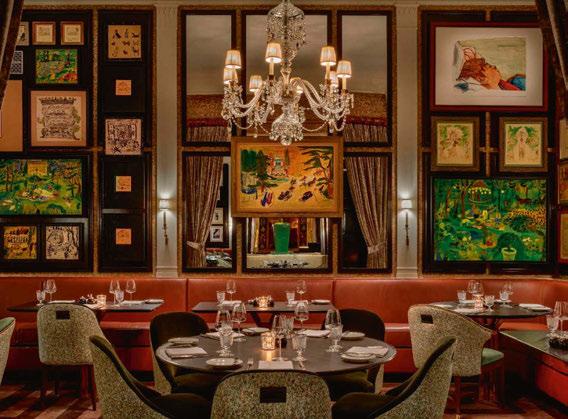


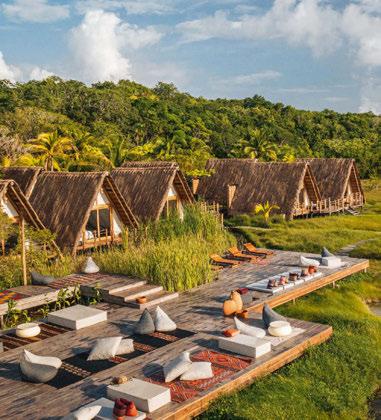

AHEAD
Clockwise from top left: Playa Viva; Nearly Ninth at Arlo Midtown; Dowling’s at The Carlyle; Rosewood São Paulo; Habitas Bacalar; El Prado Hotel

www.aheadawards.com EVENT
20
6
18
SPONSORS
SEPTEMBER 2022 ANDAZ – SINGAPORE 10 NOVEMBER 2022 W THE PALM – DUBAI
OCTOBER 2022 WEYLIN – NEW YORK
NOVEMBER 2022 EVOLUTION – LONDON
Working in close collaboration with the professional team, BECK are delighted to have been the main contractor on The Carlton Tower Jumeirah. To find out more, please contact Vanessa Budd: vbudd@beckinteriors.com

THE PEAK FITNESS CLUB & SPA, THE
TOWER JUMEIRAH SHORTLISTED IN ‘SPA & WELLNESS’
CARLTON
Radical Innovation
Words: Catherine Martin
Following a global search for new concepts that fuel the future of travel and hospitality, Radical Innovation has revealed Aera as its winner. Designed by OBMI, the vertical urban resort was conceived to meet the needs of a rapidly growing domestic market, by offering an escape from the city, within the city.
The concept took first place at an awards ceremony in New York, in which a panel of experts heard from all three finalists – including Eco Floating Hotel by Hayri Atak Architectural Design Studio and Merani by Contesi Design Company – and assessed each on design merit and feasibility. The judges’ votes were then combined with a public ballot to determine the grand-prize winner.
This year’s finalists were all lauded for their forwardthing ideas, which consider sustainability, changes in travel habits and the overarching guest experience, but it was Aera that came out top, deemed as the concept with potential for having the greatest impact on the industry.
“Innovation is a part of OBMI’s DNA, and our designers are continually thinking up ideas that address the challenges facing the hospitality industry,” OBMI Chairman Tim Peck tells Sleeper. “Aera was conceived as an innovative response to a combination of factors, including the challenges posed by Covid, the carbon stress that long-distance travel places on our environment and the search for creative ways to revitalise urban centres.”
The approach leverages vertical architecture to stack

traditional resort amenities on top of one another, with districts for dining, retail and wellness culminating in a sky deck featuring a swimming pool and panoramic views of the city. “Our aim was to reinvent the typical resort, moving from a horizontal format to a vertical one with a far smaller footprint, thereby offering a solution that responds to the limited availability of urban real estate,” Peck continues. “The concept embodies the same unplugged escape one finds on a private island whilst providing the amenityrich experience of an urban hub, marrying relaxation, convenience and connectedness.”
Serving as an oasis away from the stresses of city life, walking trails weave through the resort, with public areas surrounded by greenery. The biophilic approach not only enhances the visual qualities, it also works proactively with air and water purification. “By providing wellness and relaxation through access to nature, the concept decreases the need for long-distance travel,” concludes Peck. “It’s an escape from the city, within the city.”
Ultimately, OBMI’s concept aims to enhance its surroundings and deliver positive value to people and places, an attitude shared by many of the entrants over the years. Now in its 16th year, Radical Innovation has a good track record for identifying future trends, with some finalists developing into fully-fledged projects. Organised by The Hardy Group, the competition also includes a product design award and categories open to students, winners of which can be seen overleaf.
The future-forward competition that challenges visionaries to pioneer innovation in travel and hospitality, names a vertical urban resort as its winner.

000
1ST RUNNER UP ECO FLOATING HOTEL
Hayri Atak Architectural Design Studio
Developed in collaboration with naval architects, Eco Floating Hotel combines travel and hospitality into a comprehensive resort experience, enabling guests to touch down by helicopter or dock at the private marina before making use of the many dining and leisure facilities on offer. The design of the concept is inspired by the movement of water, with guestrooms positioned around a central vortex glass roof that serves as an eye-catching visual feature as well as a functional one, harvesting rainwater that can be used for irrigation.
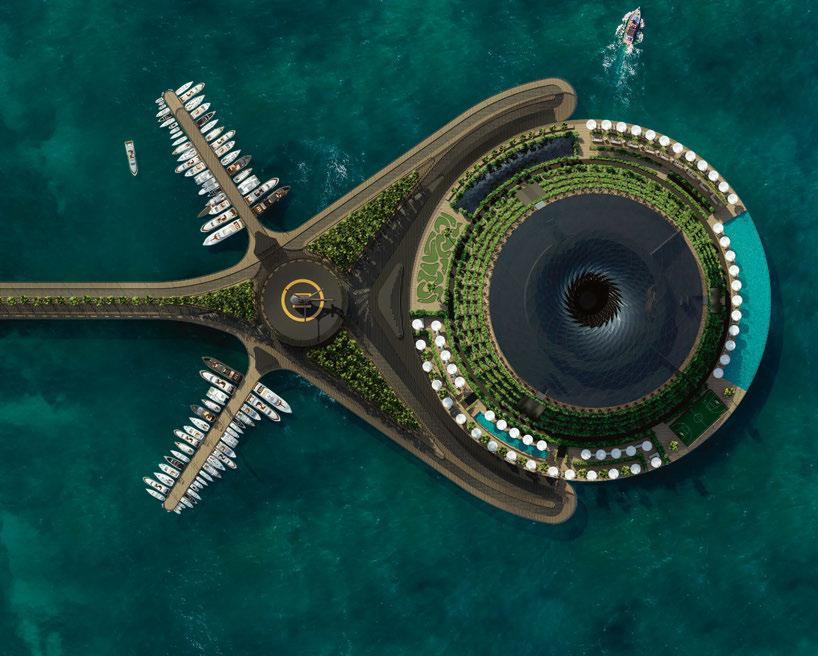
2ND RUNNER-UP MERANI
Contesi Design Company
Enabling guests to travel around a region without having to pack up and change hotels, Merani is a hospitality concept that can be transferred from location to location by an airship. Each mini-hotel accommodates up to 20 guests as well as eight crew, and features a sundeck, rooftop swimming pool and forwardfacing lounge offering panoramic views. The zero-emissions vessel harnesses solar energy using photovoltaic panels, and can touchdown on any surface – even water – without ecological damage.

148
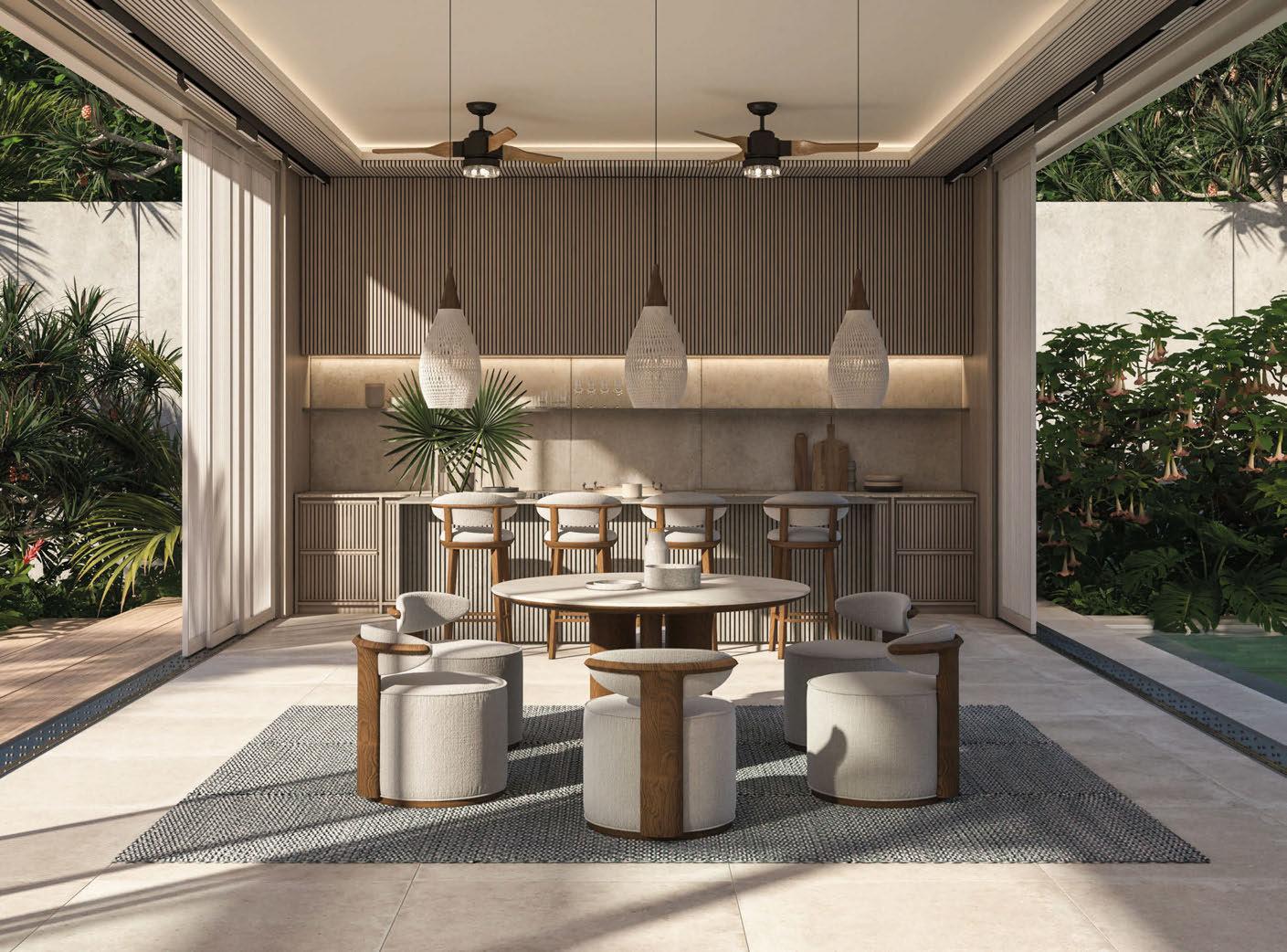
SUSTAINABLE LUXURY OUTDOOR FURNITURE, MADE IN BRITAIN NEW TAMARINDO COLLECTION - AVAILABLE FROM 2023 www.cocowolf.co.uk 572 King’s Road, Chelsea, SW6 2DY, London • +44 (0)207 262 8614 • enquiries@cocowolf.co.uk
1. 3. 2.
STUDENT DESIGN WINNER
1. SHOPPING & CAMPING
Kseniya Krepkogorskaya and Danil Nazarov
With vast expanses of supermarket rooftops sitting unoccupied, two students from Kazan State University of Architecture & Engineering propose their reuse as campsites, with green spaces and entertainment amenities accompanying accommodation pods.
PROFESSIONAL PRODUCT WINNER
2. FOLLOW ME
Ocean Builders
Designed by Ocean Builders to make tedious tasks a little easier, Follow Me is a nearfield communication (NFC) wearable that automatically configures to any compatible smart home device on approach, meaning that temperature or lighting for example adjusts to personalised settings as soon as the guest enters their hotel room, wherever they are.

STUDENT PRODUCT WINNER
3.
BSR+
Yu-Chieh Chien
Addressing the challenges of cleanliness, a student from Ming Chi University of Technology has designed a BSR+, a bathroom rail that can not only dry towels through an air purification system but disinfect them too thanks to the inclusion of a UV lamp.

SPECIAL JURY AWARD
4. URBAN AIR MOBILITY Aero AI
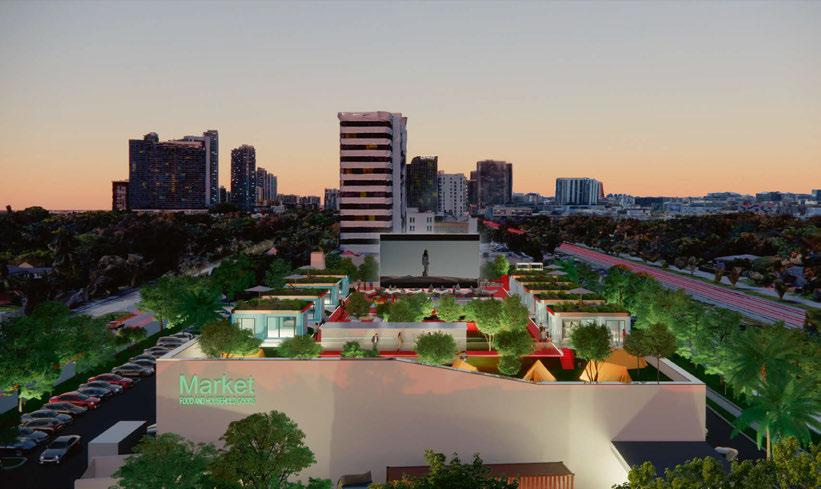
As the use of drones takes off, Aero AI proposes the use of unmanned aerial vehicles to transport guests and deliver anything they need during their stay. Requiring significant development of infrastructure, this project analyses sites for the feasibility of a vertiport on Las Vegas Boulevard, providing a starting point for a drone-driven tourist experience.
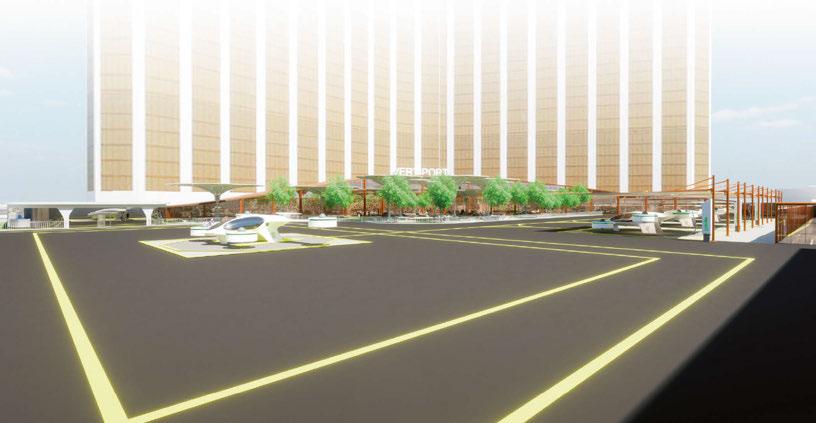
150
4.
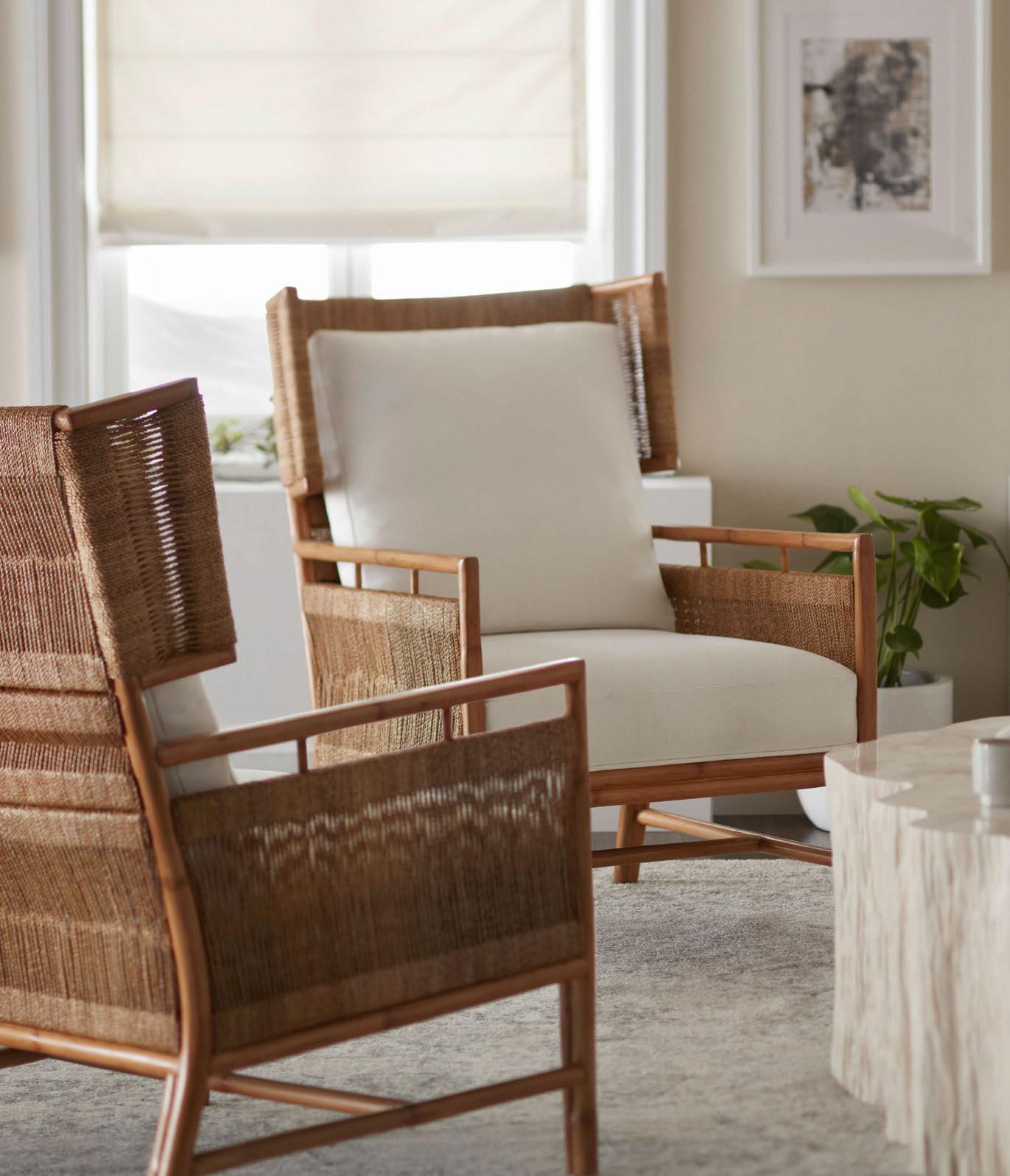


















FURNITURE | OUTDOOR | LIGHTING | ACCESSORIES EXCLUSIVE REPRESENTATIVE IN UK & EUROPE palecek.com | paolomoschino.com
Hotel Construction Pipeline Europe
There’s no let-up in the appetite to own and operate an asset in London according to the latest data from Tophotelprojects, with the UK capital topping the charts when it comes to the number of new hotels under development. Of the 94 projects in the city’s pipeline, a significant proportion fall into the luxury and lifestyle segments, with 1 Hotels, Mandarin Oriental, Raffles and Rosewood amongst the muchanticipated openings to come.
Elsewhere in the UK – which has the largest pipeline in Europe – Glasgow, Edinburgh and Manchester are set to add to their inventory, with the latter introducing offers from Hotel Indigo, Courtyard by Marriott and Hampton by Hilton.
As the second most-active development market in Europe, Germany is set to add 304 new hotels over the coming years, led by new additions in Hamburg. Ventures from Nobu Hotels, Moxy and Hyatt Centric are all in the works.
Also making the top ten are Spain, Portugal and Poland, while Europe as a whole lists 1,835 projects in the Tophotelprojects pipeline, accounting for new 294,397 rooms. By global comparison, the database details more projects in the UK and Germany than any other country after China and the USA.
LONDON Projects 94 Rooms 16,673
DUBLIN Projects 44 Rooms 6,711
PARIS Projects 28 Rooms 4,295
GLASGOW Projects 24 Rooms 4,042
HAMBURG Projects 23 Rooms 4,496
MANCHESTER Projects 23 Rooms 3,958
EDINBURGH Projects 23 Rooms 3,455
VIENNA Projects 22 Rooms 3,654
ROME Projects 22 Rooms 3,382
Projects 21 Rooms 3,571
TOP COUNTRIES
Tophotelprojects is a data service to support the design, build, furnishing and operation of hotels worldwide. For more information visit: www.tophotelprojects.com
152
LISBON
UK 422 59,733 GERMANY 304 47,371 SPAIN 180 25,534 ITALY 103 15,291 FRANCE 92 13,934 IRELAND 70 10,107 SWITZERLAND 62 6,823 PORTUGAL 61 8,812
TOP CITIES AUSTRIA 59 8,054 POLAND 52 10,364 Projects Rooms Projects Rooms 1 2 3 4 5 6 7 8 9 10
CONSTRUCTION PHASE
Of the 294,397 rooms in the pipeline, 34% (99,750 rooms) are under construction and a further 41% (121,341 rooms) are in planning. It is within these phases that interior design schemes and FF&E fit-outs are being planned and implemented.
VISION
Projects 34 Rooms 5,346
GROUPS AND BRANDS
PRE-PLANNING
Projects 265 Rooms 44,424
PLANNING Projects 750 Rooms 121,341
Hilton Worldwide has the largest European pipeline as listed in the Tophotelprojects database, closely followed by Accor. Hilton is expanding with its Hampton and Garden Inn brands, while Accor is adding to its midscale portfolio with Mercure and Novotel.

YEAR OF OPENING
CONSTRUCTION
Projects 634 Rooms 99,750
PRE-OPENING Projects 152 Rooms 23,536 BRAND
Hampton by Hilton 335,666
Radisson Blu 234,468
Hilton Garden Inn 203,438


Mercure Hotels 172,570
Hotel Indigo 172,145 Novotel 152,510
Holiday Inn 143045
Radisson 142,578
Intercity Hotel 132,820 Radisson Red 132,677
153 BUSINESS CENTRE
PROJECTSROOMS
56 Projects 77 Projects 78 Projects 98 Projects 101 Projects 2022 (11%) 2023 (28%) 2024 (18%) UNCONFIRMED (33%) 2025+ (10%)
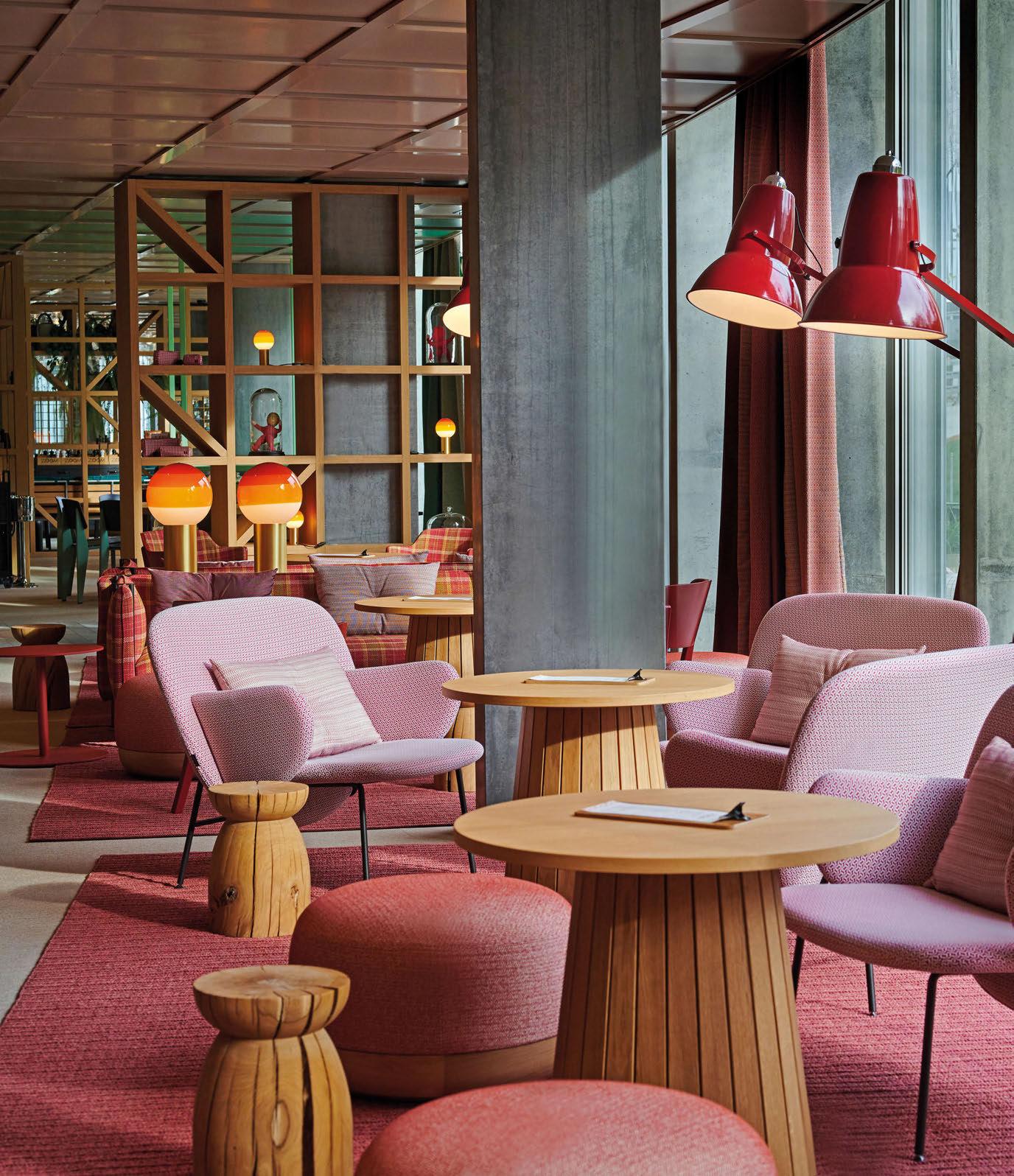
/
FEURING Hotel Development Europa GmbH / Heinkelstr. 19-21 / DE-73230 Kirchheim u. Teck / +49 (0) 7021 73 60-0 / www.feuring.info Contact us at info@feuring.info FEURING Hotel Development Europa GmbH is a Project Management and Development Company based in Germany and specialised in 4 and 5 star projects for the Hospitality Industry throughout Europe. Our mission is to ensure the completion of the highest standard on time and within the budget. SELECTION OF OUR PROJECTS: Ameron Hotel, Davos, Switzerland / Andaz Hotel, Amsterdam, Netherlands / Munich, Germany / Concorde La Fayette, Paris, France / Concorde St. Lazare, Paris, France / Dolce Hotel, Munich, Germany / Dolce La Hulpe, Brussels, Belgium / Doubletree by Hilton, Košice, Slovakia / Grand Hotel Kempinski, High Tatras, Slovakia / Hilton Garden Inn, Davos, Switzerland / Hyatt Place, Frankfurt, Germany / Zurich Airport, Switzerland / Hyatt Regency, Düsseldorf, Germany / Mainz, Germany / Zurich Airport, Switzerland / InterContinental, Davos, Switzerland / Geneva, Switzerland / Jaz, Stuttgart, Germany / Jumeirah Hotel, Frankfurt, Germany / Mallorca, Spain / Kameha Hotel, Zurich, Switzerland / Kempinski Hotel River Park, Bratislava, Slovakia
Le Méridien, Barcelona, Spain /
Munich, Germany / Split, Croatia / Stuttgart, Germany / Vienna, Austria / Le Méridien Domhotel, Cologne, Germany / Le Méridien Etoile, Paris, France / Le Royal Méridien, Hamburg, Germany / Mandarin Oriental, Barcelona, Spain / Bodrum, Turkey / Geneva, Switzerland / Munich, Germany / Paris, France / Prague, Czech Republic / Mövenpick Hotel & Casino, Geneva, Switzerland / Mövenpick Hotel, Basel, Switzerland / Stuttgart Airport, Germany / Zurich Airport, Switzerland / Radisson SAS, Rostock, Germany / Rosewood Hotel, Amsterdam, Netherlands / SOHO, Amsterdam, Netherlands / Swissôtel Bremen, Germany / Dresden, Germany / Geneva, Switzerland / Sochi, Russia / The Ritz Carlton, Berlin, Germany / Budapest, Hungary ...
The Circle Hyatt Place Zurich Airport / Photography: © Courtesy of Hyatt Place Zurich Airport The Circle
Sticking on rate
Major hotel groups are continuing to confidently hold room rates as they experience a strong return of first leisure and then business travel.
The strong rates are delivering RevPAR above 2019 comparables, despite a relatively lower average occupancy. But occupancy levels are continuing to improve, building confidence that the strategy is paying off – and that there is more upside to come.
At Dalata Hotel Group, CEO Dermot Crowley noted the challenge of maintaining strong pricing: “We have taken a responsible approach to pricing during the strong market recovery. Our average room rate in Dublin during the four-month period from May to August was strong but reasonable at EUR166 per night. We value greatly the long-term relationships such as those we enjoy with our coach tour operators, corporate customers, sporting organisations, event organisers and airlines.”
Group RevPAR for the first half of 2022 was 5% ahead of 2019 levels, and up 18% in May and June. This was despite occupancy being lower at 69.8% against 80.2% in 2019. The performance delivered free cash flow of EUR56.6m for H1.
The strong performance came despite the group adding 1,600 rooms to-date. It recently signed its first mainland European hotel in Dusseldorf, and has a pipeline including hotels under construction in Brighton, Liverpool, London and Manchester.
Crowley was more candid than normal about costs. The group’s energy bill will increase from EUR13m to EUR21m from the first half to the second half of 2022, even though the group has achieved a 17% reduction in energy consumption per room sold over three years. He also revealed that the interest rate on the group’s term debt to October 2024 is fixed, and that 60% of Dalata’s rents are fixed until 2026.
European operator PPHE was also clear that
a rate-led approach is serving it well, holding room rates an average 16% ahead of 2019 levels. “This rate-led approach has allowed the group to better navigate the challenging cost environment,” the company noted in its half year statement. Occupancy lagged at 48%, substantially lower than the 76.8% recorded in 2019, but reflected the slower return of business to mainland European hotels as pandemic restrictions eased.
PPHE chief executive Boris Ivesha declared confidence in the coming months: “Whilst macroeconomic challenges remain, our attractive portfolio, strong financial position and excellent team leave us well-placed to take advantage of the continued recovery.”
UK budget operator Travelodge has also pushed rate, with like-for-like RevPAR up 13.3% in the first half, compared with 2019 figures. Underlying revenues were up 16% on 2019, at GBP391.2m. The UK-based business was able to push up rate, while also driving occupancy, which in the second quarter hit 83.4%, ahead of the 81.1% achieved in 2019.
The better trading performance has prompted the group to increase spending on property upgrades, with 65 properties in line to have a makeover during this year. Travelodge expects to open six leased hotels and one franchised property in Ireland this year.
The group reported cost headwinds including a further rise in the UK minimum wage, due in April 2023, but noted it has hedged its energy costs fully to March 2023.
And German budget operator Motel One bounced back strongly in 2022, hitting performance comparable with 2019 during the second quarter. Occupancy ramped up from 61% in April to 79% in June, and the company reported that “higher prices pushed TRevPAR to slightly above the 2019 equivalent”. Revenues of EUR177m for the second quarter were 20% ahead of 2019, and the company was able to
maintain its EBITDA margin at 56%, despite inflation pressures. The strong performance enabled Motel One to pay down EUR48m of debt. Motel One will add nine hotels this year, including its first US opening, in New York.
HA PERSPECTIVE
By Chris Bown: With everyone staying in line, and no hotelier blinking it seems, hotel room rates are staying strong. It’s a quite remarkable situation, allowing hotels to declare better RevPAR than before, albeit at lower occupancy rates. Guests seem comfortable paying, demand is coming back – and the margin is allowing hotel companies to recover.
They are also bracing themselves for the bumpy road ahead. Inflation is here, costs are rising unpredictably, and there are certainly concerns about demand if a threatened recession takes hold.
As ever, there is little forward view on how business demand will return. But for now, the expectation that it will continue to tick up gives additional comfort to those staring at ever rising input costs.
HA PERSPECTIVE
By Andrew Sangster: At the risk of repeating ourselves, it is clear that this is a rate-led recovery. Rates are now well above pre-Covid lockdown levels and are continuing to strengthen (although the rate of increase appears to be slowing).
In the week to 10 September, on STR figures reported by Morgan Stanley, room rates were up 11% in the US versus 2019, up 17% in Europe (excluding UK) and up 6% in the UK. According to the Global Business Travel Association, again via Morgan Stanley, 81% of companies expect to resume domestic travel in the next three months and 56% will resume international travel. These are both post Covid lockdown highs.
Occupancy still has a bit to recover, it was (on the same week to 10 September basis), down 8pts in Europe, down 11pts in the US, and down 6pts in the UK, all compared to 2019. How you view this picture
BUSINESS CENTRE 155
The intelligence source for the hotel investment community
comes down to how you see the future unfolding. If you’re a booster, you will argue that the ongoing rebound in corporate travel will bring occupancy up while maintaining rate. If you’re a doomster, you will argue that the forthcoming economic recession will halt the progress in its tracks and perhaps even reverse it. In other words, is the recovery tailwind going to be enough to counteract the economic headwind? Nobody has the complete answer to this.
One thing that is interesting right now is the strength of the biggest brands in the marketplace. Morgan Stanley looked at data from SimilarWeb that showed searches for Premier Inn were at 161% of pre-Covid lockdown levels while Travelodge was at 115%. If Premier Inn is outperforming Travelodge to this extent, its lead over unbranded and even weaker brands is likely to be much bigger. This could be a sign that if the recovery does stall, stronger brands will be better positioned to ride out the challenge.
Another issue is the likelihood of corporate failure among small chains and individual outlets. Access to capital is much harder and they typically have weaker balance sheets to begin with. Closures of such outlets will boost the performance of whoever is left and present expansion opportunities.
But this does depend partly on how bad things get. The latest data suggest there is some improvement. Real pay for the period May to July 2022 fell by 2.6%, this was better than the 3.0% drop in the previous report from the UK’s Office for National Statistics.
The ONS also reported that inflation (CPIH, which is consumer prices including housing costs) was up 8.6% in August, slower than the 8.8% rise in July.
There was also good news on energy prices, with natural gas prices in the UK coming off their highs reached at the end of August and they are now less than half of this peak, also well below the previous peak that was reached following Russia’s invasion of Ukraine in February.
Global food prices fell by 1.9% in August, according to the UN index of food costs, the fifth straight month of decline. The oil price is also back well under USD100 a barrel, currently closer to USD85.
The ONS said that the drop in the price of motor fuels made the largest downward contribution to inflation in its latest figures, helping to deliver the slightly lower inflation in the UK. Food prices were
the biggest contributor to the increase it added (which suggests that the global food price index falls has yet to feed through to consumers).
It does look as though the talk of 20%-plus inflation early next year is overblown. There is reasonable hope that we may already be close to inflation peaking. For all the current talk that hospitality businesses will be going bust due to energy costs spiralling, I have doubts that this is the biggest challenge. Hotel Analyst asked HotStats to produce some numbers from its database of mostly corporate hotels in the UK. On year-to-date basis, utility costs were just 3.8% of turnover of the average property. Labour, however, was 19.8%, the biggest single cost.
The UK Government has announced its Energy Price Guarantee. The exact details are still to be clarified but businesses are being offered help in a six-month scheme from 1 October. This will be reviewed in three months to see if it will be renewed or made more targeted to the most vulnerable industries. For consumers, the price of gas is being capped at 10.3p per kWh and at 34.0p per kWh for electricity. The Government says this intervention, which may cost it as much as furlough during Covid lockdowns (although this is highly speculative given the hugely fluctuating price of gas), will “boost growth and curb inflation rises”. Boosters have plenty of evidence to maintain their optimism. But doomsters have no shortage of evidence either. Calling where the balance lies is not easy.
Recovery heads East
Across Asia, hotel groups are enjoying contrasting fortunes, as the region’s many hotel markets return to business at differing rates. And the greater the connection to China, the slower the rate.
At Hong Kong and Shanghai Hotels, a strong performance at European and US properties in the portfolio lifted spirits, giving a boost to first quarter results. Managing director and CEO Clement Kwok commented: “The difference in financial results is notable between those locations where government
restrictions have eased and others that are still in place. On the positive side, we have seen a surge in recovery in the USA and Paris, with rates reaching historically high levels. Manila is also seeing a reasonable recovery, whereas Bangkok’s recovery remains muted, and Tokyo is experiencing a slower rebound.”
In contrast, the strict approach of the Chinese authorities is wearing: “The restrictions continue to seriously affect our hotels business in Hong Kong and mainland China.”
The group is pressing on with its new hotel developments. In Istanbul, a 177-room Peninsula hotel is expected to open in early 2023. Construction of Peninsula London was slowed by the pandemic, and a soft opening is now expected in the first half of 2023.
At Thai group Minor, second quarter figures were boosted by a very strong performance from its European business, NH Hotels. But there was optimism, too, that the home market in Thailand is now starting to improve strongly. And, with the Thai government seemingly keen to promote its hospitality and tourism sector, that momentum is set to continue.
In its management outlook, the company noted: “Tourism will continue to recover strongly with rising demand from international travels as restrictions have been lifted globally and confidence has regained momentum. In addition to restored leisure demand, corporate travel will be an additional key driver for continuous tourism recovery in the second half of this year. Although there are concerns over higher travel costs, there is still no sign of a significant impact on consumers’ intentions, particularly in upscale and high-end segments, to spend on travel.”
In July, the company reported its Thai hotels saw an uptick in momentum as restrictions eased, hitting average occupancy of more than 50% for the month.
At Indian Hotels, CEO Puneet Chhatwal reflected on the company’s best-ever quarter, with by far its strongest margin, at 31.1%. “It’s a very strong swing, which is the fundamental proof of our change in business model, our
156
focus on new businesses, our investments in our iconic assets to reposition them, and also the kind of mix of properties that we have had.”
Key Indian city markets have come back strongly, and Chhatwal could not point to any area of the business that was performing poorly. The Ginger brand hotels, which had not yet fully recovered previous occupancy levels, still delivered an improved RevPAR thanks to stronger room rates.
The group is benefiting from a long-term approach to executing on delivery of a premium product, he said. “We finished with a robust performance across all brands. We want that all of our brands which are associated directly or indirectly with Taj, are perceived as premium brands in their respective segments.”
The company has also been more strategic in signings, notably for its brands subsidiary to Taj. “Managing the pipeline is very, very important to us and our pipeline today of almost 8,100 rooms represents 28% of the total portfolio and almost 40% of the operational inventory.”
Chhatwal said that the strong performance is set to continue, as one significant source of business has yet to revive. “Inbound tourism is still more or less missing. And that for us has been a very important segment, especially for our leisure and palaces and safaris.” He expected to see inbound visitor numbers take off from November, further adding to revenues.
HA PERSPECTIVE
By Chris Bown: The post-pandemic recovery graphs are all heading in similar directions – apart, that is, from China. Optimism in India and Thailand contrasts with a resignation that hotel market recovery in China will rely entirely on the Chinese authorities declaring an end to Covid-19 restrictions. But when will that be? There are hints of an easing of restrictions for visitors in Hong Kong, where a major banking conference is due to take place this autumn. However, Greater China, for now, remains a heavily restricted part of the world.
And the performance at Indian Hotels is, it appears, more than just down to the recovery of the Indian market. Since he took over leadership
of the company, Puneet Chhatwal has quietly been instilling better operational practices and clearer brand management, expanding the portfolio in smart ways. Taj was a surprise high scorer in recent global brand value surveys, as a result. With the market reopened, the fruits of that hard work can now be seen and, with a strong pipeline, the company is set fair.
HA PERSPECTIVE
By Andrew Sangster: What is going on at IHCL? It was not just the best-ever quarter (Q1 for IHCL is April to June) but nearly twice as good as the previous record quarter, set back in Q1 2019. More importantly, profitability has been transformed. From profit before tax of INR280m (USD3.5m) a year ago for the same quarter to INR2.31bn (USD28.9m).
Part of this has been the surging recovery in India, but IHCL has been outperforming the market and shifting to a higher return fee model. Management mix in Q1 this year was 46% as against 39% three years ago. Fees have grown by 72%.
The goal is “to become South Asia’s most iconic and profitable hospitality company” by 2025. The aim is for a portfolio of over 300 hotels, 100 in the core Taj brand, 75 in SeleQtions and Vivanta, and 125 Ginger.
The latest quarter saw corporate travel back strongly, with the three key urban markets of Mumbai, Bengaluru and Delhi topping 2019 levels by between 20% and 33%. The only key segment waiting for recovery is international travel which IHCL expects to come in Q3.
IHCL talks about its “profitable growth algorithm” of re-engineering margins and productivity; of reimagining brandscape and new business models; and re-structuring the portfolio for asset light growth. So far, it is working. And with India poised to be the fastest growing of the world’s top 10 economies, IHCL has strong cyclical tailwinds behind the secular transformation it is creating. India is now firmly eclipsing China, with the International Monetary Fund forecasting back in July growth this year of 7.4% against China’s 3.3%. Next year is forecast to slow slightly to 6.1% but still be comfortably ahead of China’s 4.6% forecast.
It is interesting to observe that IHCL CEO Puneet
Chhatwal has seen the last two companies he was at – Rezidor and then Steigenberger – fall into Chinese ownership (Rezidor with Jin Jiang as part of Radisson, and Steigenberger, renamed as Deutsche Hospitality under Chhatwal, now with Huazhu / HWorld). In his new role, Chhatwal leads an Indian company that might well outpace any Chinese rivals in terms of relative growth. And it looks set to reinforce dominant position in the increasingly important Indian market.
Hostels packing them in
Hostels look to have shaken off the shackles of the pandemic, as younger generations of traveller make up for lost time.
The sector, which was hit harder than hotels due to its proportion of shared space rooms, has bounced back with operators reporting strong trading that is building month on month. And, as with the hotel sector, a disciplined approach to pricing is yielding strong profit flow.
First half figures from dedicated OTA Hostelworld demonstrated just how the return to hostels has accelerated. January’s bookings levels were 33% of the same month in 2019, but by June the figure was 80%. Hostel booking values have increased, however, leading to net revenue in June at 104% of 2019 levels.
“Booking demand into Europe, our largest destination in 2019, remains strong with our top markets in Southern Europe exceeding 2019 levels,” reported Hostelworld CEO Gary Morrison. “We also witnessed booking momentum slowly returning in Oceania and Asian destinations from a very low level in January, with booking demand in June at 43% of 2019 levels. Finally, long-haul bookings have reached 75% of 2019 levels in June, with trips from the US and Canada into European destinations above 2019 levels.”
The platform noted that it has seen a modest net reduction of 8% in the number of hostels listing (excluding those lost in Russia and Belarus), three years on – an indication of the resilience of operators in the sector.
BUSINESS CENTRE 157
And those operators are, at large, reporting strong trading too. At German group A&O, bookings through the first half were already on a par with 2019 figures. The company says it saw an 80% year-on-year increase in unique website visitors, and over 2,500 daily calls to its reservation line.
Founder and CEO Oliver Winter commented: “Our occupancy rates for May 2022 averaged around 74%, rising to 85% in June, making the first half of this year one of our most successful to-date. We are expecting the success to continue as we expect a summer occupancy rate of over 90% across our hostel portfolio.”
A&O says bookings from families and groups have been particularly strong, and it expects full year revenues to come in at EUR160-180m. Efficiencies forced by the Covid-19 pandemic have helped streamline the operation, including mobile or self check-in, digital breakfast check and digital room keys. The group has opened hostels in Warsaw, Budapest, Copenhagen, Edinburgh and Rotterdam since 2020, and is actively looking for more sites across Europe, including conversion opportunities.
And Generator and Freehand hotels, owned by Queensgate Investments, have also revealed a record-breaking quarter, with profits running 11% ahead of 2019, at their highest levels todate. Business improved to the point that June profits were up 30% year-on-year with sites in London, Paris, Amsterdam and Madrid leading the charge.
“We have seen a surge of demand for rooms in both our shared and private accommodation,” said Generator and Freehand CEO Alastair Thomann. “This trend can be seen particularly amongst Gen Z and millennials who were among the first to get back on the road once borders reopened. These young, seasoned travellers currently make up the majority of our guests, favouring our community-driven and design-led offerings with a particular leaning towards the affordable, shared accommodation on offer.”
Thomann adds: “There is also a new high demand from families who now value us as
an alternative to traditional hotel offerings, with a marked increase in six- and eightbed dormitory bookings. Collectively, we have achieved 10% growth in the overall shared rooms revenue across Europe and 25% up in North America, compared to 2019 Q2.”
In June, media reports suggested Generator owner Queensgate Investments is once again seeking to dispose of the business, reviving plans that were put on ice in 2020. The expectation is that best bids will be invited in the final quarter of this year, for a business that, pre-pandemic, was expected to fetch GBP1bn.
Elsewhere, UK-listed operator Safestay has warned of a delay in publication of its 2021 results, but provided a trading update at the end of June. It reckons it will report 2021 revenues of GBP6.4m and gross profit of GBP5.1m from its portfolio of 16 properties across Europe.
From September 2021 to March 2022, Safestay conducted a strategic review, having been approached with an indicative bid for the business. Ultimately, there was insufficient shareholder support for the offer made.
During 2021, Safestay sold two of its hostels, in order to raise funds to support the business as it struggled through pandemic shutdowns. These were a hostel in Barcelona, and its Edinburgh property, which was sold to A&O for GBP16m.
HA PERSPECTIVE
By Chris Bown: As the pandemic bit, shared hostel rooms were the last place that scared travellers wanted to be, spending the night just a few metres from a coughing roommate. But as Covid-19 came to be revealed as little more than a nuisance for vaccinated younger generations, so they prepared themselves for travel, as soon as restrictions lifted.
And it appears that hostels have benefited from family staycations too, or perhaps just the realisation that a shared hostel room provides a good atmosphere for families, at far less cost than a Vrbo home.
The contrast between Safestay, which due to its stock listing shared a very public cash squeeze, and its private equity-backed peers, is remarkable.
However, stare a bit harder and one can imagine Queensgate – which paid USD400m for Freehand in autumn 2019 – has also probably been challenged with cashflow too. In contrast, TPG, backers of A&O, appear to have found sufficient wherewithal to double down on the brand – and are now aggressively targeting growth. Do they have a spare billion to bid for Generator?
Hotel Analyst is the news analysis service for those involved with financing hotel property or hotel operating companies.
For more information and to subscribe visit: www.hotelanalyst.co.uk
BUSINESS CENTRE 158

FIND NEW LEADS IN THE GLOBAL HOTEL INDUSTRY Try it for free! www.tophotelprojects.com
Performance benchmarking for the global hospitality industry
1. Miami
US hotel performance has continued to improve through 2022, with Miami amongst those posting the greatest gains. For August 2022, the coastal city reported an ADR of USD184.02, up 26.6% on the same period in 2019, while RevPAR rose by 18.6%. For the week ending 20 August, Miami posted an ADR gain of 33.4% over 2019 – the largest rise of any US market that week.
Occupancy 67.2% ADR USD184.02 RevPAR USD123.74
2. London
Aligned with seasonal patterns, London’s hotel performance came in lower than the peak seen during the previous month, according to preliminary August 2022 data. Despite the decrease, both ADR and RevPAR levels remain well above pre-pandemic comparables at +19.4% and +6.9%, respectively. Occupancy however was 10.5% below August 2019.
Occupancy 77.1% ADR GBP179.49 RevPAR GBP138.37
3.
Abu Dhabi
August 2022 data shows that Abu Dhabi’s hotels recorded higher occupancy than the month prior, but lower room rates. Despite the increase, occupancy remained slightly below the prepandemic comparable (-2.8%), while RevPAR was 2.7% above. Though ADR surpassed the prepandemic comparable (+5.6%), it was the lowest level for any month since September 2021.
Occupancy 65.2% ADR AED335.49 RevPAR AED218.90
4. Singapore
Hotel performance in Asia Pacific continues to vary wildly from market-to-market owing in part to ongoing travel restrictions. For August 2022, Singapore recorded an ADR of USD199.65, a rate that is on par with the prepandemic comparable. Occupancy however was down 21.2% on August 2019, while RevPAR declined by 20.5% to USD143.37.
Occupancy 71.8% ADR USD199.65 RevPAR USD143.37
STR provides premium data benchmarking, analytics and marketplace insights for global hospitality sectors.
For more information and to subscribe visit: www.str.com
160
BUSINESS CENTRE
1. 2. 3. 4.
BILBAO
designed by Tim Rundle
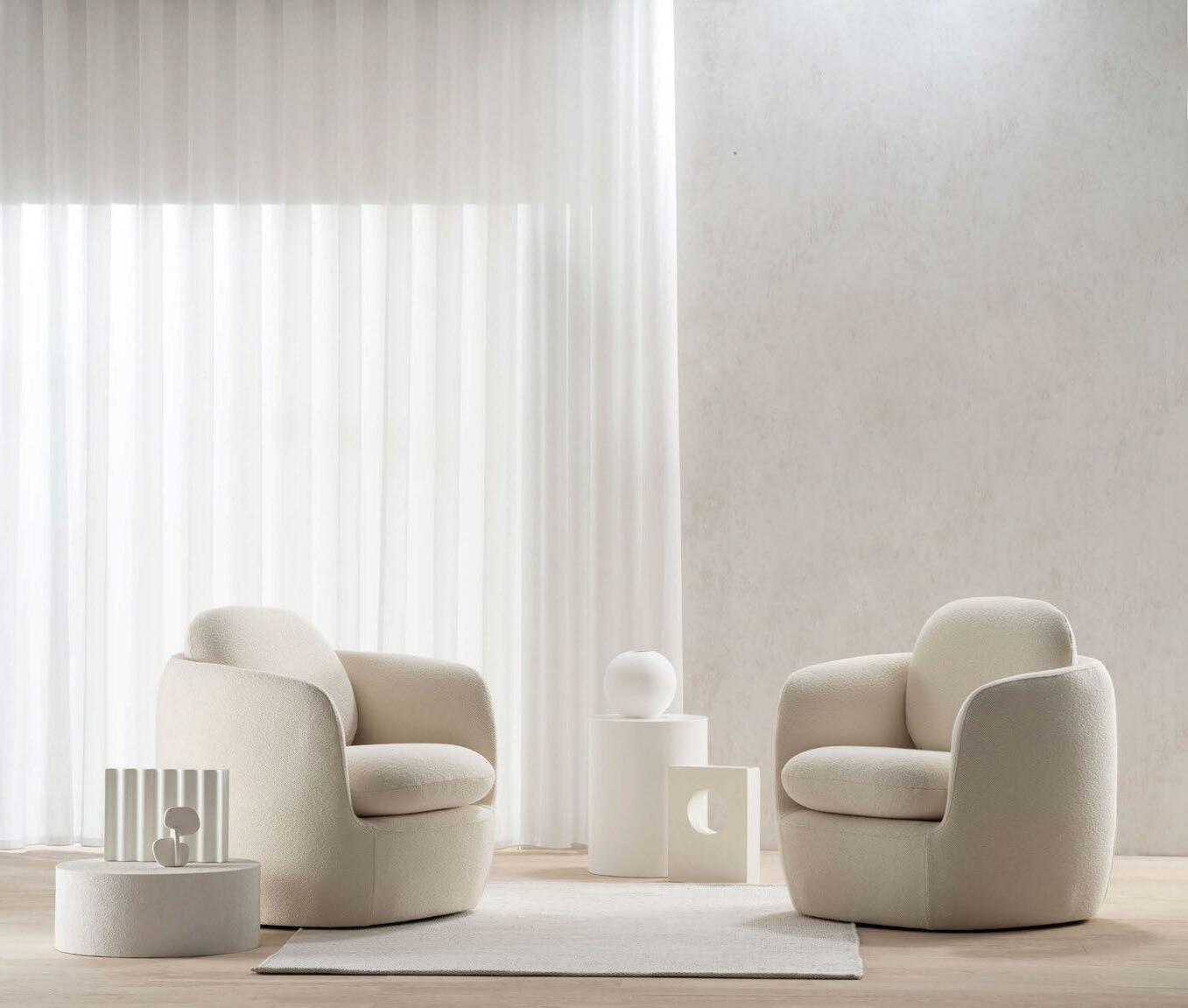
WWW.MORGANFURNITURE.CO.UK
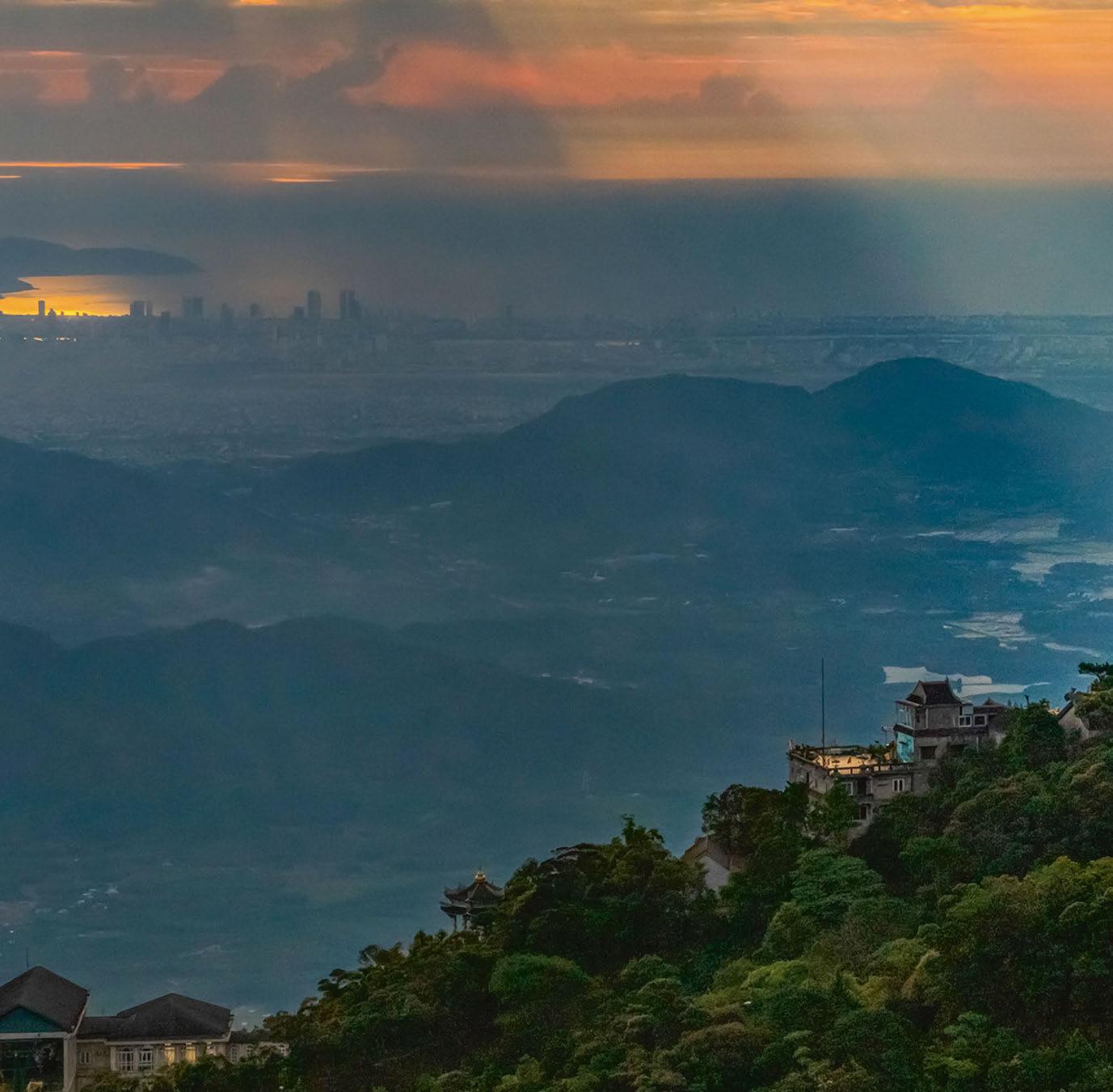
WE WILL MEET www.sleepersessions.com #2 DANANG 21-23 FEBRUARY 2023 #3 DUBROVNIK 9-11 MAY 2023
MEET AGAIN



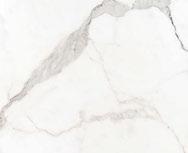
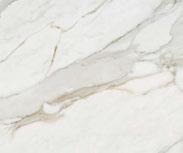
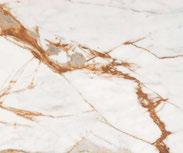
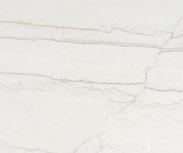


The
of natural stones reimagined through
to
enveloping
A CARBON NEUTRAL PRODUCT BY COSENTINO COSENTINO UK - CENTRAL OFFICES Unit 10 Bartley Point Osborn WayHook Hampshire RG27 9GX HQ: info.uk@cosentino.com | Follow Us F T
Daze | Vigil Neural Morpheus | Lucid Awake Trance Somnia
beauty
Dekton technology
create dreamlike
spaces. Designed by Nina Magon
SPOTLIGHT FABRICS, SURFACES & WALLCOVERINGS
From nature-inspired patterns to sustainable finishes, we take a look at the latest innovations shaping the world of fabrics, surfaces and wallcoverings.

Kirkby Design
Teddy
Part of The Romo Group, Kirkby Design is a high-performance fabric resource library comprising collections with a sharp, contemporary feel in a well-balanced, sophisticated palette. The London-based textiles manufacturer has launched Teddy, a fire-resistant wool bouclé created through a steaming process on the loom, which opens the fibres to create a fuller, softer bouclé. The fabric is available in 33 warm, natural and rich colourways that enhance the nature of the wool, including the trend-driven colours of Amber, Chai and Fern. www.kirkbydesign.com
1. Arte Tangram
Arte has unveiled Tangram, a collection of wallcoverings named after and inspired by the dissection puzzle of the same name. The range comprises six designs – Caprice, Bounty (pictured), Intarsio, Dome, Splice and Myriad – each resembling an ingenious puzzle. Tangram is based on natural grasses, coarsely or very finely woven and inlaid by hand in various patterns. An interpretation of each design is then created using water-based inks printed on non-woven wallpaper. The high-quality inks contain a significantly high amount of pigment, giving the wallpaper depth and relief, whilst producing strikingly bright and fresh colours.
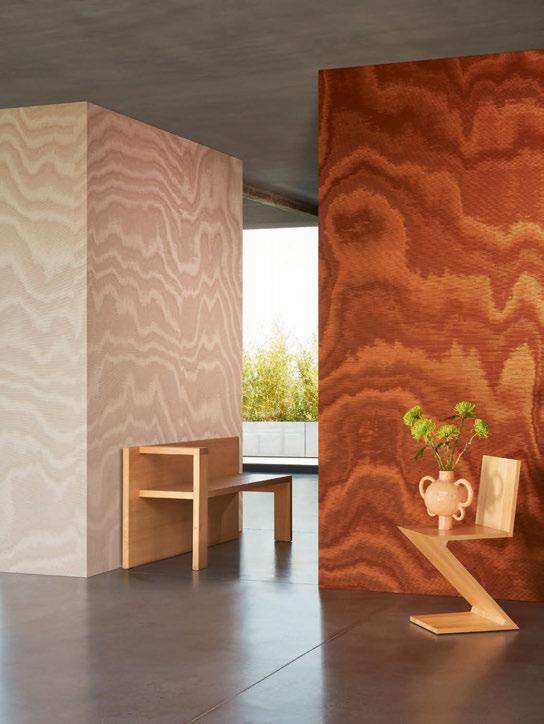
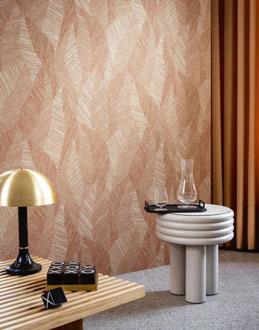
www.arte-international.com
2. Poltrona Frau Pelle Frau Impact Less
Pelle Frau Impact Less by Poltrona Frau is a leather tanned with sustainable components and is free from chromium. The new sustainable material marks the introduction of the chromium-free tanning process and technologies to reduce the environmental impact of all the leathers that bear the name Pelle Frau by 2030. In fact, the entire series of Pelle Frau ColorSphere, in its 73 SC variants, will become Impact Less by the end of 2022. The newly launched leather aims to be the paradigm of a more ethical and conscious choice, representative of the concepts of innovation, design and craftsmanship and performance ingrained in Poltrona Frau’s indentity.
www.poltronafrau.com
3. The Mural Source Panoramic
The Mural Source’s Panoramic Collection comprises digital prints of handpainted antique wallpaper murals from the fine French manufacturers of the 18th and 19th century, interspersed with newly created designs depicting natural environments, historical scenes and idyllic locales. Available on several different materials including Type II and non-woven substrates, each mural is divided into 3ft-wide customisable panels. The scenes have been designed for standard wall heights up to 12ft and can cover up to 60 linear feet before the design repeats. Scaling is also available to ensure the panels can accommodate any wall within an interior environment.
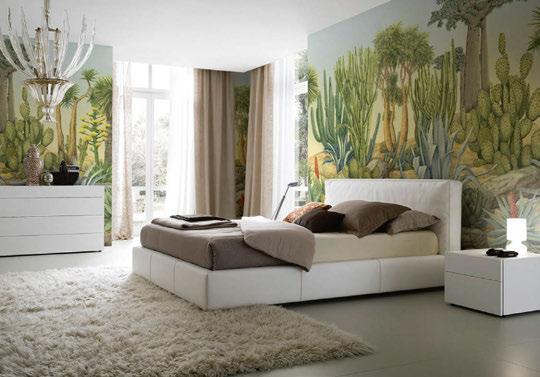
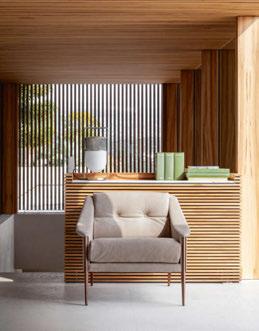
www.themuralsource.com
4. Elitis Moire
Elitis has revisited the wave-like fabric Moire to produce an ultra-modern revival. Breaking with convention, Moire has gained in scale, forgetting its demure origins to become maxi-waves that launch patterns skywards in graduated shades. Manufactured entirely in France, the collection features a thicker weave for a resolutely raw and raised effect with a more minimalist and contemporary sophistication. Drawing inspiration from the natural world, Moire is available in 23 colourways ranging from muted to powerful hues. Due to the randomised nature of production, each piece is unique; the size of the waves and their position vary indiscriminately.
SPOTLIGHT 166
www.elitis.fr/en 1. 3. 4. 2.

fabrics
commercial
Launching at HIX 2022 | Stand U34 www.warwick.co.uk +44 (0)1451 822383 Introducing The new commercial fabric brand for upholstery, blinds and curtains
Furnishing
for
spaces
2.
1. 3.
1. Timorous Beasties
Spiky Ginger Faux Suede
Timorous Beasties is known for unique wallpaper and textile collections that re-frame historic furnishing and decorative traditions from a contemporary and often satirical viewpoint, all created at its diverse Glasgowbased design and print studio. Continuously creating new products and collections that furnish the interiors and exteriors of cutting-edge residential and commercial spaces, the brand also collaborates with clients for a breadth of bespoke projects. Most recently, the company has launched Spiky Ginger Faux Suede wallpaper. A delicate, tonal camouflage background brings additional depth whilst showcasing the abundance of rich detail within the hand-drawn tangles of foliage adorning the pattern repeat. Not only is the suede wallcovering sumptuous in look and feel, it is also durable. Spikey Ginger Faux Suede wallpaper is 137mm wide and is available in two colourways: beige and pale yellow. www.timorousbeasties.com
2. Paolo Moschino Martinique Collection
Paolo Moschino and Philip Vergeylen have been creating fabrics and wallpaper for over two decades, with the collection now comprising more than 60 designs in a range of signature colours. The Fabric Collection offers a mix of linens, silks, cottons and velvets sourced from Europe’s finest mills, manufacturers and artisans. The Martinique Collection comprises three patterns designed in-house – Riviere, Palmyra and Roche – all largely inspired by the work of French artist and designer Serge Roche. The range features a combination of soft earthy tones, which complement many of the company’s existing designs. Recently launched, the Martinique Collection is now produced and stocked to purchase as wallpaper by roll. Printed on a non-woven substrate, the wide-width (68cm) wallpapers are available with the strength and durability to meet the requirements of hightraffic hospitality spaces. www.paolomoschino.com

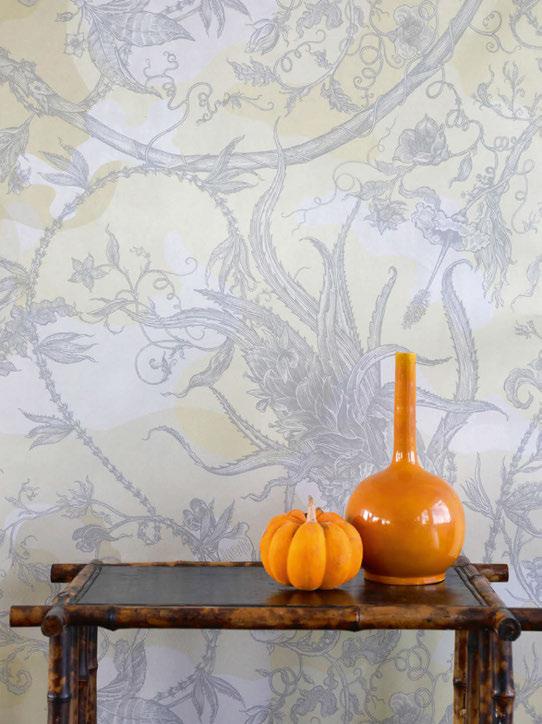
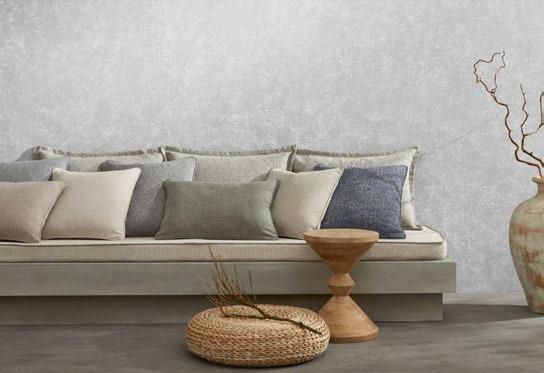
3. iLiv Sustainable Plains 1 & 2
Founded by Salvador Monllor Domenech in 1987, SMD is a family-owned company specialising in interior textiles. In 2013, SMD Group launched iLiv, a brand equally focused on high-performance contract textiles for commercial projects as it is on fabrics for residential ones. Shortly after the launch of iLiv, SMD Contracts re-branded to iLiv Contract Fabrics, now carrying over 4,000 mostly flame retardant materials and over 30 coordinating fabric collections. iLiv’s Sustainable Plains ranges one and two comprise almost 300 environmentally-conscious fabrics designed and developed to minimise their impact on the planet. Spanning 16 varying bases, from corduroy to herringbone waves, and using a variety of sustainable yarns including recycled polyester, bamboo viscose, BCI cotton, organic cotton and linen content, the collections offer a variety of fabrics that complement several interior settings. www.iliv.co.uk
SPOTLIGHT 168
All decors shown and mentioned are reproductions
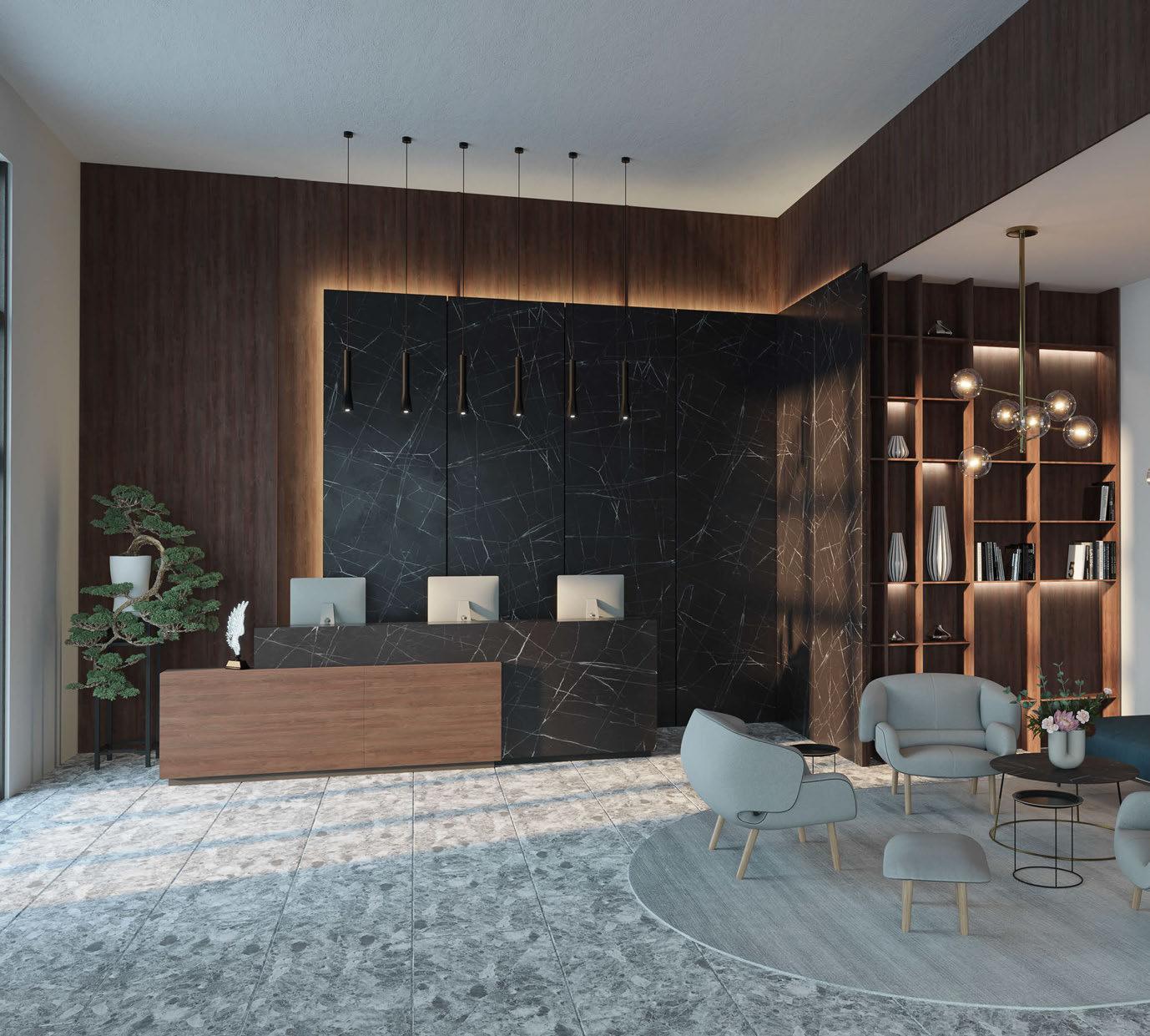
Simple Swaps from Egger to add value to your projects
Whether it is time, budget or design demands, make simple swaps to add value to your project. Discover ways to value engineer with our extensive range of reproductions that offer more than just a cost saving. » egger.com/simple-swaps
1. Creative Matters
Soft Wallcoverings
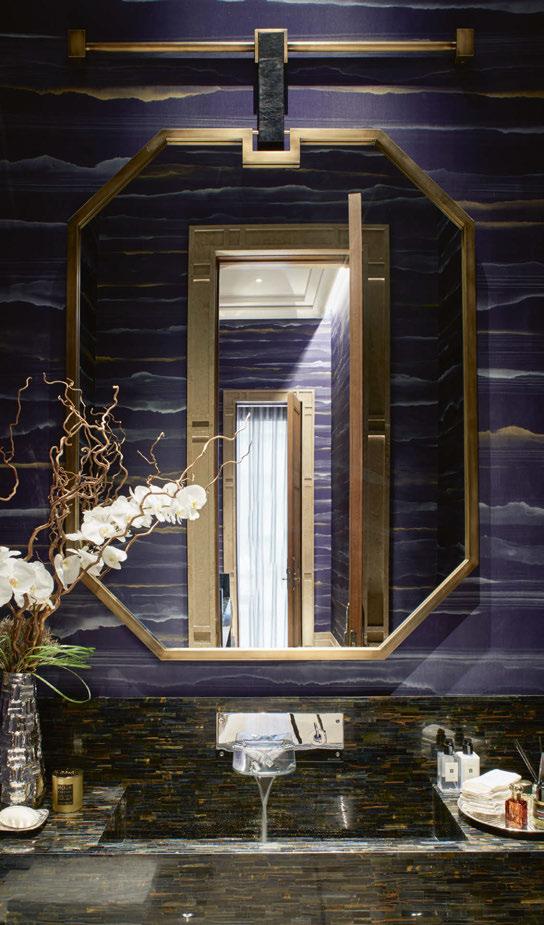

Having supplied imaginative yet practical floorcovering solutions to the hospitality industry for over 25 years, Creative Matters has added a wallcovering division to its offering, creating soft wallcoverings cleverly paired with the firm’s custom carpet designs or as standalone projects such as feature walls. The Toronto-based studio manages to capture the translucent qualities of the fibres, how they can be layered in a similar way to a painting and how seamlessly they blend through each handmade wallcovering. The London Fog design (pictured) from Creative Matters’ Tellurian collection not only adds artistry and warmth to the space but also offers the benefit of softening the acoustics. www.creativemattersinc.com
2. Spaghetti Wall Autumn
Earthy nuances combine with greys and burgundies to create the autumnal palette of Spaghetti Wall’s nine wallpaper collections, which offer graphics based on geometric or free motifs, textile or textural prints also with perspective dips inspired by autumn. The patterns are printed with a high yield on one of 11 substrates offered by the brand, which includes fibre glass – in various colours – for application even in contact with water, sound-absorbing or ecological fibres, gold gloss or with a wood effect. Spaghetti Wall wallpapers are supplied on rolls with widths from 60cm and no height limits, and can be used for both residential and contract projects. www.spaghettiwall.it
3. Egger Perfect Sense Premium Gloss

Created to withstand high traffic hospitality areas, Perfect Sense Premium Gloss (PG) Laminate is characterised by a deep lacquer that provides superior scratch-resistance and a strikingly reflective surface. The surface is available in nine solid colour finishes and two polished marble reproductions with a coloured core option on offer too. The latest addition to Egger’s evolving Perfect Sense portfolio, the Premium Gloss laminate joins Egger’s Topmatt (PT) laminate, matching Premium boards and complementing Perfect Sense Texture (TM9) boards to offer specifiers optimal value engineering opportunities in matte and gloss design. www.egger.com
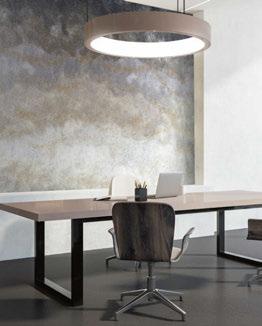
4. Fromental Contract
Renowned for handpainted and handembroidered wallcoverings, Fromental also offers a more durable vinyl alternative specifically for the contract market. The company’s skilled design team works with clients to interpret any brief and provide design solutions to suit individual project needs. Compositions can be tailored to suit any space to create truly unique wallscapes. A popular design is Travertine, an understated yet mesmerising wallcovering that uses washes of iridescent metallic paints on silk to create a shimmering texture with a brushed and layered effect. Travertine is also available on a contract grade faux silk vinyl. www.fromental.co.uk
SPOTLIGHT 170
1. 3. 4. 2.

COLLECTION WWW.ILIV.CO.UK HIX: Stand 57
KASBAH
1. Sicis Vetrite Onigem
Following the success of the Vetrite Gem Glass collection, Italian manufacturer Sicis has expanded the Vetrite line with Onigem, a range of 15 glass patterns inspired by the hues and veins of limestone onyx, available in both neutral colours such as white, beige or grey, as well as vivid tones of emerald, blue or yellow-green. Each slab comes in three to four variants, allowing designers to create larger compositions by placing the slabs side by side, without having to use bookmatch application. The Onigem collection is offered in solid, satin and opalescent finishes, the latter of which produces plays of light when applied over LET panels to allow backlighting. www.sicis.com

2. Camira Main Line Twist
Contract fabric manufacturer Camira has launched Main Line Twist, a tweedstyle textile woven from pure wool and harvested flax. Designed and coloured to pair with the company’s popular Main Line Flax range, which has also been given a fresh look with the addition of 24 new colourways, the two textiles complement one another. Manufactured using an innovative twisted yarn, the small-scale pattern of Main Line Twist creates a homespun finish that is balanced by the uniform aesthetic of Main Line Flax. With both fabrics suitable for use on seating, panels and curtains, they can be used in a variety of ways in both commercial and residential interiors. www.camirafabrics.com
3. Wall & Deco Wet System
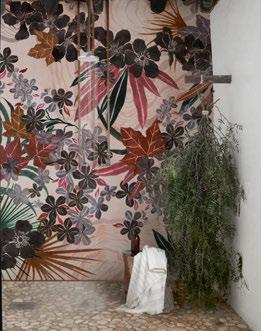
The Wet System from Wall & Deco is a patented, completely waterproof wallcovering dedicated to wet and damp environments, opening up a range of embellishing possibilities in areas ranging from showers and kitchens to gyms and spas. Printed using water-based, solventfree inks, the wallpaper combines a high decorative value with technical properties such as resistance to water and humidity, yellowing, abrasion and aggression from household chemicals. A valid alternative to traditional wallcoverings, its specific configuration makes it suitable from applications on vertical surfaces made from concrete, plaster, plasterboard, PVC, glass and directly on ceramic tiles. www.wallanddeco.com

4. Linwood Omega III
Having debuted the Verde eco-cotton last year, Hampshire-based family business Linwood has relaunched its bestselling Omega plain velvet as Omega III, an eco-velvet woven with recycled polyester in the pile, removing 10 large plastic bottles from the environment for every metre woven. Four years in the making, the environmentally-friendly velvet is also inherently fire resistant, which removes the need for a chemical back coat for fire retardancy and produces a softer, low chemical, more luxurious velvet that is kinder to the environment. The innovative and sustainable velvet is available in 75 trend-driven colours from Mineral to Dusky Pink. www.linwoodfabric.com

SPOTLIGHT 172
2. 4.
3.
1.
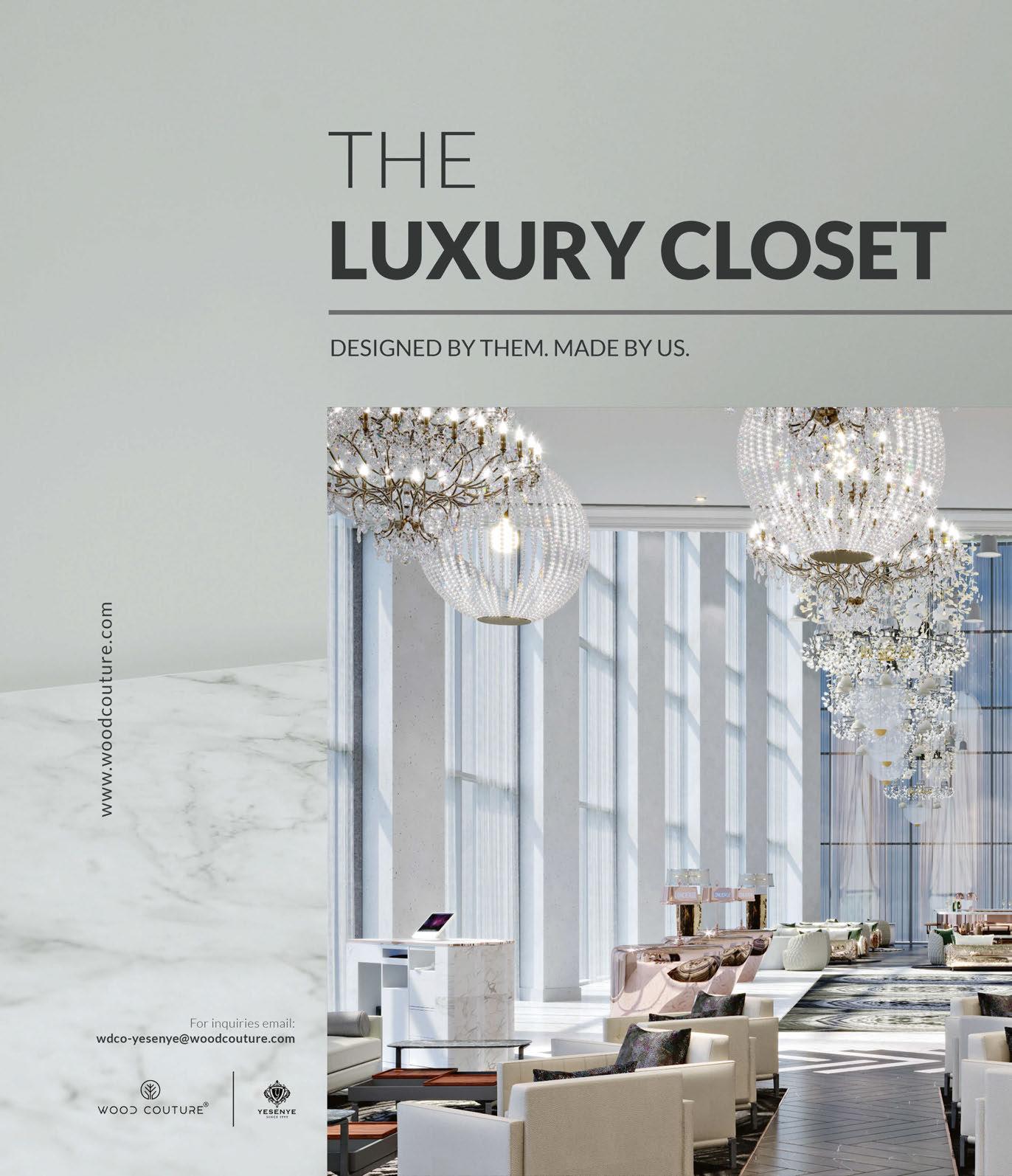
1. Skopos Fabrics
Skopos Essential Voiles

The Skopos Essential Voiles collection pulls together favourite plain white and cream options from the Zephyr and Astraeus collections and includes three new designs in both white and cream that complete the offer. The new additions include: Muslin, a fine weave with an irregular crinkle slub; County, an open weave with a linen crosshatch effect; and a recycled option, Tranquility Eco, which features 50% recycled polyester – post-consumer – as a more eco-conscious solution for contract finishing touches, helping designers to achieve greener schemes. Displaying the new Eco logo, the voiles are wide-width to maximise value when addressing large contract windows, while the new designs come with a weighted selvedge. Flame-retardant and washable, the Essential Voiles are also a key part of the broader Skopos offer for elegant voiles, which include specialist, decorative options and a broader colour palette.
www.skoposfabrics.com
2. Stone Circle
The Carlton Tower Jumeirah
Working alongside contractor Beck Interiors, Stone Circle fabricated and installed marble and porcelain throughout the public spaces of The Carlton Tower Jumeirah in London. The onyx reception desk in the hotel spa took painstaking work to ensure that the veins matched exactly across the whole piece, including the drawers and doors that were faced in the same material. The company uses technology that allows it to photograph the available slabs and work out exactly how to cut them to achieve the desired effect, be that vein matching as described, book matching – where marble is installed with the veins of the slab mirroring each other – or simply the way to get the best out of the slab. It then uses a mixture of modern CNC-equipped cutting machinery, including saws and waterjet cutters, as well as hand-finishing techniques to fabricate marble, onyx, granite and limestone for its teams to install. www.stone-circle.com
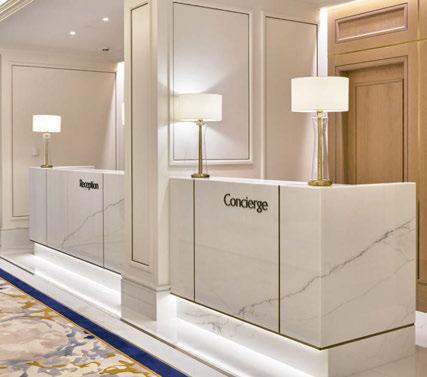

3. Warwick Contract Crib 5 Plains
New brand Warwick Contract will launch a fully stocked Crib 5 Plains Collection at HIX this November, officially bringing its fabric expertise and industry know-how into the commercial sector for the first time. Comprised of heavy-duty upholstery weights – velvets Alpaka, Lovely and Plush feature alongside textures Dolly and Rouen in a wide variety of bestselling colours. From warm, earthen tones to classic neutrals, these predominantly easy-clean qualities offer high performance value at competitive prices. Complementing the Crib 5 Plains upholstery range, the FR-Wide collection will launch simultaneously at HIX, providing an array of drapery options across 19 brand new cloths – a compendium of sheers and semisheers in neutral to mid-tones. Combine both collections for a one-stop, off-the-shelf shop for complete contract furnishing solutions. Find Warwick on Stand U34 at HIX from 17-18 November.
www.warwick.co.uk
SPOTLIGHT 174
1.
3.
2.
© Marco Joe Fazio
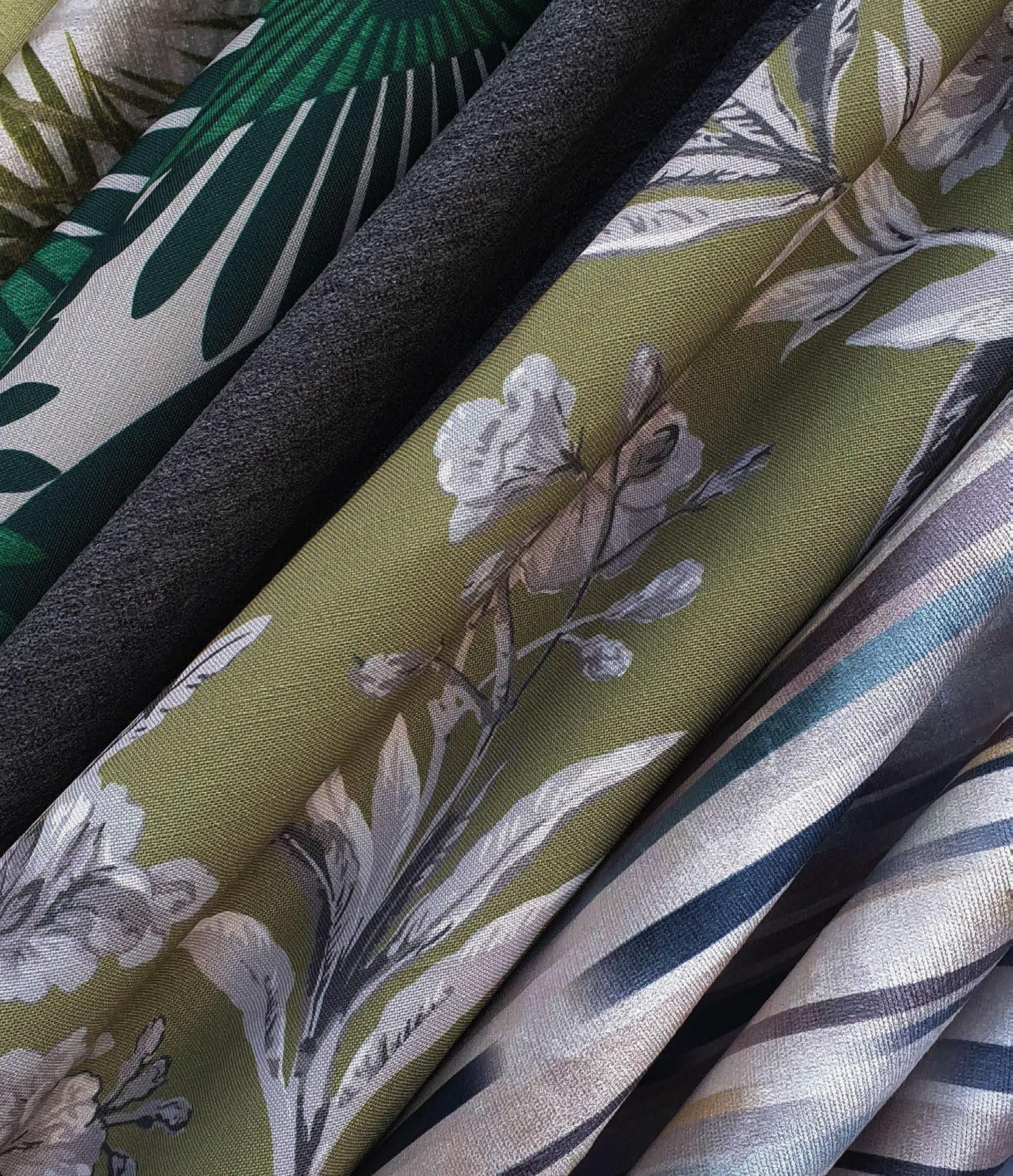




CONTRACT FABRICS & SOFT FURNISHINGS FOR HOSPITALITY AND LEISURE INTERIORS sales@skopos.co.uk | Tel: 01924 436 666 | skoposfabrics.com DESIGN • EXPERTISE • SERVICE


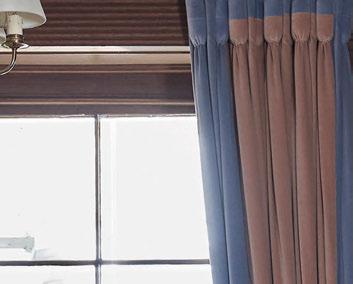

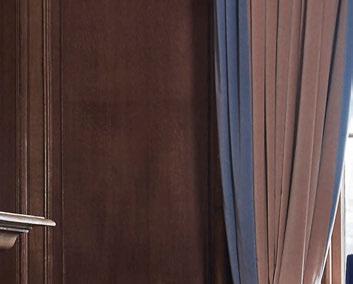


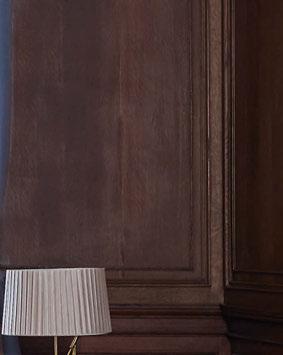



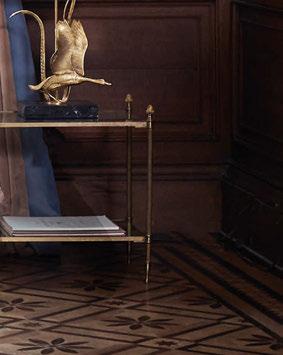
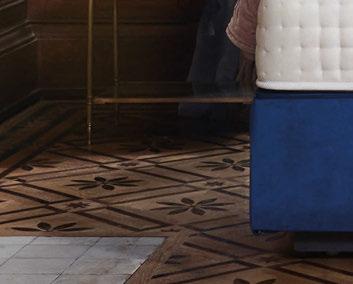
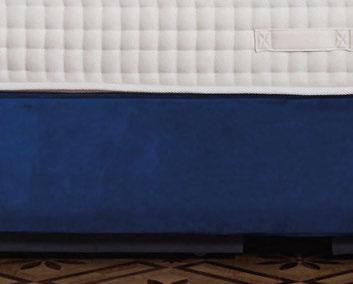


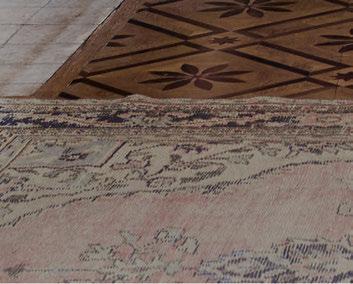
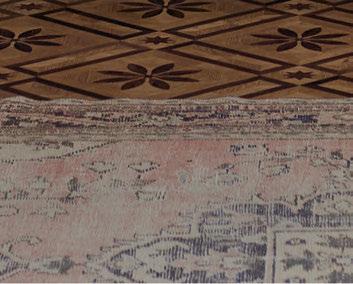
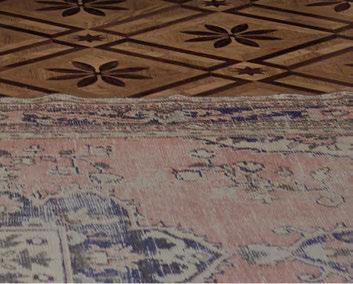

Leave e To Us
Hotel Collection
Luxury
Since 1924, Sleepeezee continues to work in partnership with world-class hotels to provide the perfect sleep experience for their guests. www.sleepeezee.com/hospitality
SPOTLIGHT BEDS, MATTRESSES & LINENS

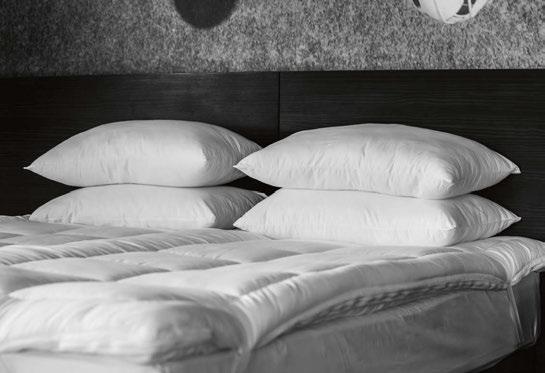
2.
1. 3.

1. Naturalmat Devon Oak Bed
Naturalmat has launched the Devon Oak Bed, encapsulating the company’s modern, back-to-nature aesthetic with a solid oak frame, slatted base and natural oil finish. Not only is every aspect of the design and construction rooted in Devon, where the company is based, the timber used can be traced to locally managed woodland. The Devon Oak Bed is also available with an upholstered, wool-filled headboard in one of Naturalmat’s natural and organic fabrics or the customer’s own choice of material. www.naturalmat.co.uk
2. DUX Hospitality Collection
Now into its 9th decade, DUX is launching a new Hospitality Collection offering a complete bespoke design and build service for hotels. The range incorporates each of the brand’s innovations, starting with Pascal – a system of adjustable comfort zones across the shoulders, hips and legs. A continuous coil of springs made from a single mile of Swedish steel, the effect of creating a seamless set of springs, also means the bed cushions every part of the body with each spring complementing and supporting the next. www.duxiana.com
3. The Fine Bedding Company Hospitality Division
Part of the certified B Corporation Trendsetter, The Fine Bedding Company produces mattress protectors, toppers and enhancers that combine supreme comfort with advanced protection and durability that will extend a mattress’ lifespan. The products also carry sustainability credentials; the family-run business takes a pioneering approach to product development, manufacturing each item in a purpose-built eco-factory in Estonia, whilst also working on its traceability and carbon reduction. www.finebeddinghotels.co.uk
177
4. Sleepeezee
Hotel Edwardian 2000
Sleepeeze’s hospitality mattresses can be tailored to optimise any space, offering high standards of quality and craftsmanship to meet customer needs and budget specifications. The premium hospitality service offers door-to-door delivery with a professional installation. The hand-tufted and double-sided Hotel Edwardian 2000 mattress combines 2,000 individual pocketed springs with a natural filling of wool, silk and cotton, that regulates body temperature whilst providing support. www.sleepeezee.com/hospitality
5. Vispring Kew Headboard

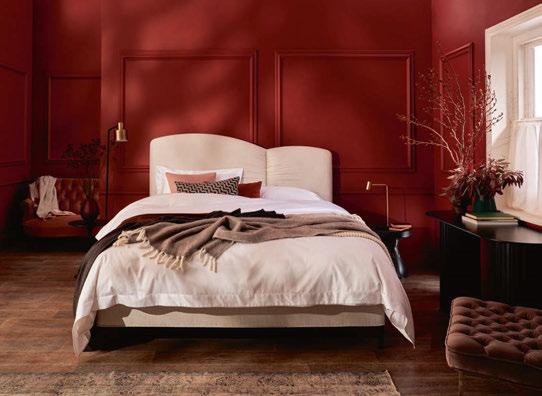
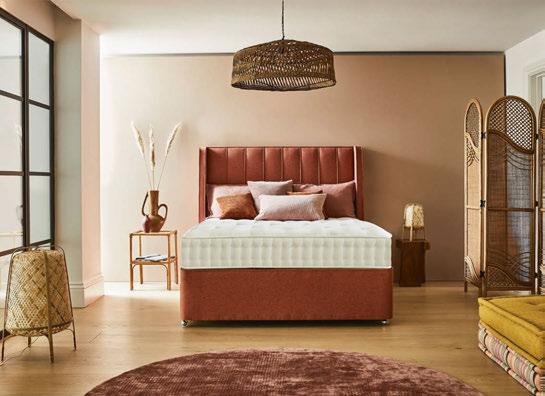
Inspired by asymmetric shapes, the Kew headboard has been designed by student Phoebe Leader; winner of a competition run in collaboration with Plymouth College of Art. Fusing the luxury bedmaker’s timeless aesthetic and craftsmanship with Leader’s modern design, Kew features an off-centre gathered seam with a thick layer of high-quality upholstery and lightly textured surface. All Vispring headboards can be upholstered with fabrics from the Vispring Timeless Collection or in a personal choice of material. www.vispring.com
6. Bellino Vicente
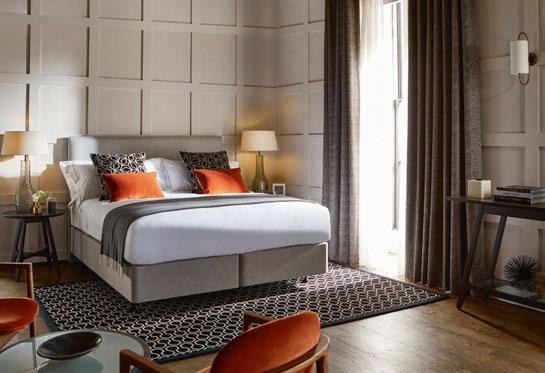
Bellino has provided luxury linens for the bed, bath and table to the North American market since 1991. The hospitality division fuses expertise in styling and artisan craftsmanship with efficient logistics to create a product- and service-oriented organisation. Made from 100% long staple cotton which can be woven in 200TC percale, 300TC sateen and 400TC percale and sateen, the Vicente collection features a single line of embroidery –available in any colour – in the duvet cover and pillow shams. www.bellinofinelinens.com
7. Hypnos Contract Beds Woolsleepers Pillow Top
The Woolsleepers Pillow Top is the next step on Hypnos Contract Beds’ sustainability journey. Made with 100% British wool from Red Tractorassured farms, the mattress is naturally breathable, antibacterial and responds to the body’s temperature fluctuations. Designed with housekeeping in mind, the mattress requires no turning, offering a practical, time-saving solution and is available with zip-and-link, being easily converted from a super-king to two singles for ultimate flexibility.
www.hypnoscontractbeds.com
SPOTLIGHT 178
7.
6.
4. 5.


+44 (0) 1332 497111 | info@hypnoscontractbeds.com | hypnoscontractbeds.com Carbon Neutral, 100% sustainable and recyclable COMFORT WITH INTEGRITY HOSPITALITY SLEEP SOLUTIONS
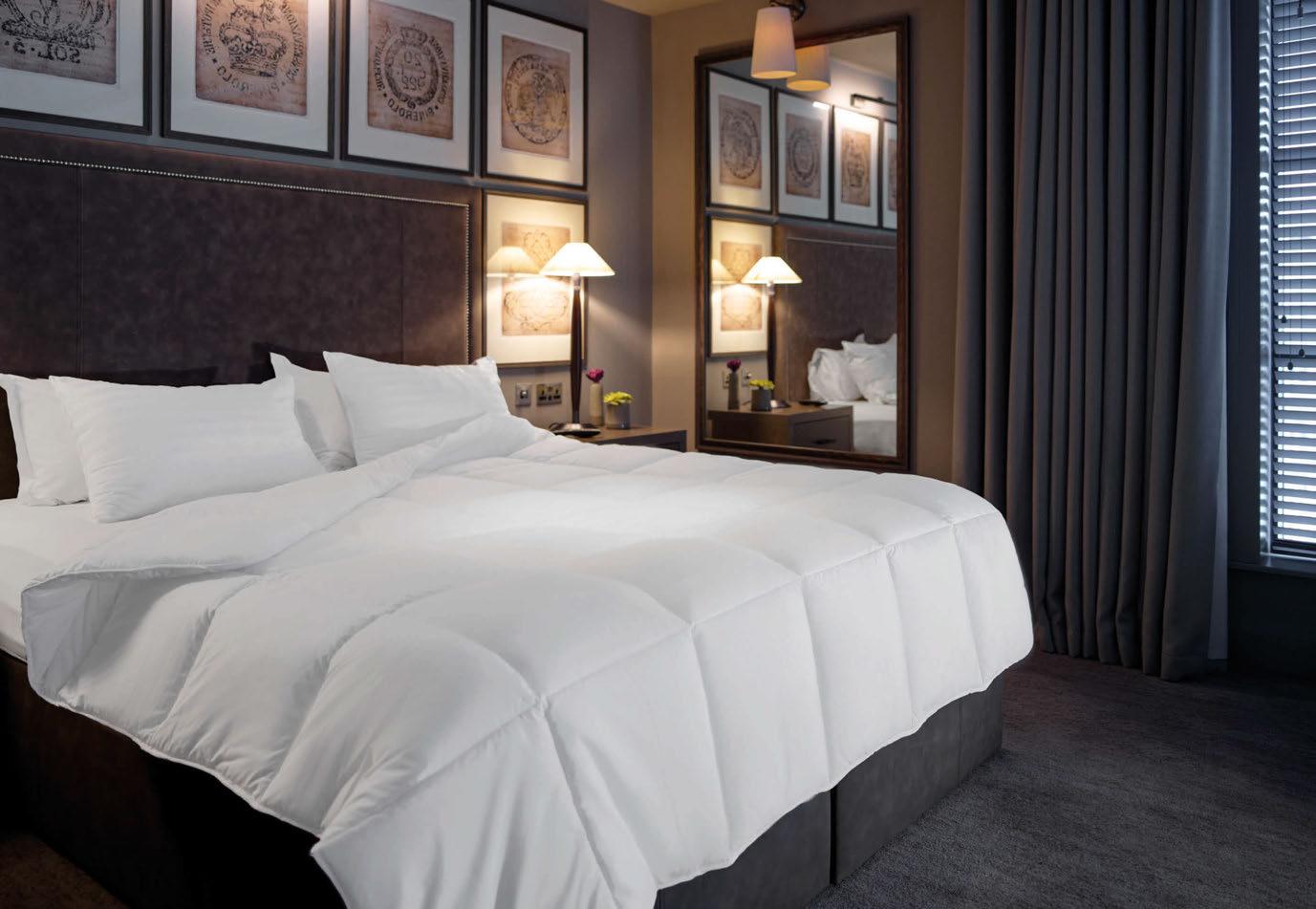
GOOD SLEEP IS OUR PASSION finebeddinghotels.co.uk
SPECIFIER
Morgan Bilbao
British furniture-maker Morgan has unveiled Bilbao, its latest collection by Tim Rundle. A contemporary and curvaceous tub chair that offers generous sitting space amongst plump, pebble-like cushions, Bilbao combines crisp defined edges with gentle, organic surfaces that are reminiscent of the Frank-Gehry designed museum in the Northern Spanish city after which it is named. The collection is fully upholstered and planted on the ground, with shapes in cut foam – a handmade process that offers considerably more control. “Bilbao pays homage to 1920’s Central Europe,” says Rundle, adding that he has a “strong interest in how historical furniture typologies evolve over time”. www.morganfurniture.co.uk

CASE STUDY

BD Barcelona
The Barcelona Edition
Working with longstanding collaborators Carlos Ferrater and Lazaro Rosa-Violán, furniture manufacturer BD Barcelona has supplied a range of pieces to the recently opened Barcelona Edition, with iconic designs by the likes of Salvador Dalí, Antoni Gaudí and Oscar Tusquets all on display throughout the property. Amongst Dalí’s creations are the Leda armchair, a sculptural three-legged piece crafted from solid brass, as well as the Bracelli lamp, which features a pyramidal pedestal covered in gold leaf. Modernist furniture by Gaudí comes in the form of the Calvet stool, designed along with four other pieces – an armchair, a mirror, a chair and a bench – for the house of the same name. And in the hotel’s guestrooms, the Gaulino chair by Oscar Tusquets – also available in an easy style – is made entirely from wood and leather, with a solid ash frame and a choice of finishes and hides. The Gaulino Easy Chair was a natural evolution of the Gaulino Chair according to the brand, fulfilling the function of an armchair while being much lighter visually. “The challenge was to design a light armchair, not too high, using wood and leather. At the beginning, it was going in a different direction, but after making various models, prototypes and considering BD’s perspectives, the result has inevitably drawn toward what is now the Gaulino chair, which was designed nearly 30 years ago,” says Tusquets. “We did not envision it so, but the ergonomics and the aesthetic coherence of this piece has taken us toward a solution much like the Gaulino chair.”

www.bdbarcelona.com
Il Fanale
The Emotion of Light
Il Fanale has launched The Emotion of Light, a new catalogue for 2022 containing its recently revealed collections. Amongst the products is Lanterne Slim, a new interpretation of the brand’s classic outdoor lantern, made more minimal thanks to clean profiles and the absence of closing glasses. Within the range are wall lamp models in two sizes and three nonremovable floor lamps in three different sizes, which can be installed with an electrical connection to the floor. Next up is Dew, whose name refers to the shape – a drop of dew with a simple, contemporary line. The series comprises several models, from a cluster shape to more linear solutions, and is suitable for creating suspended compositions. It is completed by an adjustable spotlight and wall lamp. Il Fanale has also enriched some of its existing collections with new items; Drop integrates a new wall light in the same existing finishes, while Bloom sees the addition of a spherical wall light with natural brass structure and transparent grey Balloton glass. Girasoli has been given new items with fully adjustable spotlights too – including suspension models with five lights and a floor lamp with two lights – and Calmaggiore features a new suspension and wall applique with a cleaner arm and cable. For the London range meanwhile, crafted entirely from iron with transparent glass, the existing geometric shapes of the design were implemented within a new cylindrical shape, which comes in two different sizes for the suspended option and a half cylinder shape for the wall light.
www.ilfanale.com
SPECIFIER 182
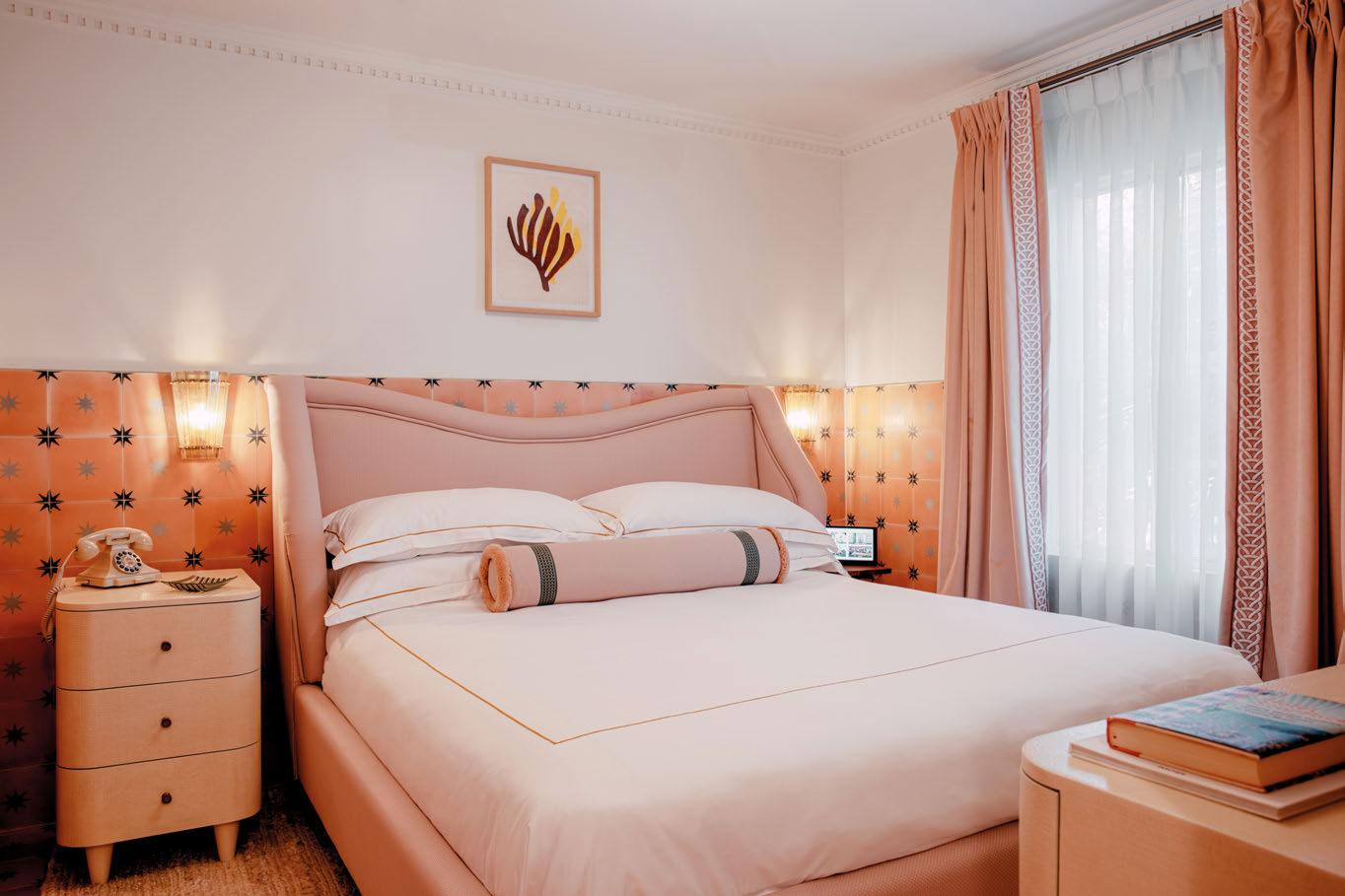
SV Casa Niccolò Santi, Managing Director
Having recently completed its 320th hotel project, SV Casa is far from done according to Managing Director Niccolò Santi, who is following in the footsteps of his mother Susanna Valerio.
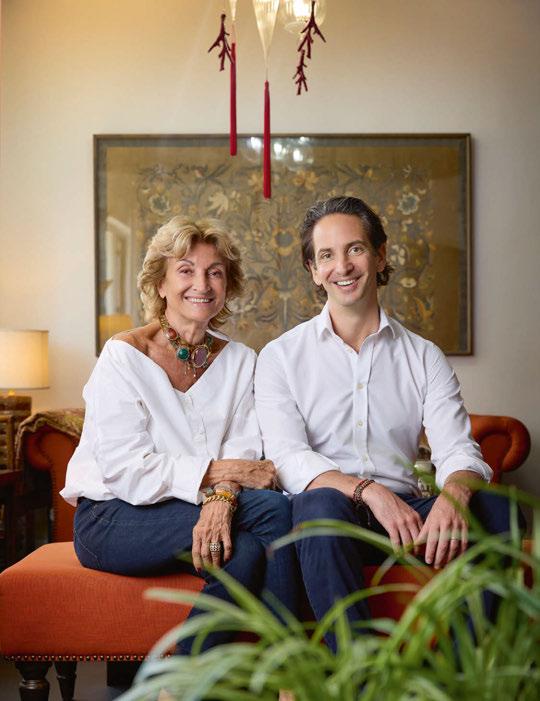
How would you describe SV Casa’s design approach?
Every hotel project is different, so when we work with an owner, operator or interior designer it’s a very collaborative process, bringing to life aesthetics that meet the direction of the hotel.
What can SV Casa bring to hotel environments?
Our role is to continue and finish the story that the interior designer has started with bespoke OS&E and accessories. This means magnifying the experience through touchpoints and elements of surprise. By incorporating details from guestroom interiors into our accessories and helping to convey the character of a destination, we can support and strengthen the visual narrative.
Tell us about some of your most recent hospitality projects… We recently completed our 320th hotel project and some of our latest partners include Rosewood Villa Magna, Alila Kothaifaru Maldives, Rosewood Vienna and Marina Bay Sands in Singapore. Each project is a chapter in the SV story and some are personal stories; Rosewood Rome is being built in the former headquarters of the Banca Nazionale Del Lavoro, where my grandfather worked for many years and his desk is still present, while Regent Hong Kong is a reincarnation of the Intercontinental where my parents would take my sister and I for lunch when we moved there in 1991.
How did your collaboration with Kelly Hoppen
come about?
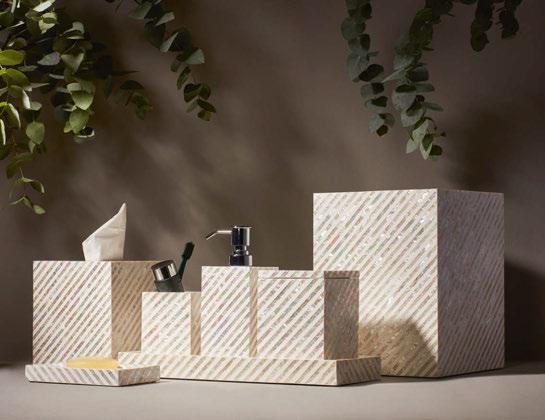
A mutual friend introduced us to Kelly Hoppen in Paris and we immediately began to explore a collaboration. We have always admired Kelly’s minimalist, modern aesthetic and the fact that it was different from our own design language made it even more compelling. It also gave us an opportunity to push our manufacturing capabilities and the result has exceeded all our expectations. The pieces fit seamlessly into various project types.
What’s next for SV Casa in the hospitality sector?
We have a number of exciting hotel projects in the pipeline, including Capella Sydney, Regent Hong Kong, Rosewood Rome and The Peninsula London. In many of these properties we are providing everything from the decorative accessories, soap dishes and tissue boxes to the coat hangers, laundry bags and umbrellas. On the product front, we are equally excited about our upcoming collaboration with Yabu Pushelberg, launching in early 2023.
SPECIFIER 184
www.sv-casa.com Q&A
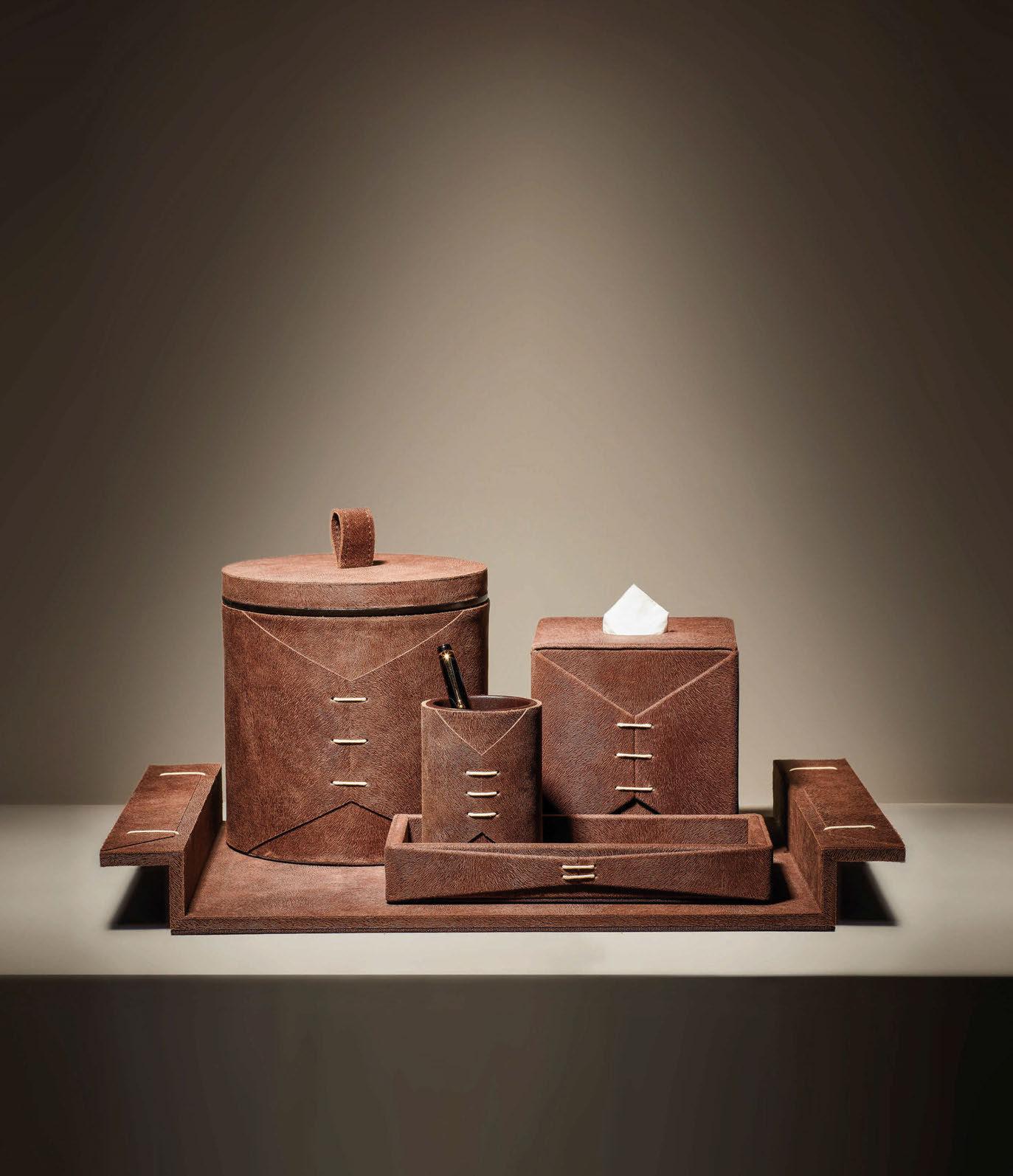
Instagram @sv_casa WWW.SVINTERNATIONALDESIGN.COM INFO@SV-CASA.COM
CASE STUDY
Parla Hotel Amano Covent Garden
Working with Woods Bagot’s London Studio, Parla has furnished both the guestrooms and public areas at the newly opened Hotel Amano Covent Garden, pulling together natural elements such as aged bronze, polished brass and marble with fabrics from Kvadrat and Jab Anstoetz to produce bespoke pieces that sit alongside items from its own collection. At the property’s semi open-air rooftop bar, pictured here, guests can sit comfortably on Parla’s Arven bar stools while taking in views of the London skyline. “The challenge we addressed with this project was to make sure we designed and manufactured an assortment of furniture that did not take up too much space but were as practical as larger pieces, without compromising on comfort,” says Deniz Albayrak, Senior Project Manager for Parla in the UK. “As a company that thrives on solving design problems, the hotel gave us new perspectives on crafting furniture for city centre spaces.” www.parladesign.com

Point City
Marking the third furniture collection to be designed by Christophe Pillet for Point, the City range comprises an armchair, a double sofa and a triple sofa, together with two coffee tables and two corner tables. Winner of the European Product Design Award, the series is characterised by a powder-painted aluminium structure with teak arms and plump cushions that can be customised in terms of both prints and colours. The seat and back cushions are made from high-resistance polyurethane foam, with the former featuring a Goodside slatted suspension method that is combined with the foam for maximum comfort. The cushions with this system include a waterproof cover too. “This collection is my contemporary take on the art of Mediterranean living, which is unconnected to time,” says Pillet. “It is a universe where the sun and the earth meet.” Catering for various design aesthetics, City comes in three finishes: Cream Sluminium 34 with Beige rope, Sand Aluminium 74 with Pearl Grey rope, and Metallic Grey Aluminium 56 with Graphite rope. www.point1920.com

SPECIFIER 186
It looks like a normal toilet, but there’s something about it: The integrated shower function cleans with a gentle, warm water jet, giving you a feeling of pure freshness. At the turn of a button. TECEone can be operated intuitively. No power supply. No gimmicks. Perfect hygiene at an attractive price.
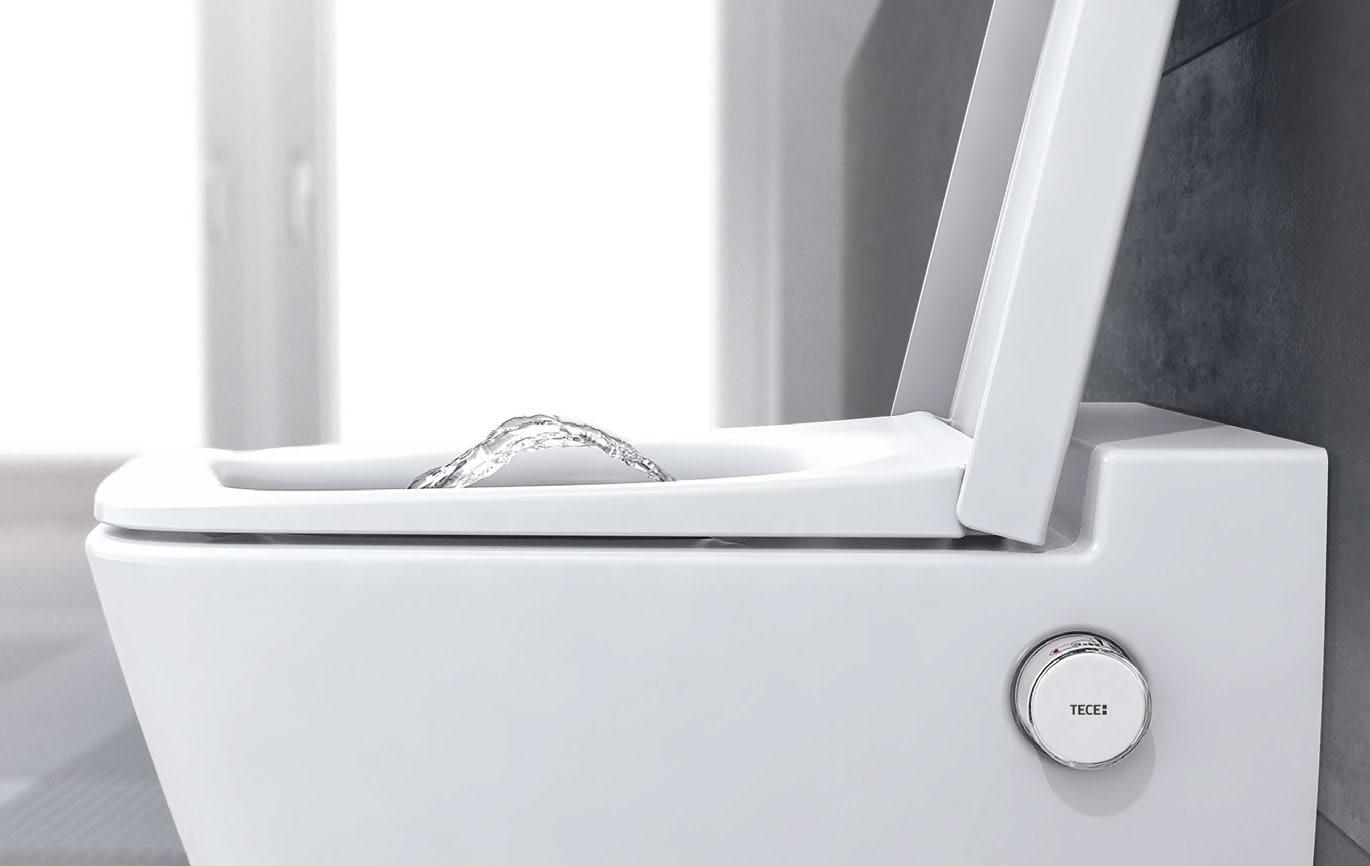
Looks good – and it’s easy to use, too: You can easily regulate the temperature and amount of water using the regulators on the side.

REFRESHINGLY DIFFERENT! TECEone – the new toilet with shower function.
TECE GmbH | Hollefeldstrasse 57 | 48282 Emsdetten | www.tece.com | international-business@tece.de | T + 49 25 72 / 9 28 - 999
www.tece.com/teceone
Geberit Geberit One
Geberit has expanded its One series, introducing a range of basin and cabinet solutions designed with aesthetic, smart solutions and ease-of-use in mind. The brand’s new washbasin cabinet and washtops incorporate a selection of individual design styles, including single or double options with either a cabinet or a minimalist washtop, or a combination of the two.
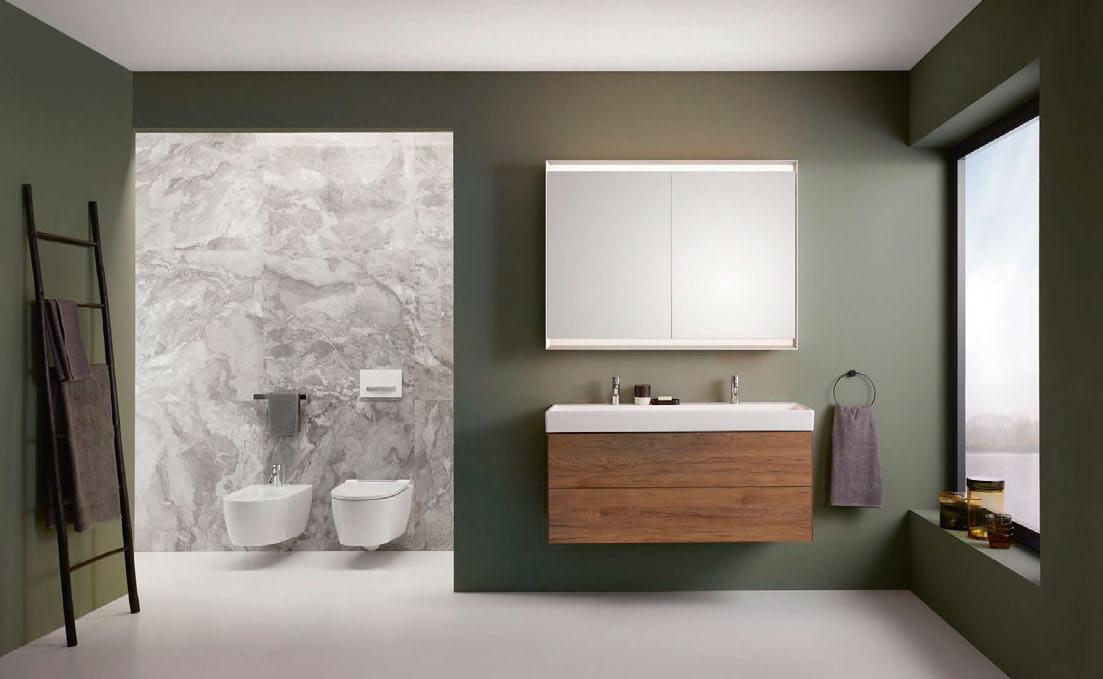
Three new washbasin variants also feature in the collection – a standard and slim washbasin, available in a variety of sizes, as well as a lay-on washbasin in two different designs; rectangular or bowl.
To save space, the washbasin designs are fitted with two options for waste. Washbasins with a classic waste feature a ceramic cover, while an innovative new waste design option includes a die-cast zinc integrated comb insert. Both can be removed with ease to clean but the latter has been tailored to the design of the washbasins, meaning it is cleverly positioned at the back edge of the bowl to reduce water and limescale residue.
Thanks to space-saving technology, additional room is created in the upper drawer of the washbasin cabinet, with a hidden overflow further allowing the washbasin to be filled without the risk of water overflowing.
The new Geberit One cabinets are available in eight different colourways and finishes including white matte or gloss, sand grey, greige, lava, black and two décor finishes: oak and hickory wood textured melamine. Washtops are offered in a wide selection of finishes too, including black and white marble looks that make it possible to create functional, aesthetic unity between the ceramic basin, tap and the washbasin cabinet or washtop.
In Geberit’s Hotel Guest Experience Report 2022, produced in collaboration with some of the UK’s leading architects and designers including Cecilia Vodret and Balkaran Bassan, the brand addressed some of the touchpoints that can be seen throughout its One collection, from the emergence of smart technology to space-saving design. www.geberit.co.uk
SPECIFIER 188
Leading global supplier of window treatments to the hospitality sector since 1952

sponsors of
our
at the BDC on the first floor mezzanine. 01843 863571 • info@silentgliss.co.uk •
Proud
Visit
Studio
www.silentgliss.co.uk
Unidrain Reframe Collection
Unidrain has added to its Reframe collection with a new soap dispenser that features minimalist lines and complements the brand’s Unidrain HighLine Colour designer drain. One of the product’s most distinctive features is the uniquely angled nozzle, which distributes a specific quantity of soap to the hand of the user rather than landing on the washbasin. User comfort is also ensured by a non-slip base, robust construction and stable, unshakable operation. The dispenser is available in two formats – as a countertop model or a wall-mounted version – and five different finishes: brushed stainless steel, polished stainless steel, as well as PVD-coated brass, black and copper. www.unidrain.com
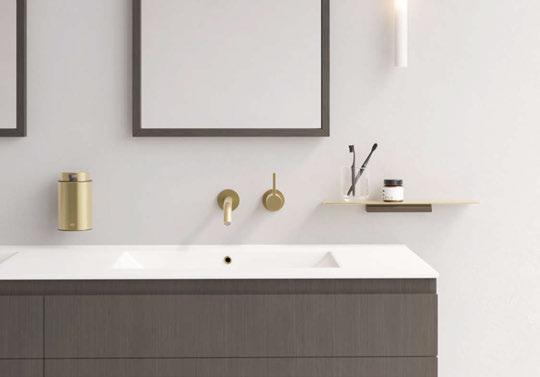
Tribù Tosca
Designed by Monica Armani with a purposely feminine style, Tribù’s Tosca collection comprises a sofa, daybed, armchair and lounger, as well as a lounge chair, counter height chair and low dining chair – all of which feature rounded forms, tapered legs and an elegant seating shell with comfortable cushions. The furniture is upholstered with extra-wide braiding, crafted from a foam mousse and encased in a sheath of knitted textilene and polyolefine that makes the material weather-resistant but surprisingly soft to the touch. Accompanying the chairs are three table options that are water jetted in an oval shape and then CNC-milled, with powdercoated stainless-steel legs offering maximum stability. www.tribu.com

Crown International Welcome Trays
Presenting amenities clearly using a sleek design, Crown International’s Kettle and Welcome Trays are manufactured using PU-leather and come in a variety of sizes, both with and out without a draw. Available in three finishes – Urban Shadow, Nomadic Desert and Reviving Espresso, which span from black to warm grey and brown respectively – the Tasman tray is suitable for a Nespresso machine and/or an electric kettle, with a drawer offering compartments for capsules, teabags and sticks. Carthago meanwhile features a melamine tray with inserts for a kettle base, teabags and sticks. The tray is offered in four different surfaces including Ebony Wood, Marble Black and Walnut Wood. www.crowninternational.nl
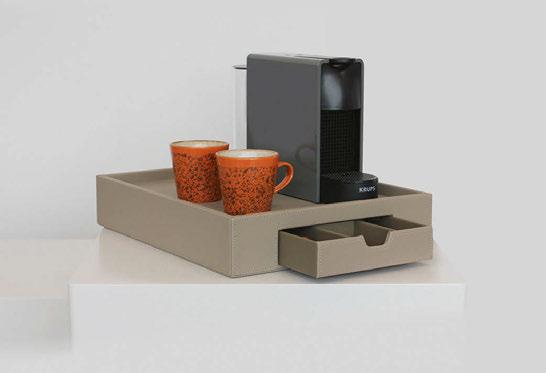
SPECIFIER 190
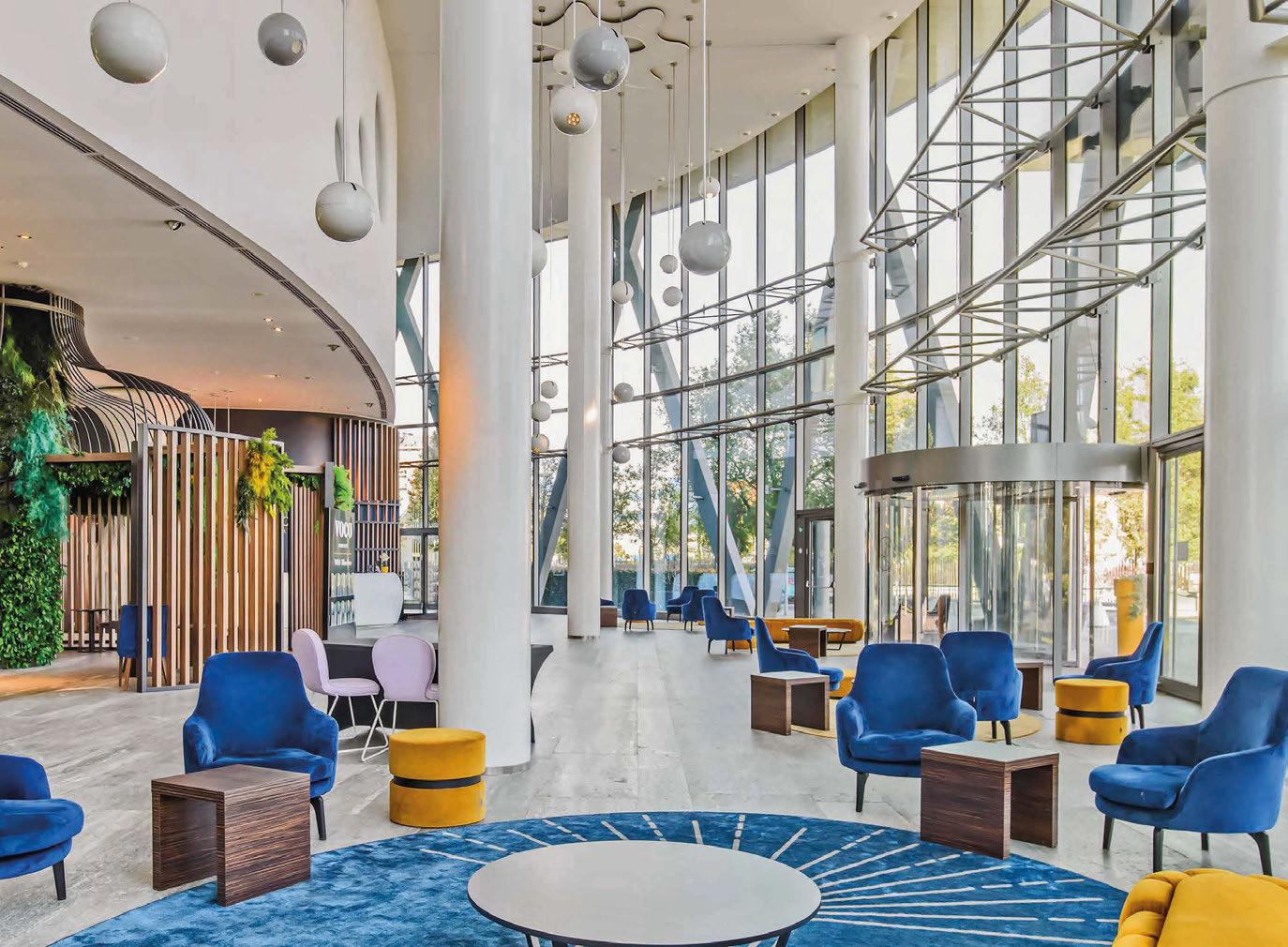
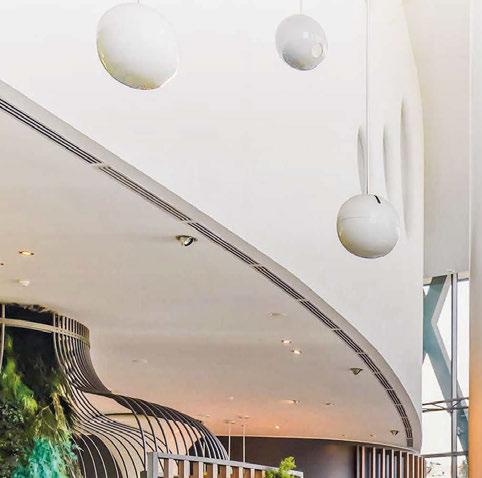
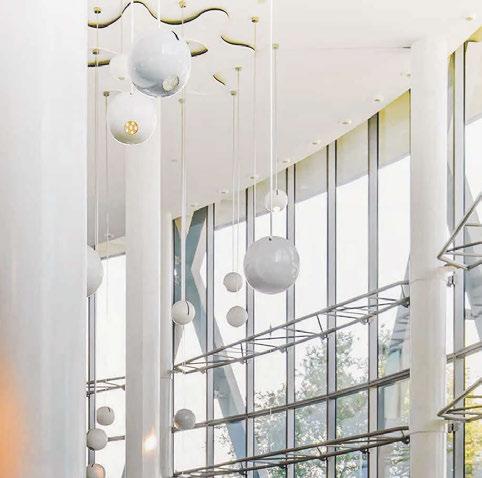
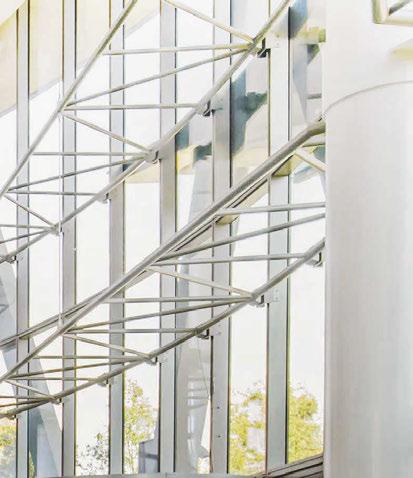


Voco Milan, Fiere HNH Hotel tableplacechairs.com @tableplacechairs / +44 (0)330 1222 117 hospitality furniture for any location_ November events:
Hilton Worldwide has announced an industryfirst partnership with Peloton Interactive, becoming the first hospitality brand to feature Peloton Bikes across its entire US portfolio. By the end of 2022, nearly all 5,400 Hiltonbranded hotels in the States – from Hampton by Hilton to Waldorf Astoria – will feature at least one Peloton Bike in every fitness centre, providing access to Peloton’s instructors and expansive connected fitness content.
A recent Hilton survey of US travellers indicated that 98% of respondents are prioritising wellness activities while on the road, and within the Peloton community, 90% of members report that they are more likely to stay at hotels with Peloton Bikes.
“At Hilton, we understand the importance of a reliable and friendly stay that infuses wellness through all facets of the guest experience, including spa programmes, hotel design, guest room amenities, and food and beverage,” explains Matt Schuyler, Chief Brand Officer at Hilton Worldwide. “This unique and exciting partnership with Peloton – a brand so many
of our guests know and love – accelerates an important part of that equation, allowing us to enhance the stay with an innovative approach to fitness.”
Through this partnership, US-based Hilton Honors members who are first-time Peloton users can also receive a 90-day trial subscription to the Peloton app, which offers thousands of live and on-demand classes –all with no equipment needed. They will also receive preferred pricing on select Peloton connected fitness products for a limited time.
Betsy Webb, Global Vice President at Peloton Commercial, comments: “We recognise the importance for our members to maintain their wellness routines while on the road, with data showing over 1.6 million Peloton rides completed globally on Peloton Bikes in hotels in the past year. So, we are thrilled to be working with Hilton, allowing us to meet the needs of our current members, while also enabling potential new members to experience Peloton for the first time.” www.onepeloton.com

SPECIFIER 192
Peloton Interactive Peloton x Hilton Worldwide



25 MORRIS RD, LEICESTER, LE2 6AL TEL: 01162706946 WWW.EESMITH.CO.UK SOCIAL @EESMITHCONTRACTS
The Londoner: 16 Stories of luxury interior fit-out, by EE Smith Contracts
Forest Group Forest Shuttle
Forest Group – a manufacturer of drapery hardware systems installed at luxury hotels worldwide – has announced several solutions for the easy integration of its intelligent curtain motor, Forest Shuttle, in hospitality environments. With Forest Group’s products, hotel owners can make their rooms smart without having to connect data cables, making them an effective choice for renovations as well as newbuild projects. The company’s innovations allow for the seamless integration of the motorised curtain system with smart devices or most common building management systems, meaning guests can control the curtains using their mobile device, tablet or even by voice command. www.forestgroup.com

Wood Couture NFT Furniture
While interior design in the metaverse may still be a foreign concept to some, Wood Couture is gearing up to enter the virtual realm, having revealed plans during Design Asia in Singapore to open a digital space where designers will be invited to view its NFT hotel furniture collection. Having completed over 100 hospitality projects in the physical world, the launch signals a move towards “the future of manufacturing and interior design”, according to the brand’s founders Paolo Della Casa and Filippo Sona. “Wood Couture Meta space will be an environment where creativity is protected and flourishes. The NFT strategy will also allow designers to monetise their work.” www.woodcouture.com
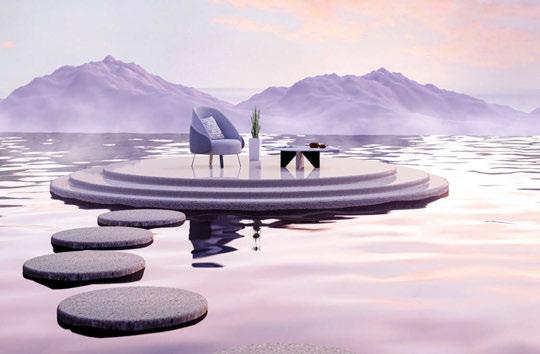
Hector Finch Acanto
The Acanto Lantern by British lighting designer Hector Finch takes the shape of a vintage lantern and transforms it into glass, an idea presented by the brand’s Italian collaborators Manzi e Zanotti Design Studio (MZDS). Available in three finishes – antique brass, brass polished lacquered and brass polished unlacquered – the hanging pendant features a gold leaf Acanthus pattern that is painstakingly hand-applied before the lantern is fired for durability and longevity. “Acanto represents so many of the core values of a Hector Finch product: beauty, simplicity and craftsmanship, all offered in an elegant and understated piece of lighting design,” says the company’s founder, Hector Finch. www.hectorfinch.com
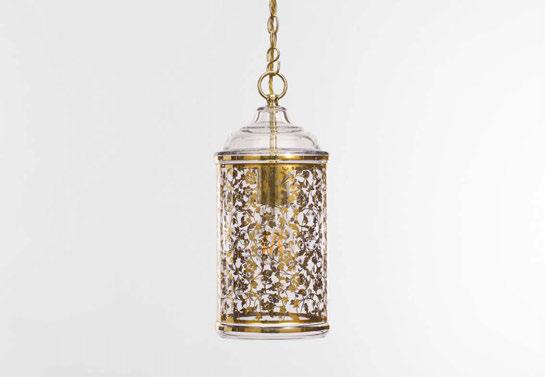
SPECIFIER 194
Oslo Design Fair is a three-day trade fair which brings together designers, retail buyers, interiors designers, architects, and specifiers as well as design enthusiasts.

Norway’s most important and attractive meeting place for buyers in design, architecture, arts as well as crafts.
Welcome to Oslo Design Fair 25 – 27 january, 2023 oslodesignfair.no / @oslodesignfair
Foto: Inger Marie Grini
WATERBURY LAUNCHES NEW RANGE OF MIRRORS

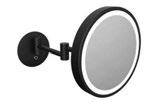



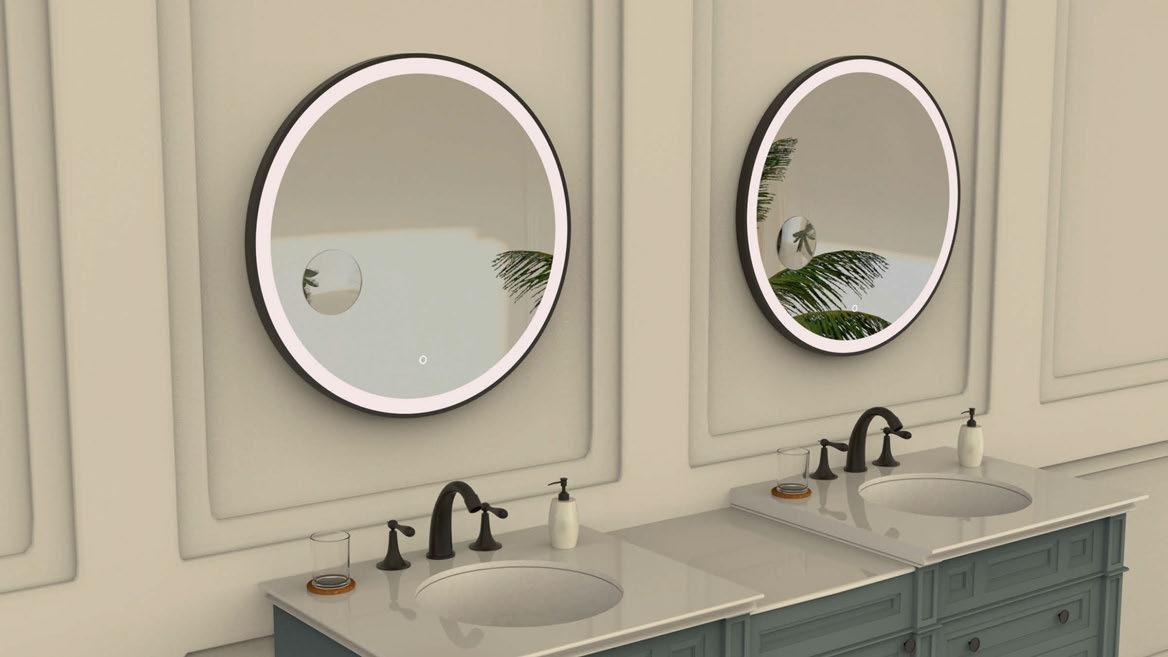
For decades Waterbury Bathroom Accessories has been the ‘go to’ supplier for wall mounted bathroom accessories. This is backed up by a long list of leading Hotel Groups that have Waterbury as an approved or preffered supplier, an even longer list of Interior Designers that specify Waterbury time after time and a longer list still of Hotels and Commercial projects around the globe that are fitted with Waterbury products.
Please call the Waterbury Sales Team on 0121 333 6062 or 07881 361056 or sales@waterbury.co.uk and one of the team will be happy to help you with a solution for your project.
Web: www.waterbury.co.uk | Email: sales@waterbury.co.uk | Phone: 0121 333 6062
STEP INTO THE…
The
22 & 23 November 2022 • Business Design Centre • Islington • London www.lightexpo.london REGISTER FOR FREE
UK’s only dedicated lighting specification exhibition

Free tickets and full line-up at www.hixevent.com THURSDAY 17th November, 10:00 – 21:30 EXPO / A curated edit of 150 suppliers HIX TALKS Nigel Coates // Baranowitz & Kronenberg // WeWantMore // Conran and Partners // Birch Community // Object Space Place // Sircle Collection // Sibley Grove // The Other House // Natalia Miyar // Room2 THURSDAY SOCIAL From 16:00 HIX MIX: DJ set Neil Andrew // WeWantMore presents: The Mush Room // Gin & Bollicine with Zonca // The Art of Chocolate with Table Place Chairs // Ligne Roset x Novotel x RF Studio // HIX Drinx with: Roca, Villeroy & Boch, Concept Contract // Champagne with Roman // Mixology with Duxiana // DJ set and Prosecco with Gessi FRIDAY 18th November, 10:00 – 16:00 EXPO / A curated edit of 150 suppliers HIX TALKS Tristan du Plessis // Edyn // Pallavi Dean // FranklinTill // Leven // Wunderman Thompson // Ramy Fischler // Tophotelprojects // Accor FRIDAY SOCIAL From 12:00 Next Gen & Tonic // HIX MIX: DJ set Yova Yager // Gin & Bollicine with Zonca // Accor Design Awards // Kindling Collective: Design for Ukraine // Networking Masterclass with Festival of Hospitality // Refuel at Havwoods Routemaster // HIX Thinx: Metaverse, The Power of Fiction, Our Time on Earth LINE UP The ever-changing design experience that makes hotels incredible www.hixevent.com @HIXevent HIX-event HIX_event
Oliver Hemming
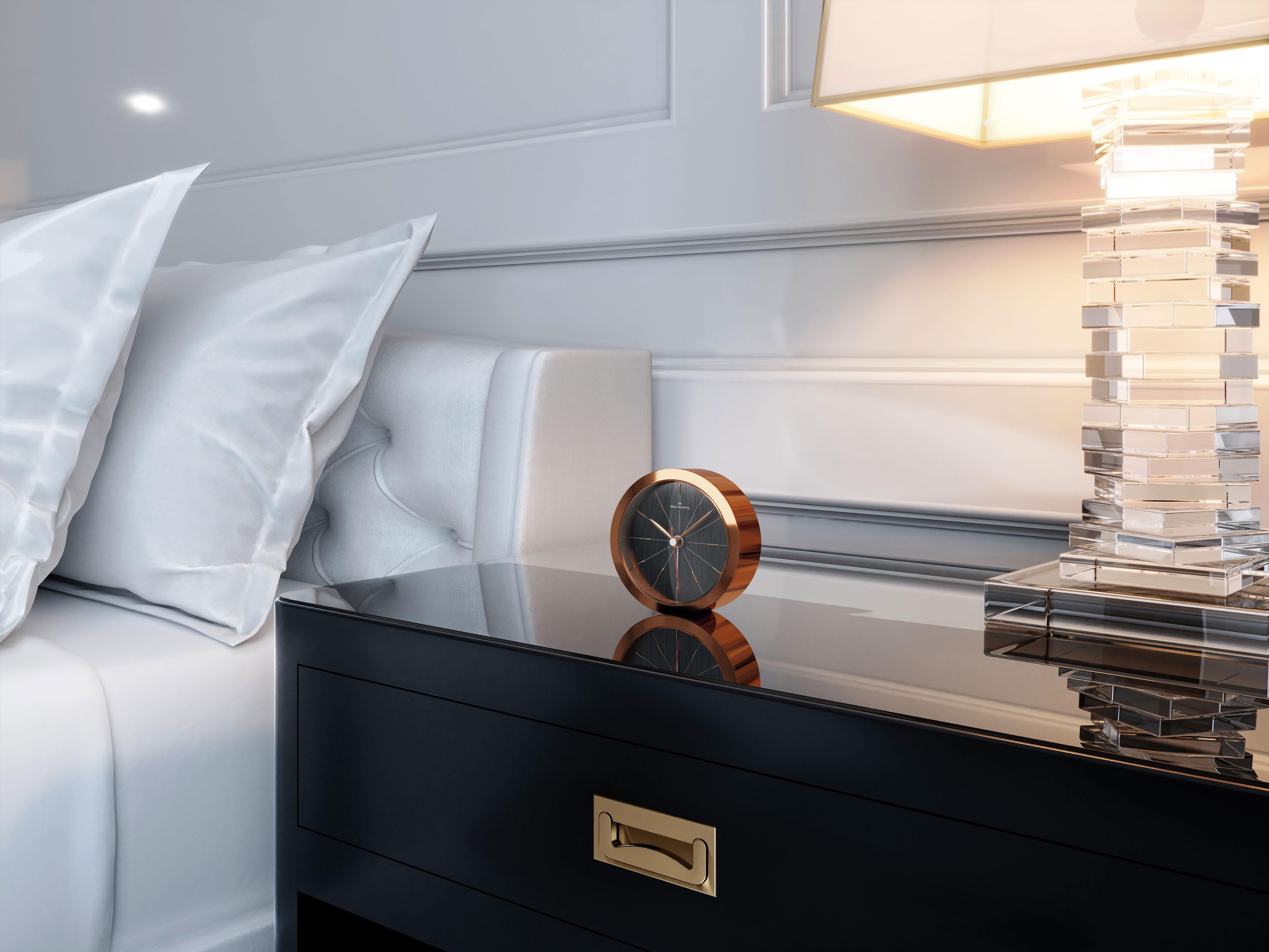
ADVERTISING INDEX ISSUE 105
AD Associates 052
Astro 002-003
BD Barcelona 035
Beck 145
Bellino Fine Linens 183
Chelsom 107
Coco Wolf 149
Cosentino 164
Creative Matters 122
Crown international 203
Duravit 133
EE Smith 193
Ege 014-015
Egger 169
EPR 105 Ethimo 033
Ferrerira de Sa 045
Feuring 154
Fine Bedding Company 180
FOH 065
Forest Group 131
Formitura 099
Freifrau 104
Fw 198
Gommaire 037
Gresham 039
Hector Finch 049
HIX 199
Hypnos 179
Ideal Standard 121
ILIV 171
J.T. Kalmar 079
JC Hospitality 129
Jung 091
Kohler 051
Laufen 204
Leds C4 073
Lemi Group 134
LiGHT22 197
Ligne Roset 020
Luteca 046
Mandarin Stone 059 Mass Mobilya 016-017 Minotti 012-013 Modio 018-019 Morgan 161 Nanimarquina 067 Naturalmat 057
Oliver Hemming 200 Oslo Design Fair 195 Palecek 151 Paolo Moschino 081 Parla 025 Preciosa 022 Rak 127
RH Contract 008-009 Roca 089 Roman 117 Romo 075 Sanipex 094
Schluter Systems 115 Silent Gliss 189 Skopos 175 Sleepeezee 176 Sleeper Sessions 162-163 SNS 100
Sofa Company 055 & 111
Stellar Works 010-011 Stonecircle 109 SV Casa 185
Table Place Chairs 191 Tece 187
Timorous Beasties 112 Tophotelprojects 159 Tribu 031 Tuuci 093 Unidrain 125 Vincent Sheppard 071 Warwick Contract 167 Waterbury 196 Wood Couture 173
201
Channelling Curiosity
Marriott International looks to capture the next generation of travellers through its partnership with idea engine TED.

Customer loyalty is widely considered the holy grail for hotel operators, with major groups looking to capture the travel spend of every demographic through targeted offerings. Over the past decade, a plethora of new brands have been launched, some catering to the needs of the ageing traveller, others tapping into the rapidly-growing millennial market. Marriott International’s Moxy Hotels for instance, makes no secret of catering to a hip, youthful crowd with its playful aesthetic and trendy rooftop bars. And now the operator is going one step further, targeting the next generation of travellers –those aged seven and over – with The Curiosity Room by TED, an immersive room developed in partnership with the idea engine’s educational arm. Conceived to spark the imagination, the escape room-style experience – first debuted
in San Francisco and Bangkok before being introduced at London Marriott Hotel County Hall – invites young guests to exercise their brain through a series of games and puzzles. The concept extends from the experiential through to the design details; everyday hotel items serve as ‘keys’ to unlock clues while tricks, riddles and hidden messages are woven into the décor, each uncovered by solving a puzzle. The immersive space also features a locally inspired wall mural by artist Caleb Morris, seeking to connect youngsters to their surroundings and encourage exploration beyond the guestroom – if they’re successful in their escape, that is. According to Marriott, The Curiosity Room fosters the notion of staying curious while on the road. Staying curious, the group hopes, while remaining loyal as they reach adolescence and maturity.
CHECK-OUT 202
© Will Sfakiotakis

Crown mirrors & more.
 ILBAGNOALESSI design Stefano Giovannoni
VISUAL STAGED BY SNØHETTA ARCHITECTS
ILBAGNOALESSI design Stefano Giovannoni
VISUAL STAGED BY SNØHETTA ARCHITECTS
 RH GUESTHOUSE – NEW YORK • THE STANDARD – BANGKOK MAHANAKHON • THE JULIUS – PRAGUE
RH GUESTHOUSE – NEW YORK • THE STANDARD – BANGKOK MAHANAKHON • THE JULIUS – PRAGUE












































 Studio Jean Philippe Nuel.
Studio Jean Philippe Nuel.
















 © Ki Price, Emulsion London
© Ki Price, Emulsion London

















 Costa Nova Sun Rug*
Costa Nova Sun Rug*









































































 Richard Bussiere, Managing Director The
Richard Bussiere, Managing Director The

























































 Words: Ben Thomas Photography: © Viktor Kery
Words: Ben Thomas Photography: © Viktor Kery



 MattGraphiteBlack
MGS
MattGraphiteBlack
MGS


















 Linda X Freestanding bath
Linda X Basin
Joy Basin mixer
Conca Mirror
Linda X Freestanding bath
Linda X Basin
Joy Basin mixer
Conca Mirror



















































 KATIE EDGAR
KATIE EDGAR





 Ritz Carlton - Maldives, Fari Islands
Ritz Carlton - Maldives, Fari Islands








































































































































































































 ILBAGNOALESSI design Stefano Giovannoni
VISUAL STAGED BY SNØHETTA ARCHITECTS
ILBAGNOALESSI design Stefano Giovannoni
VISUAL STAGED BY SNØHETTA ARCHITECTS